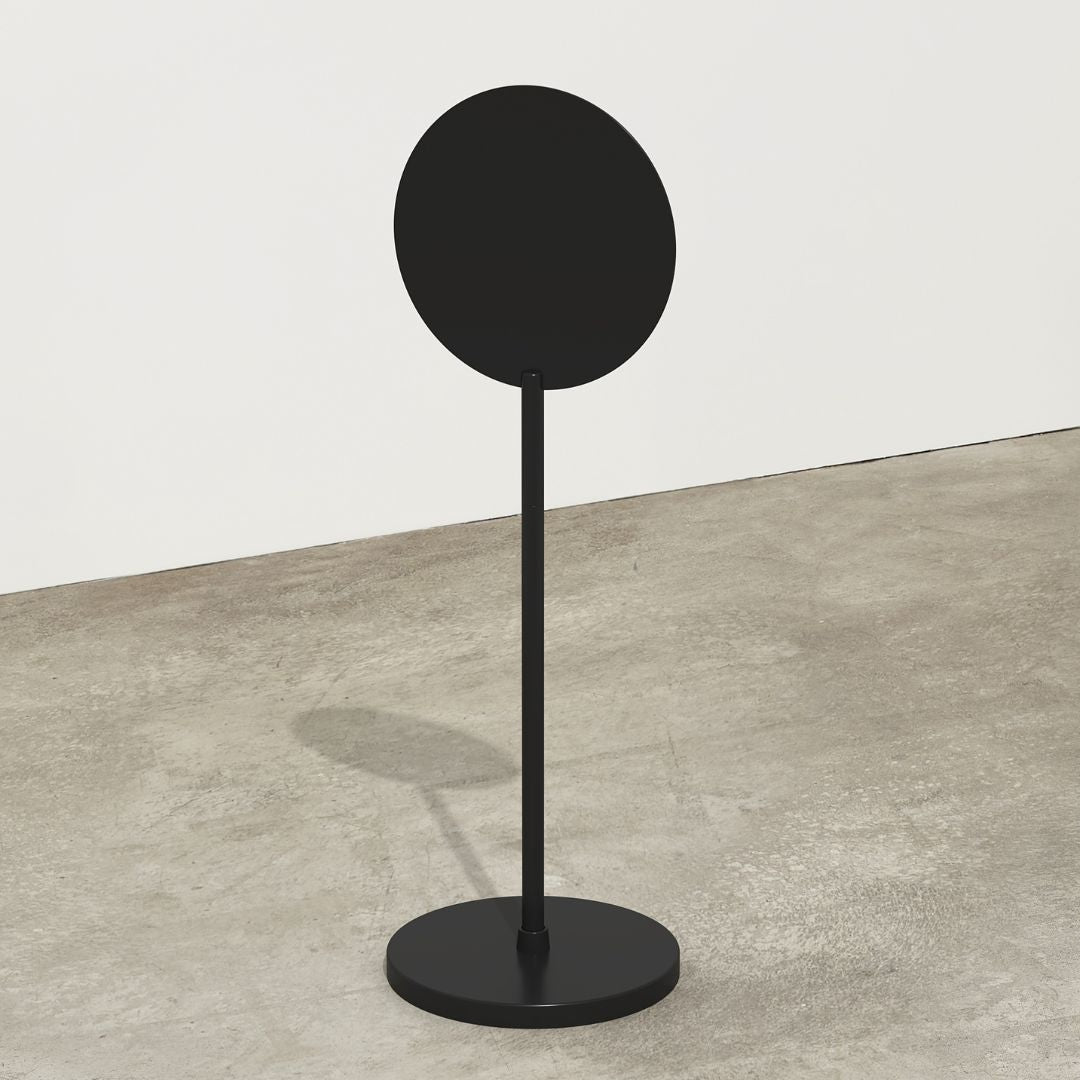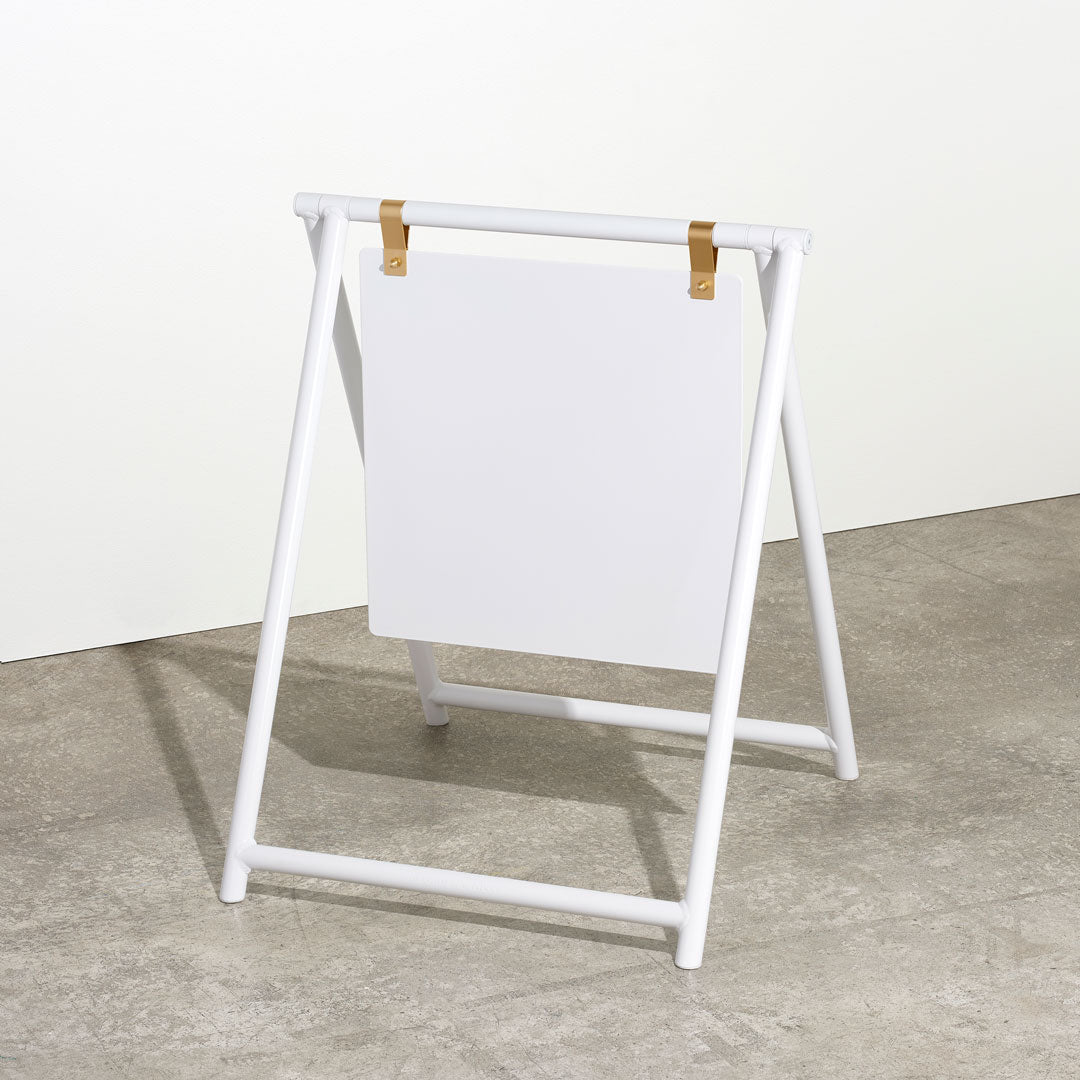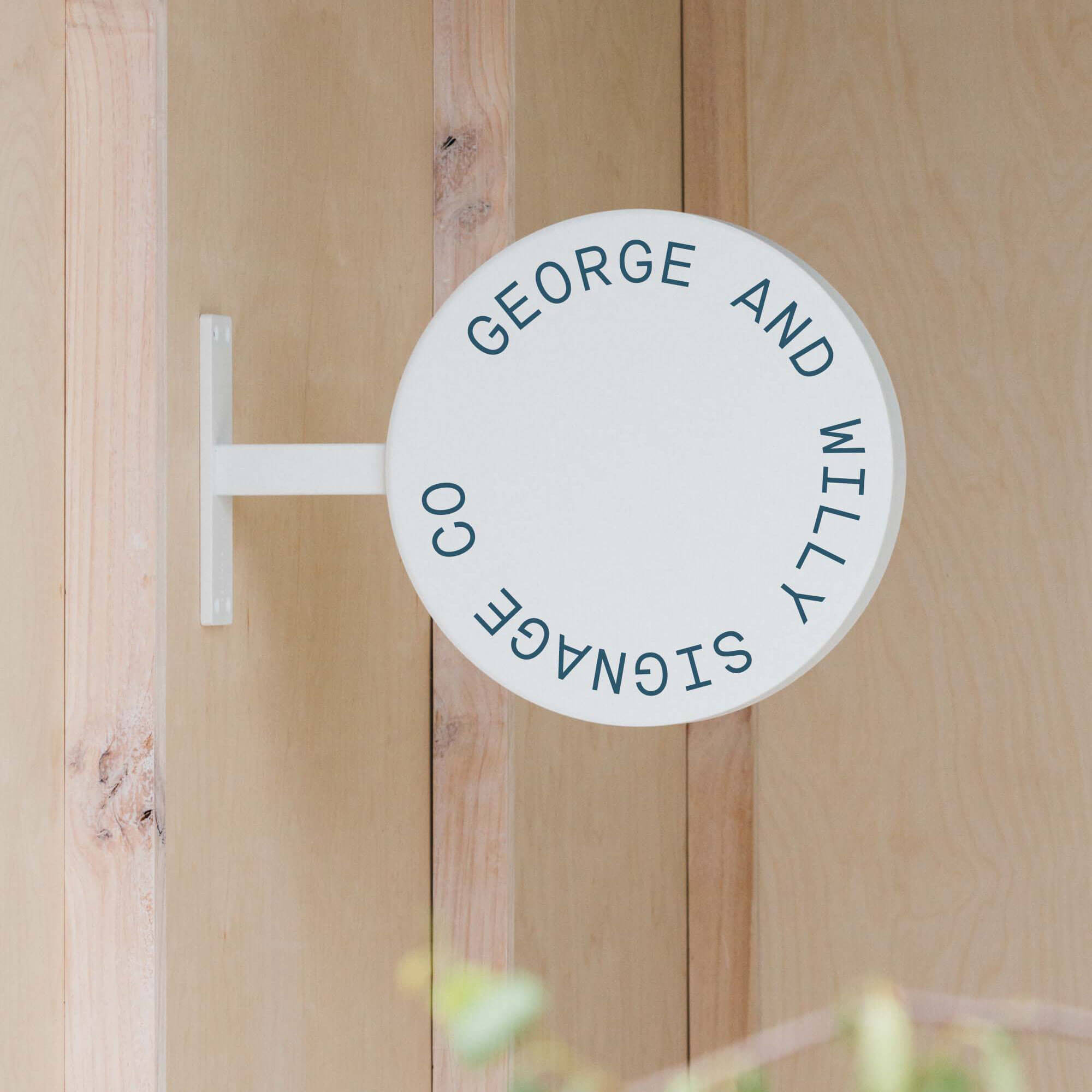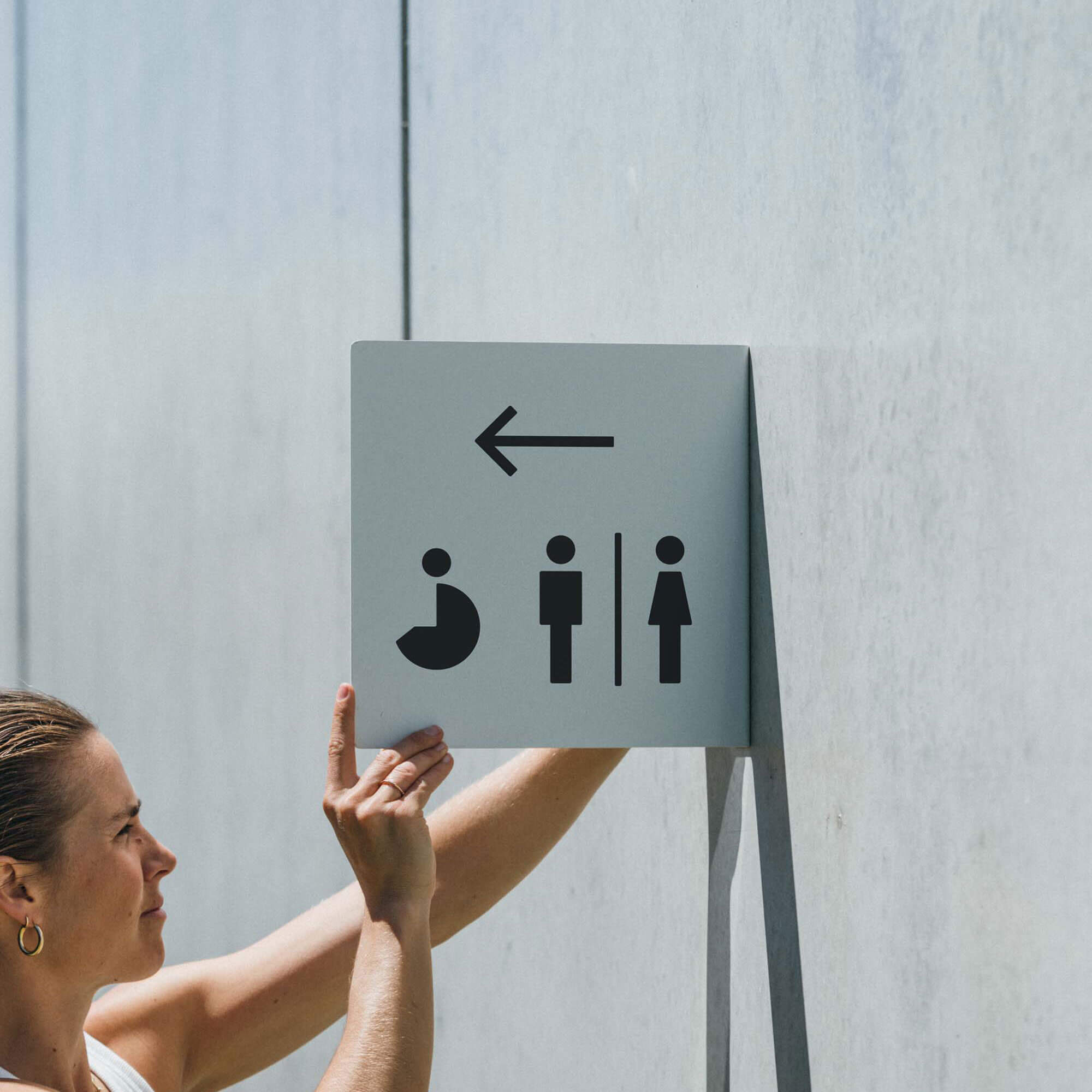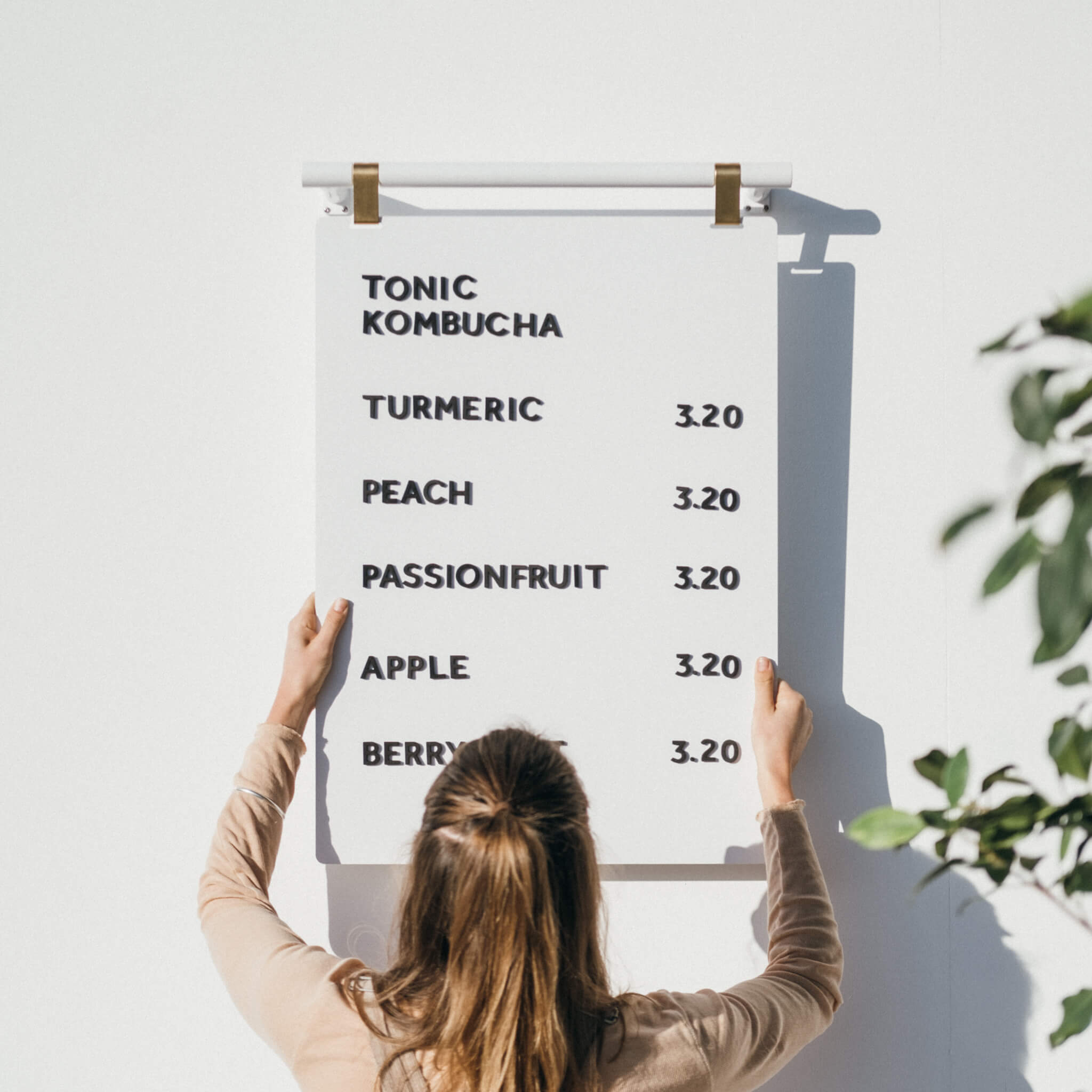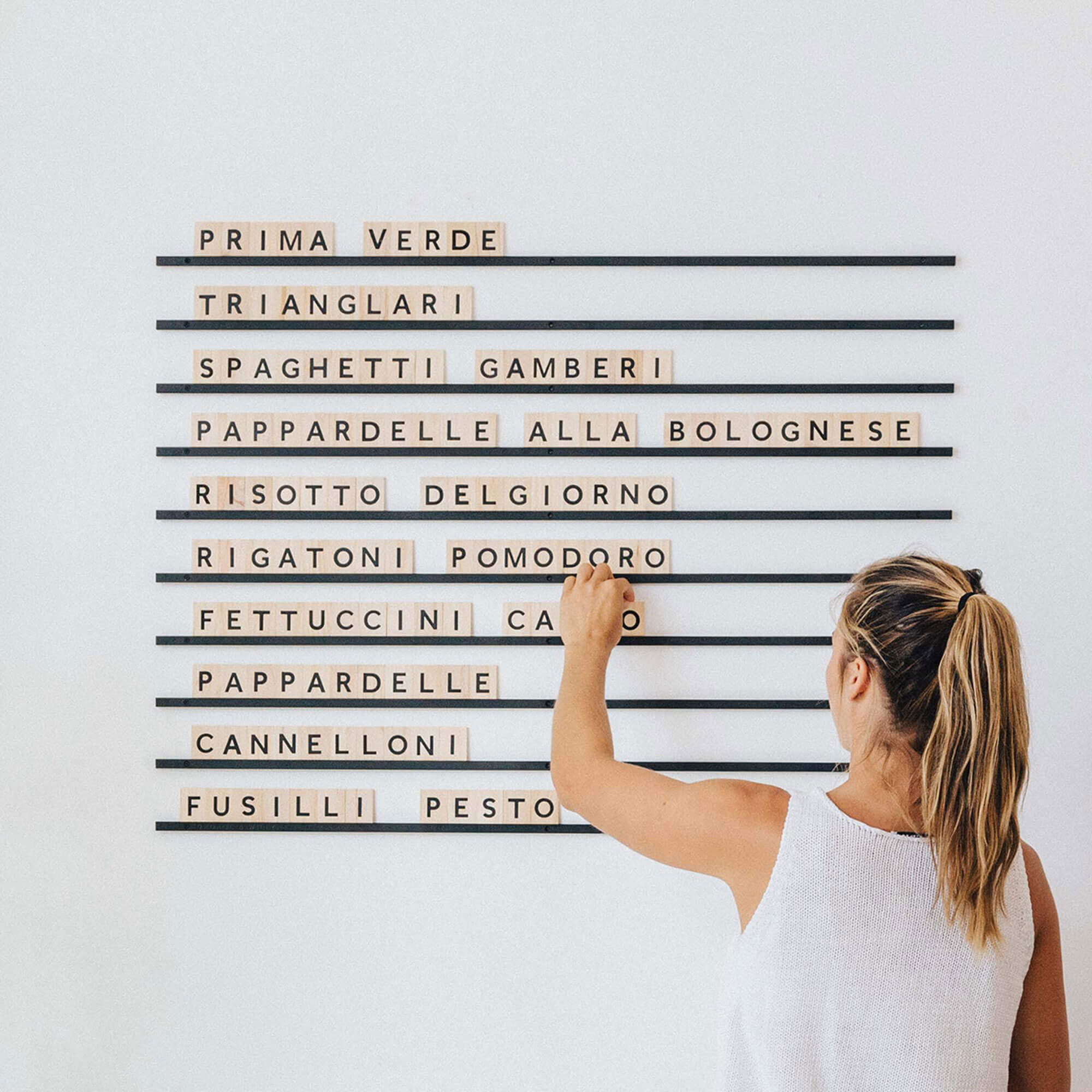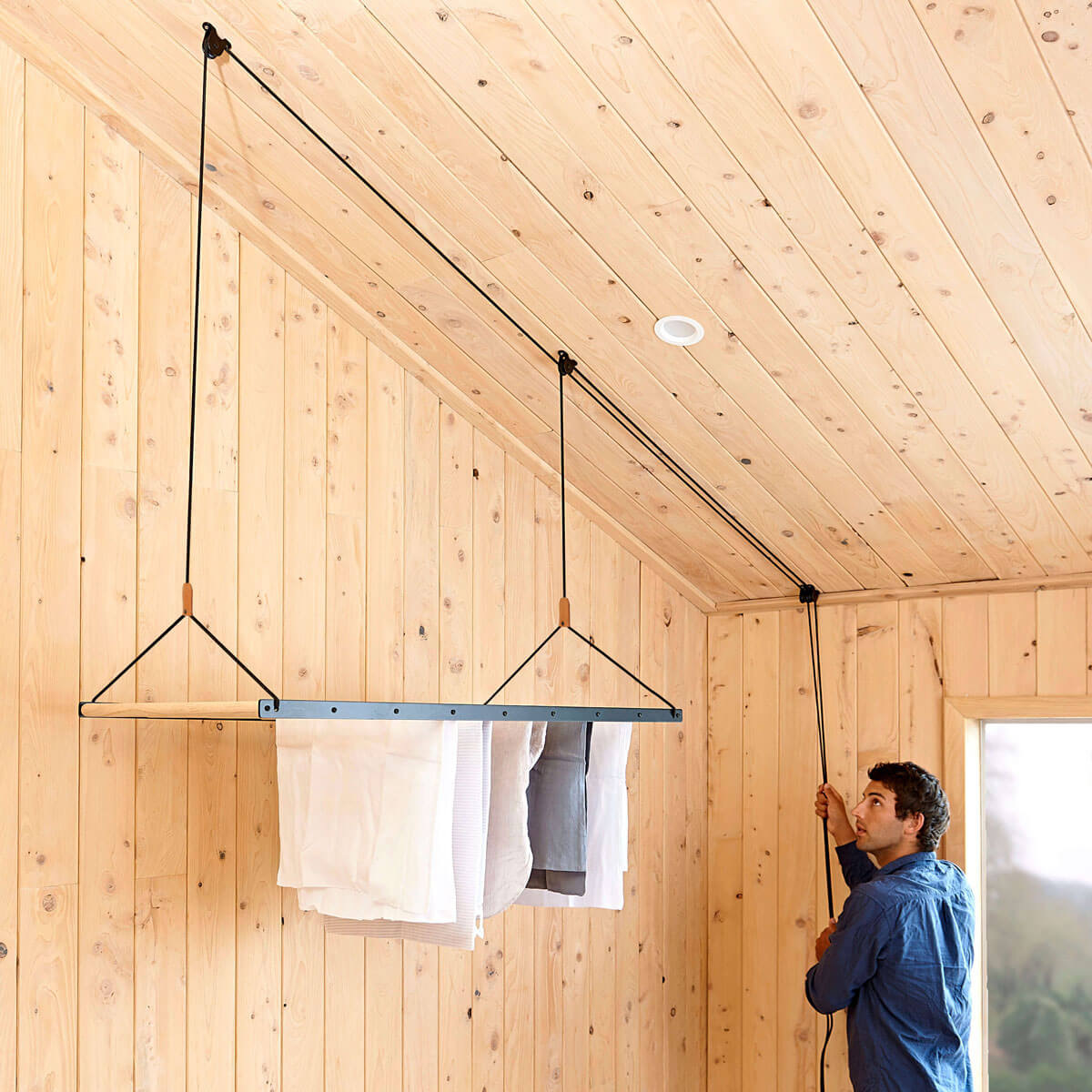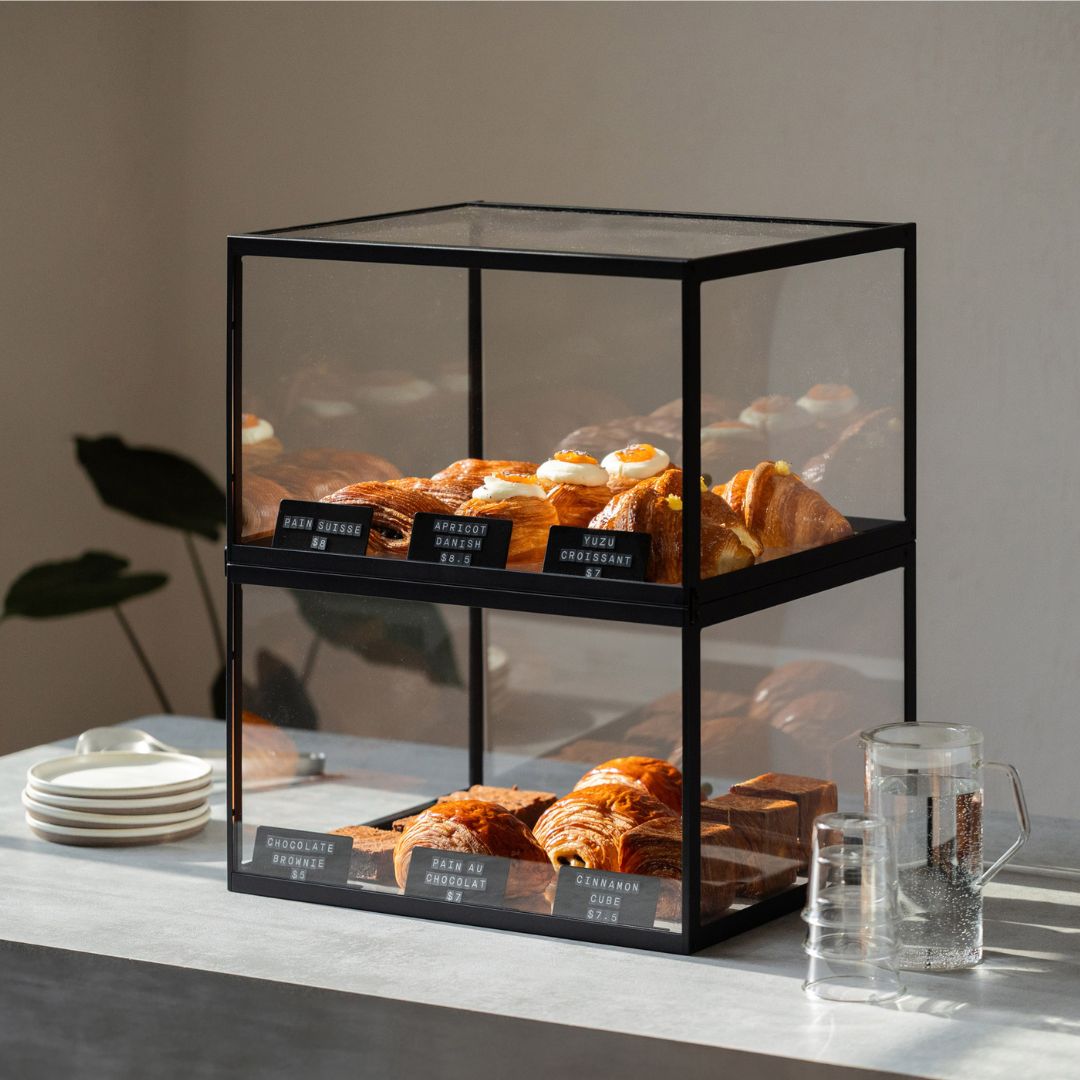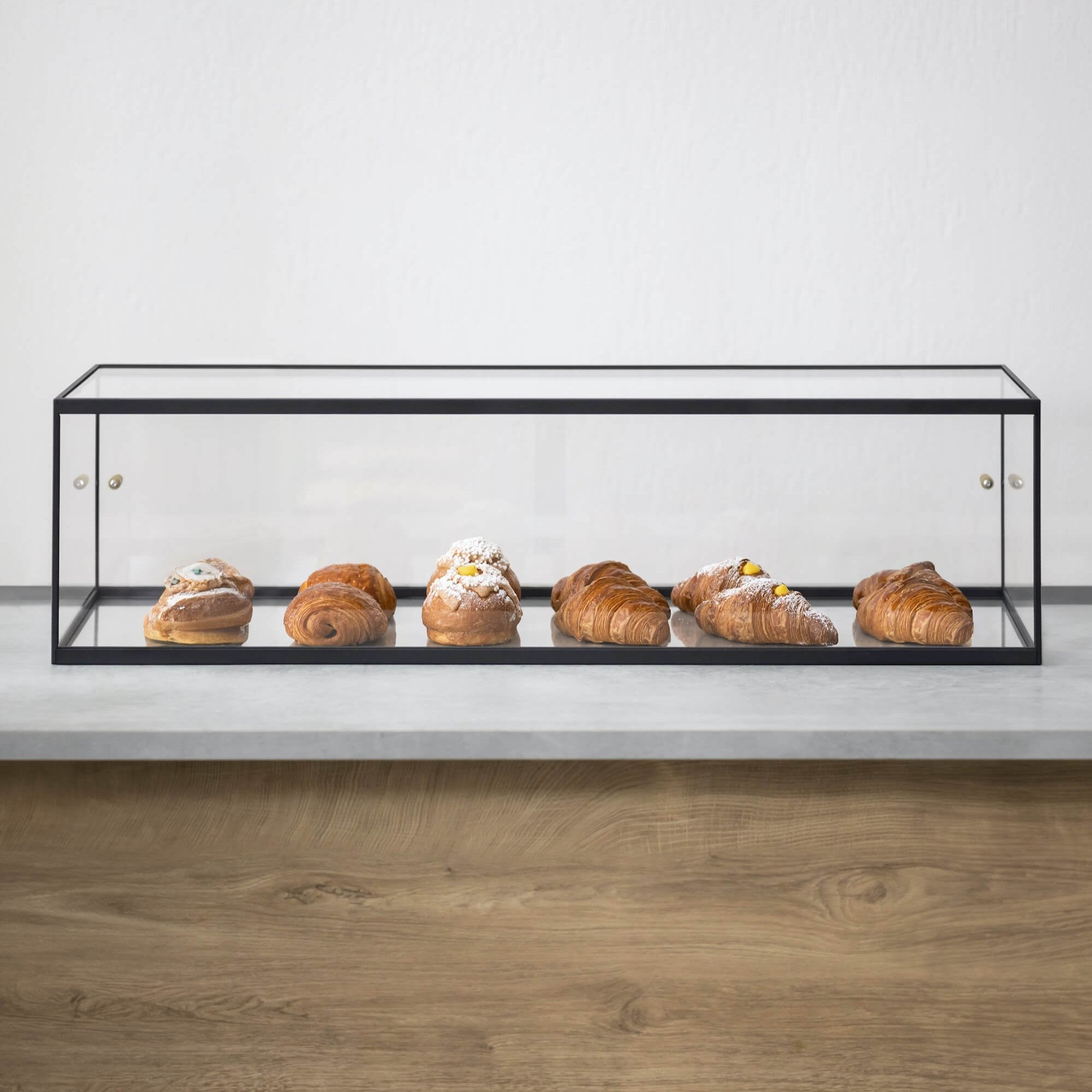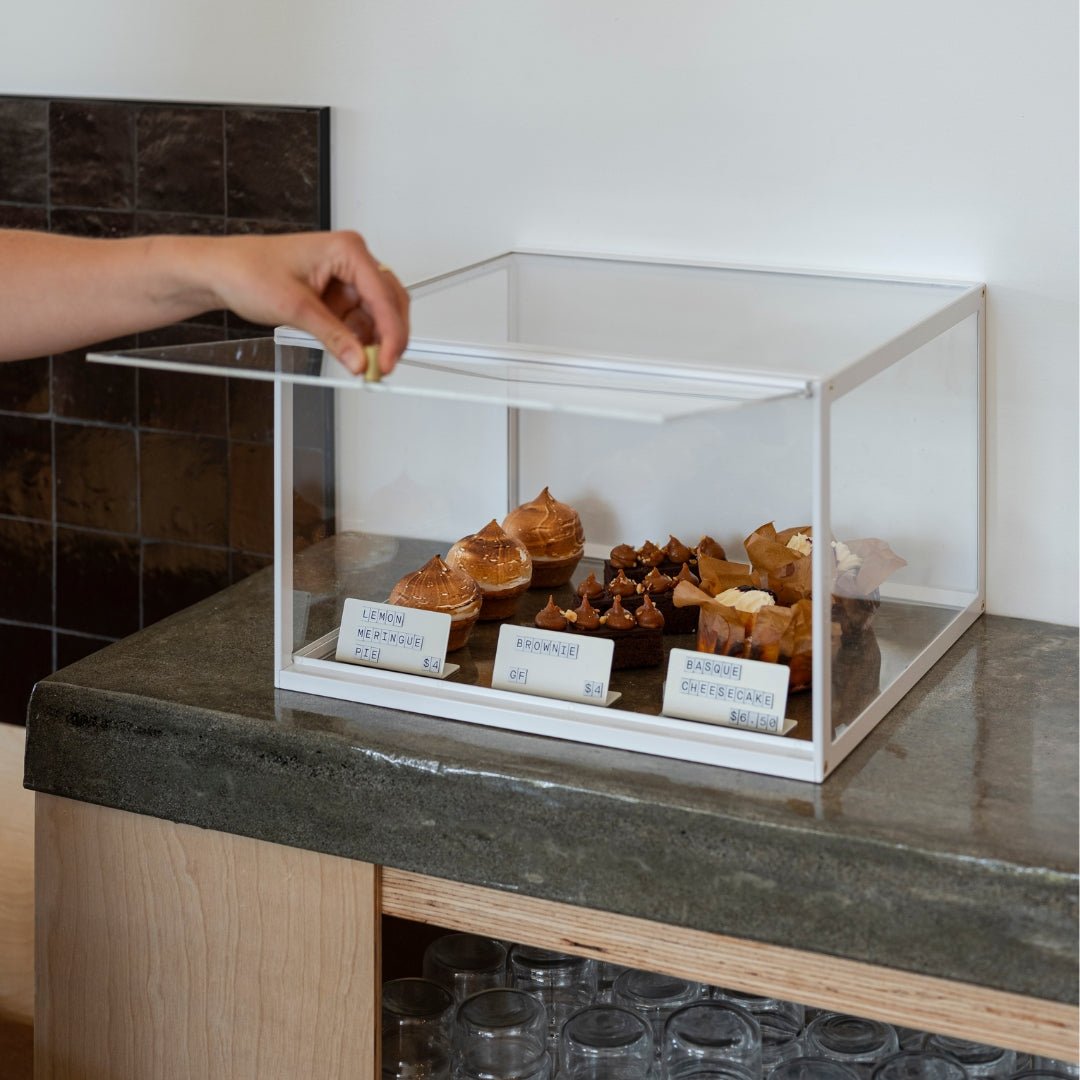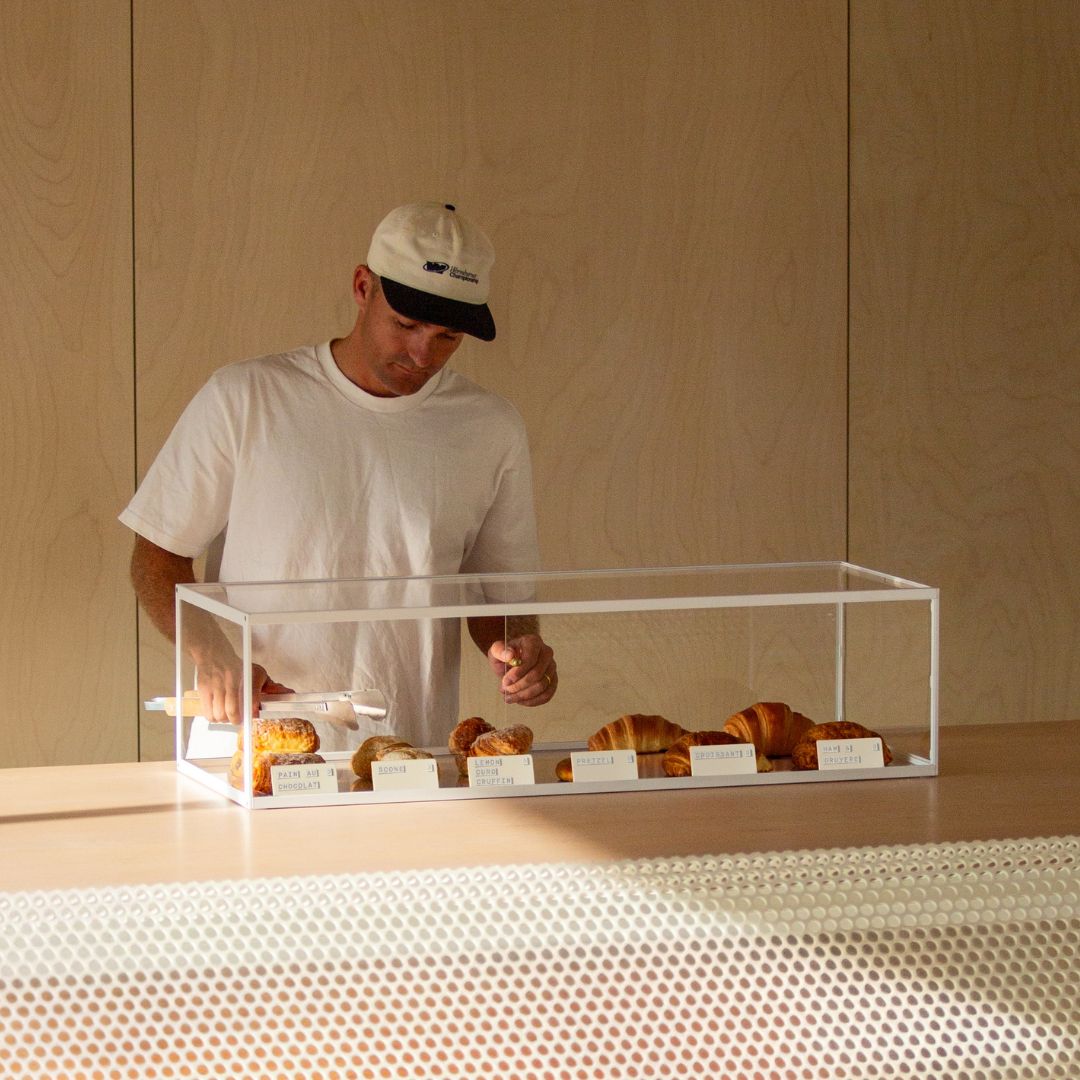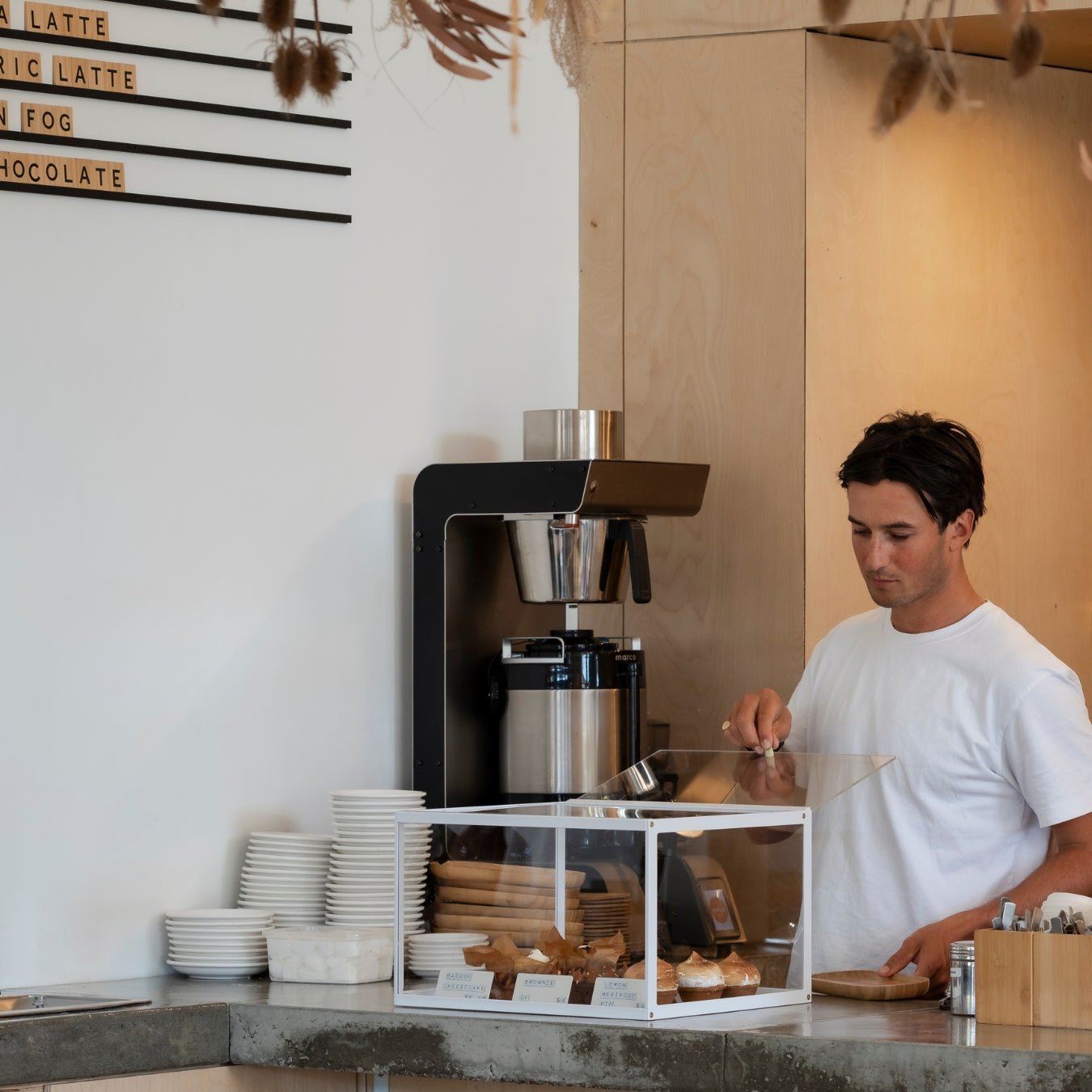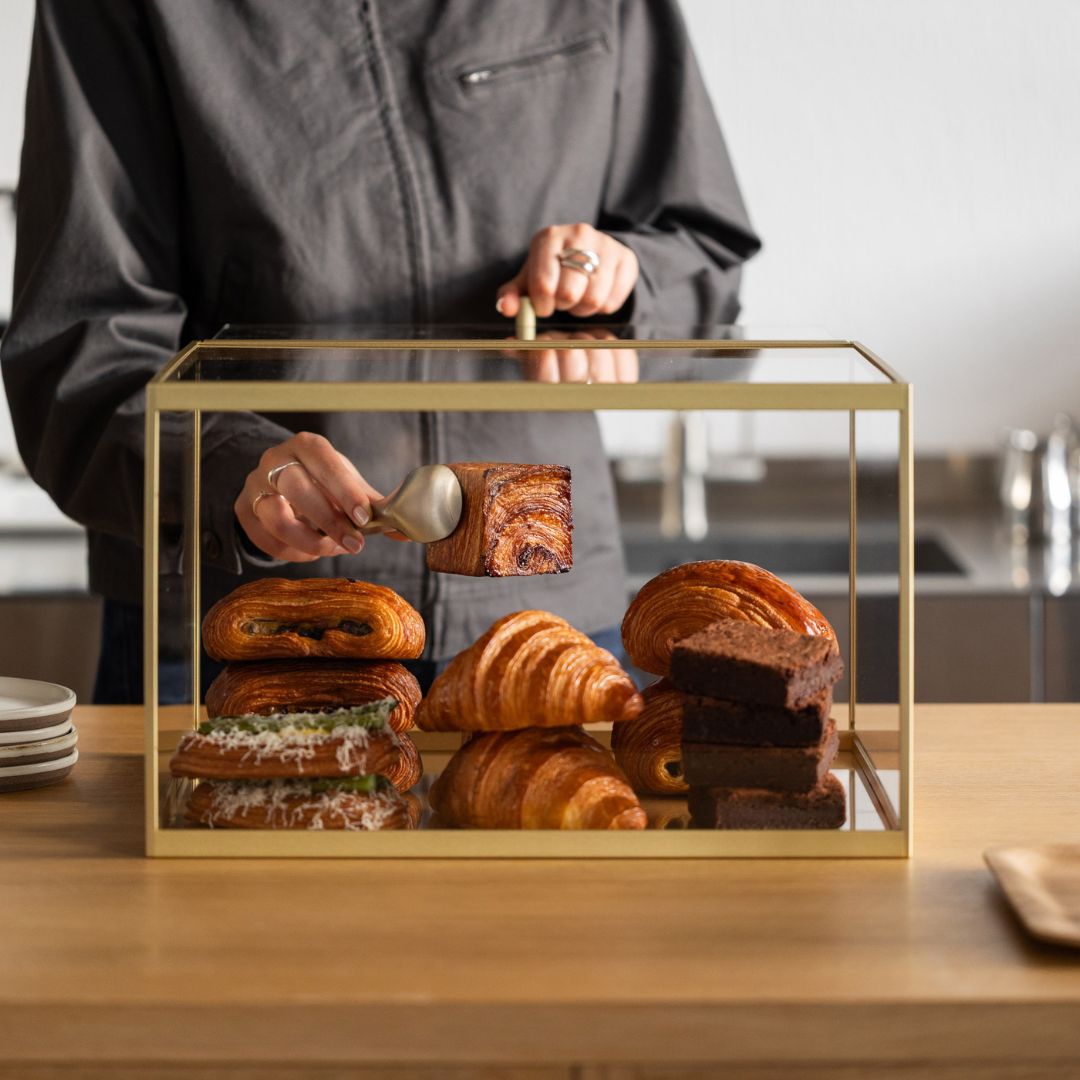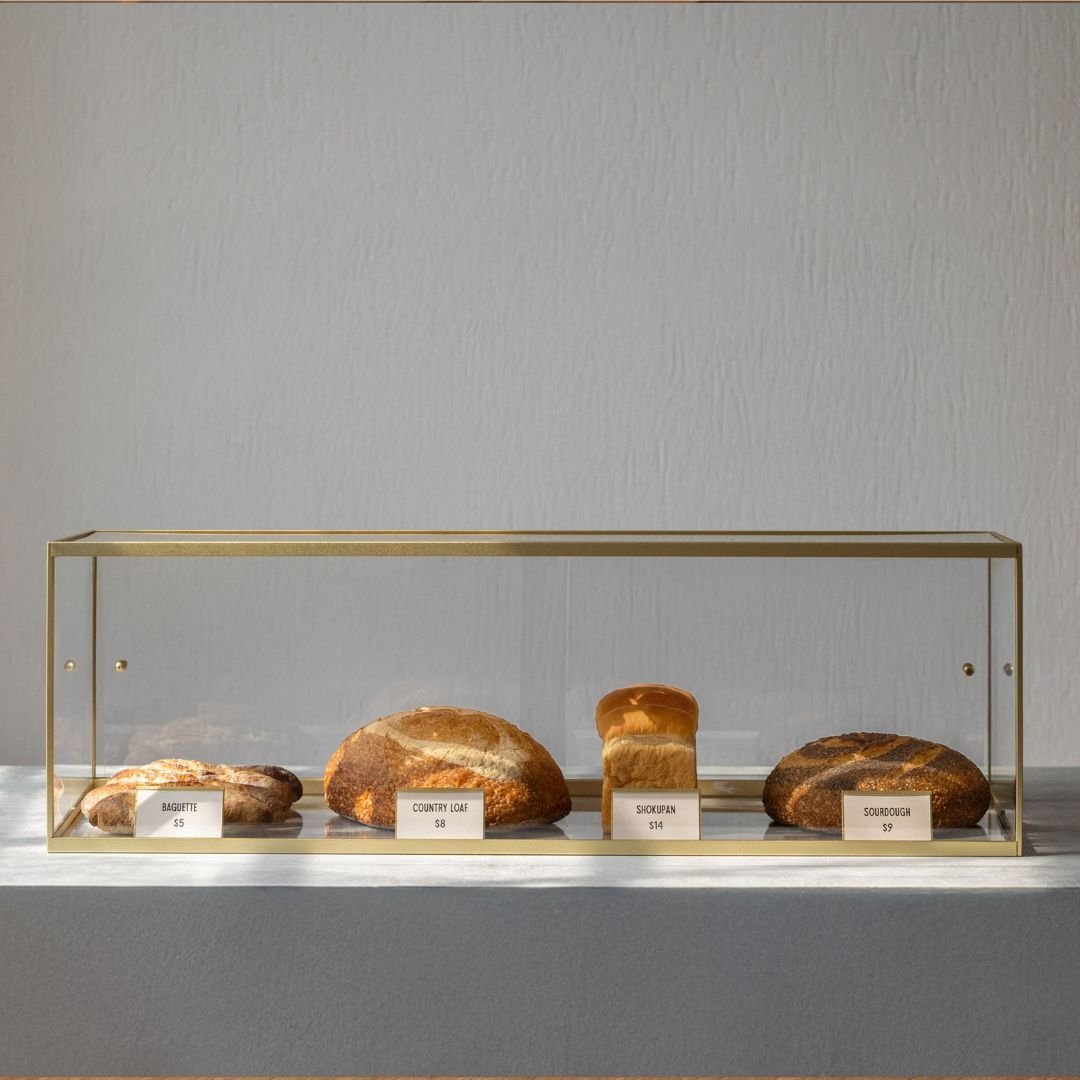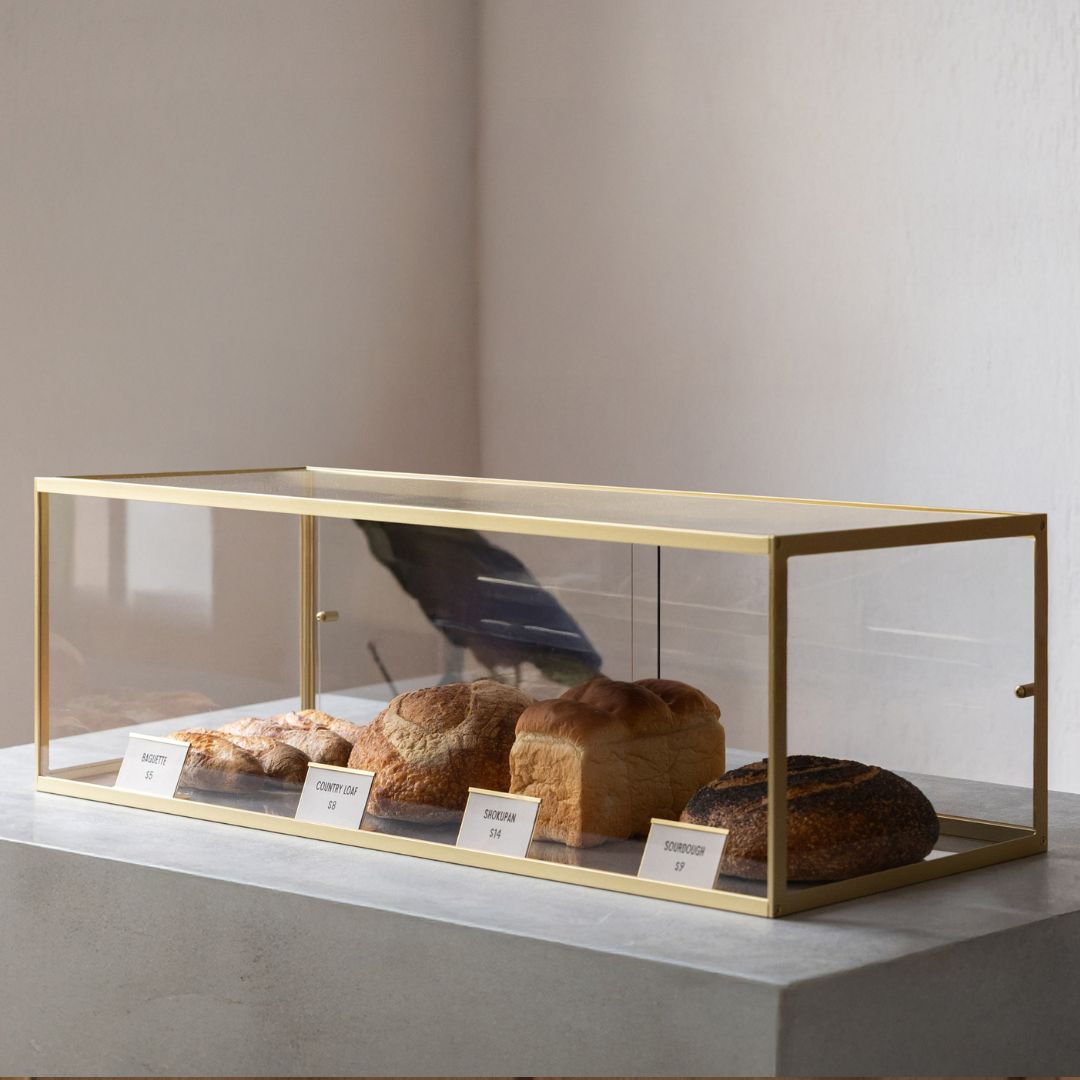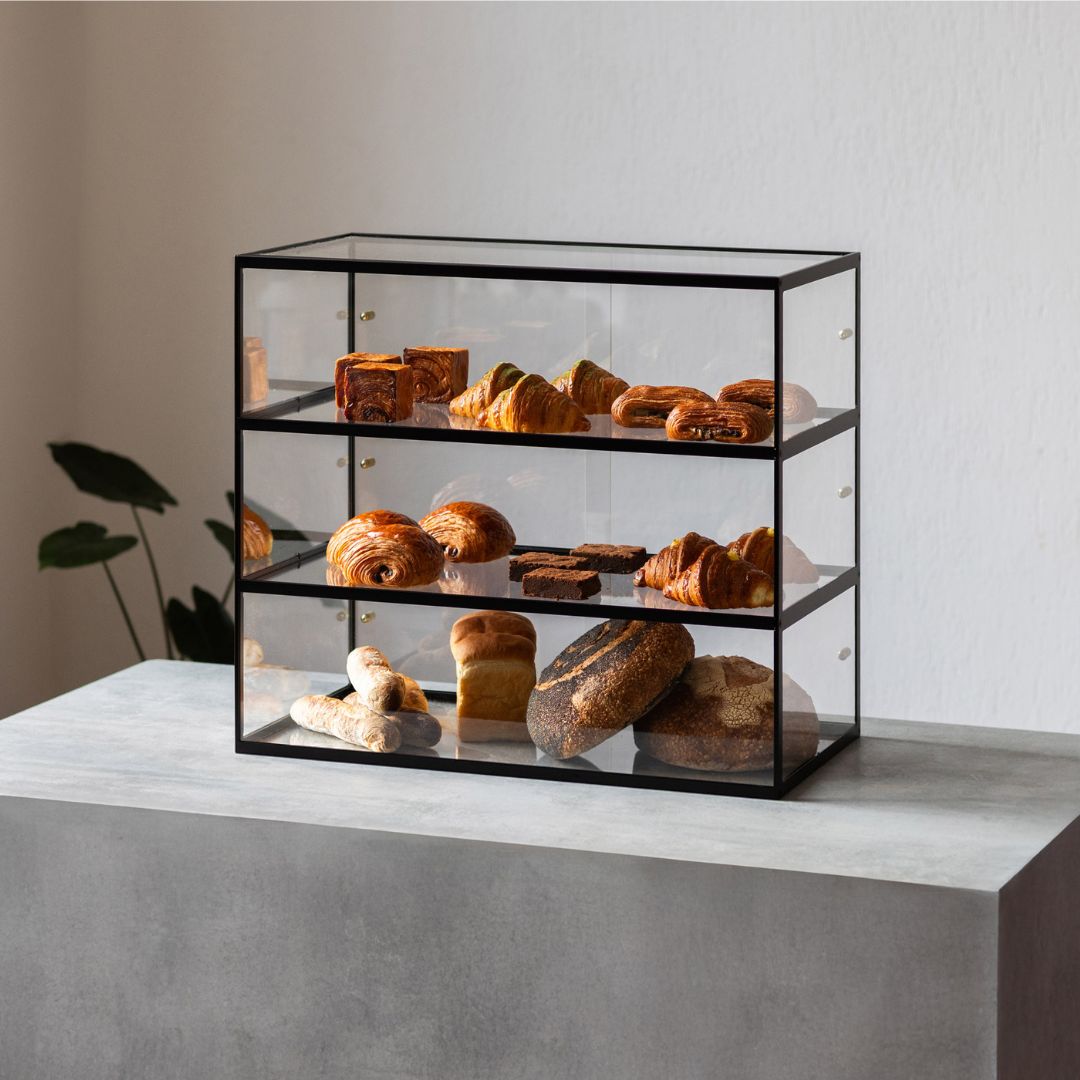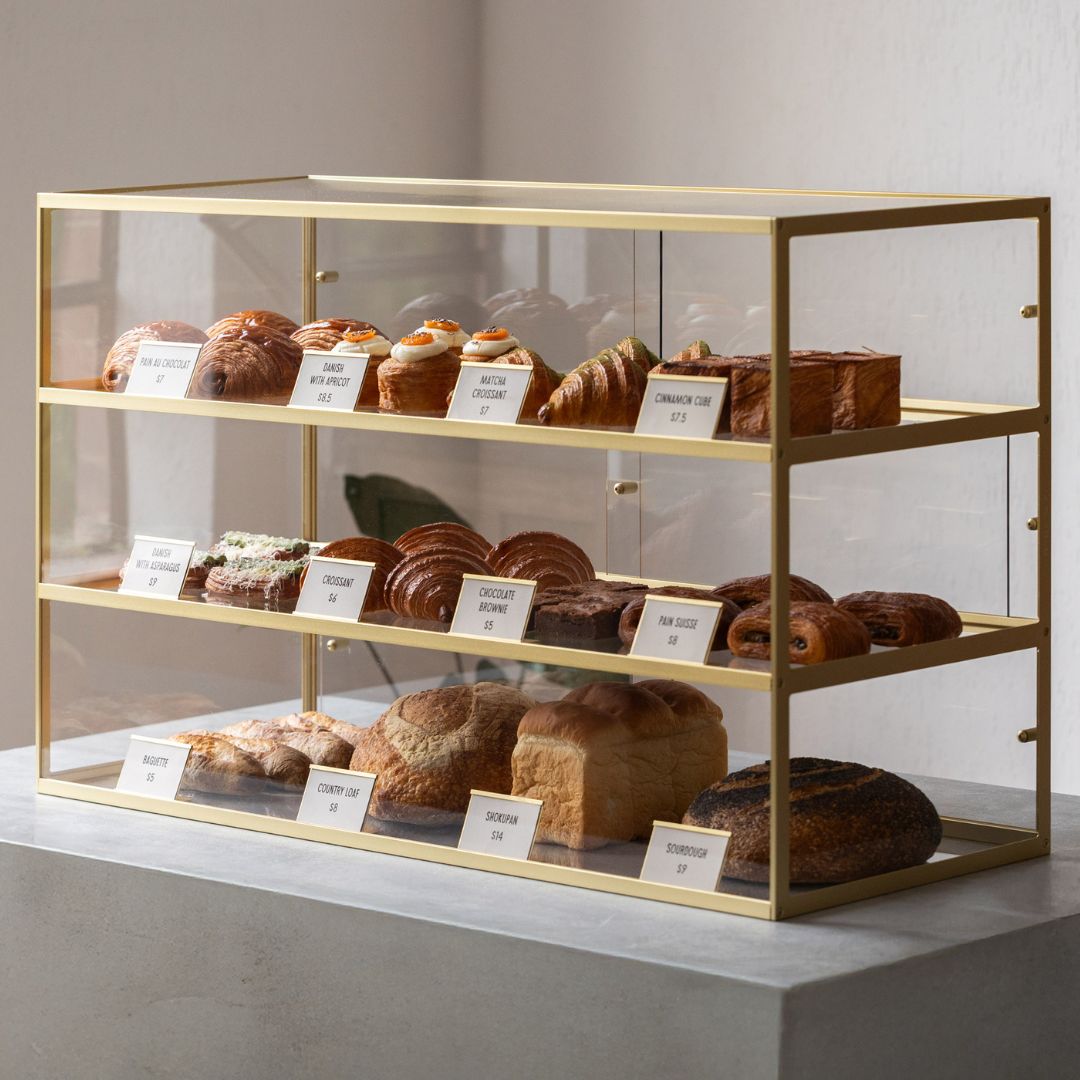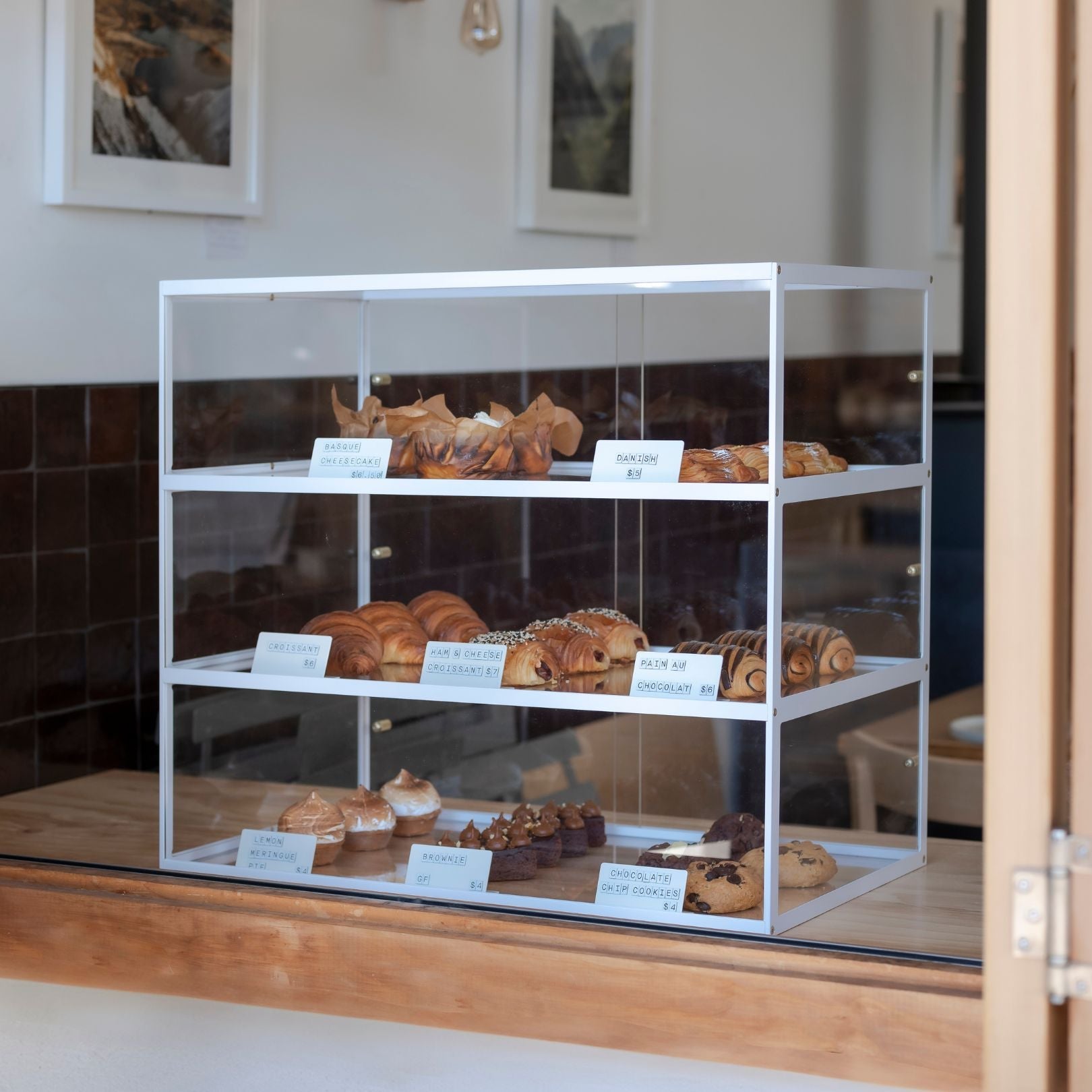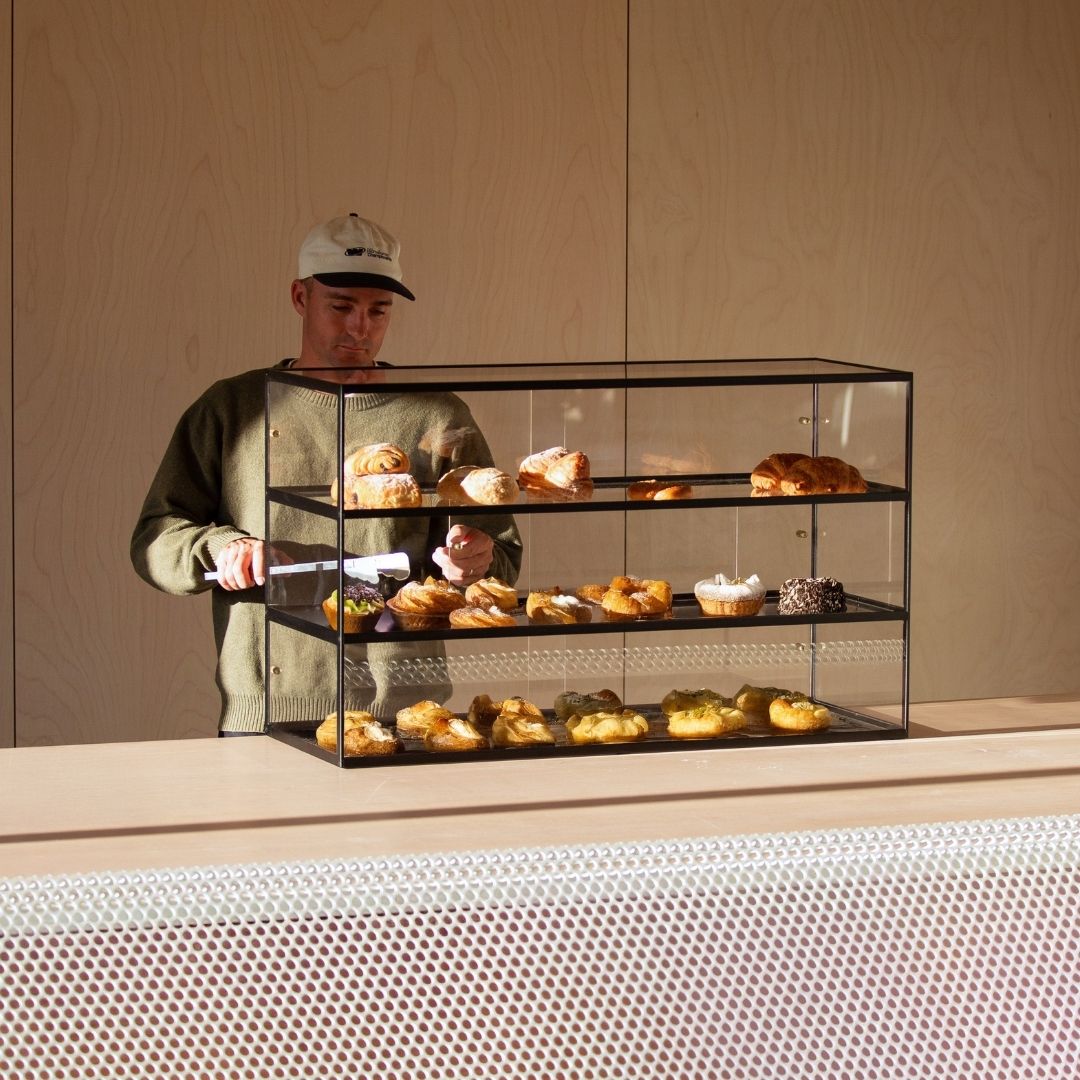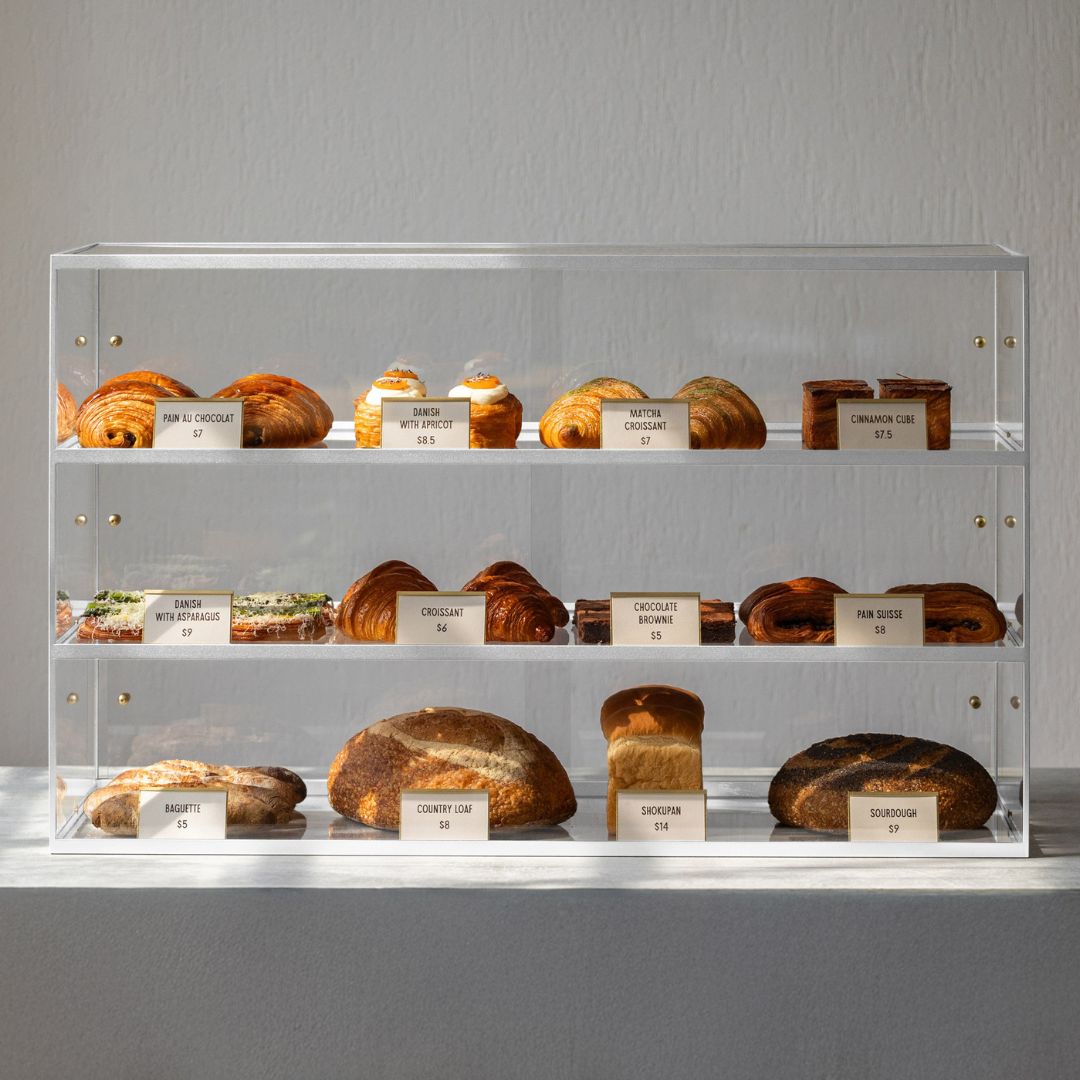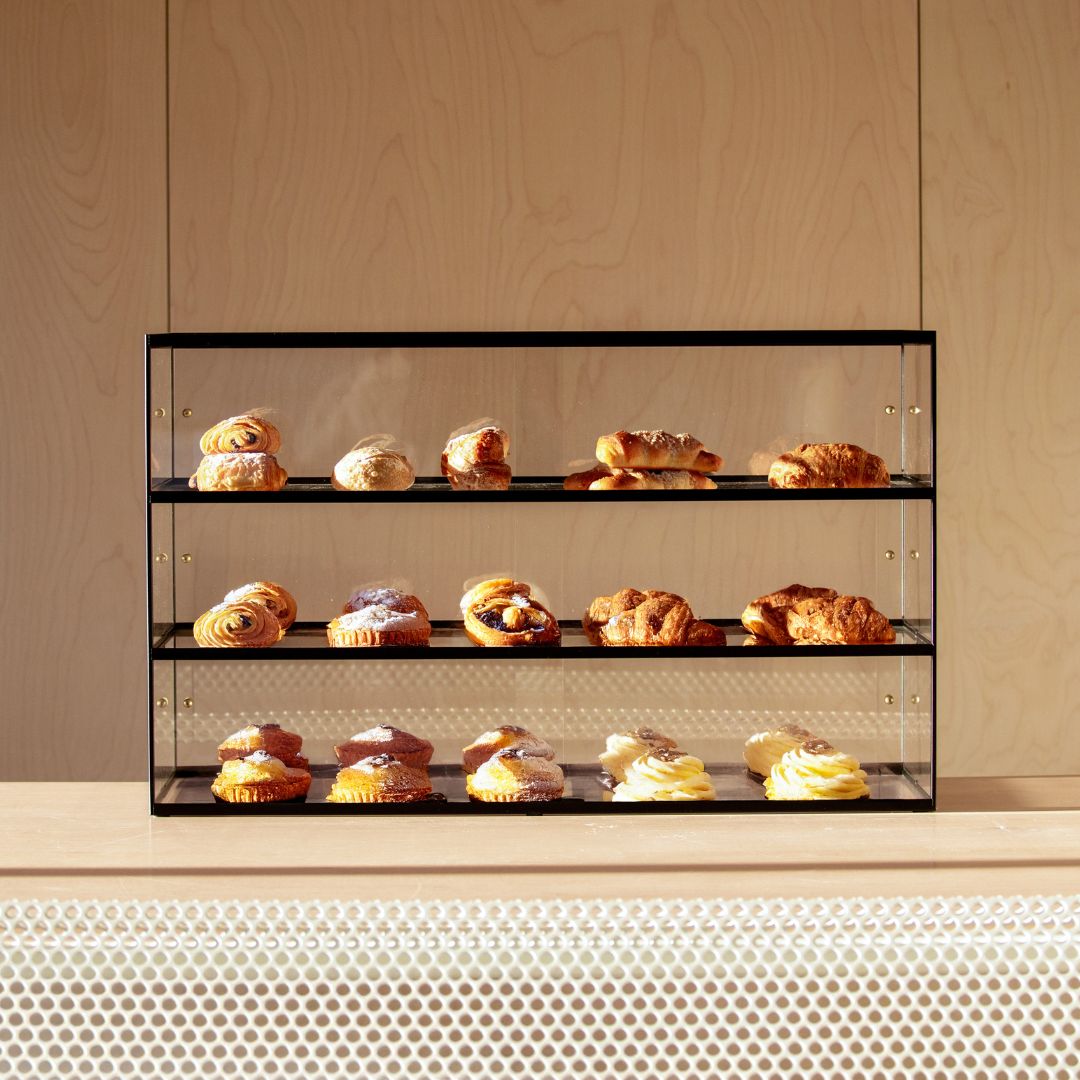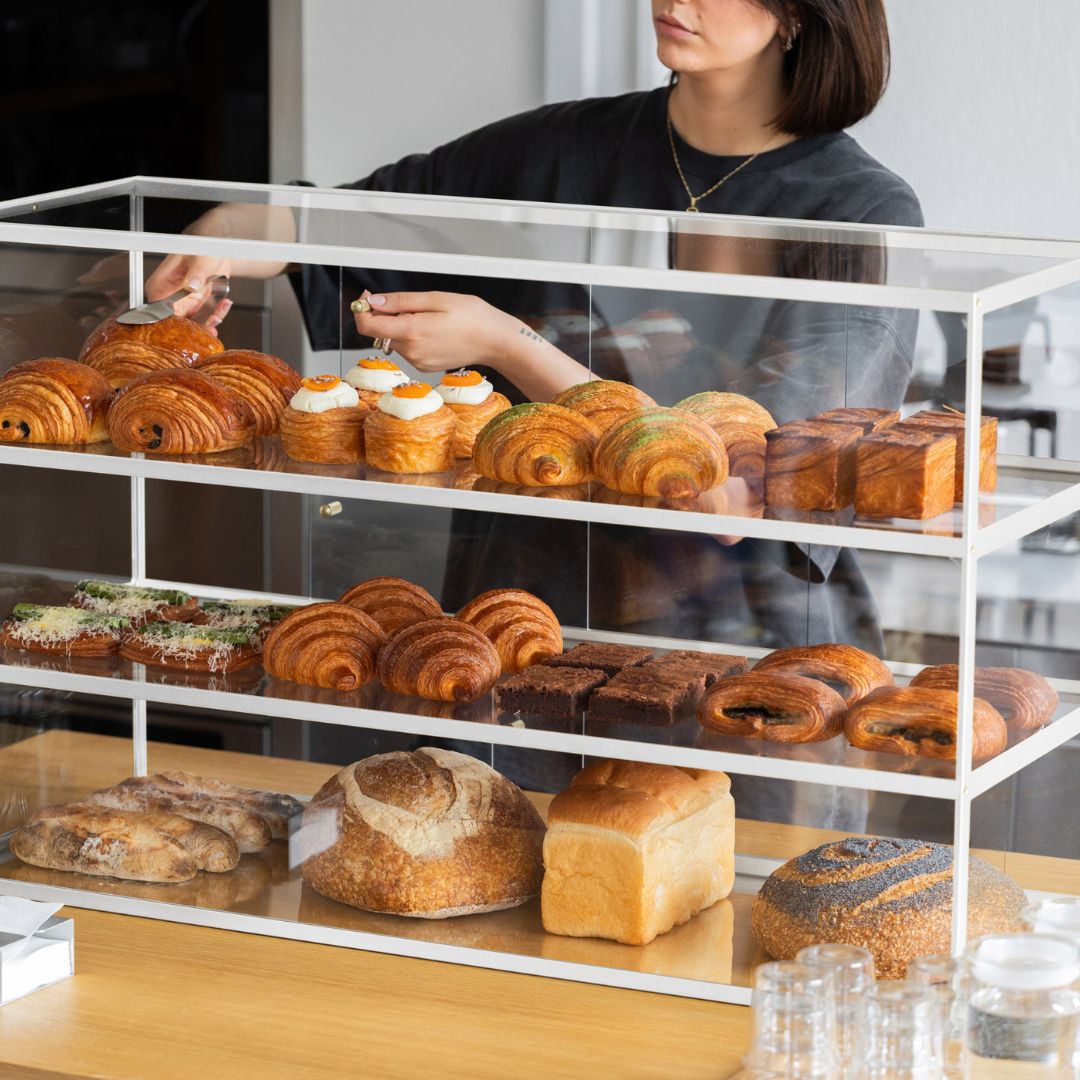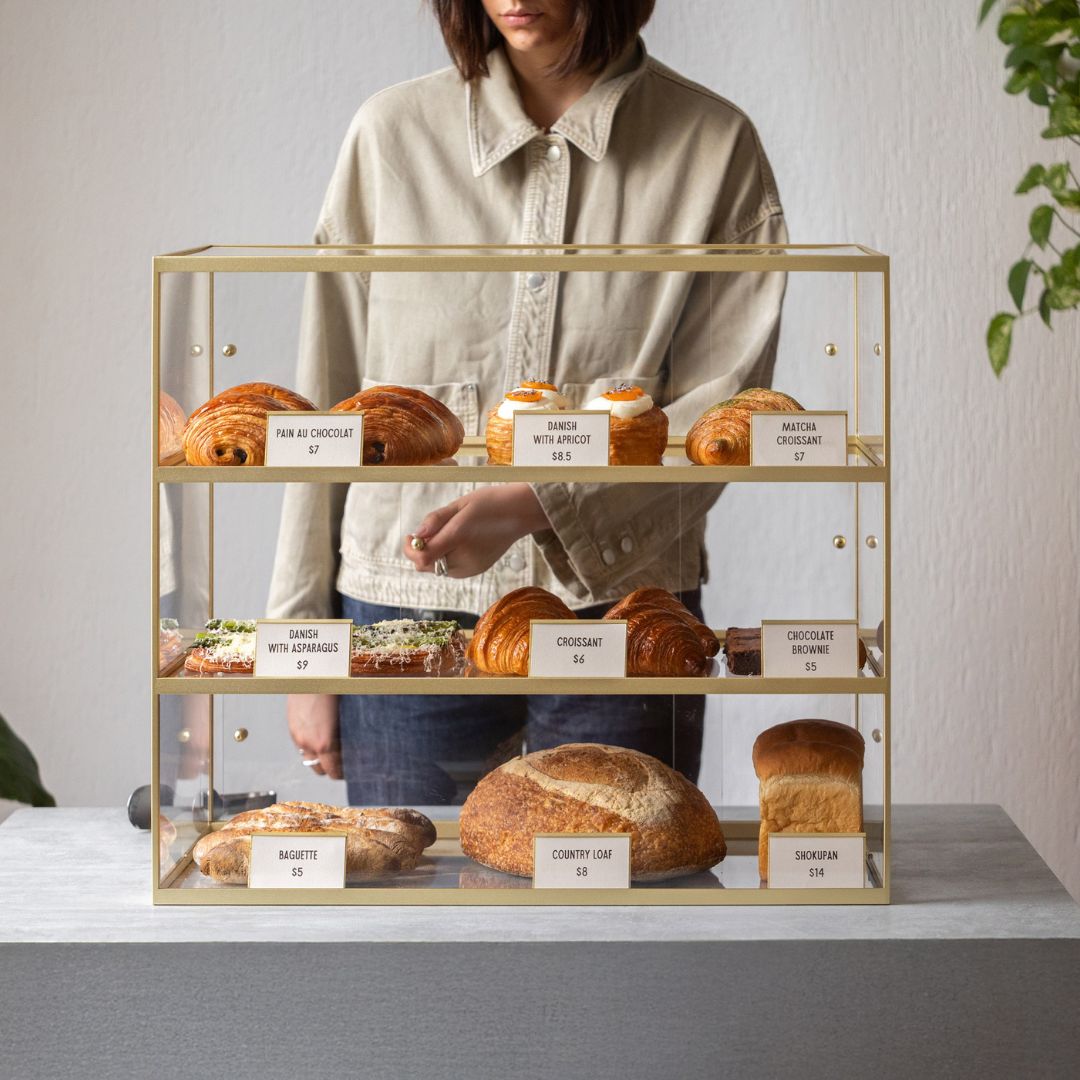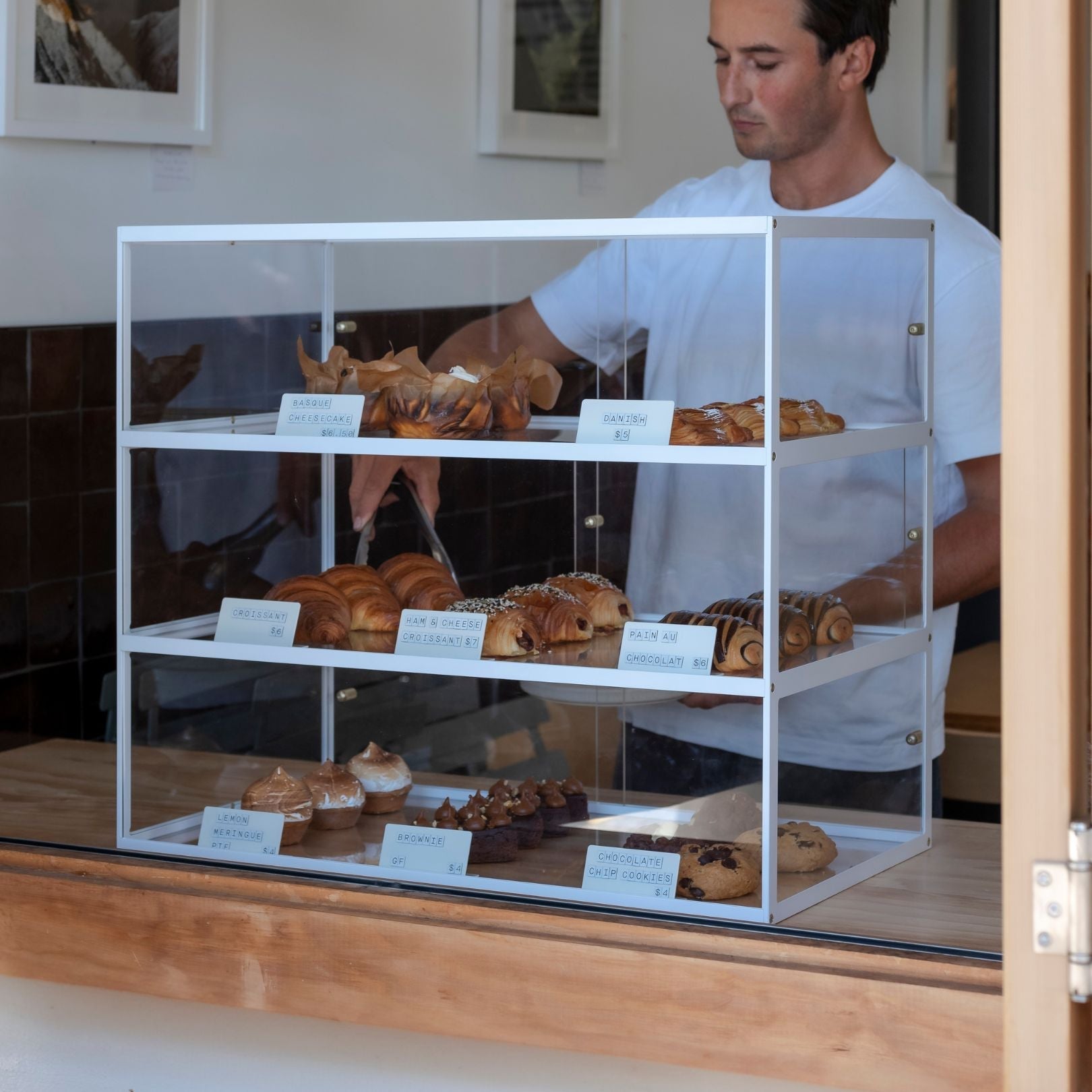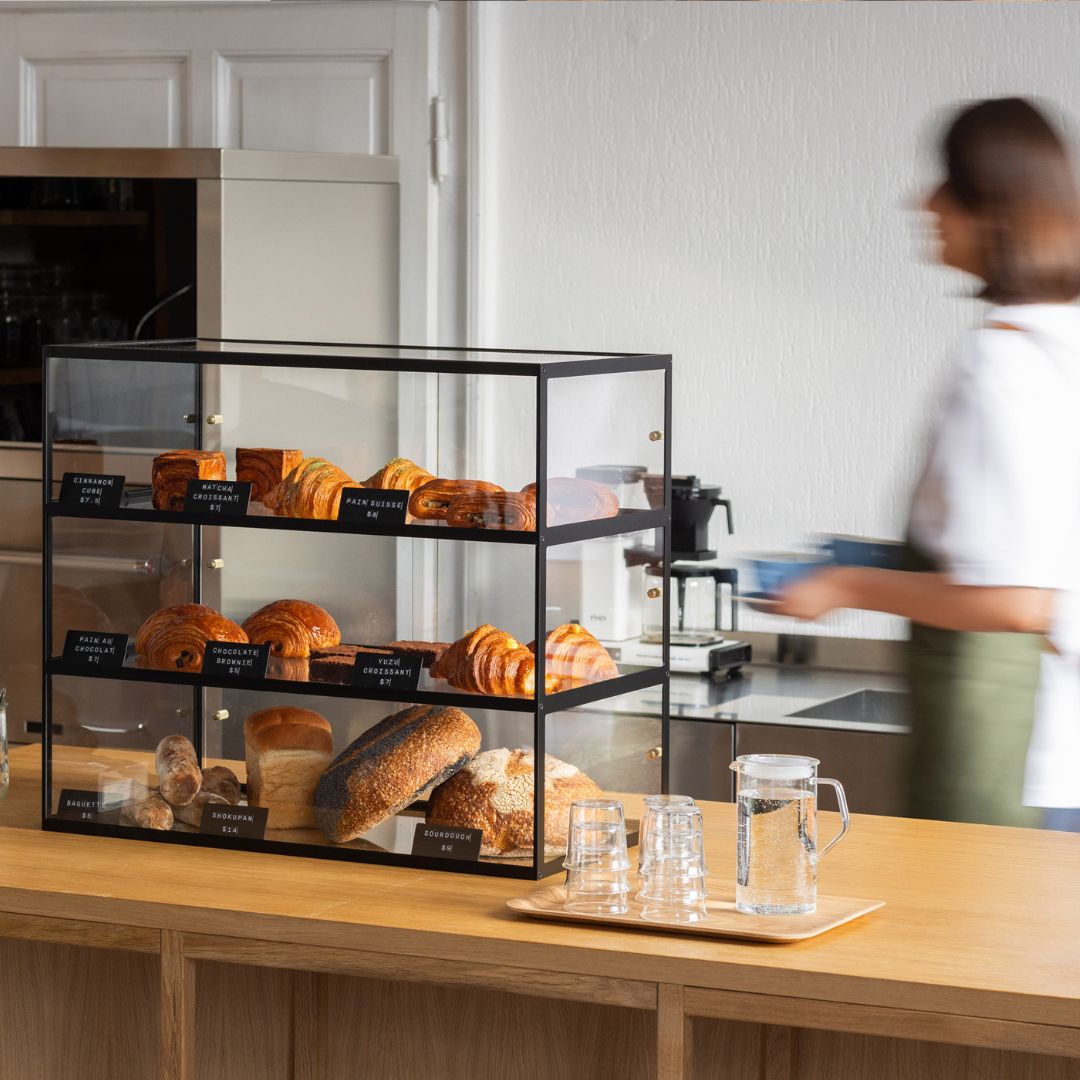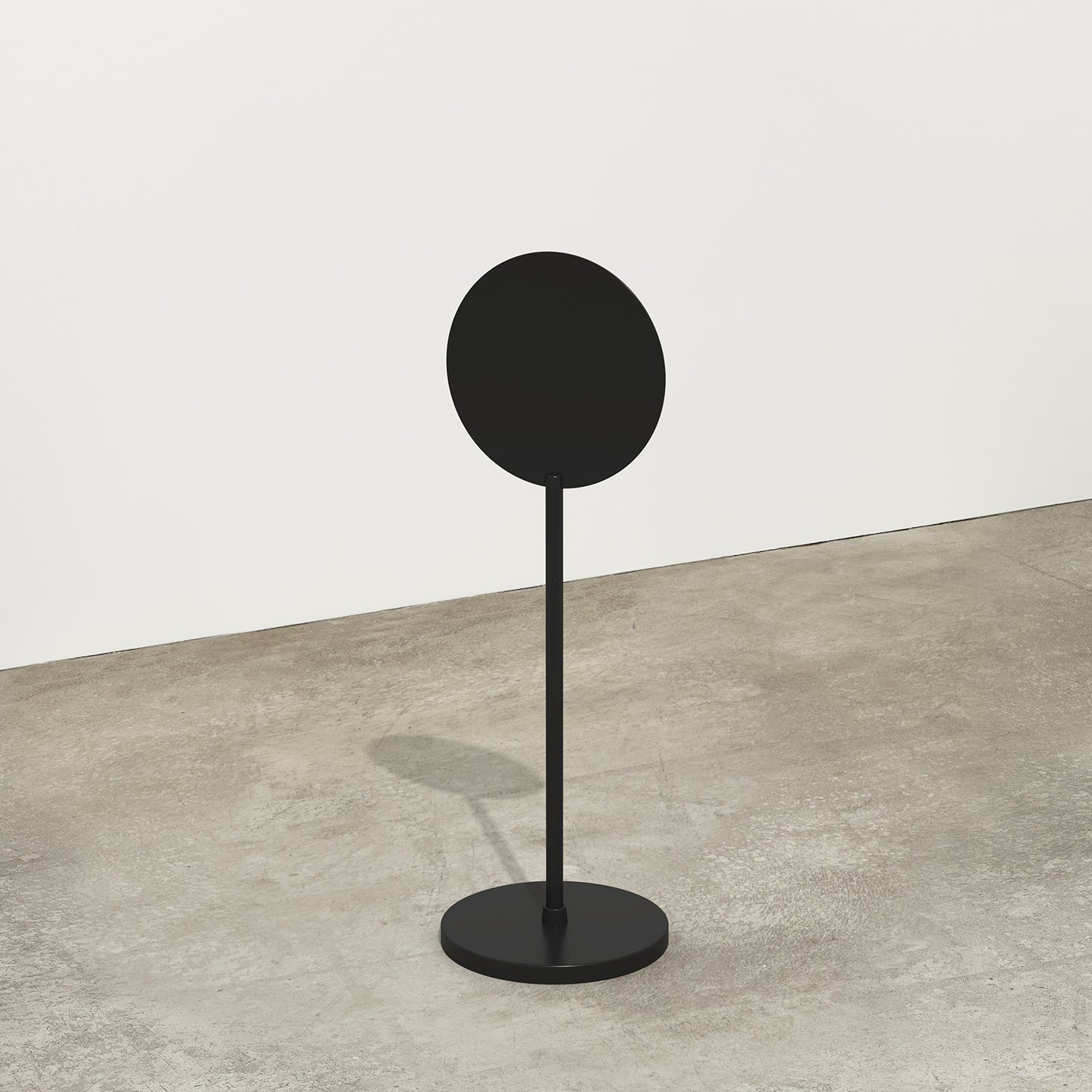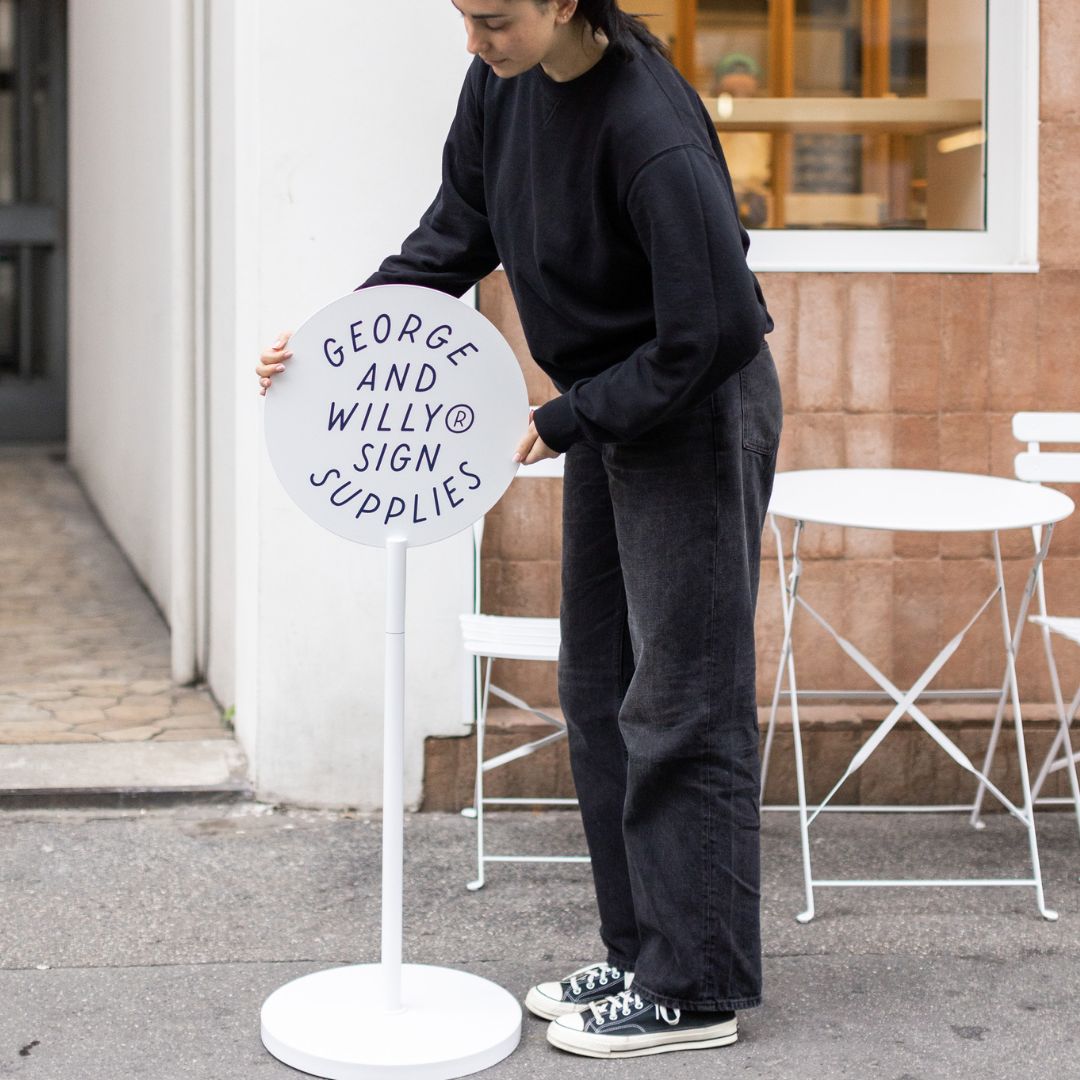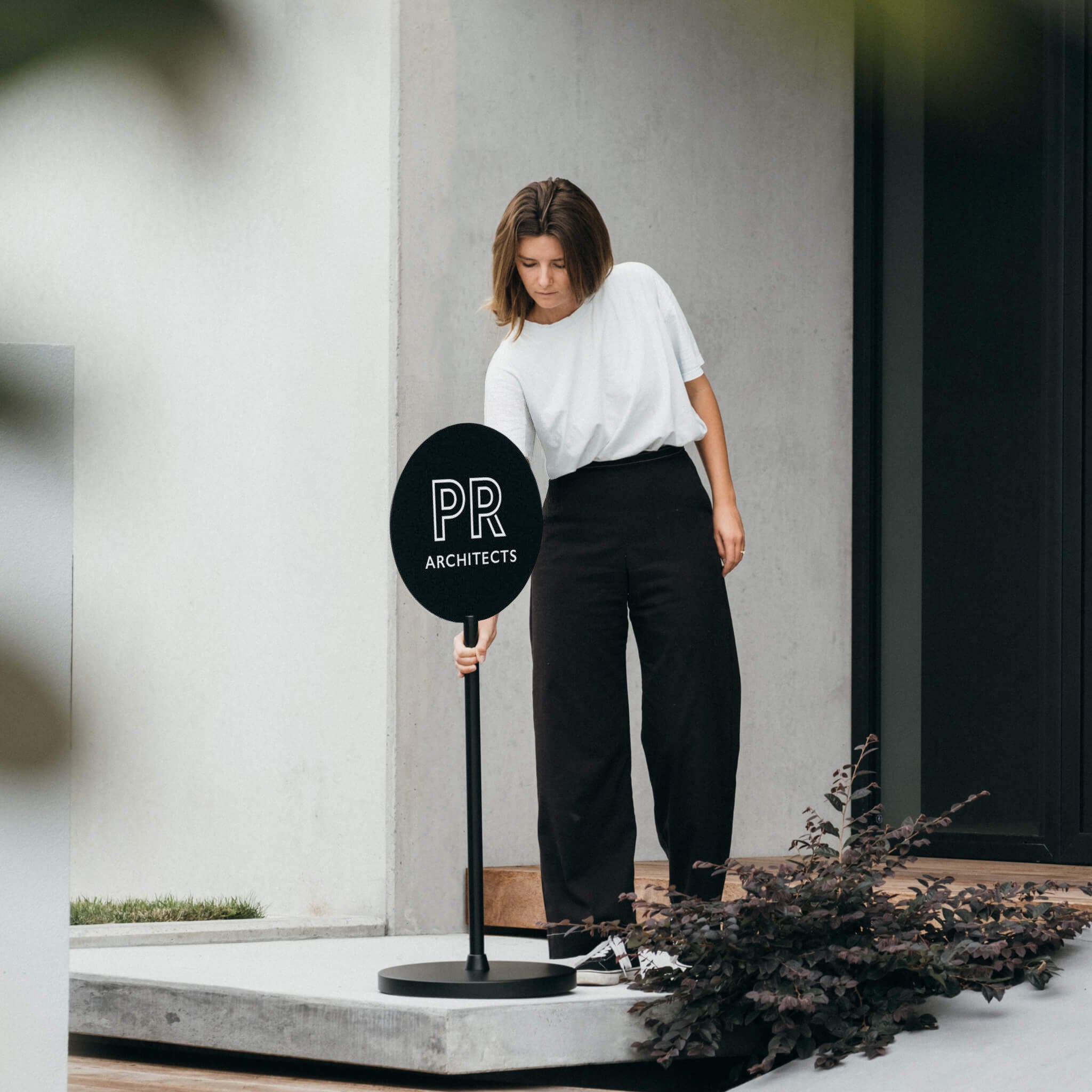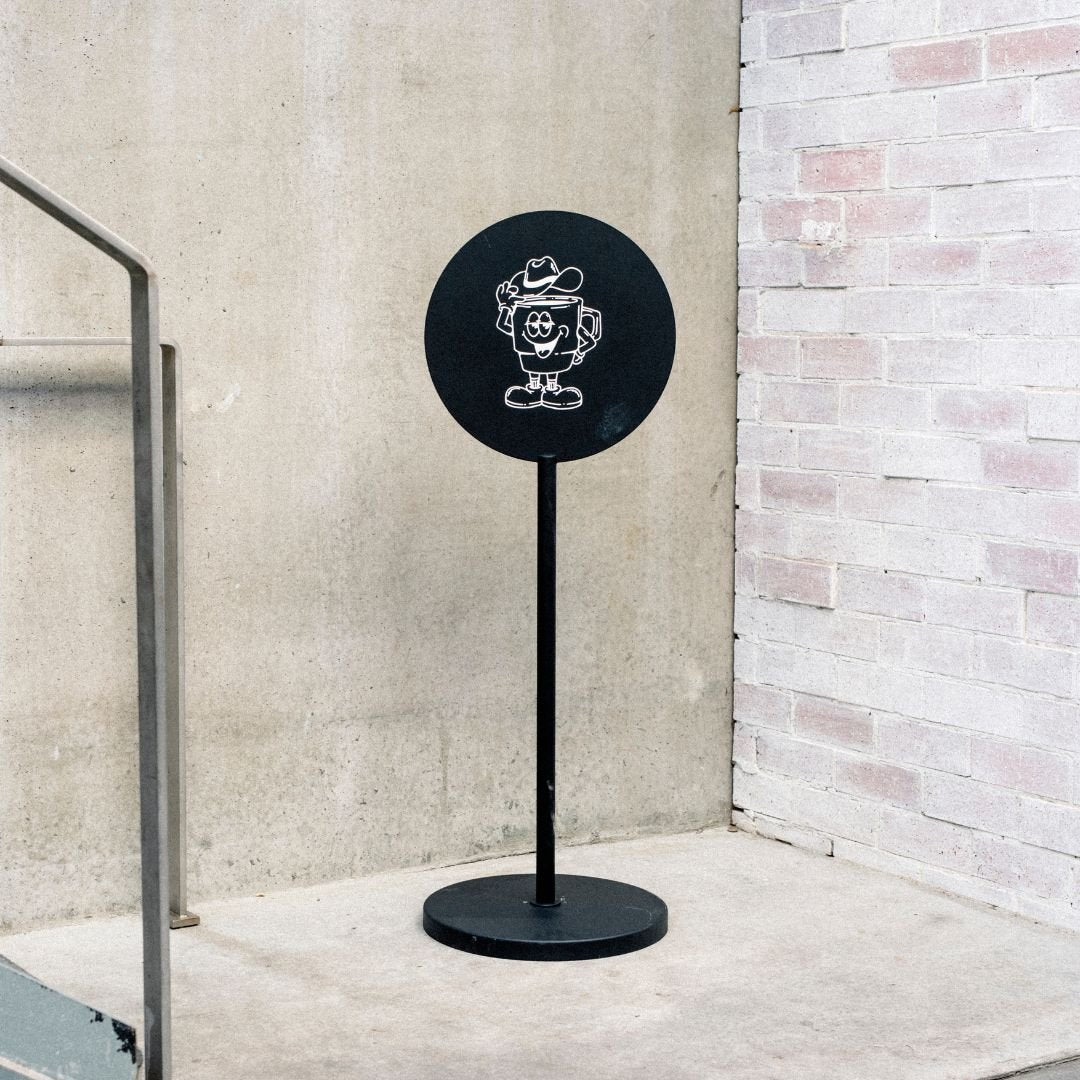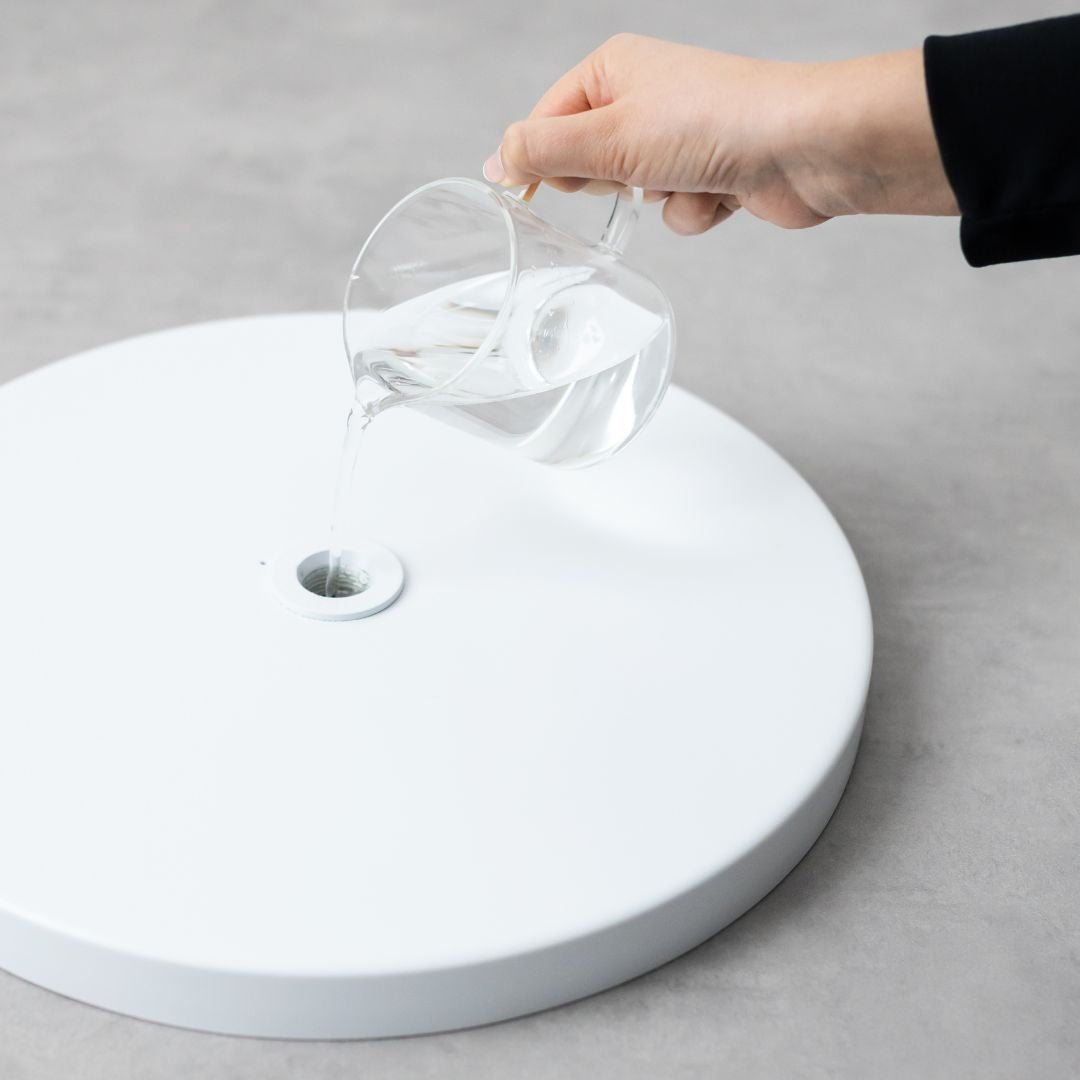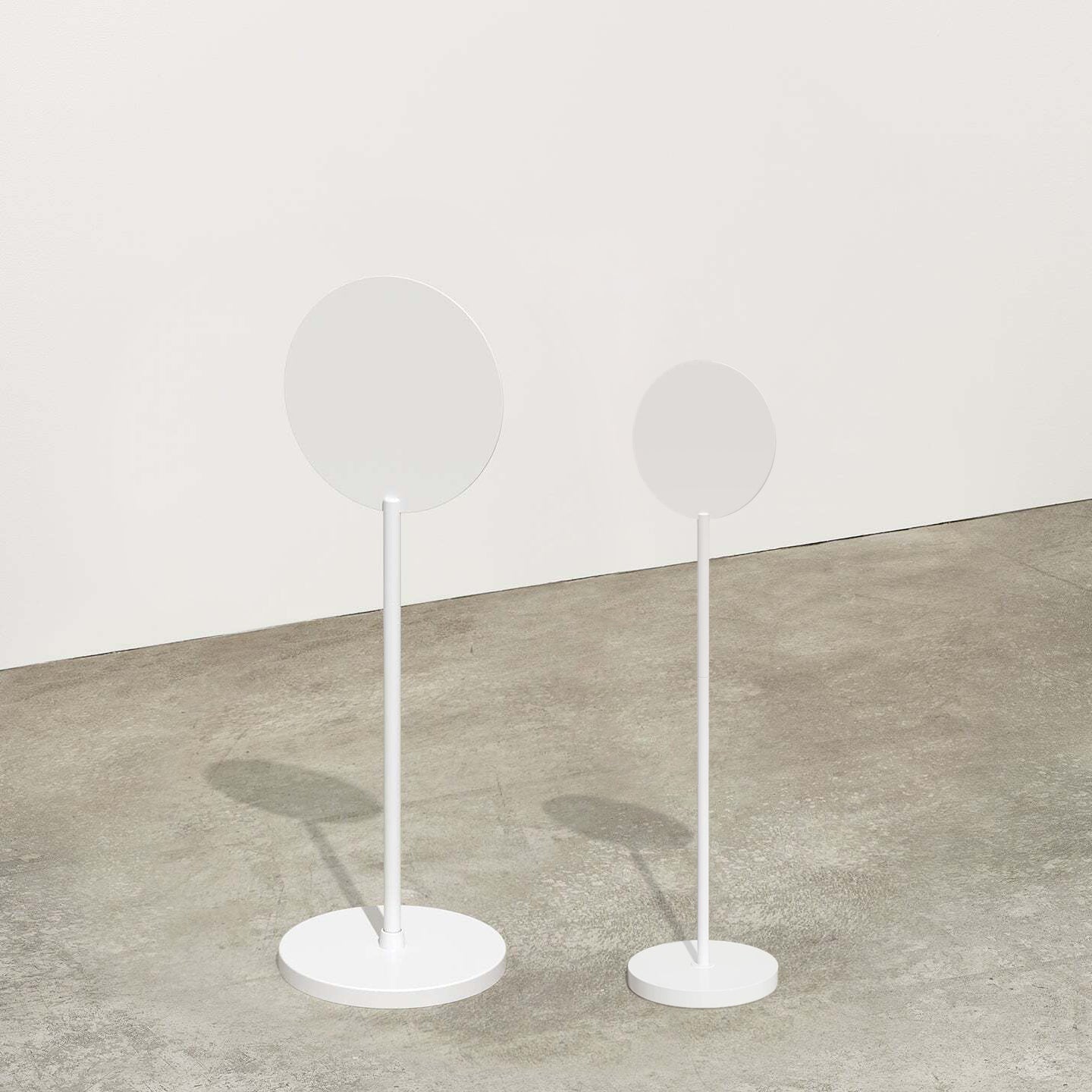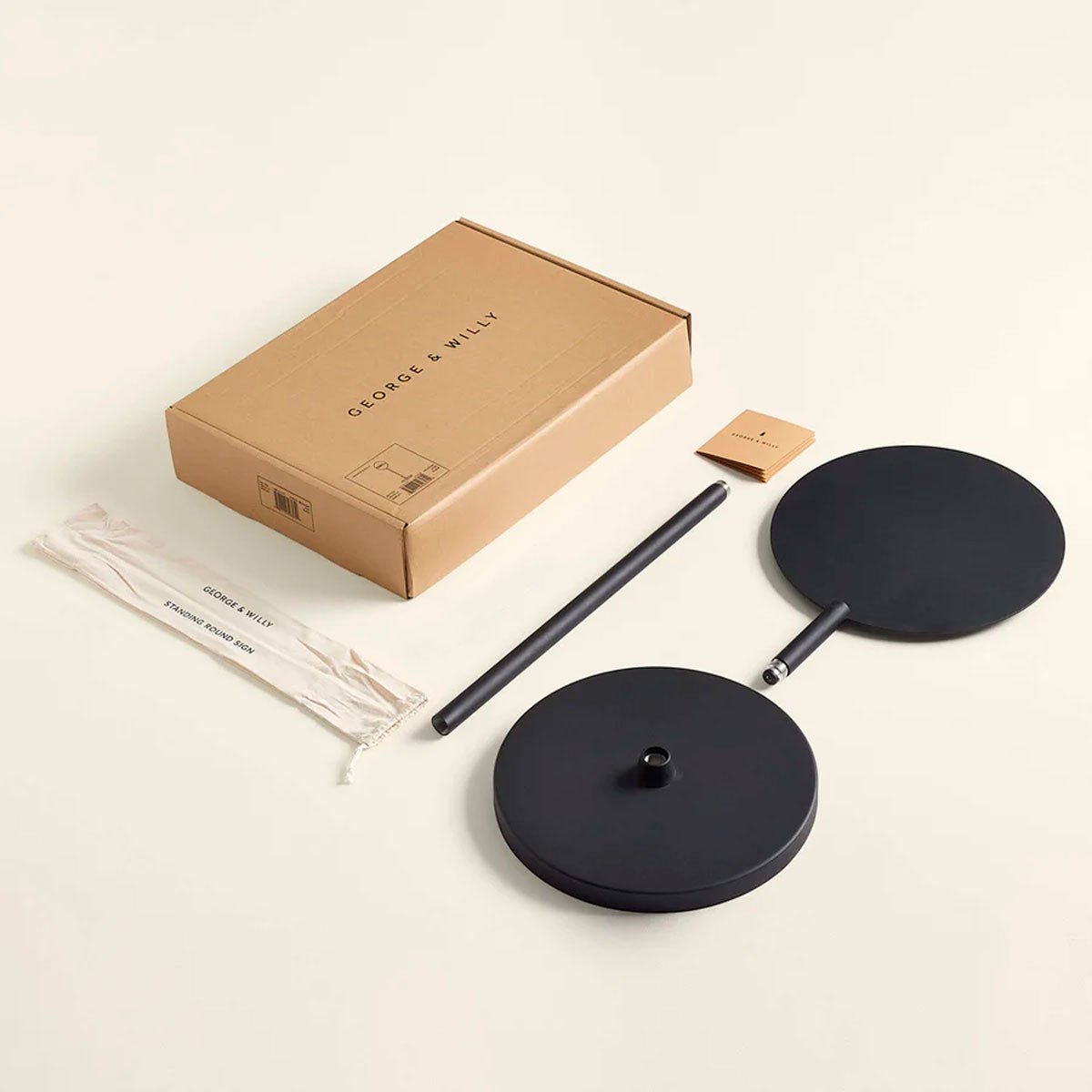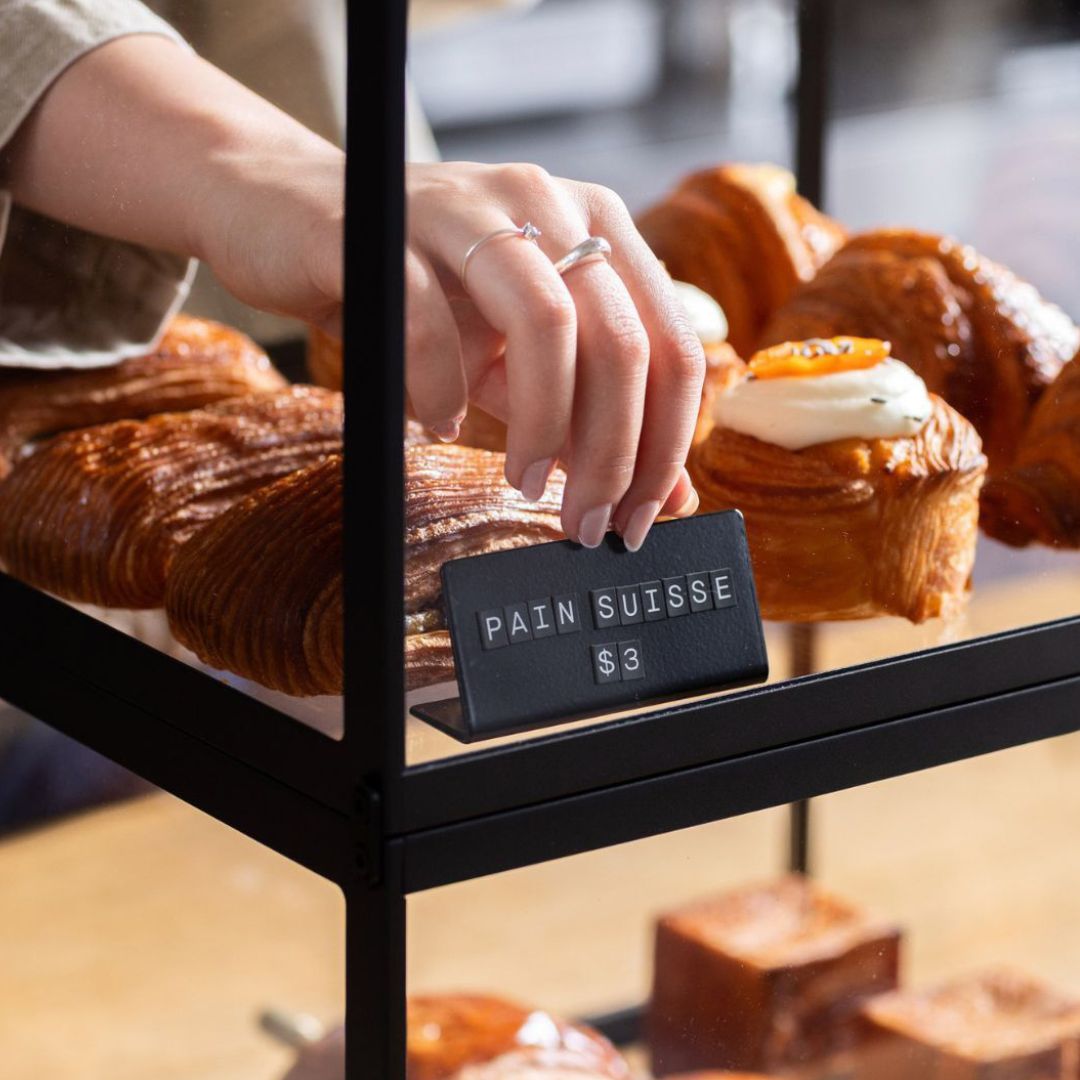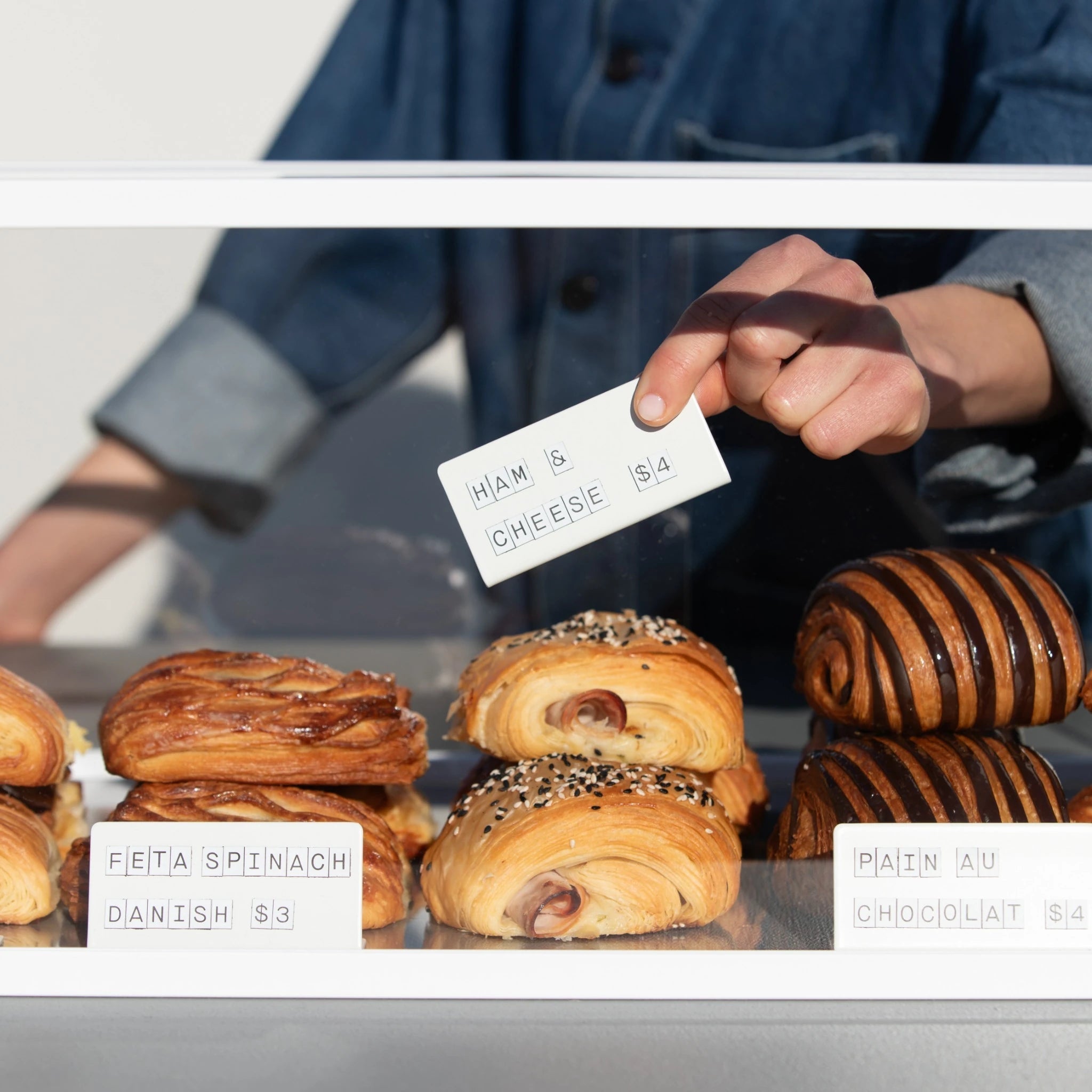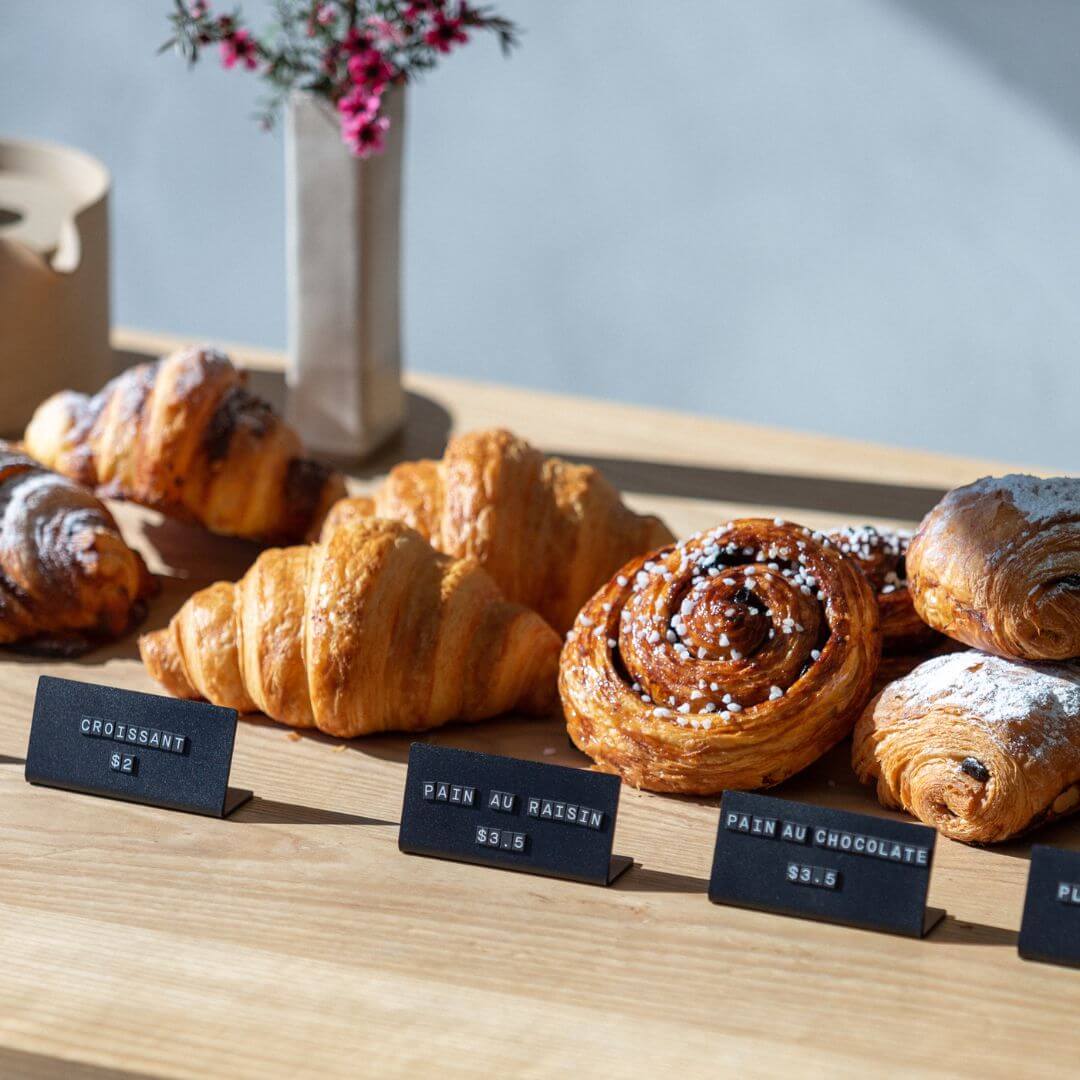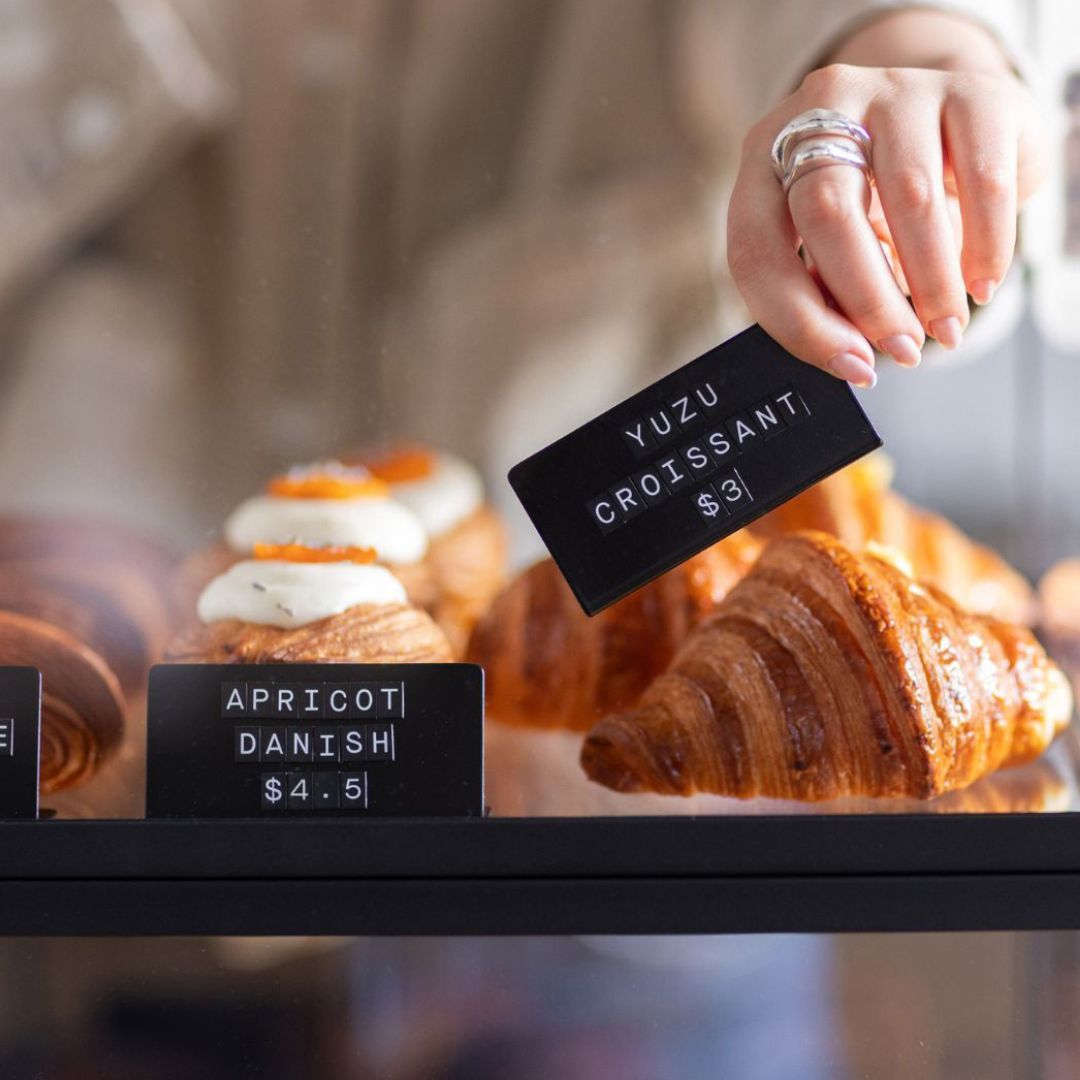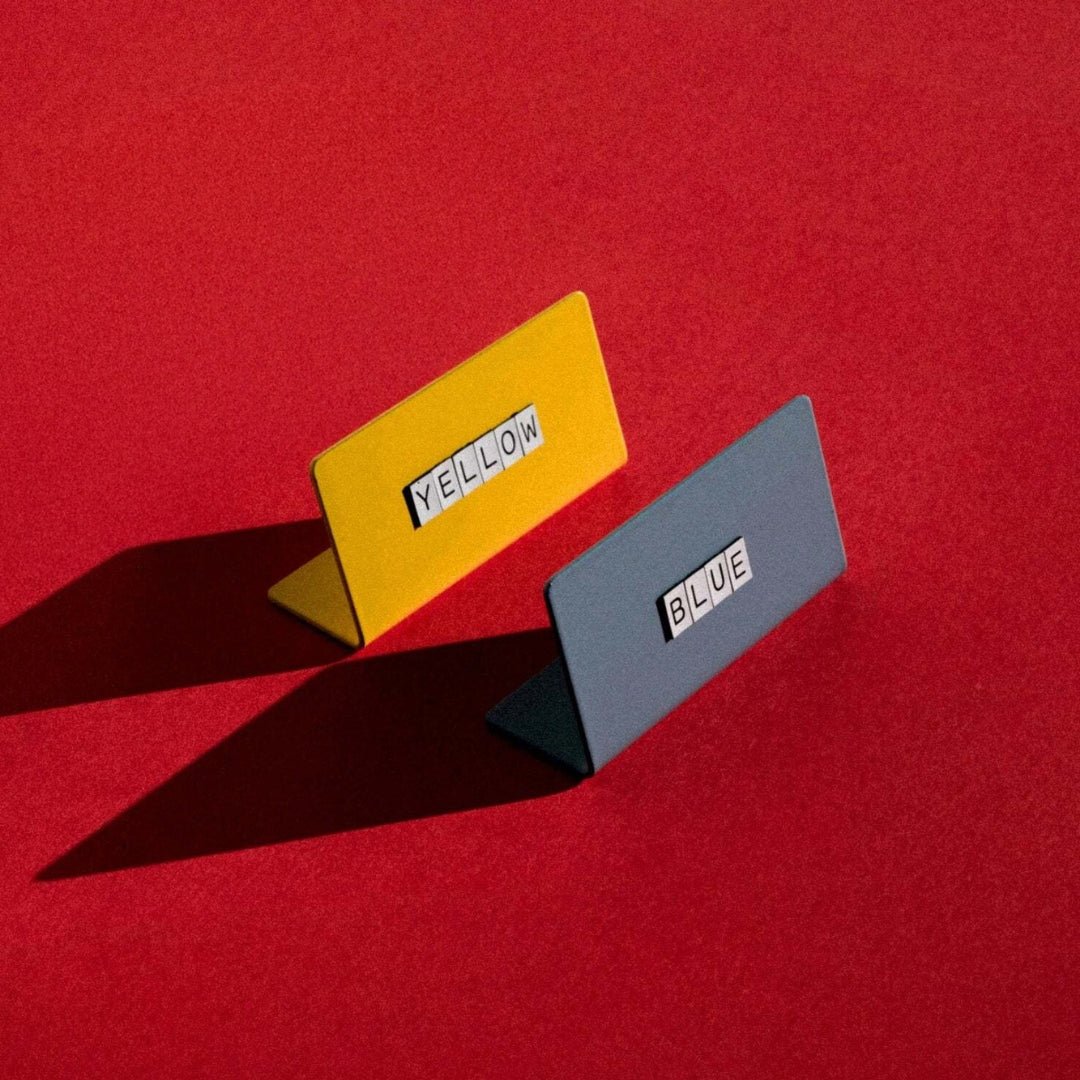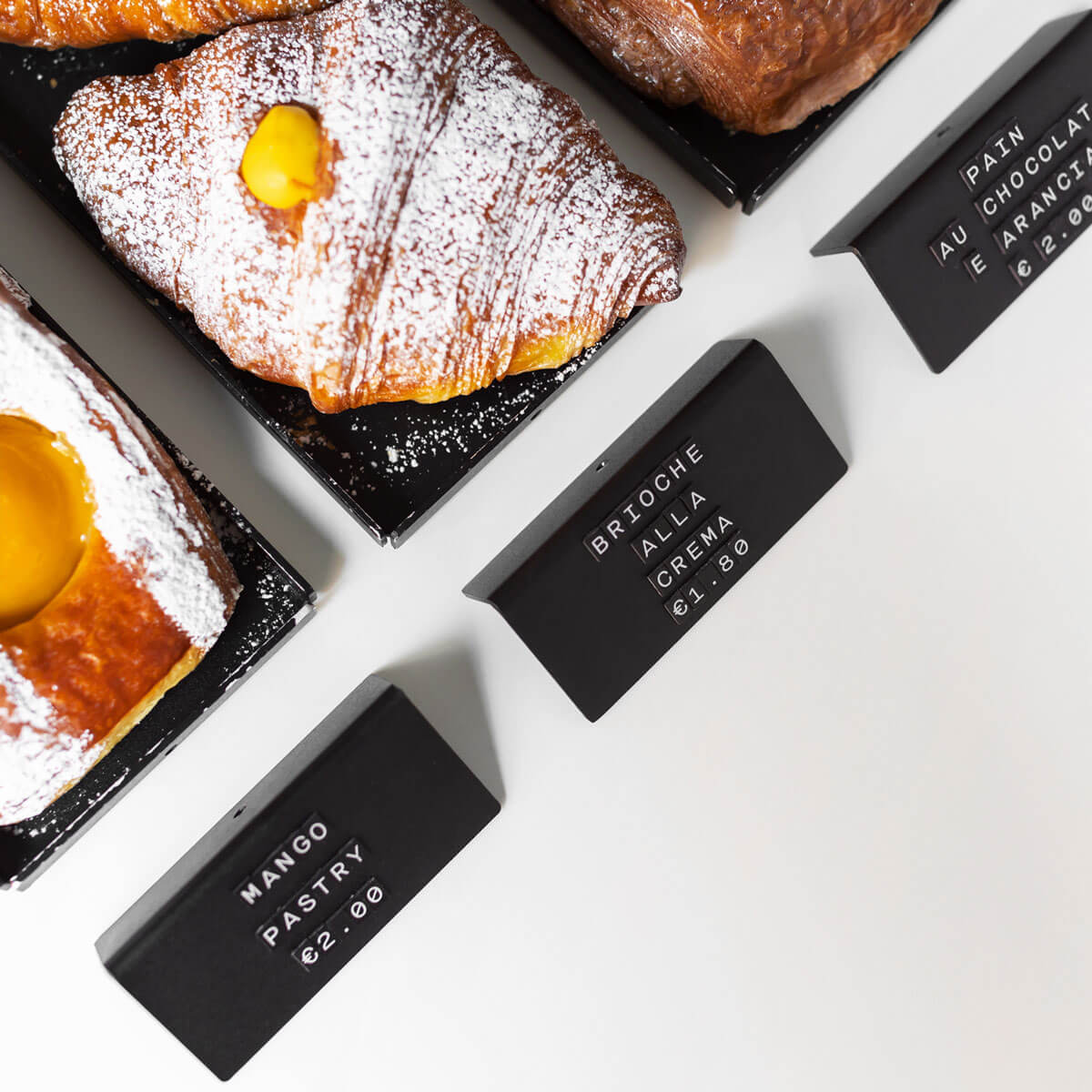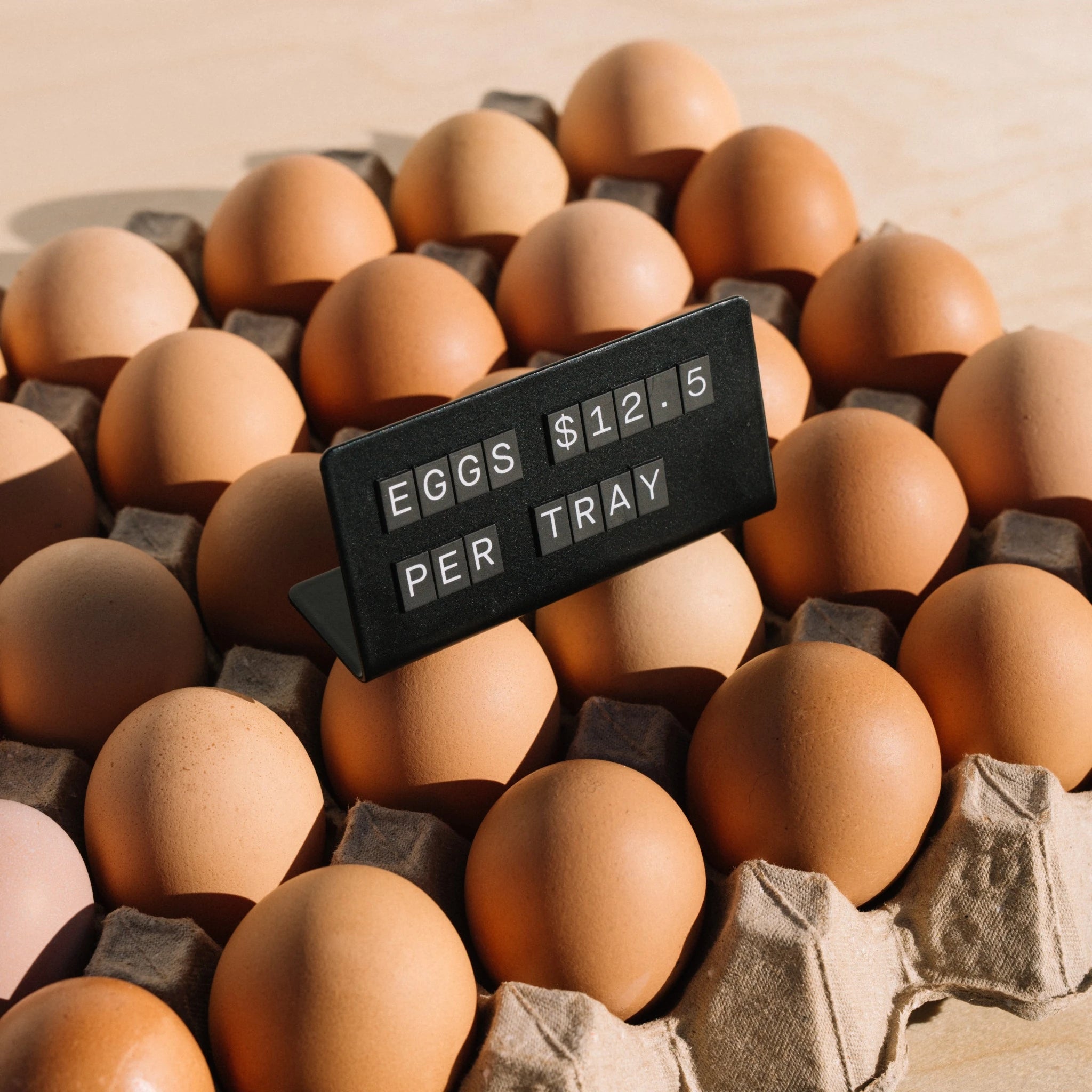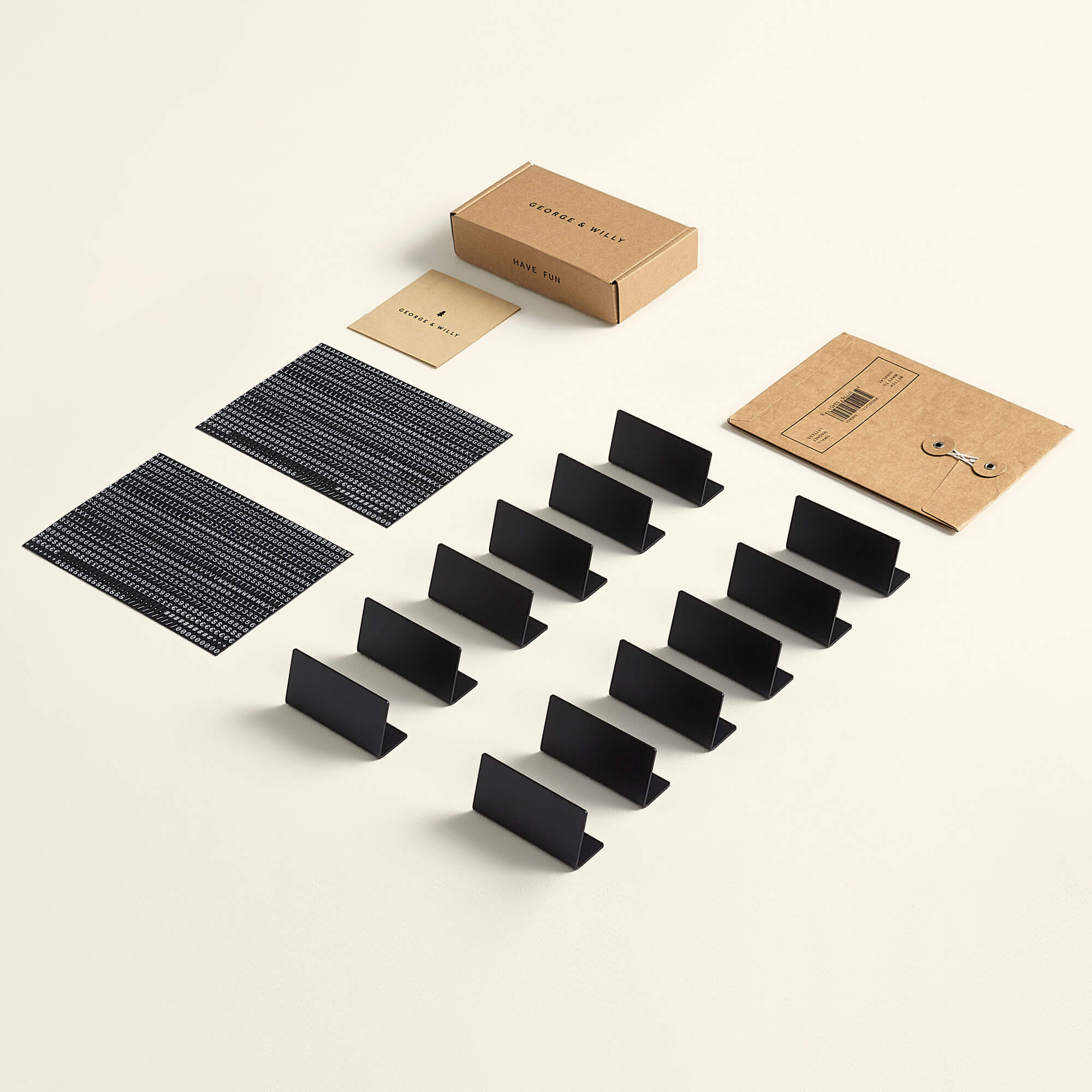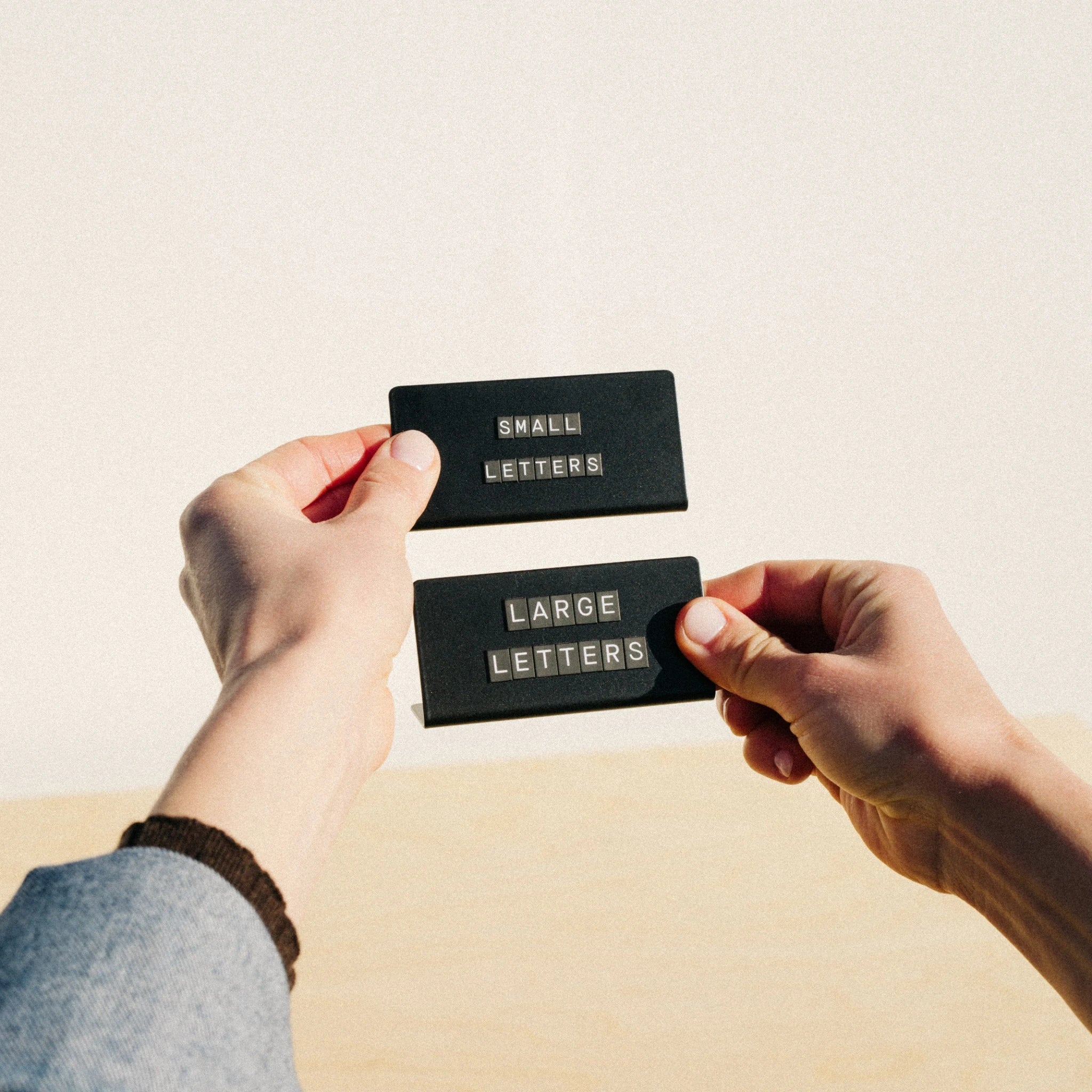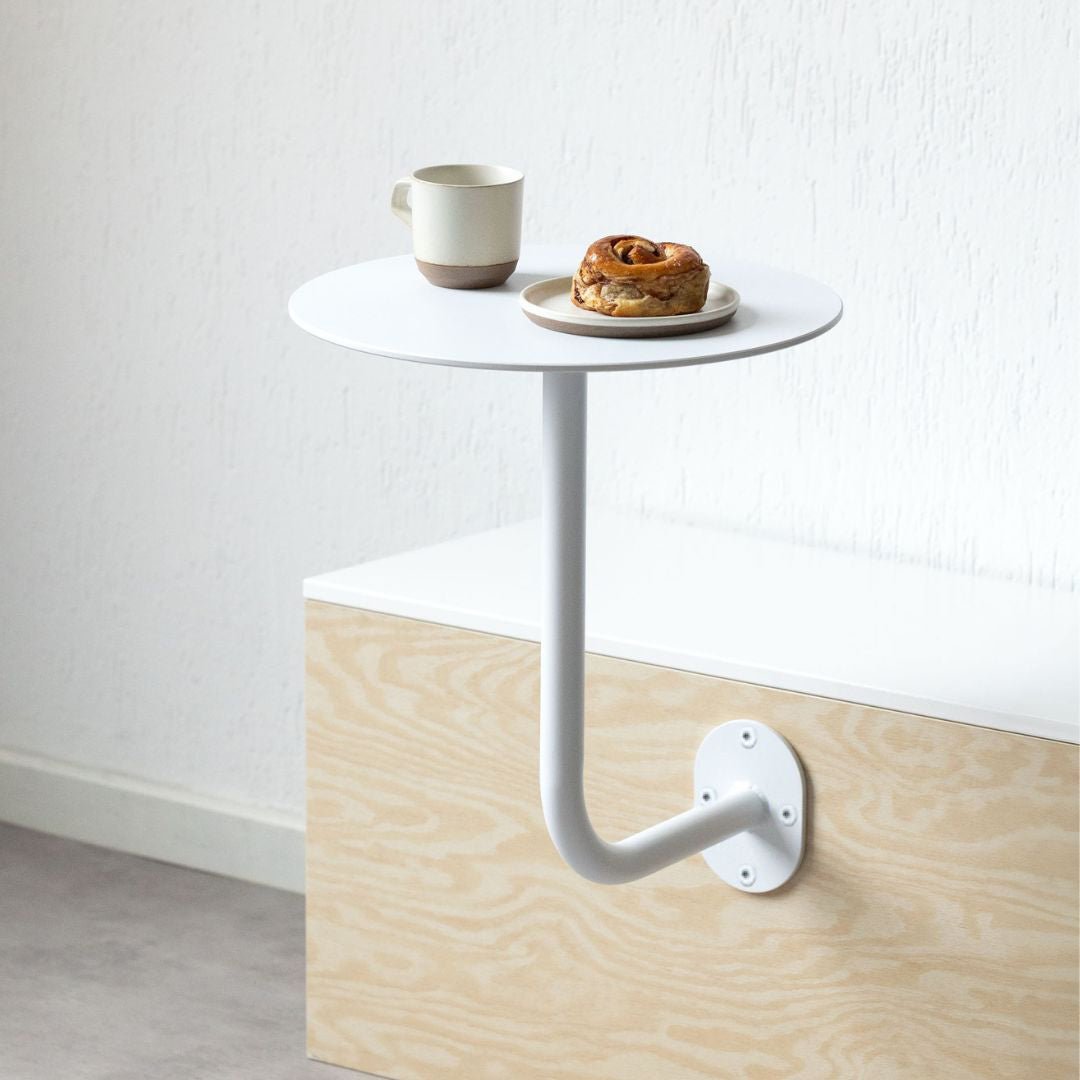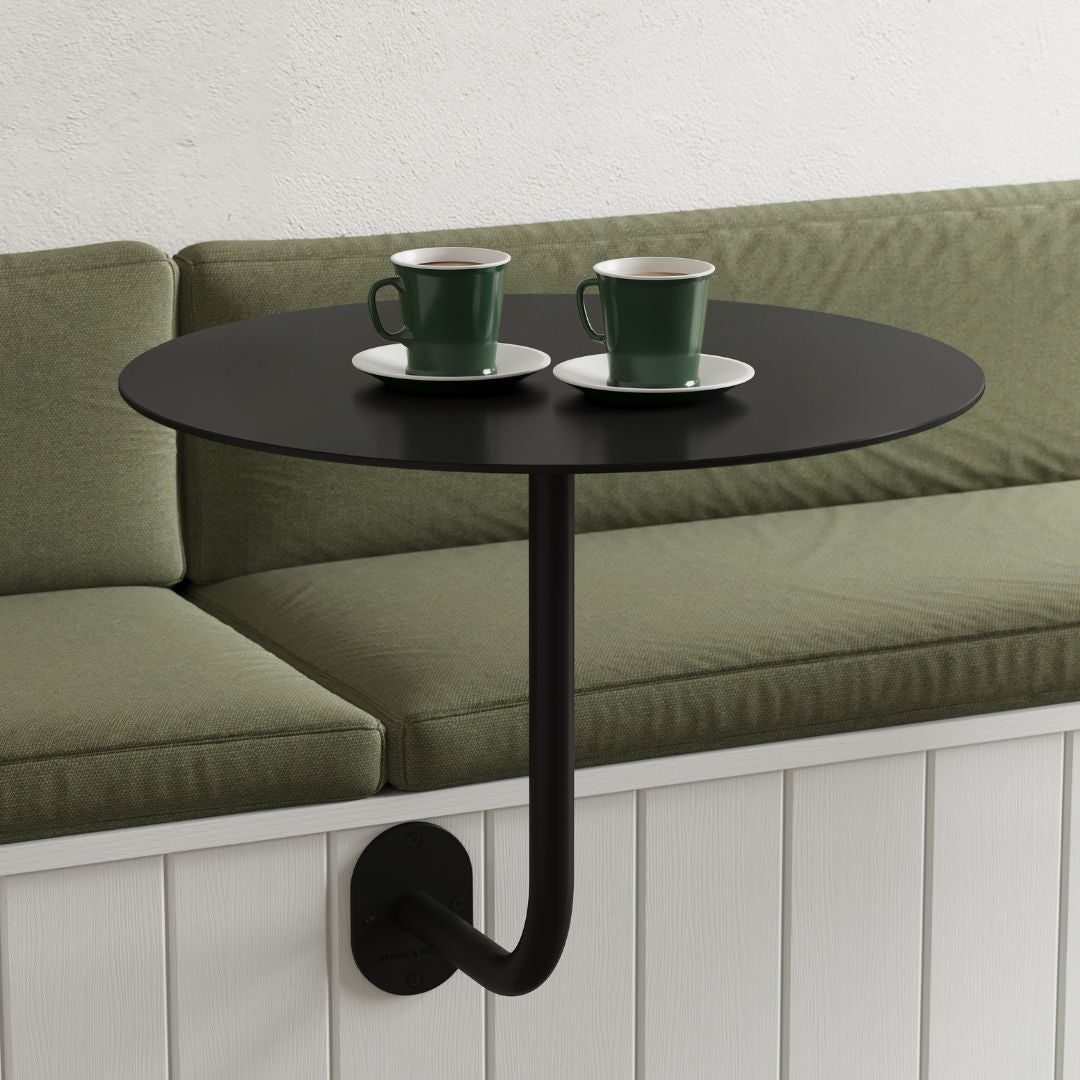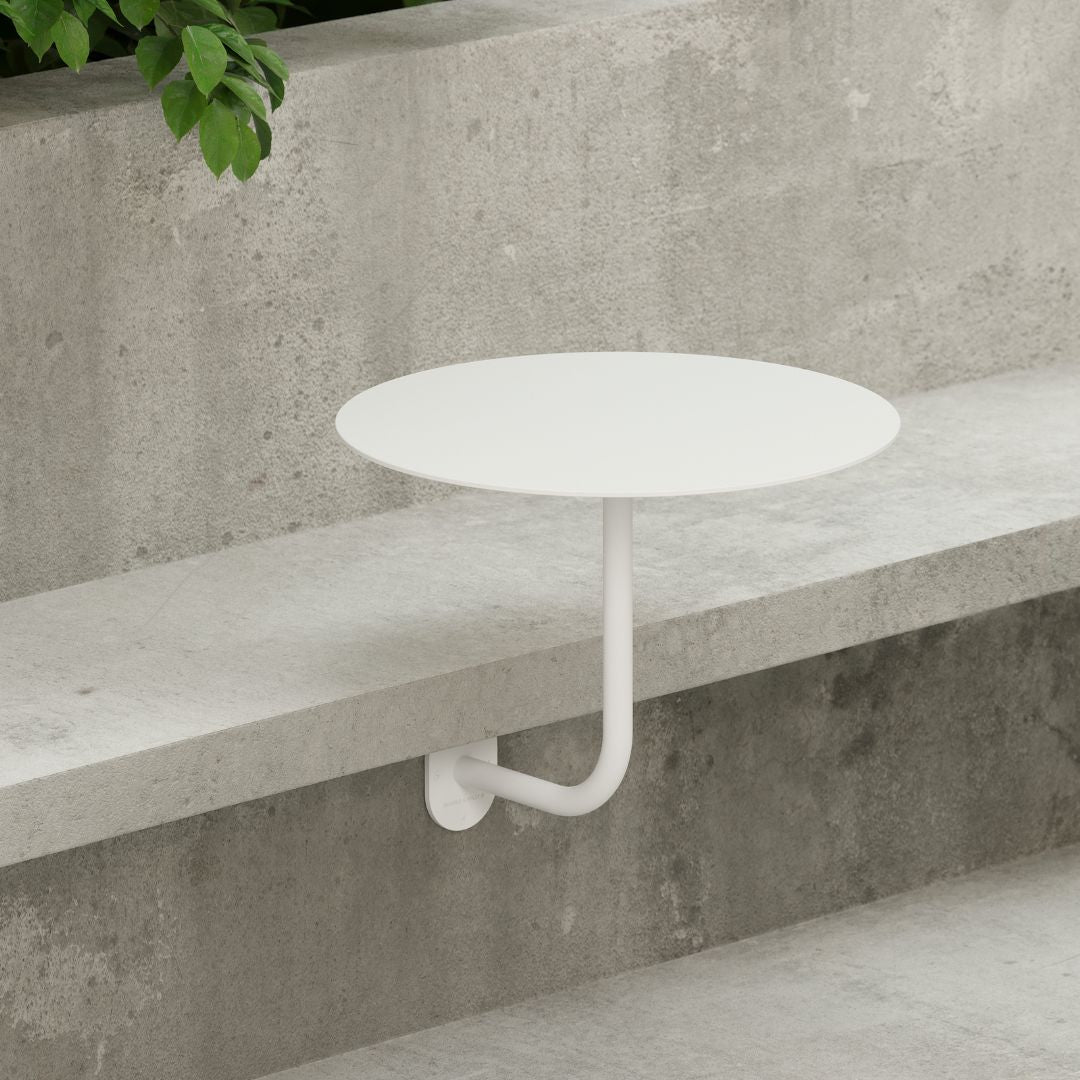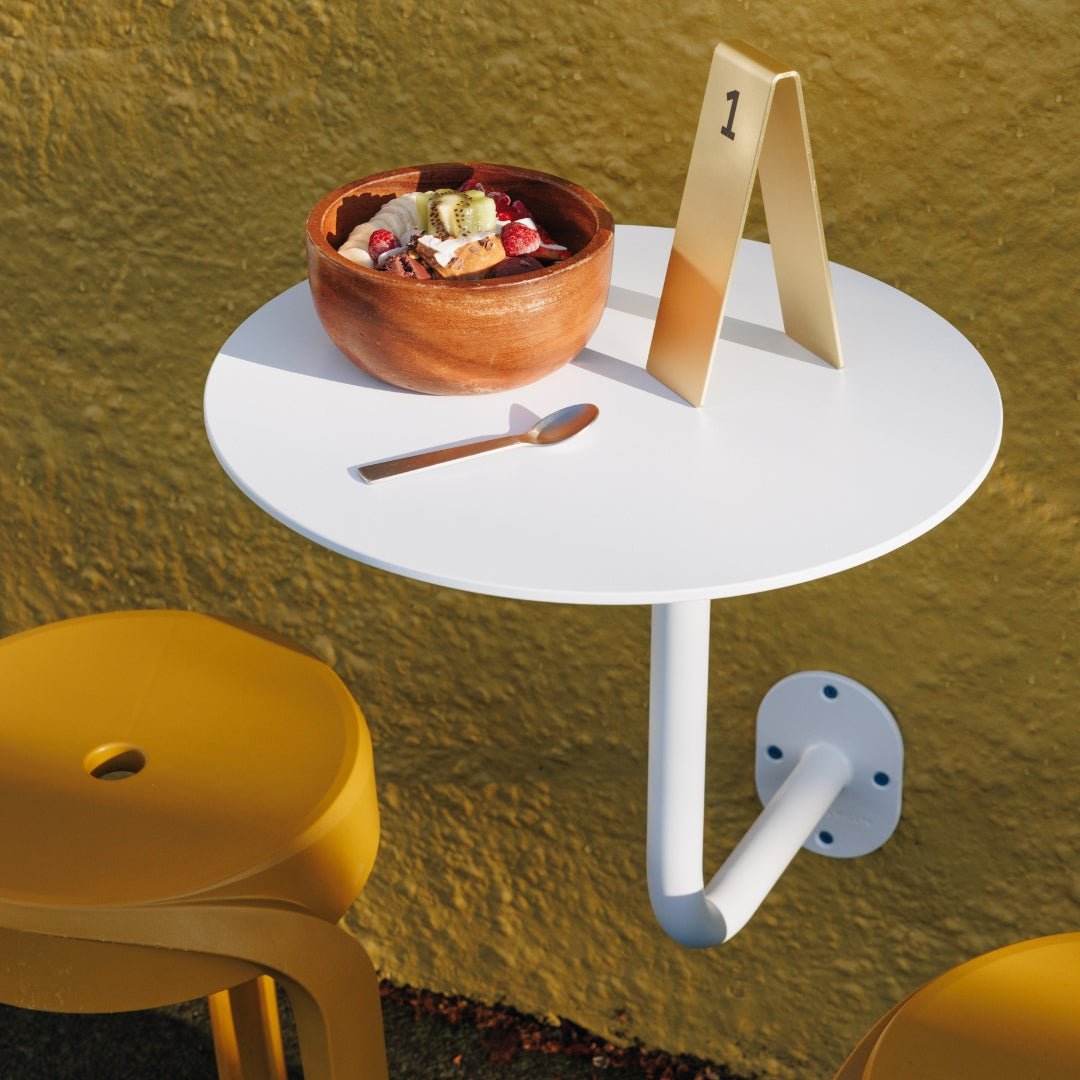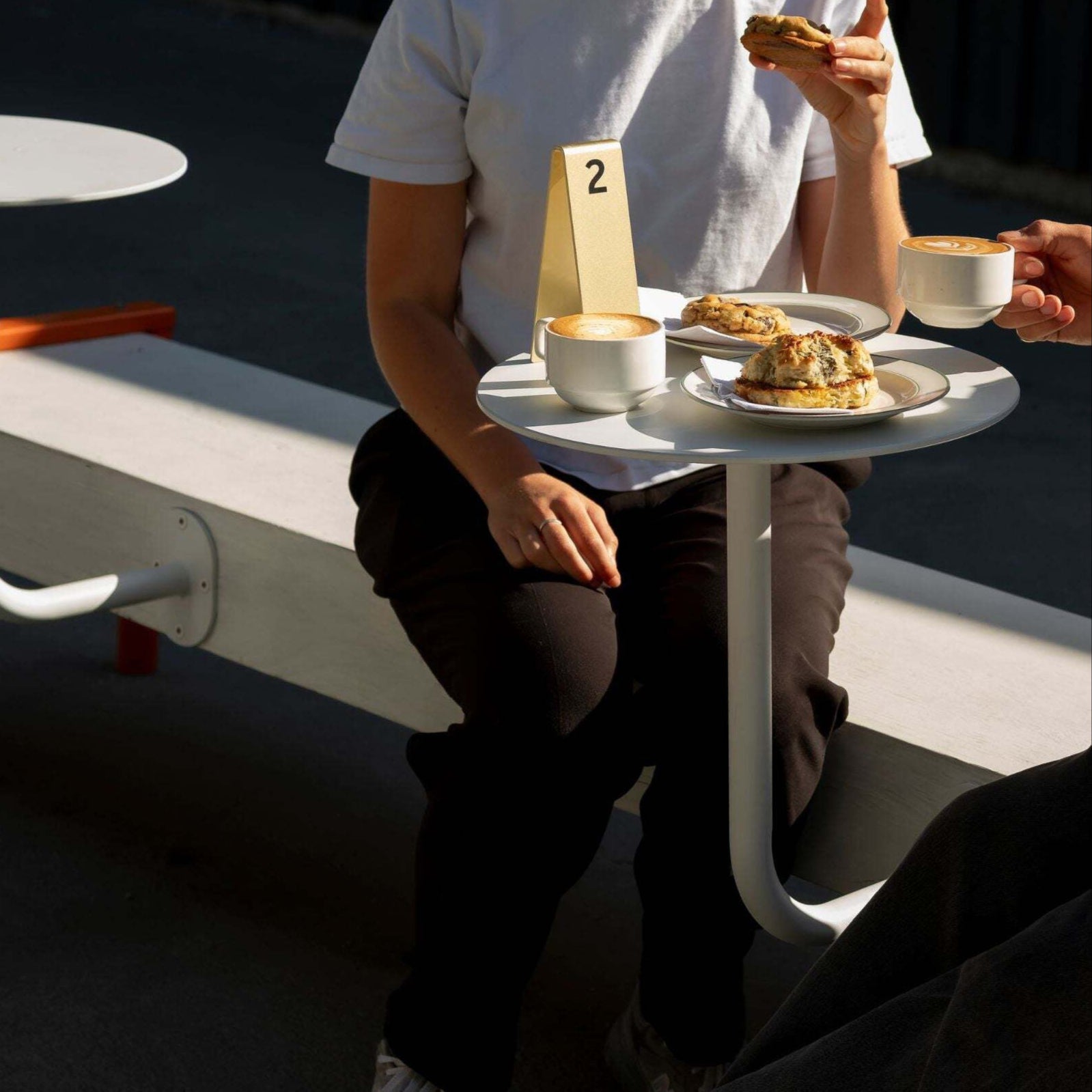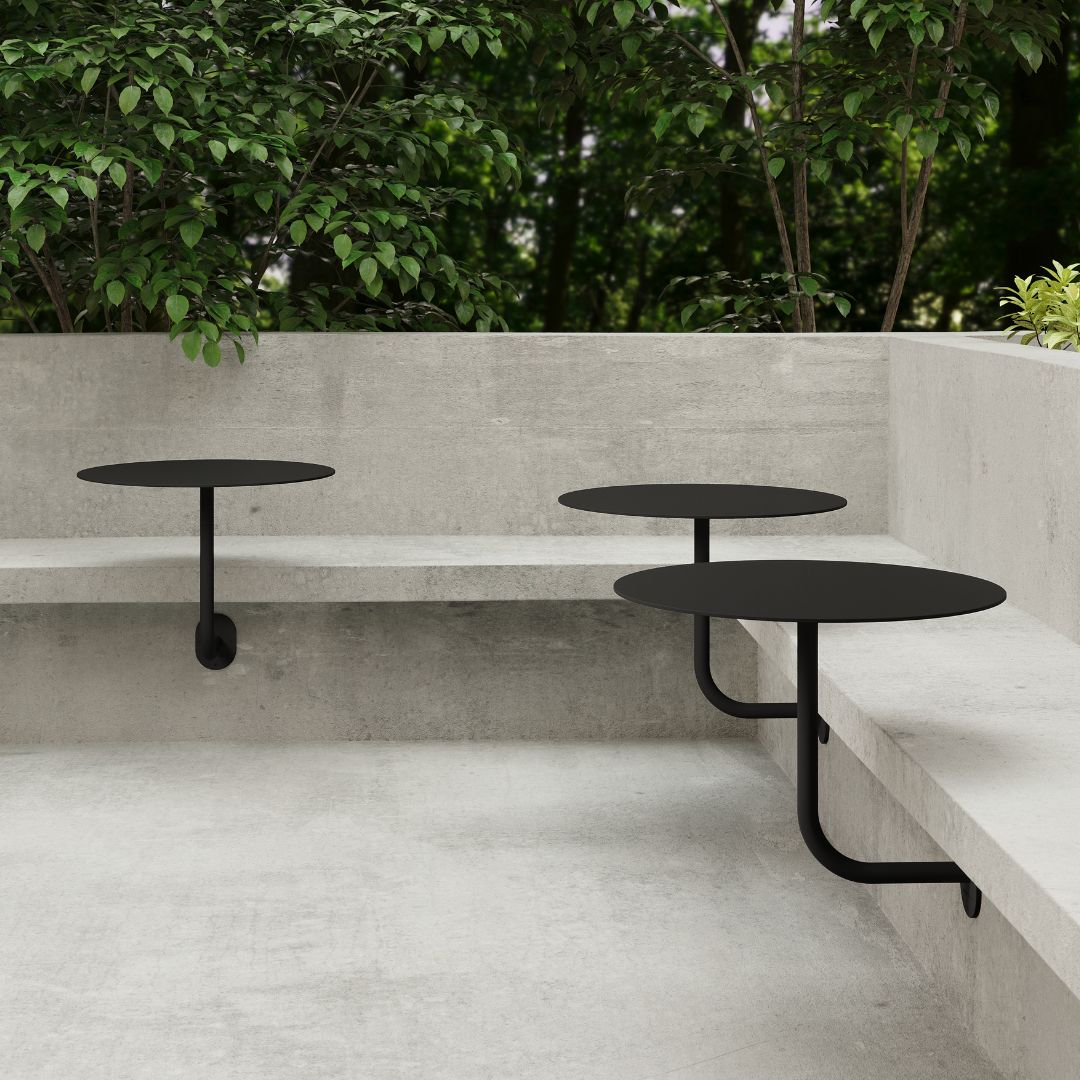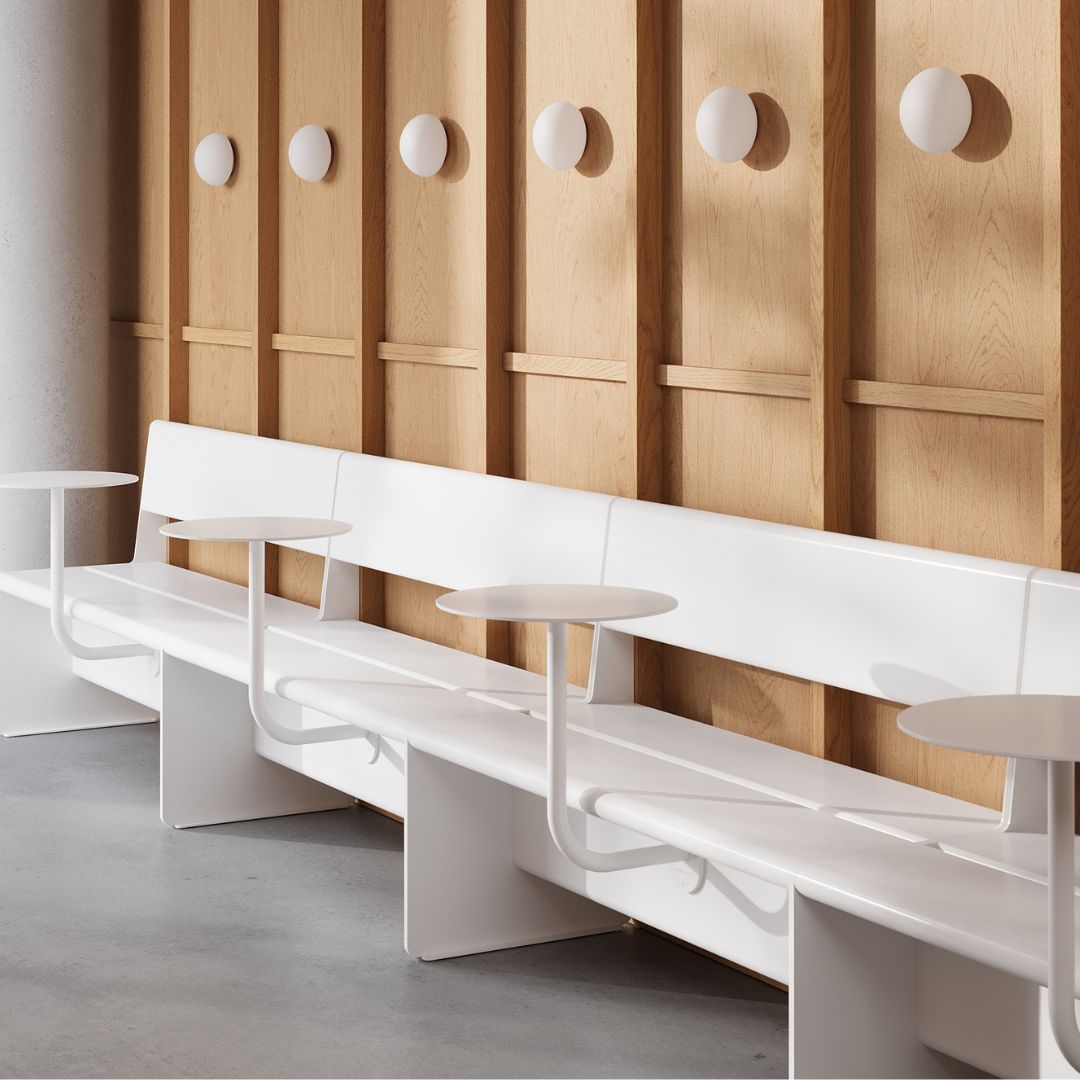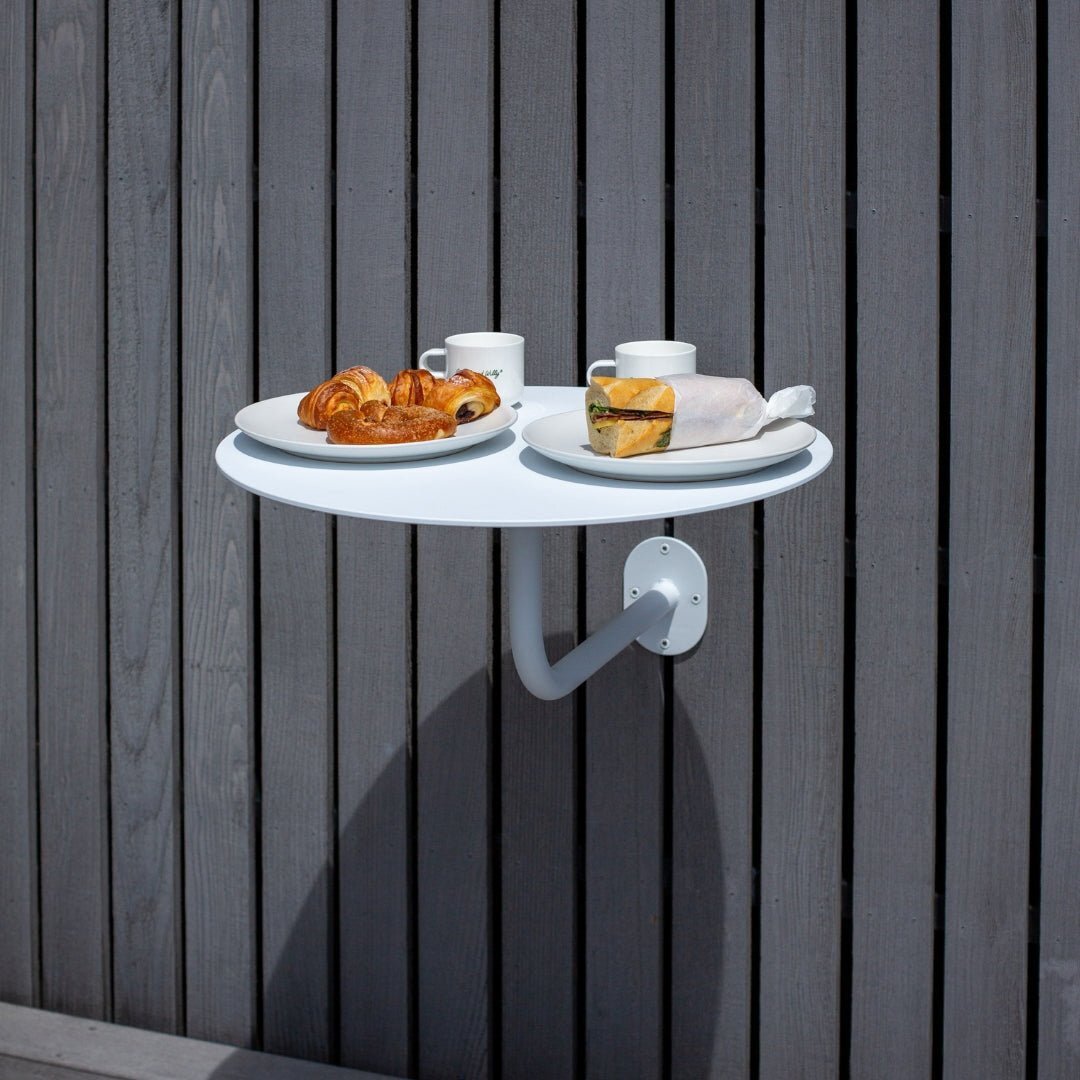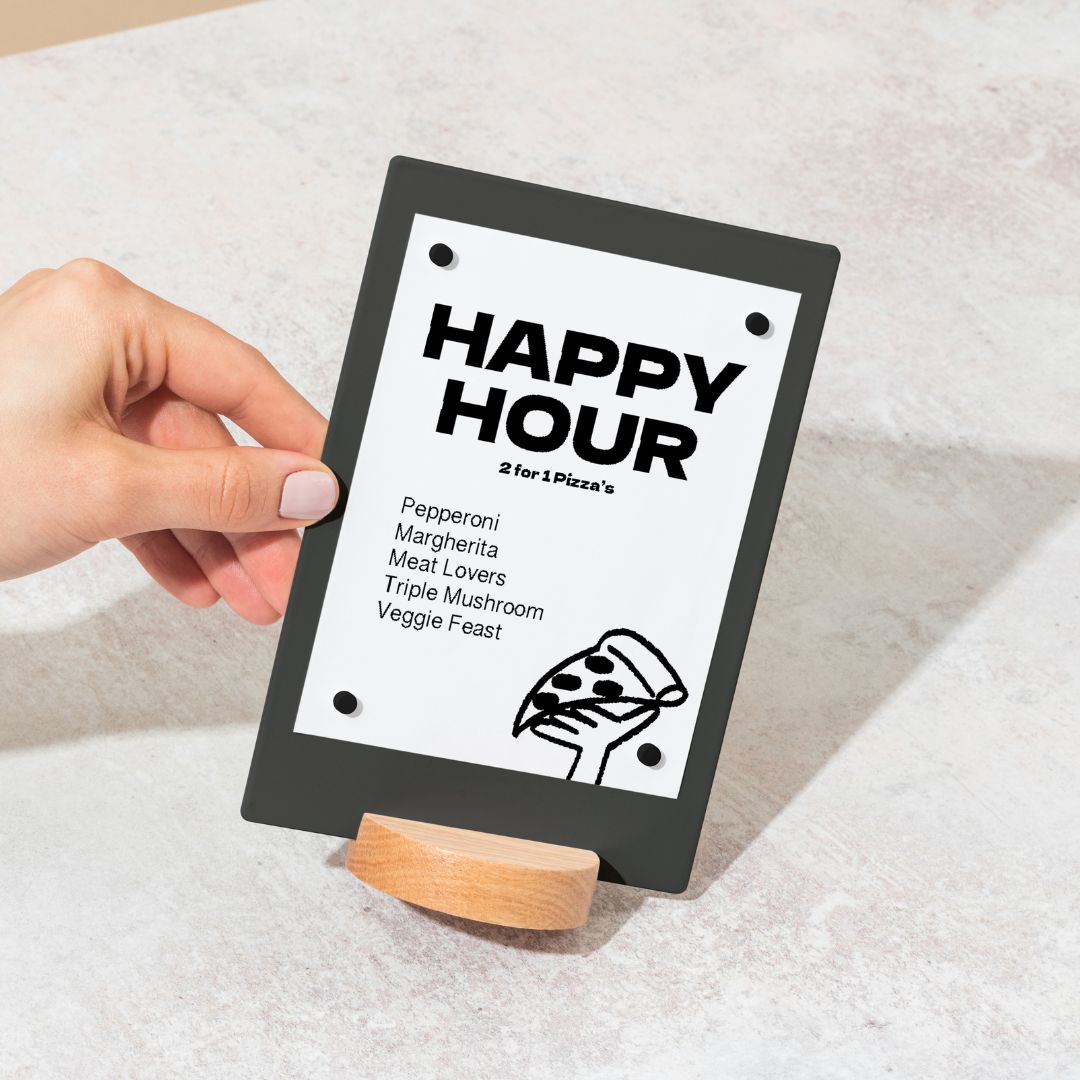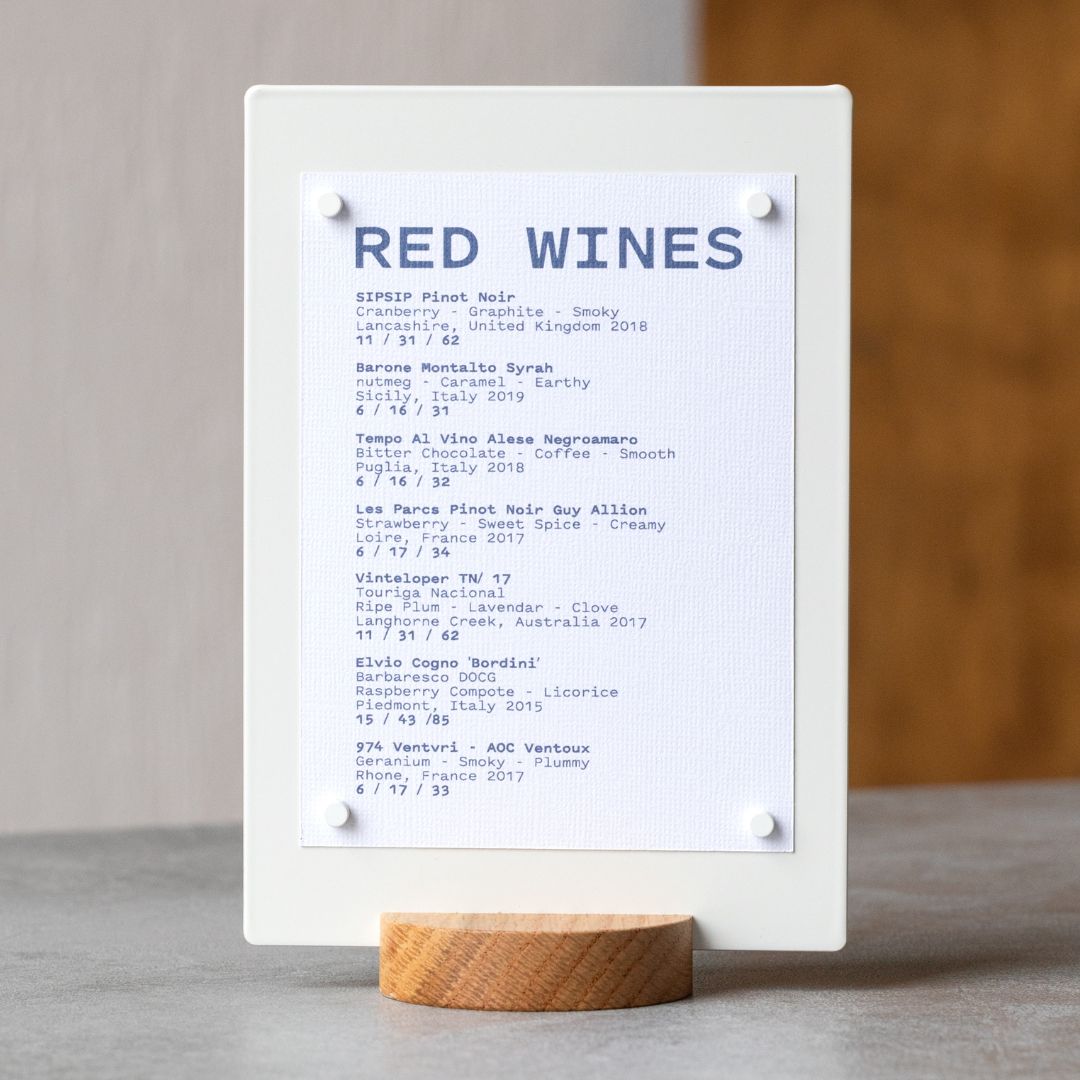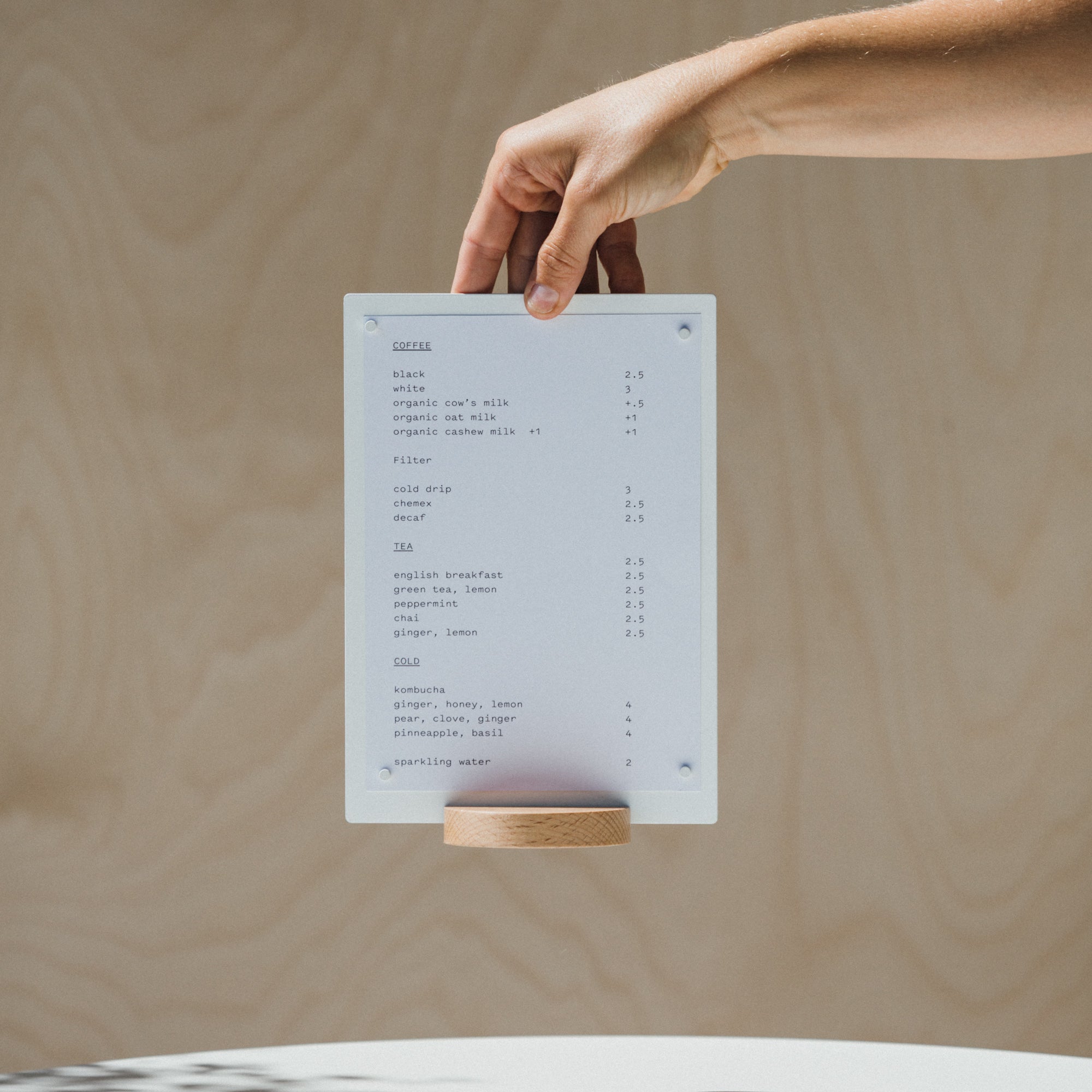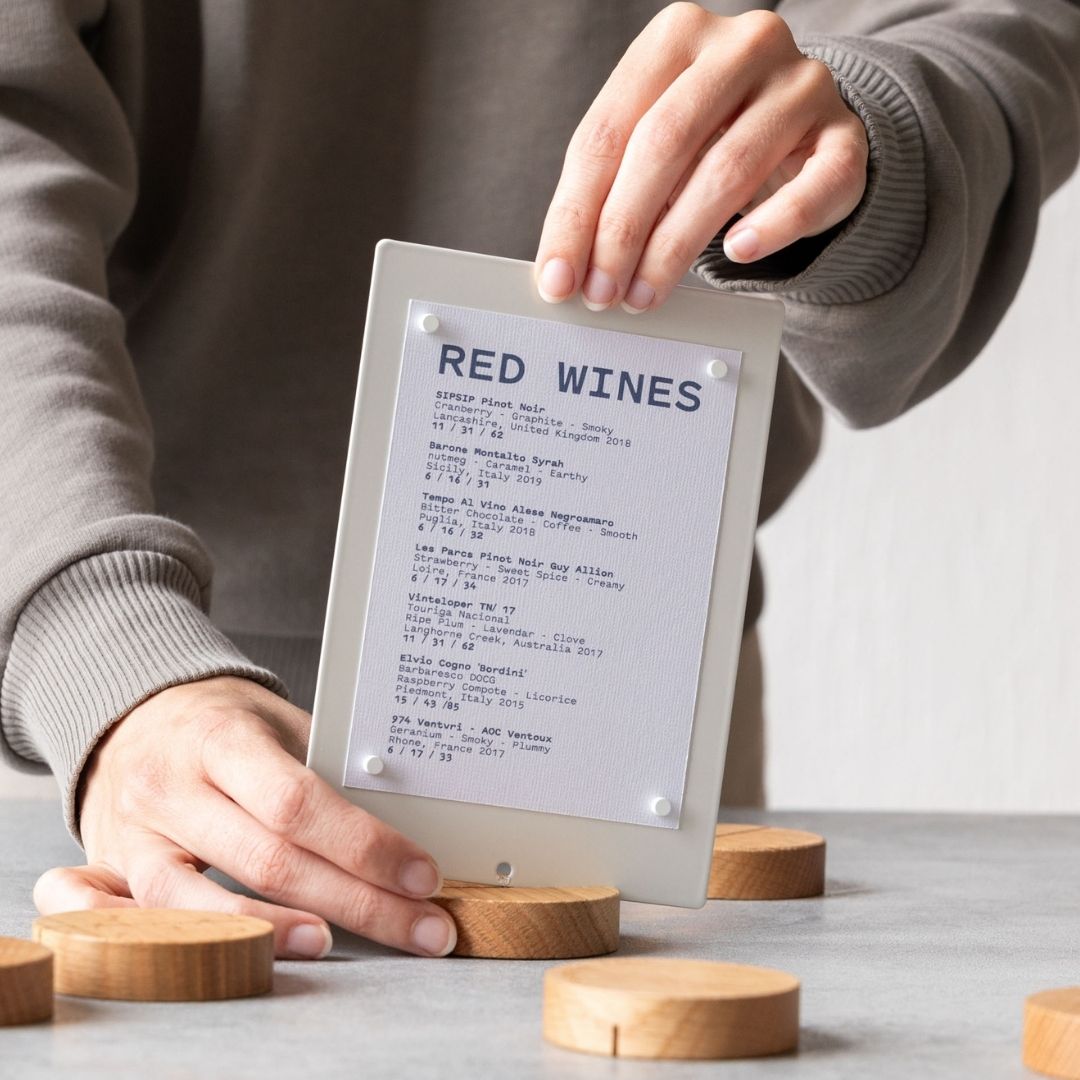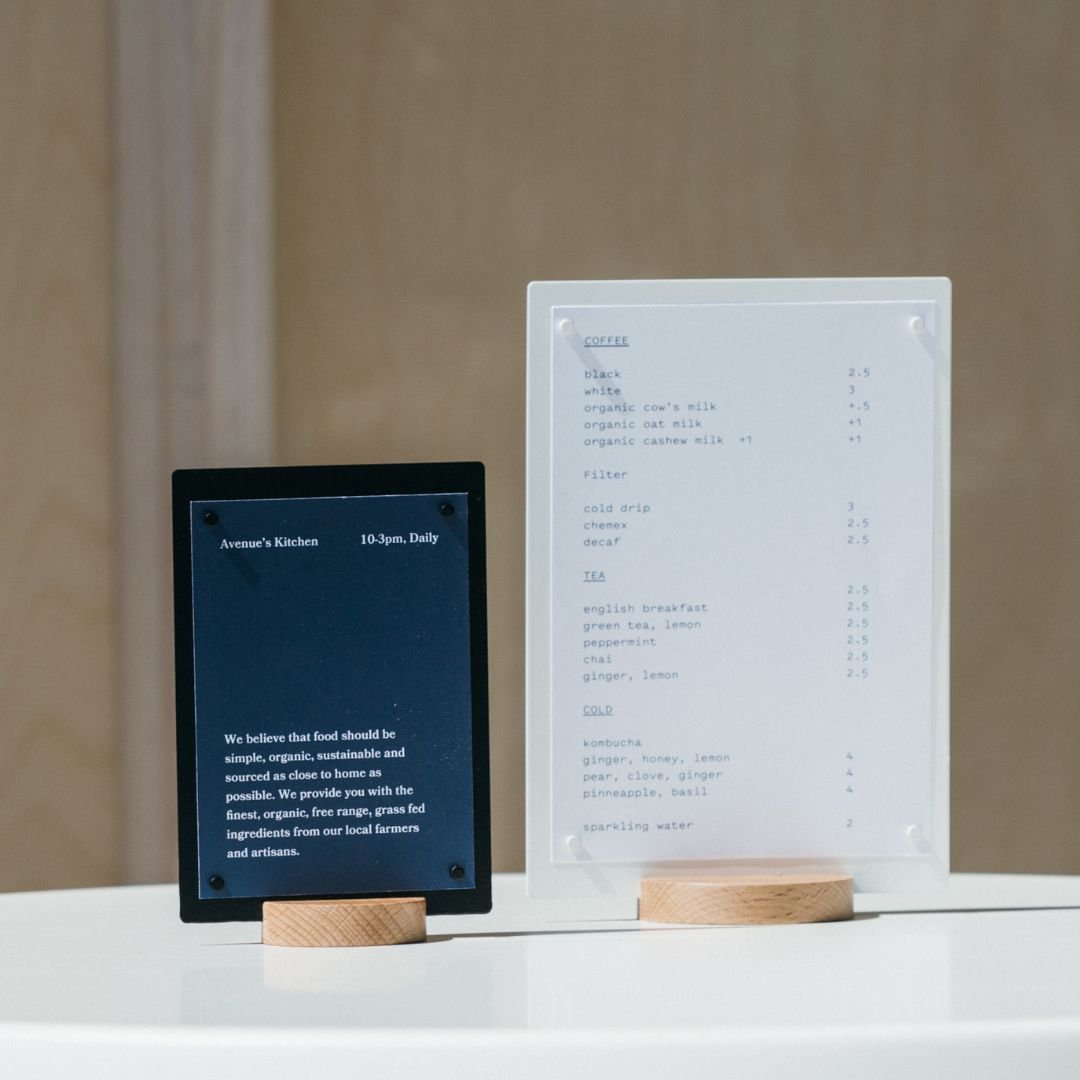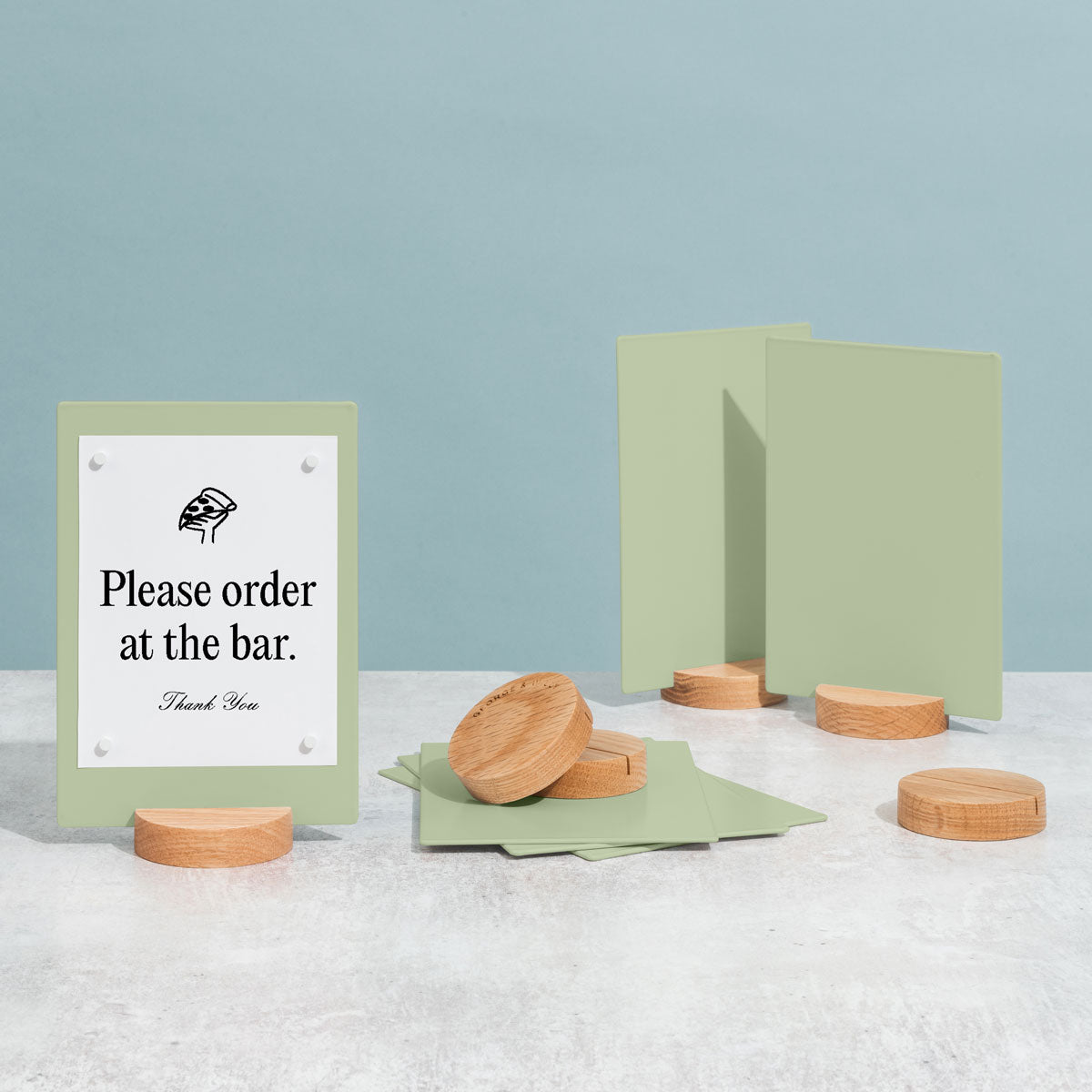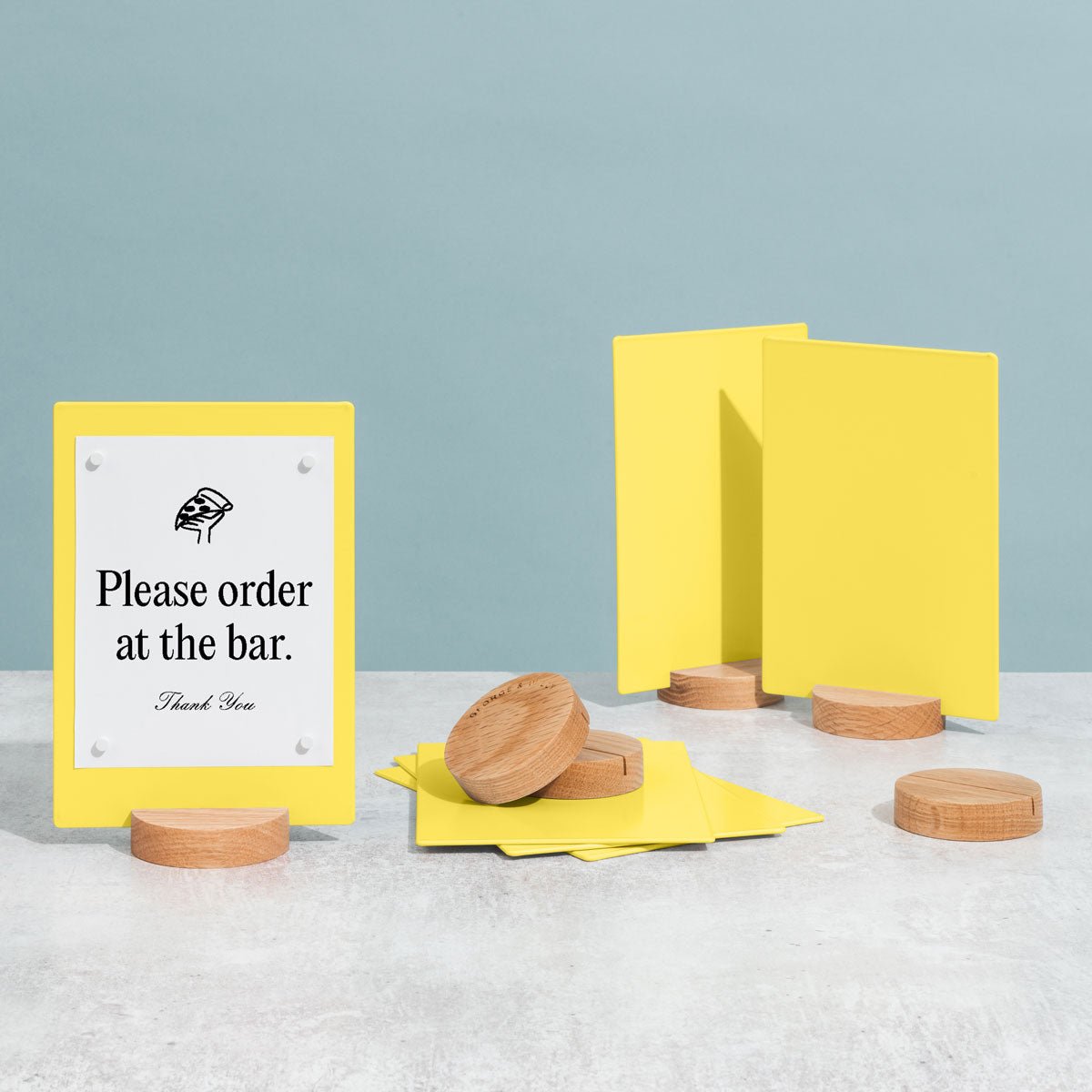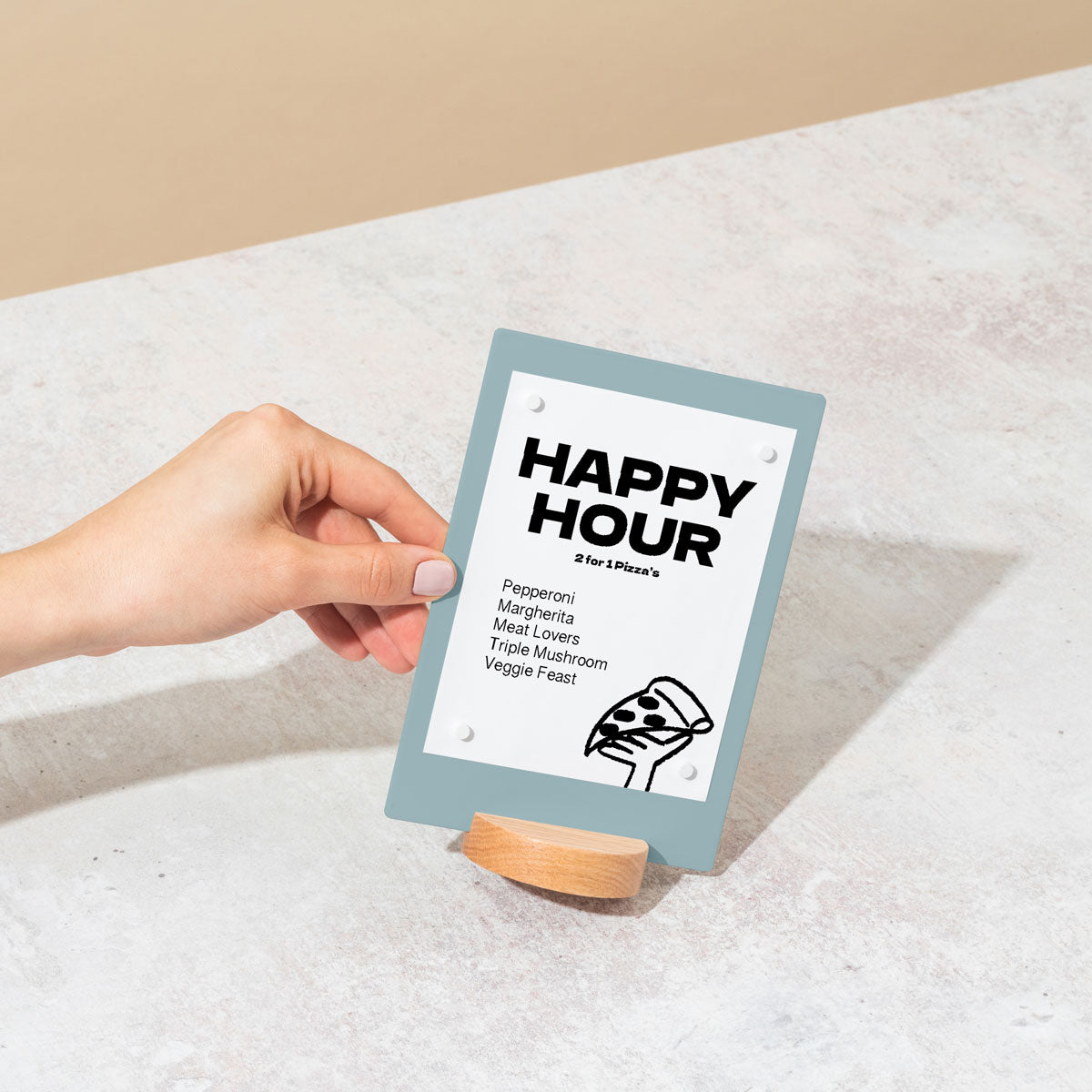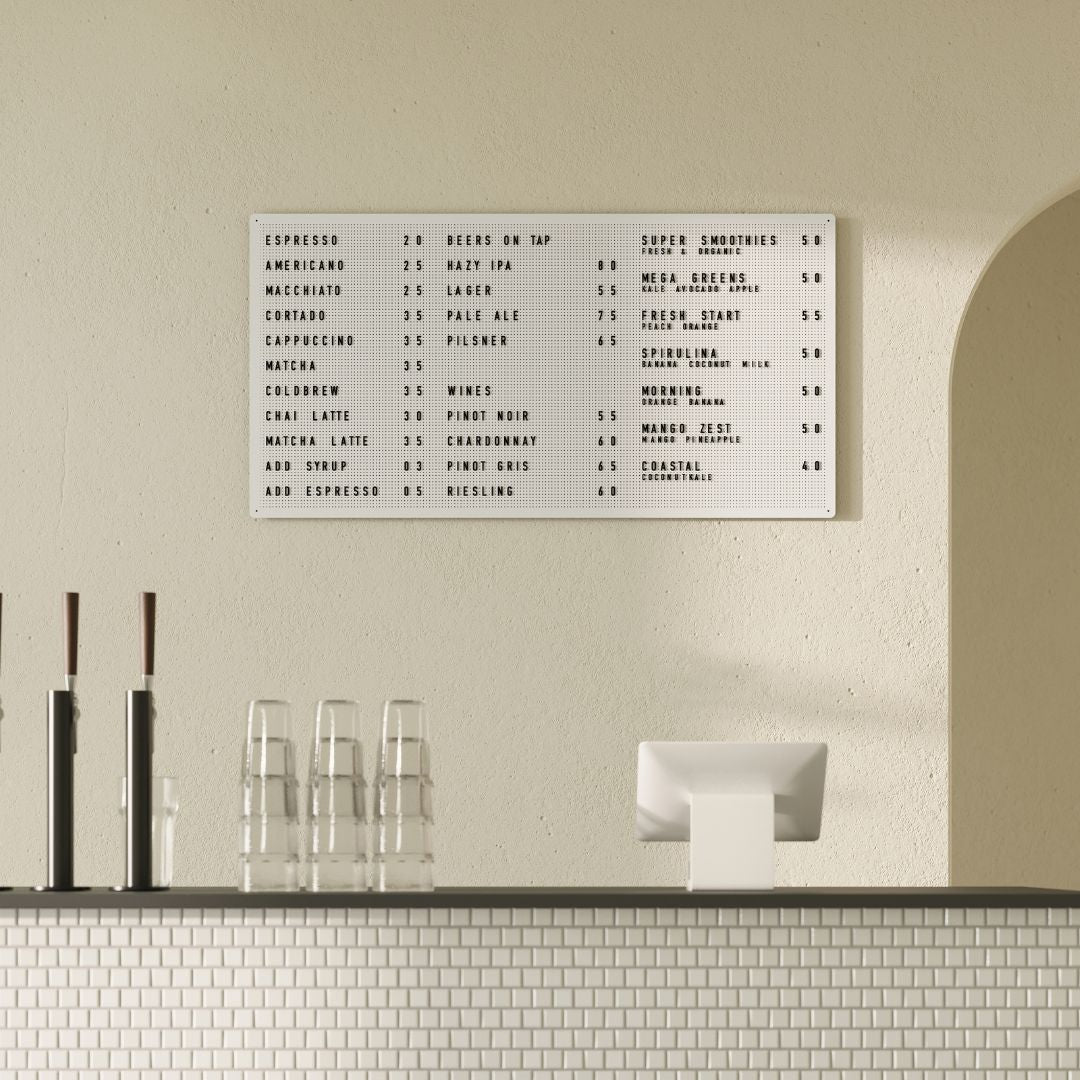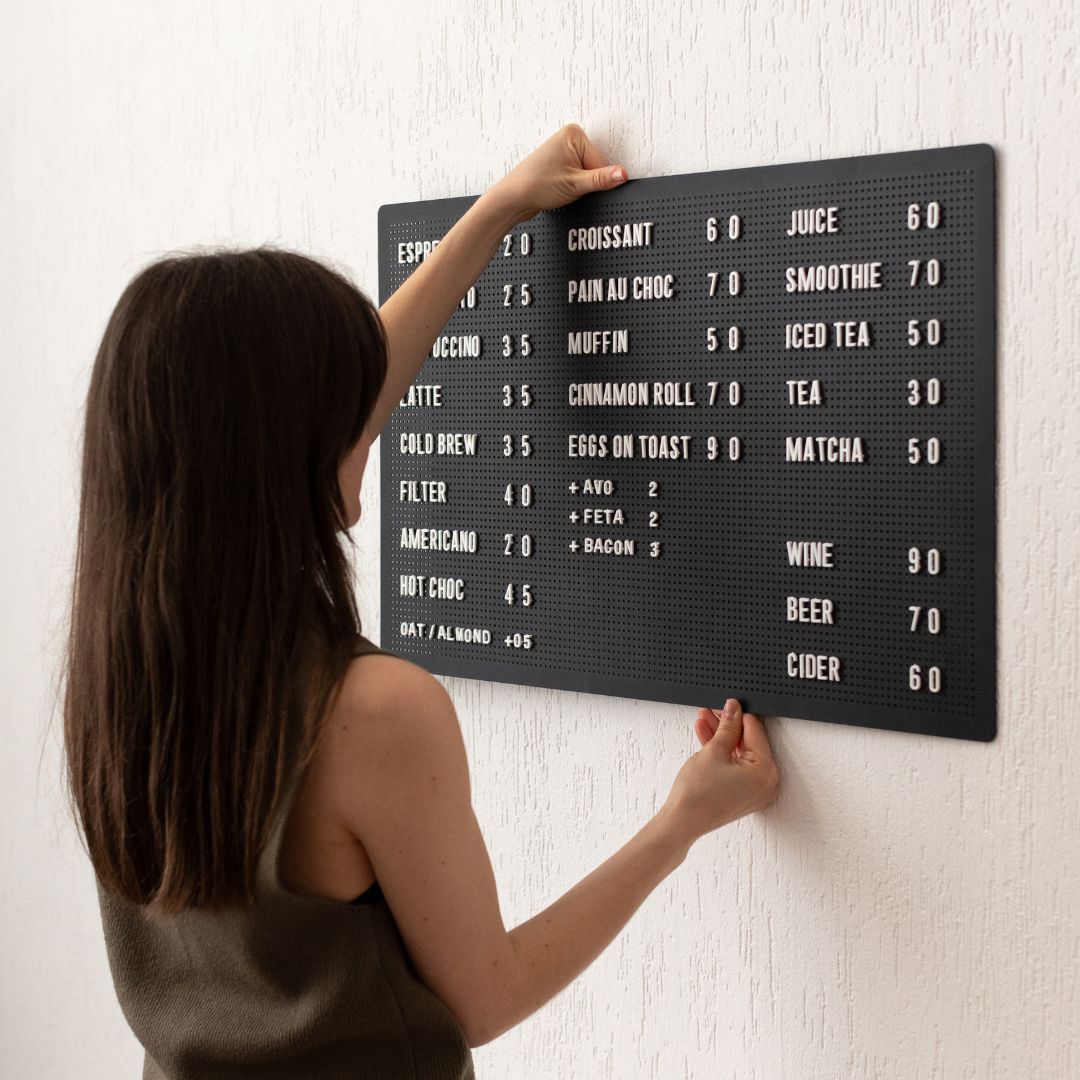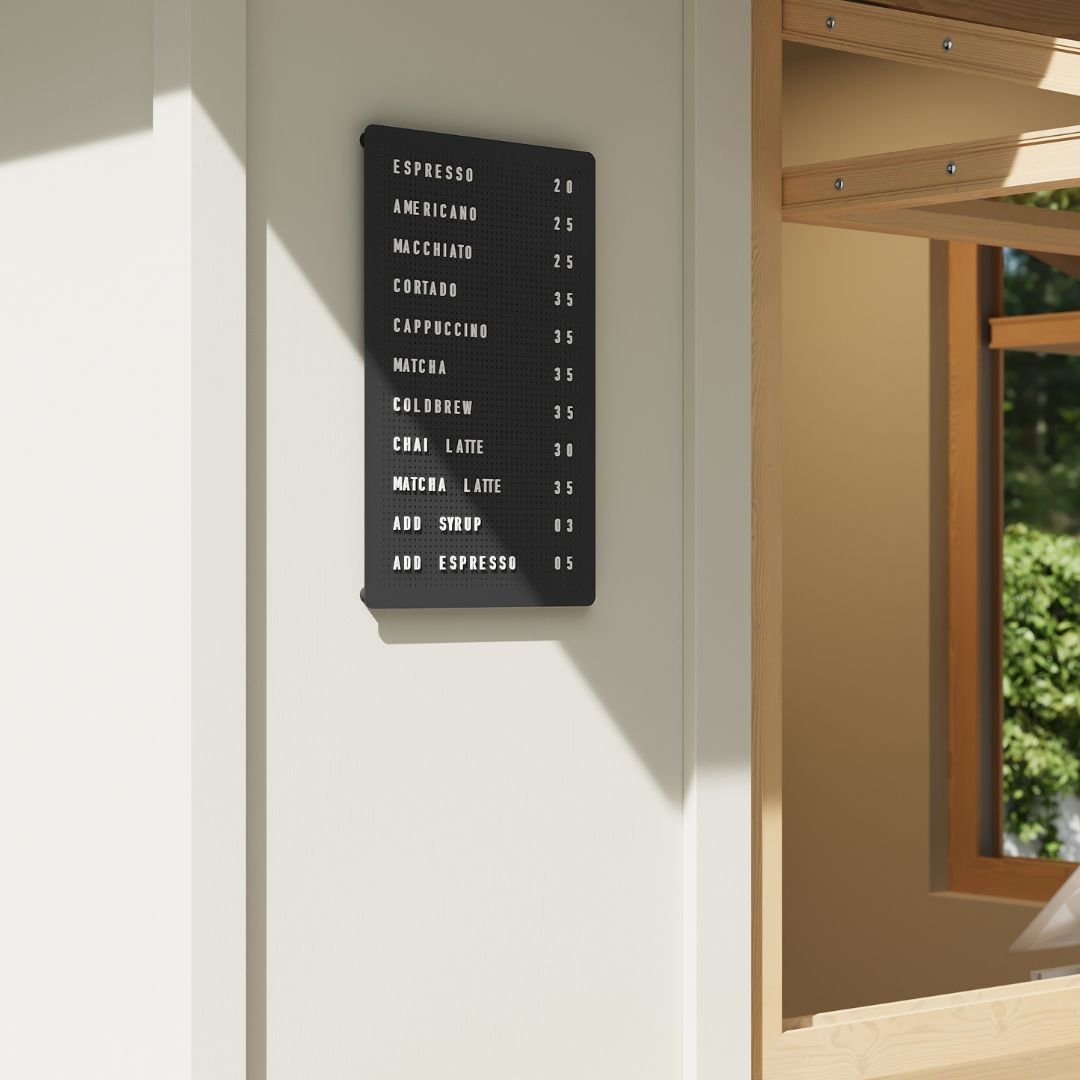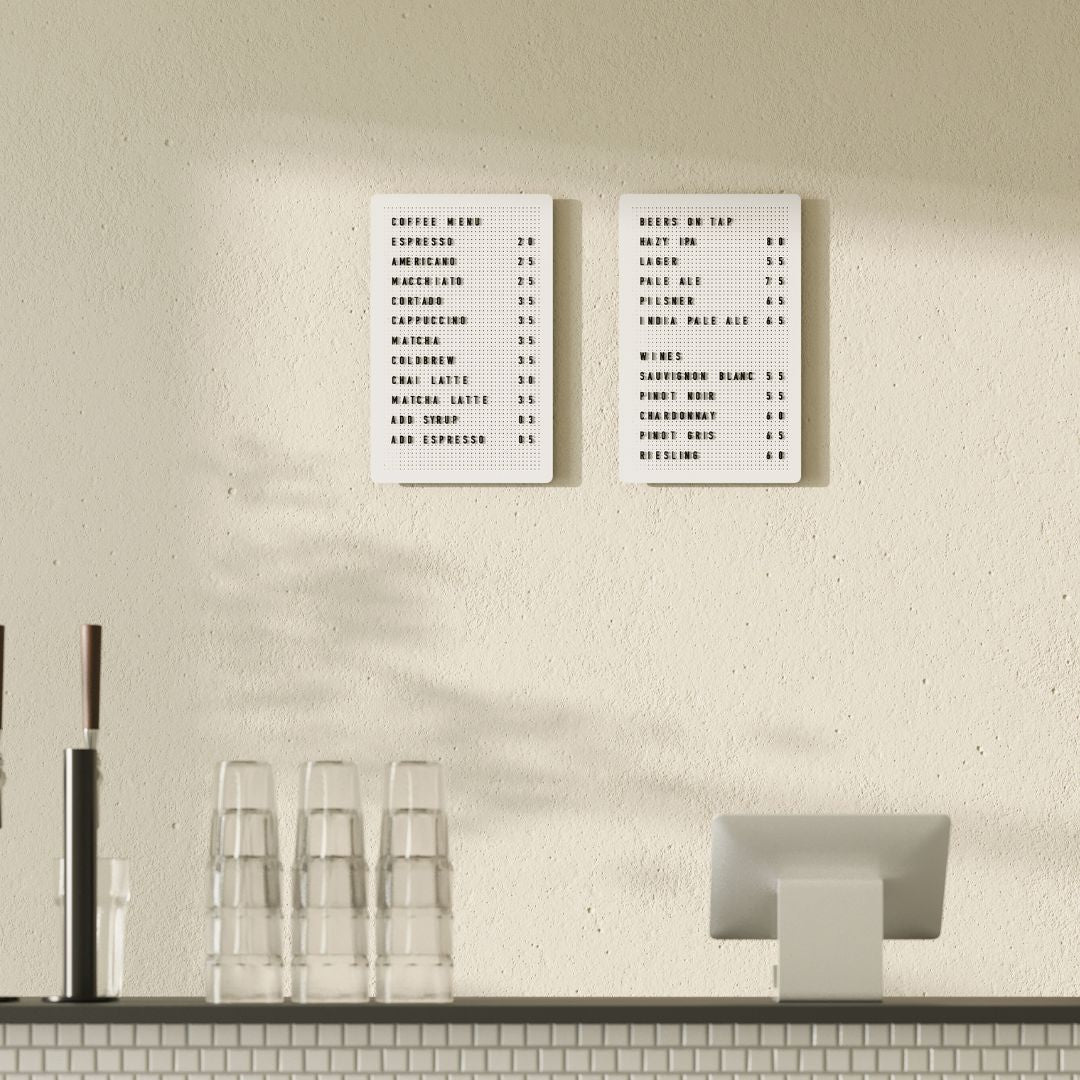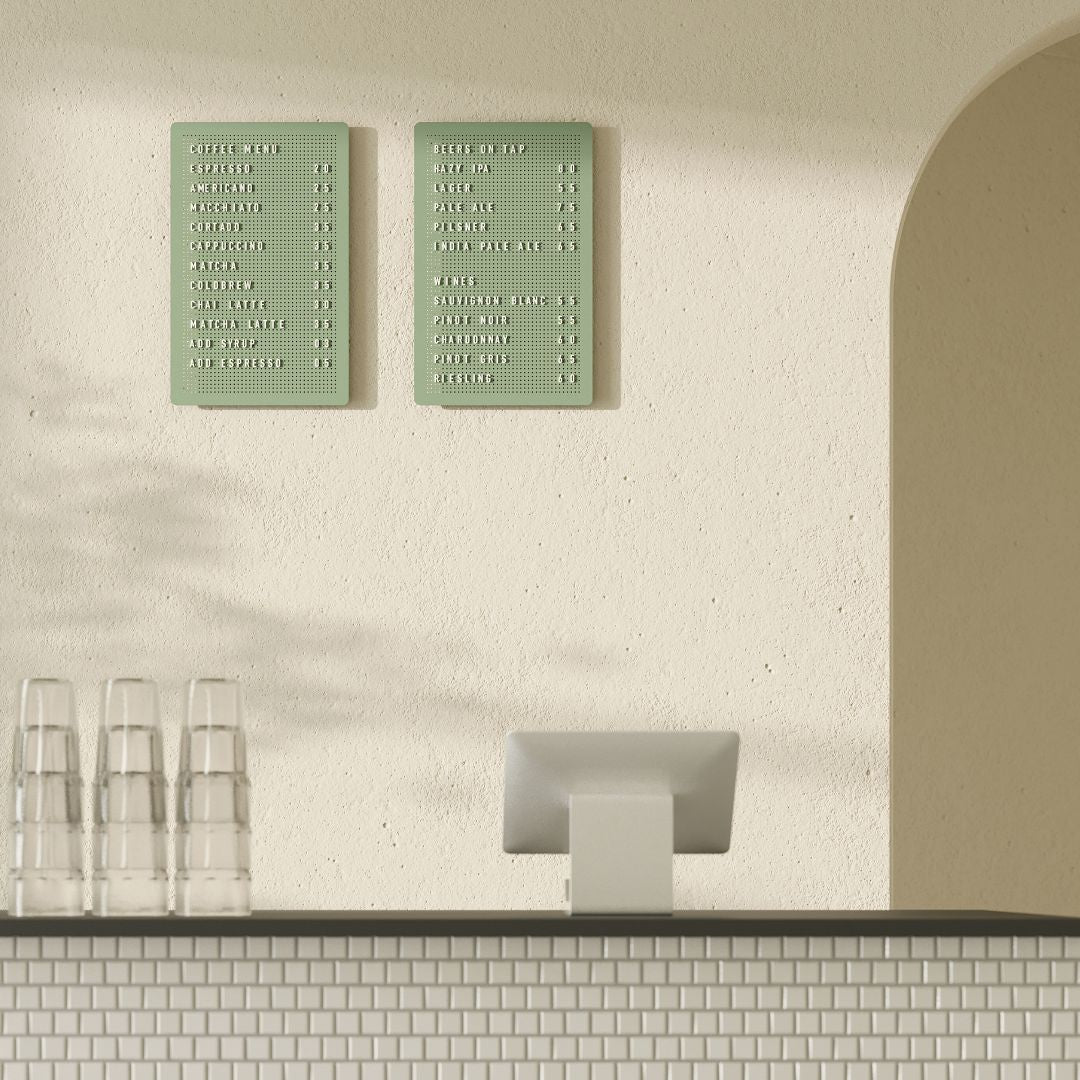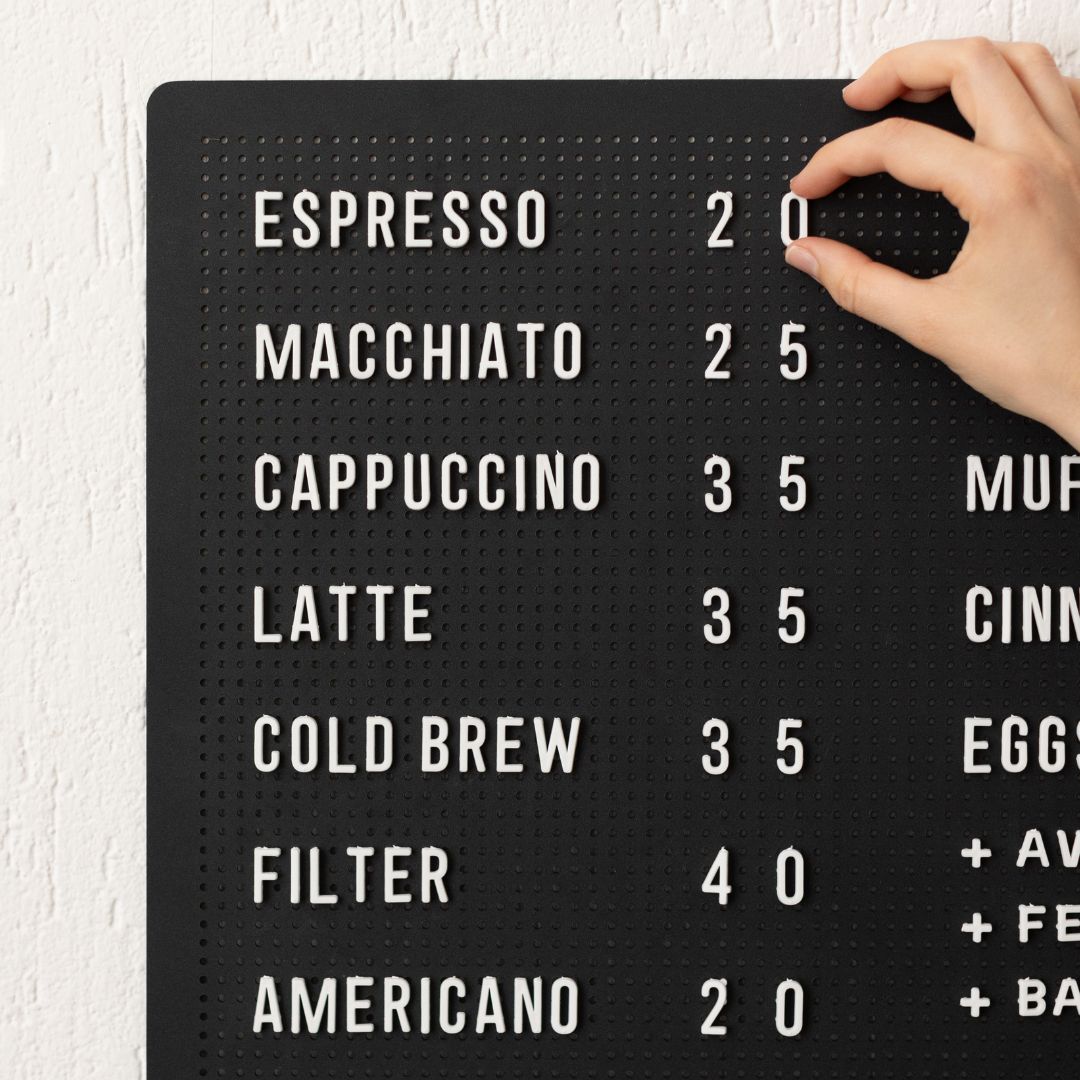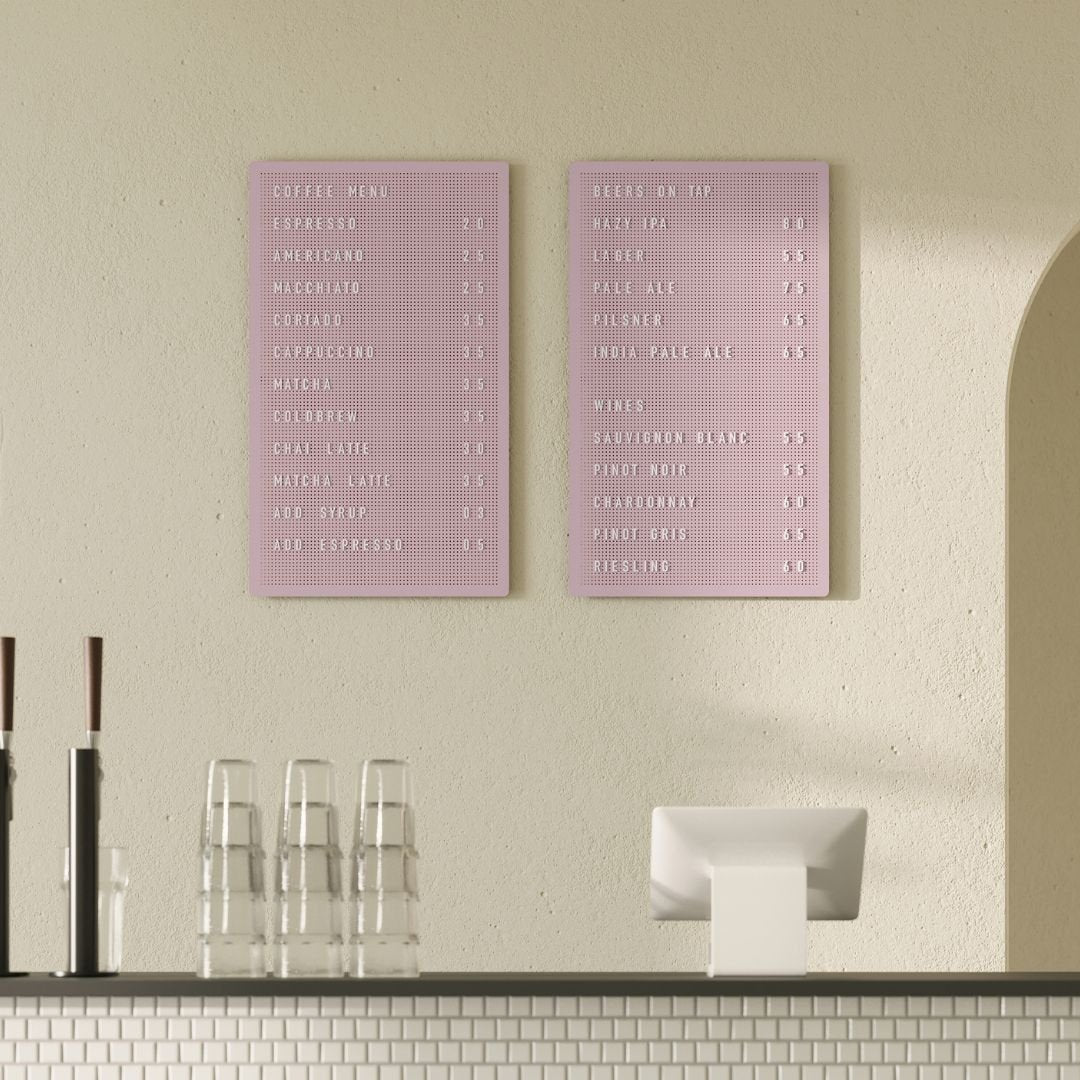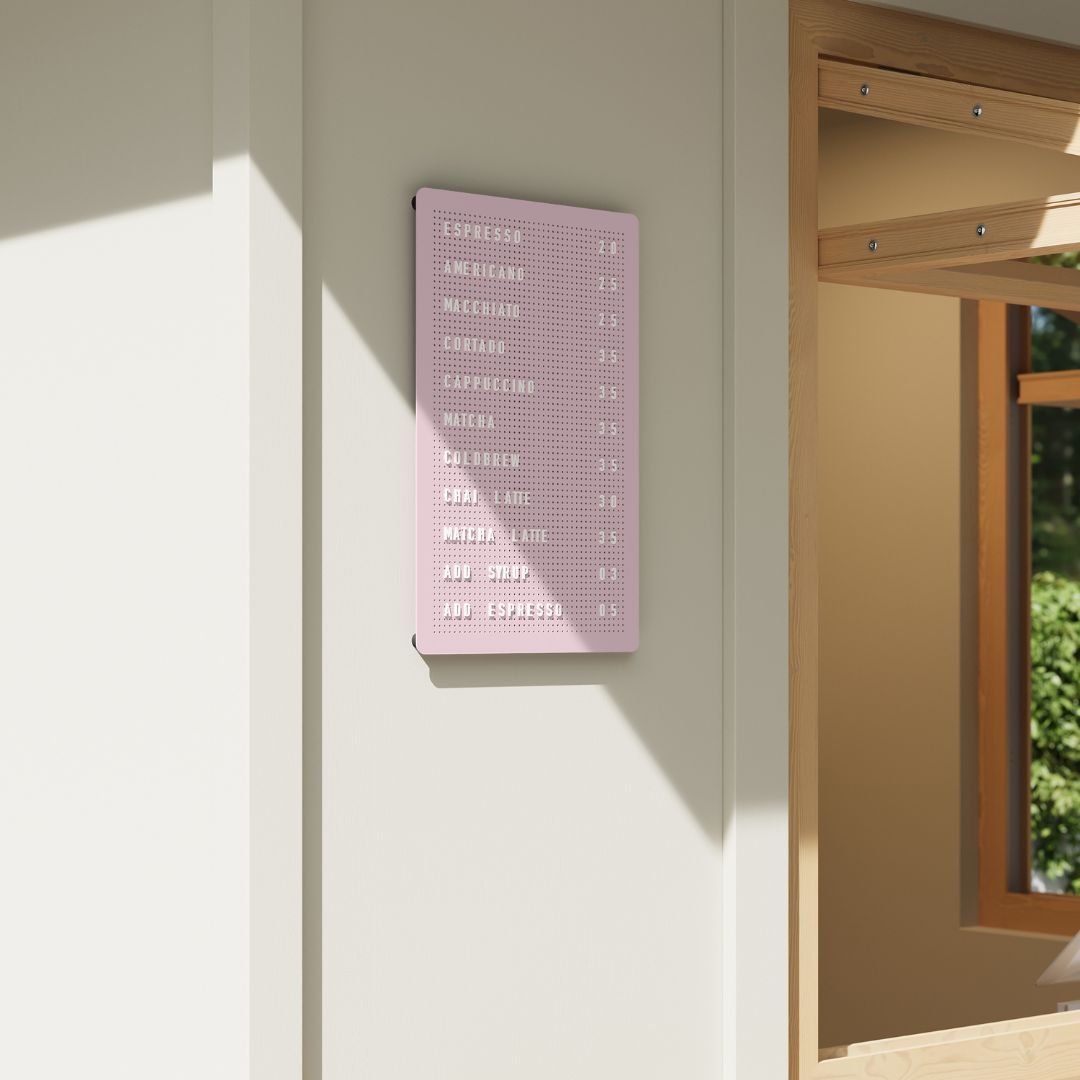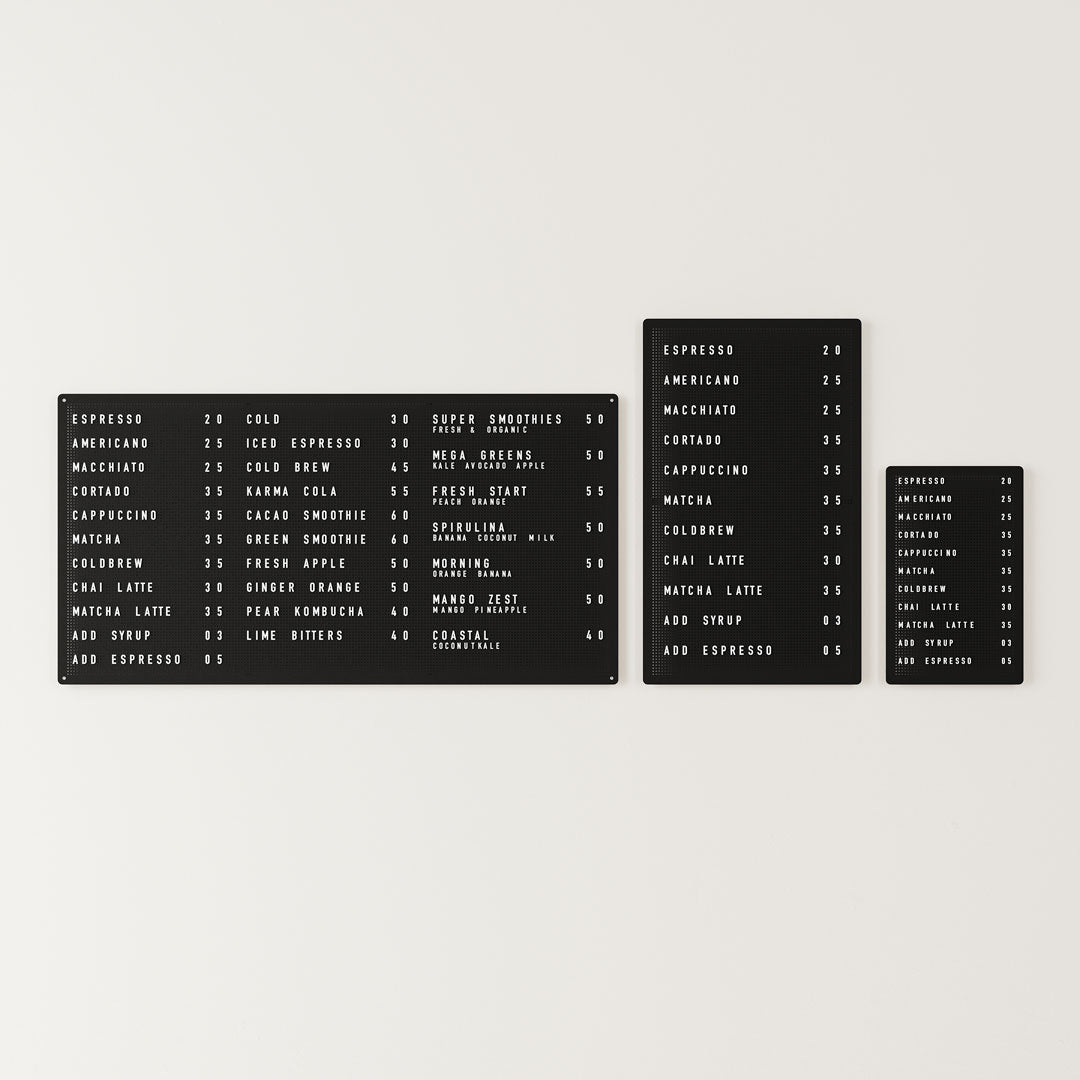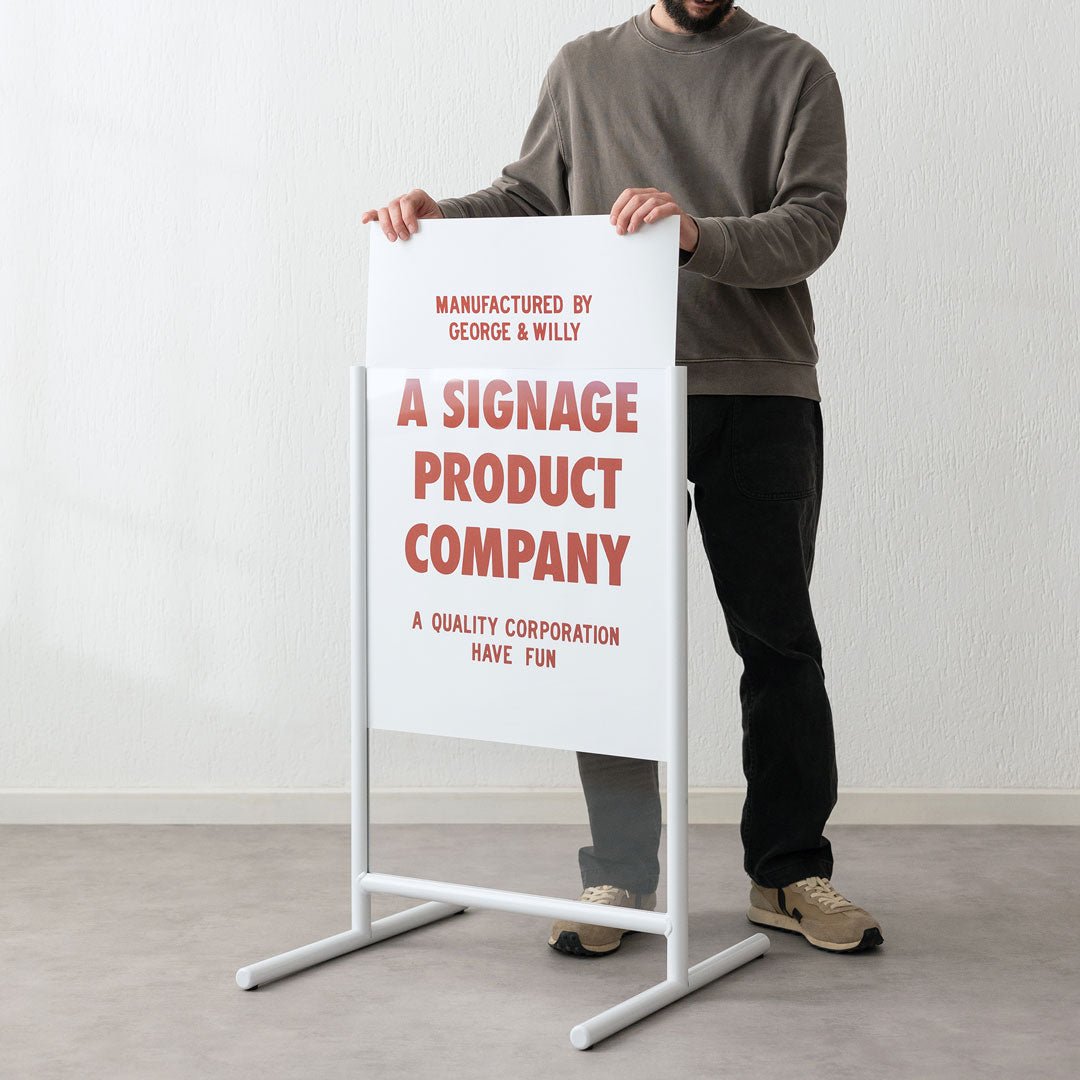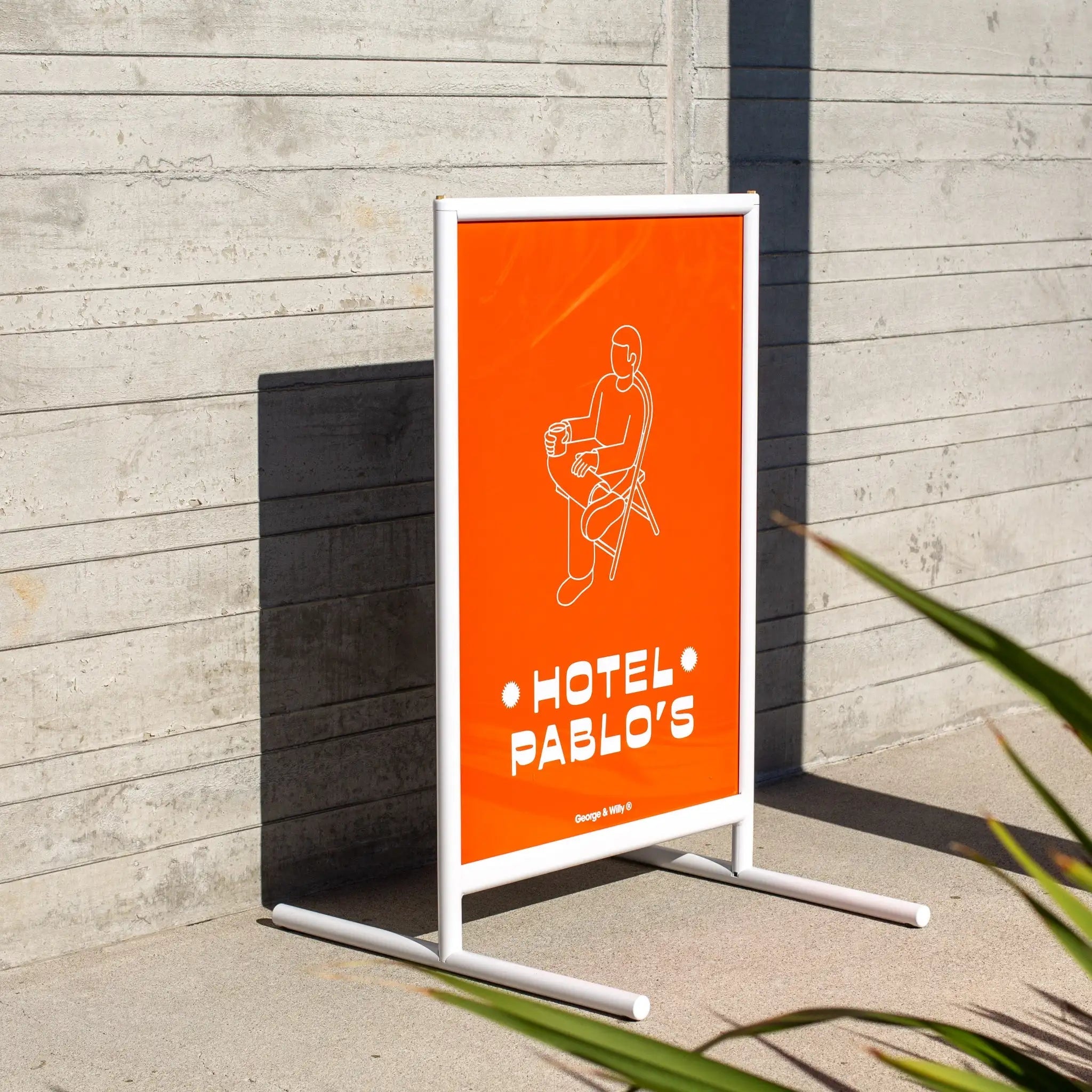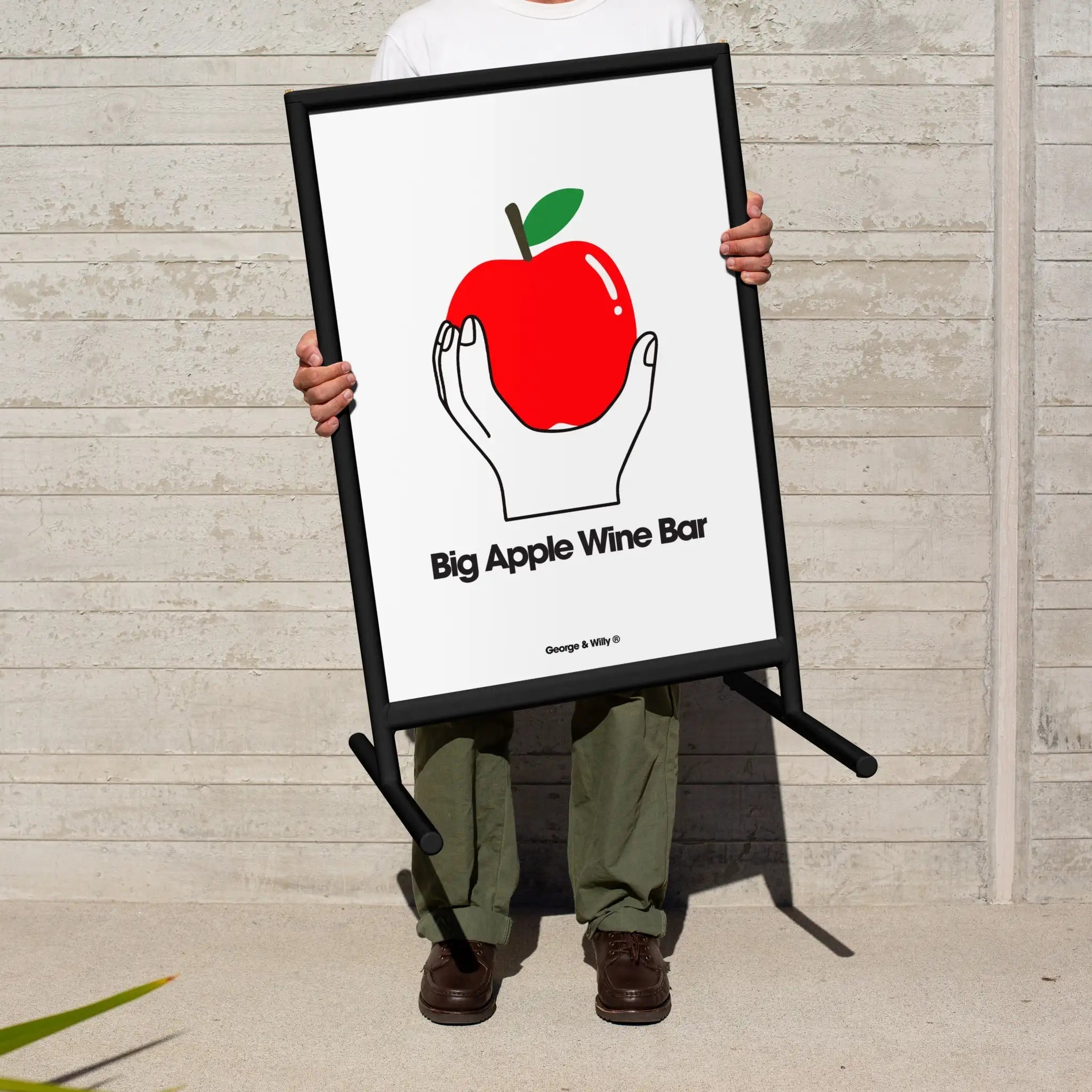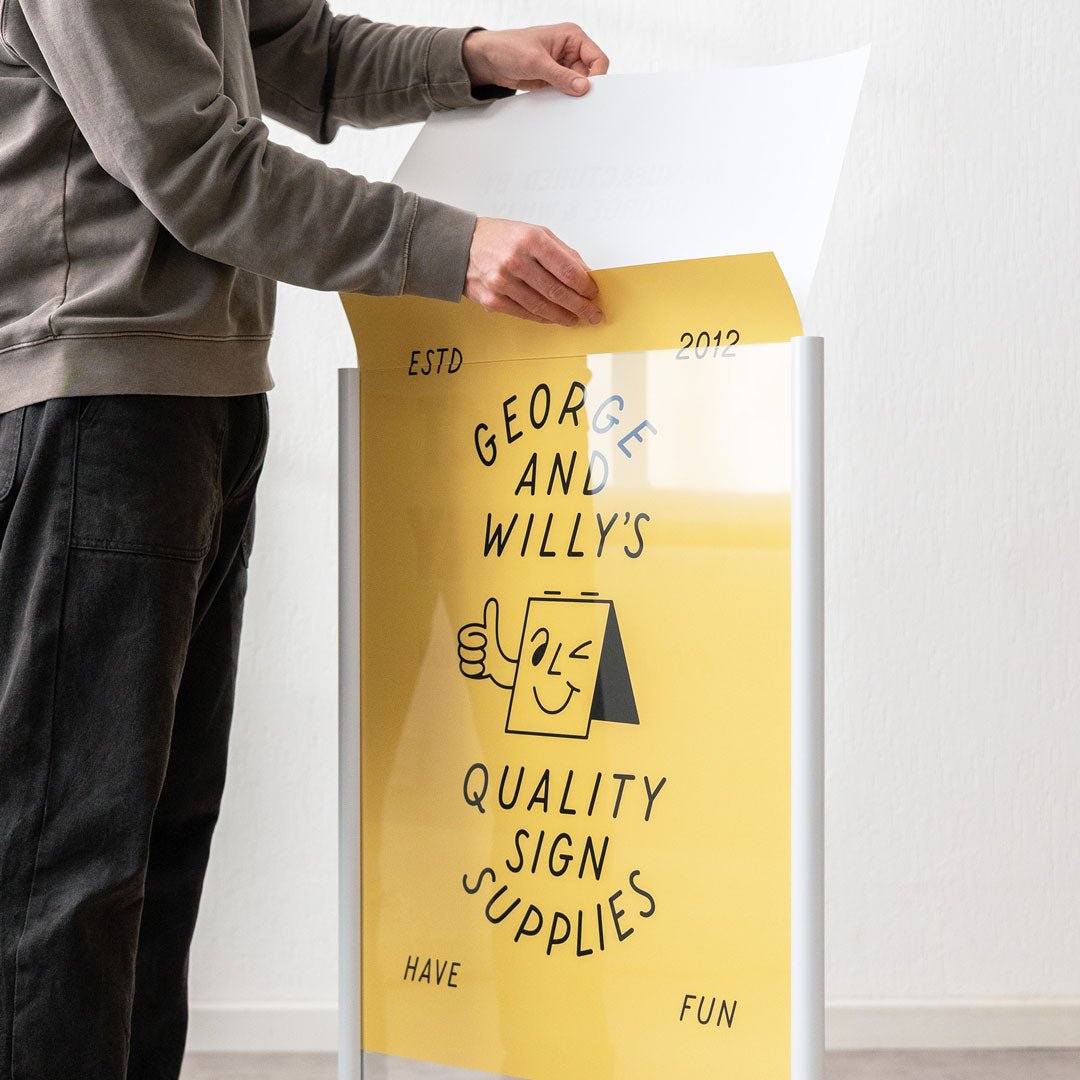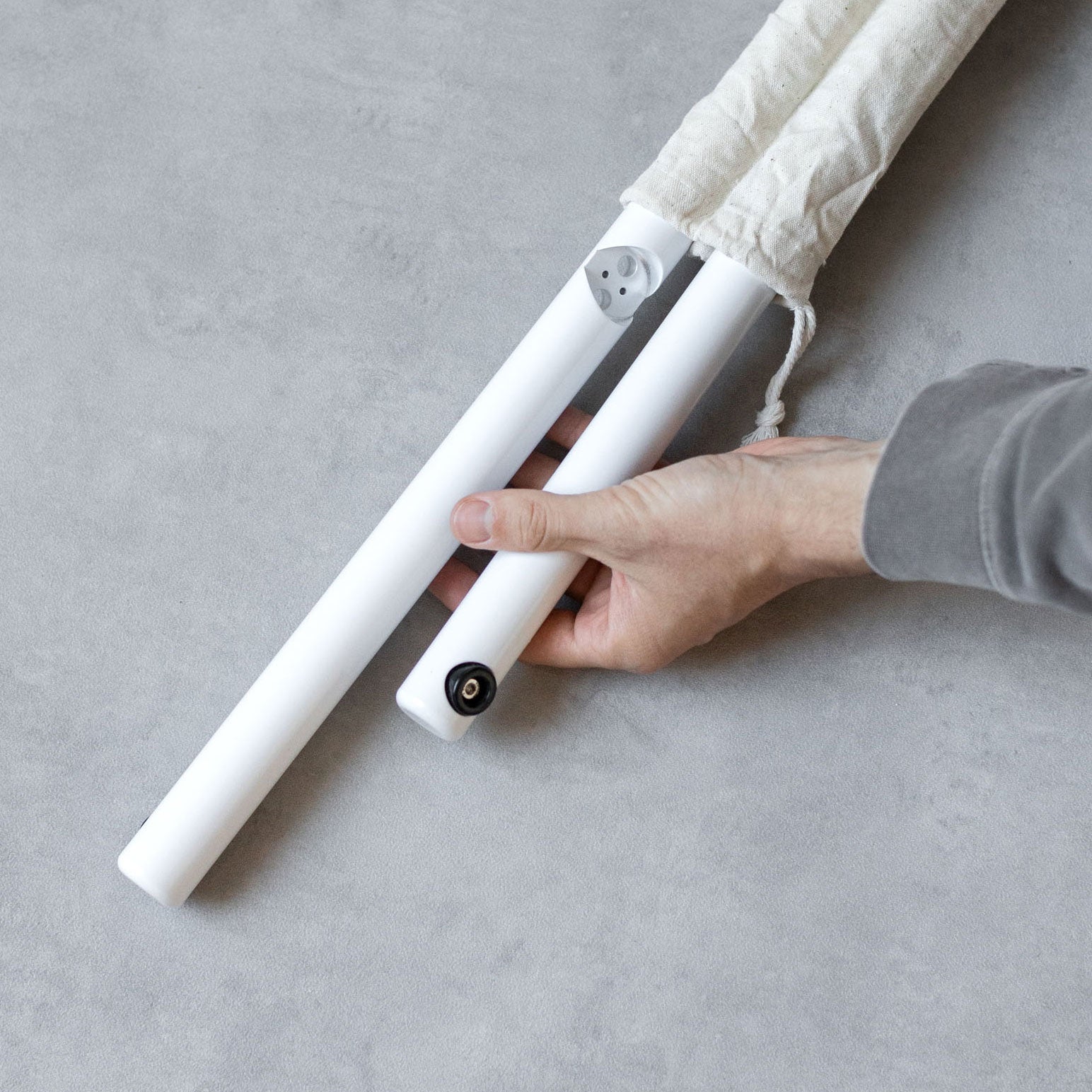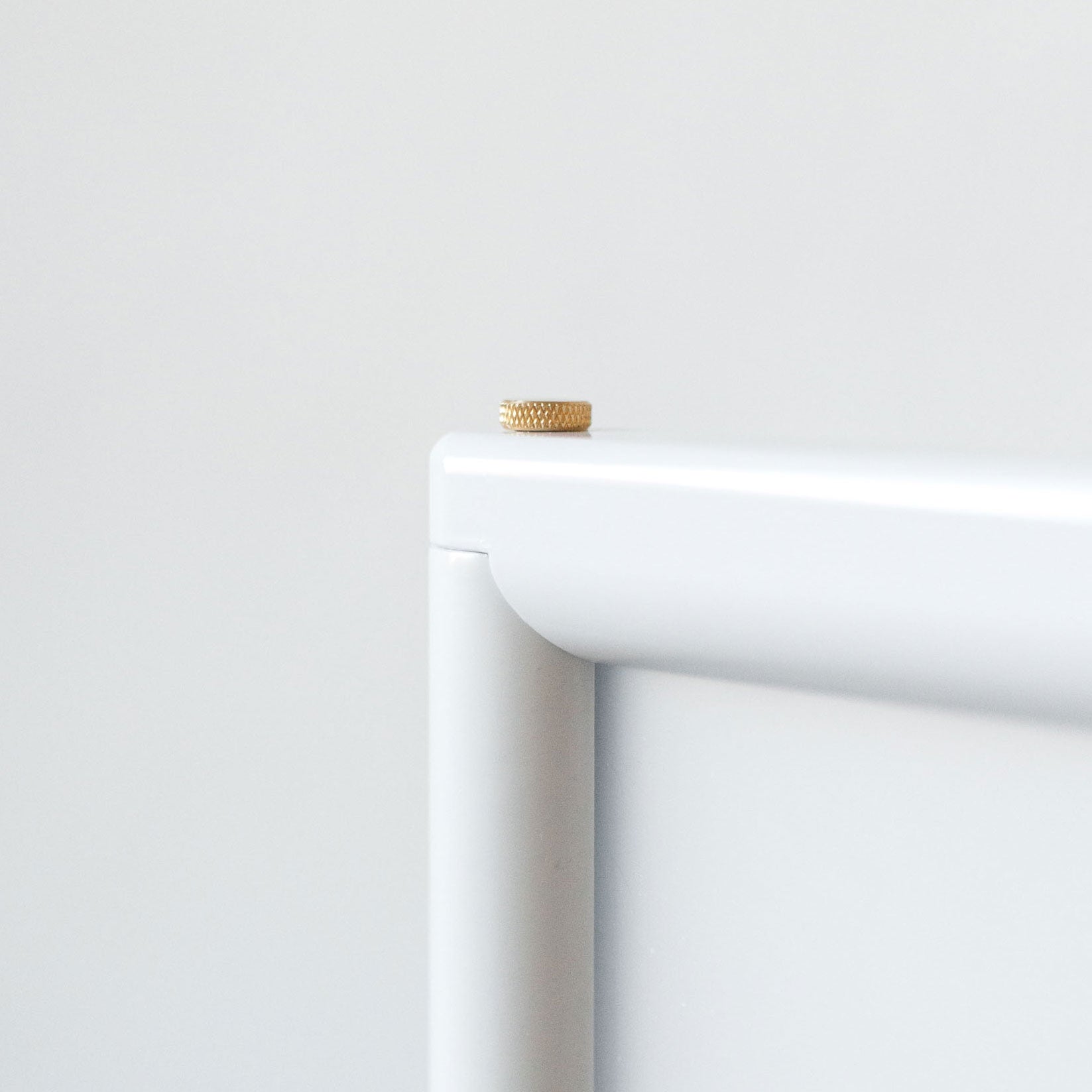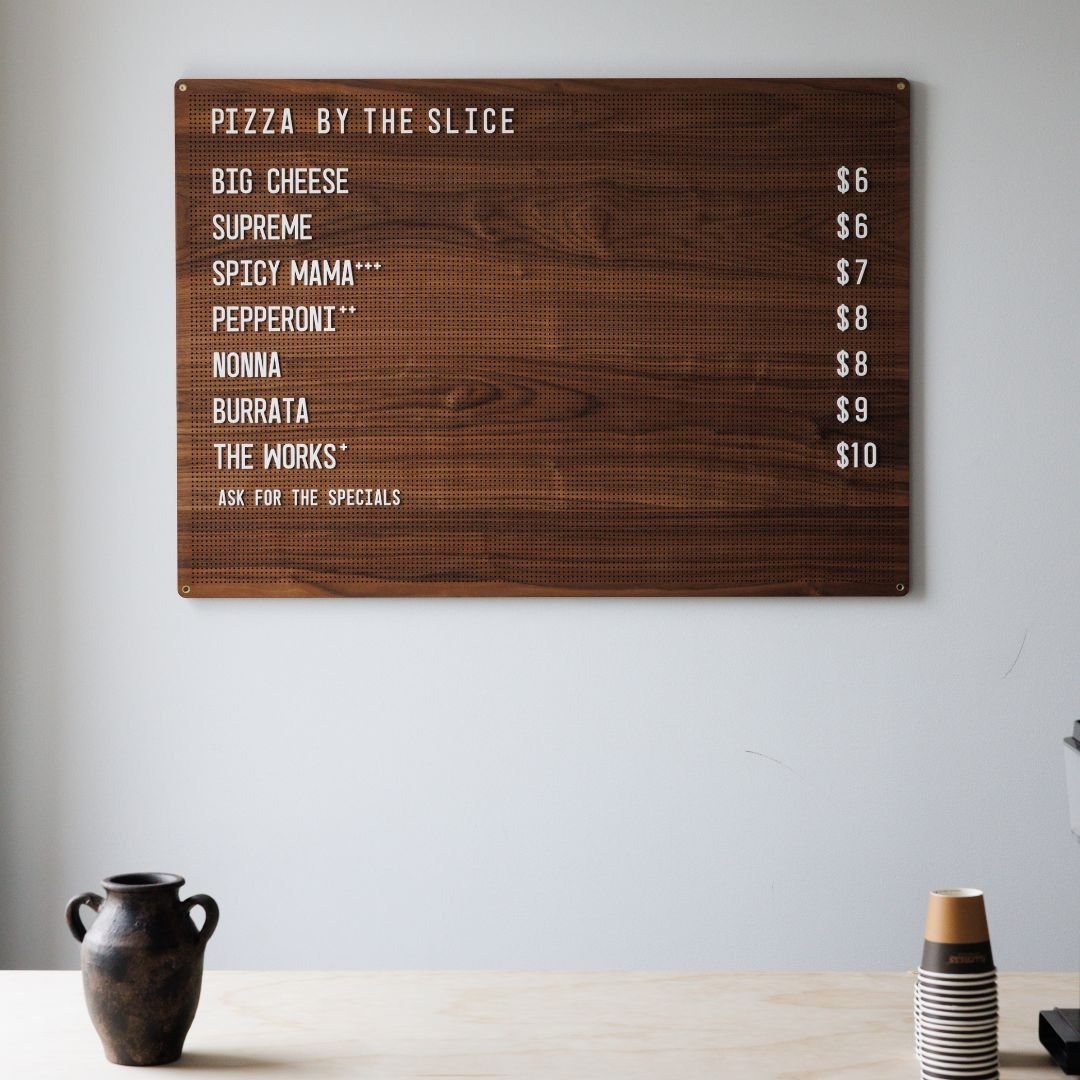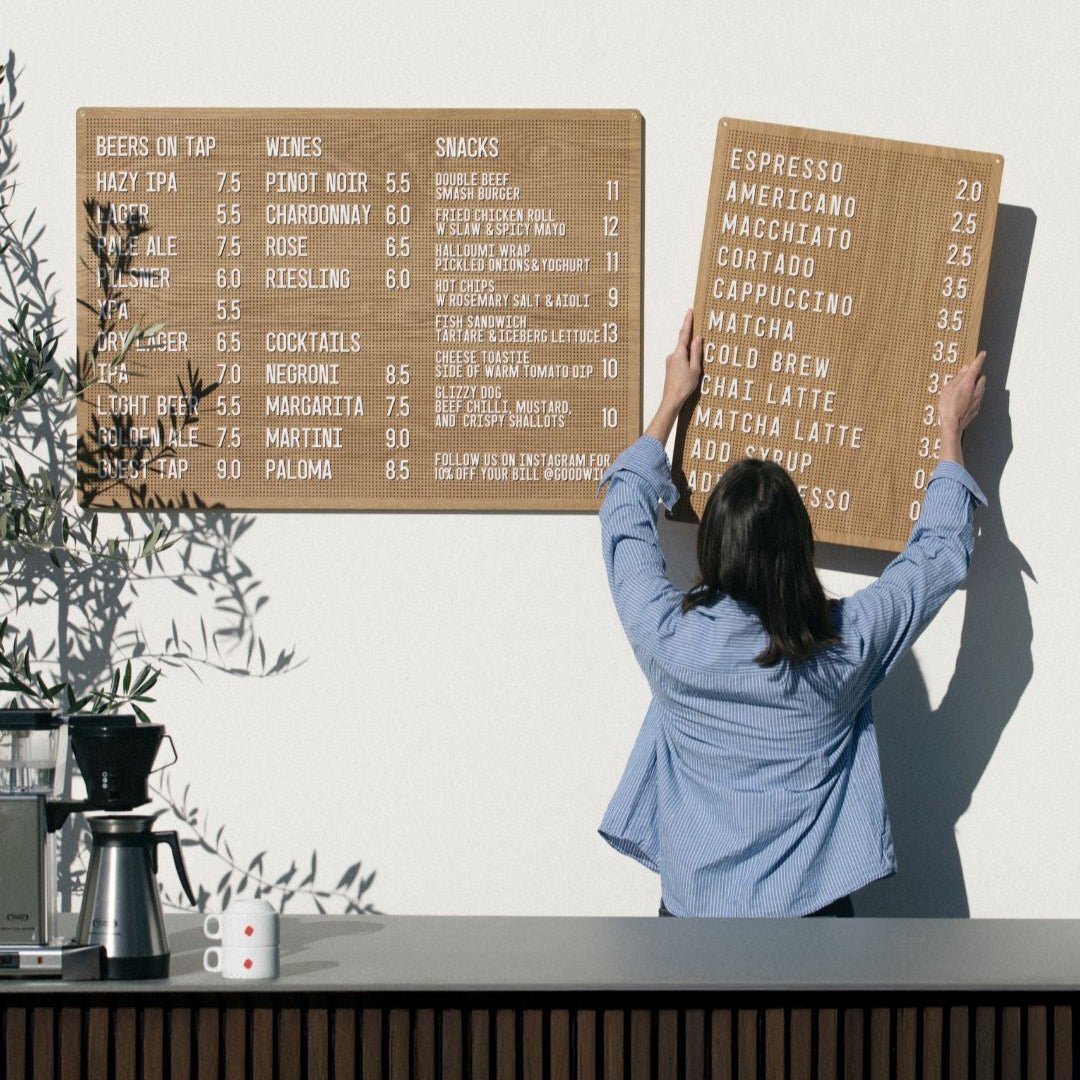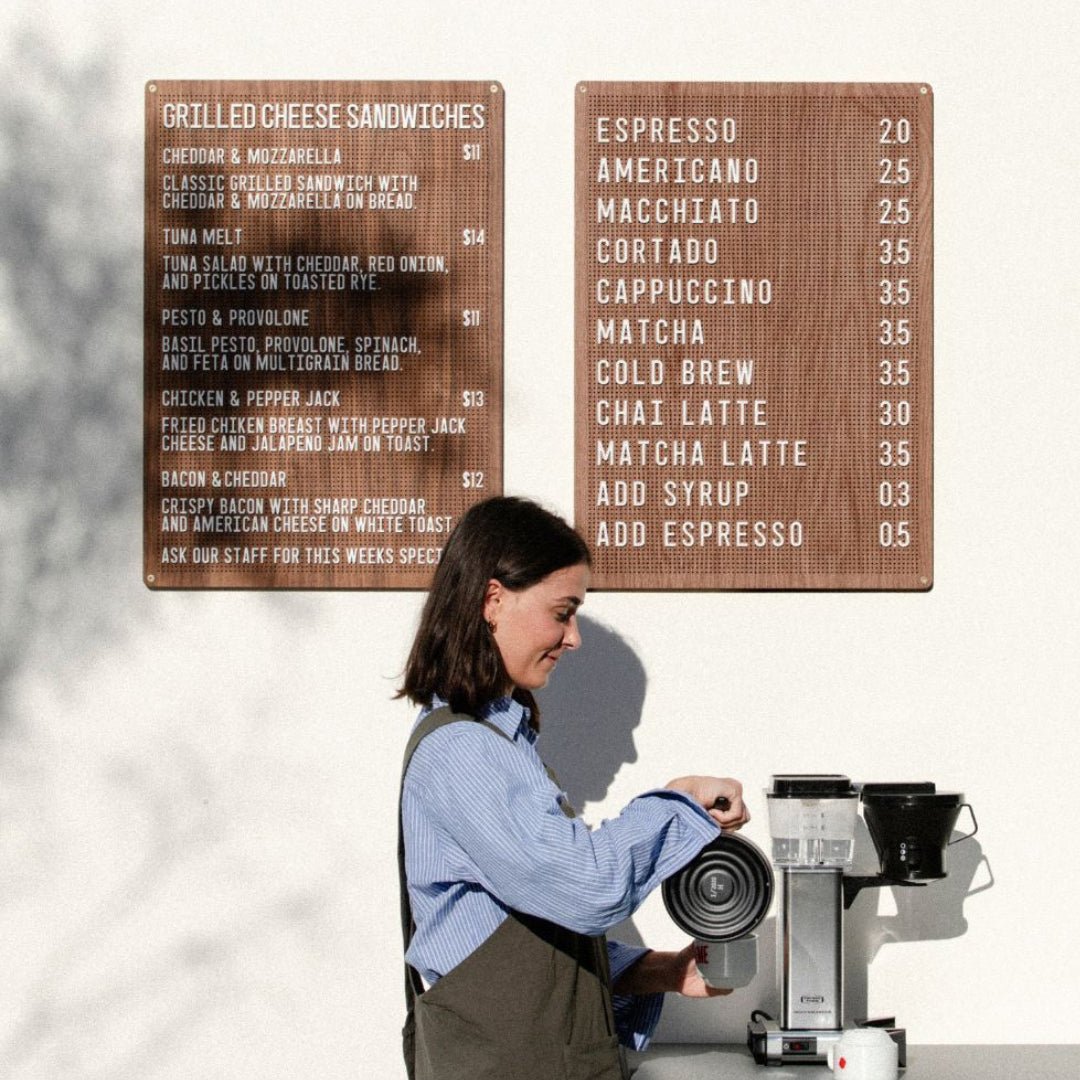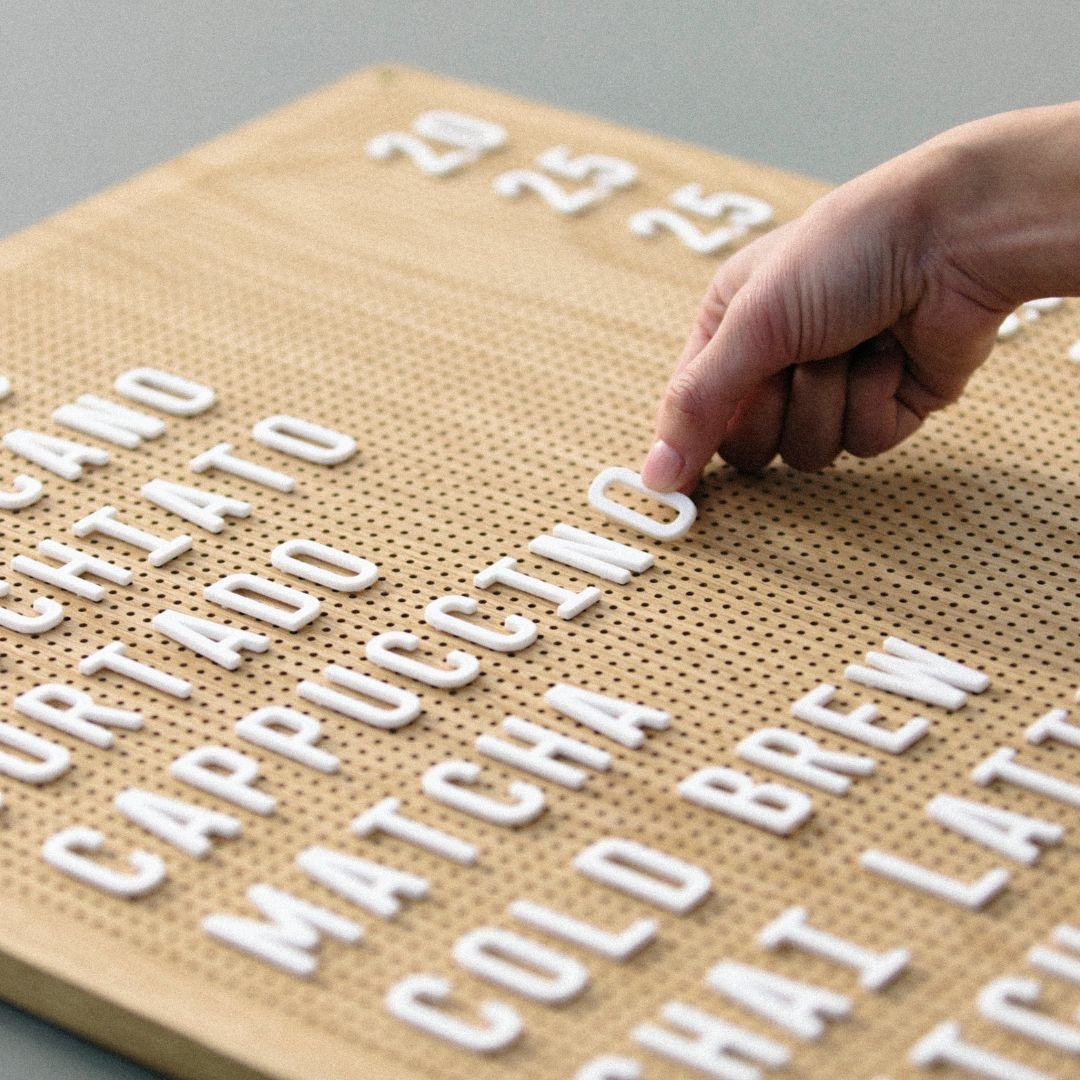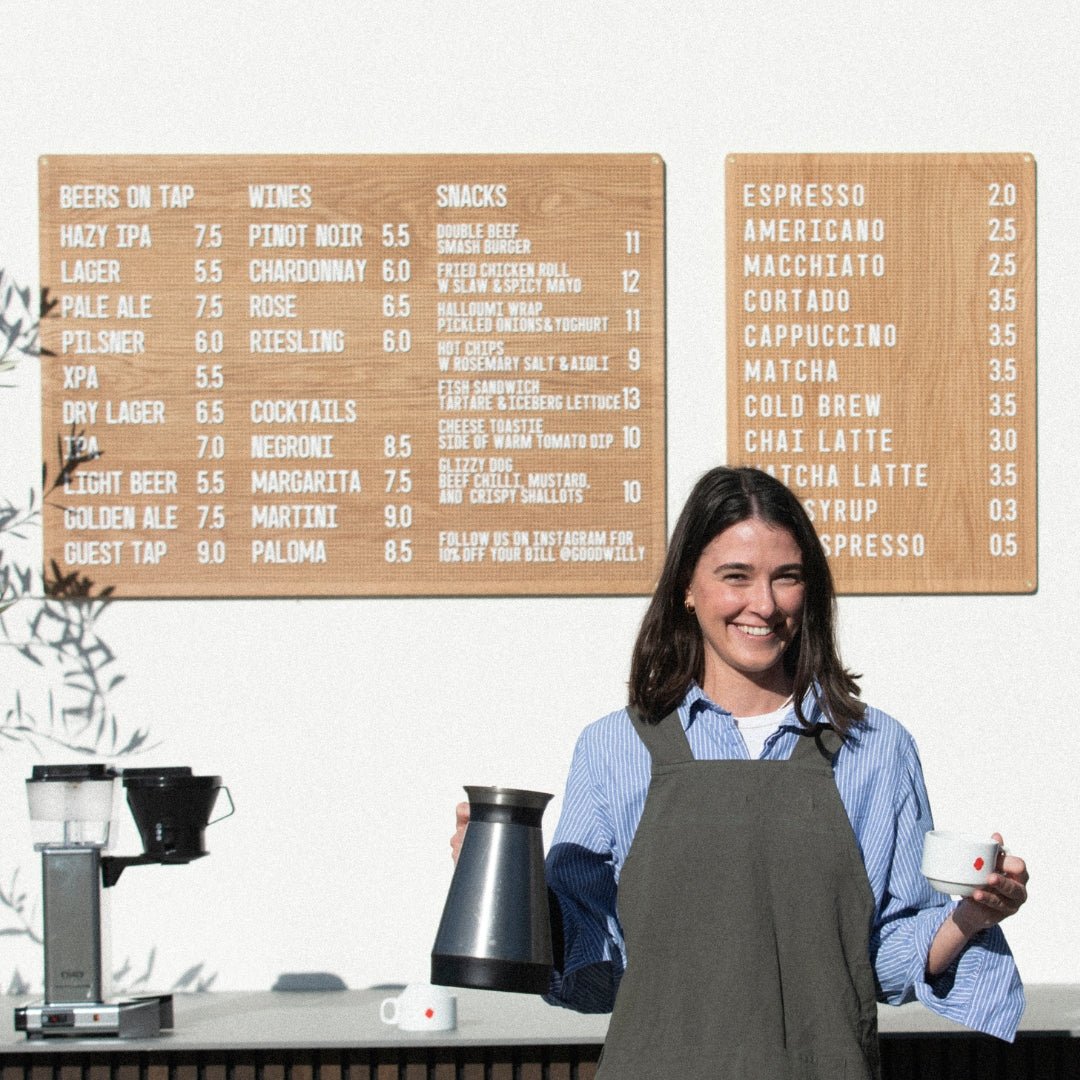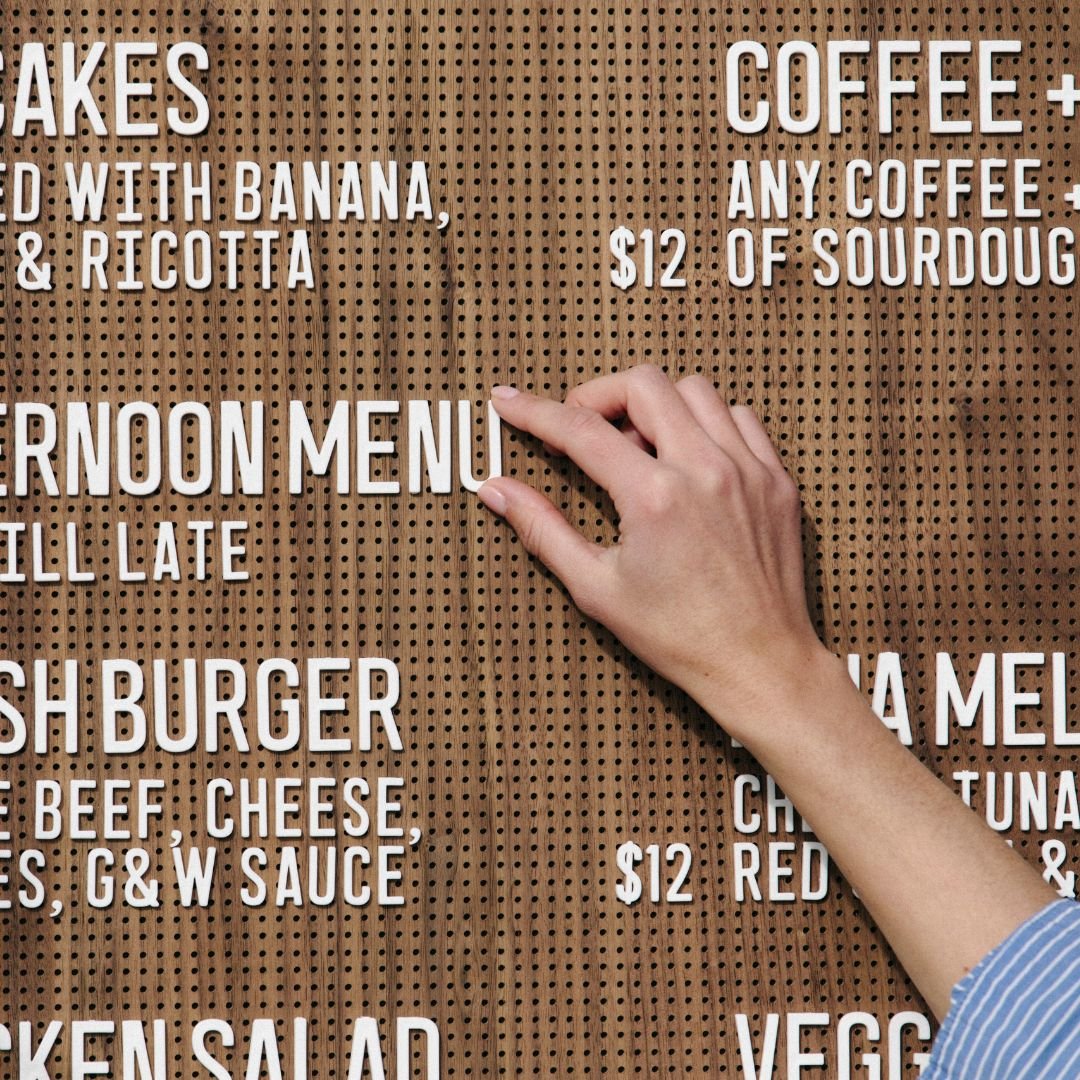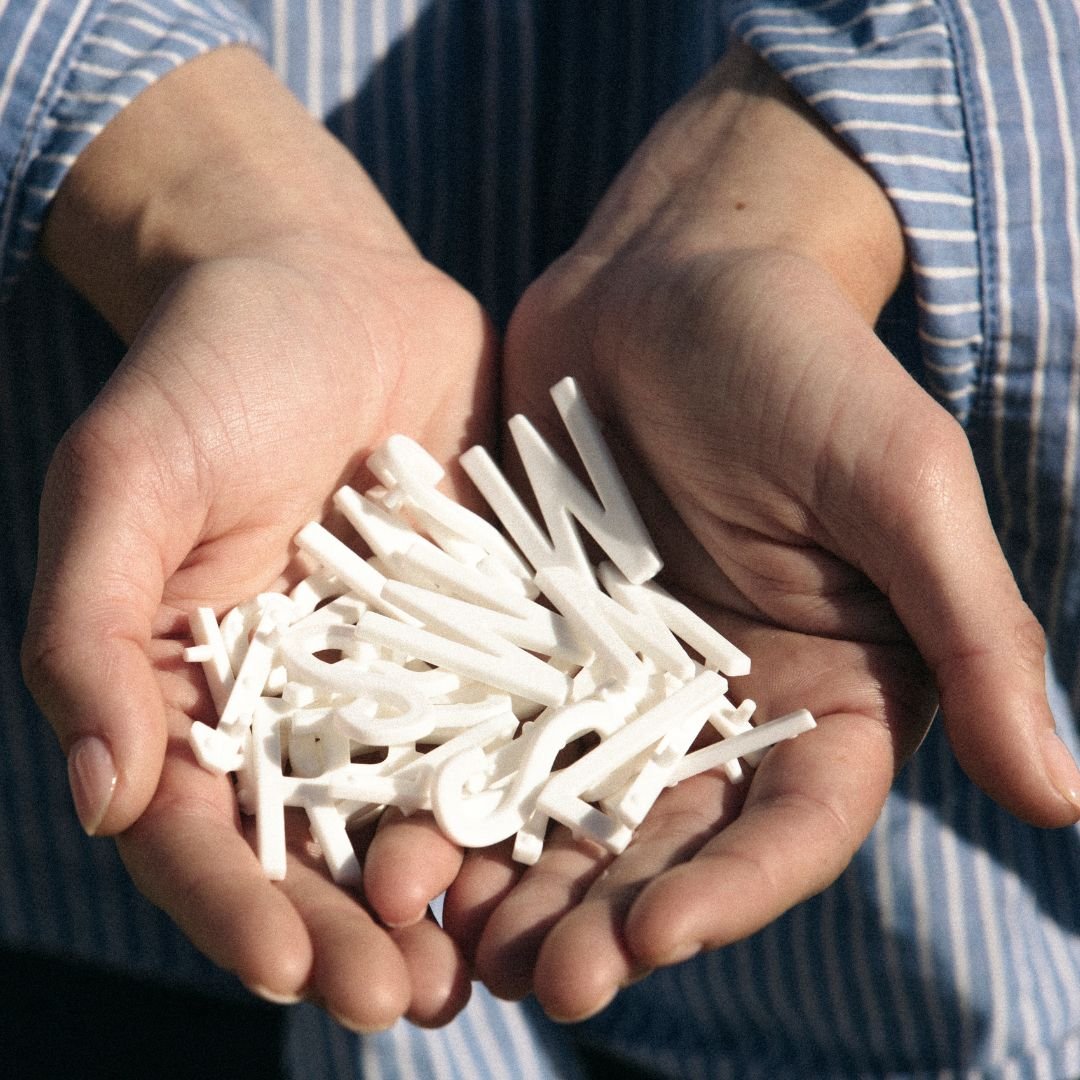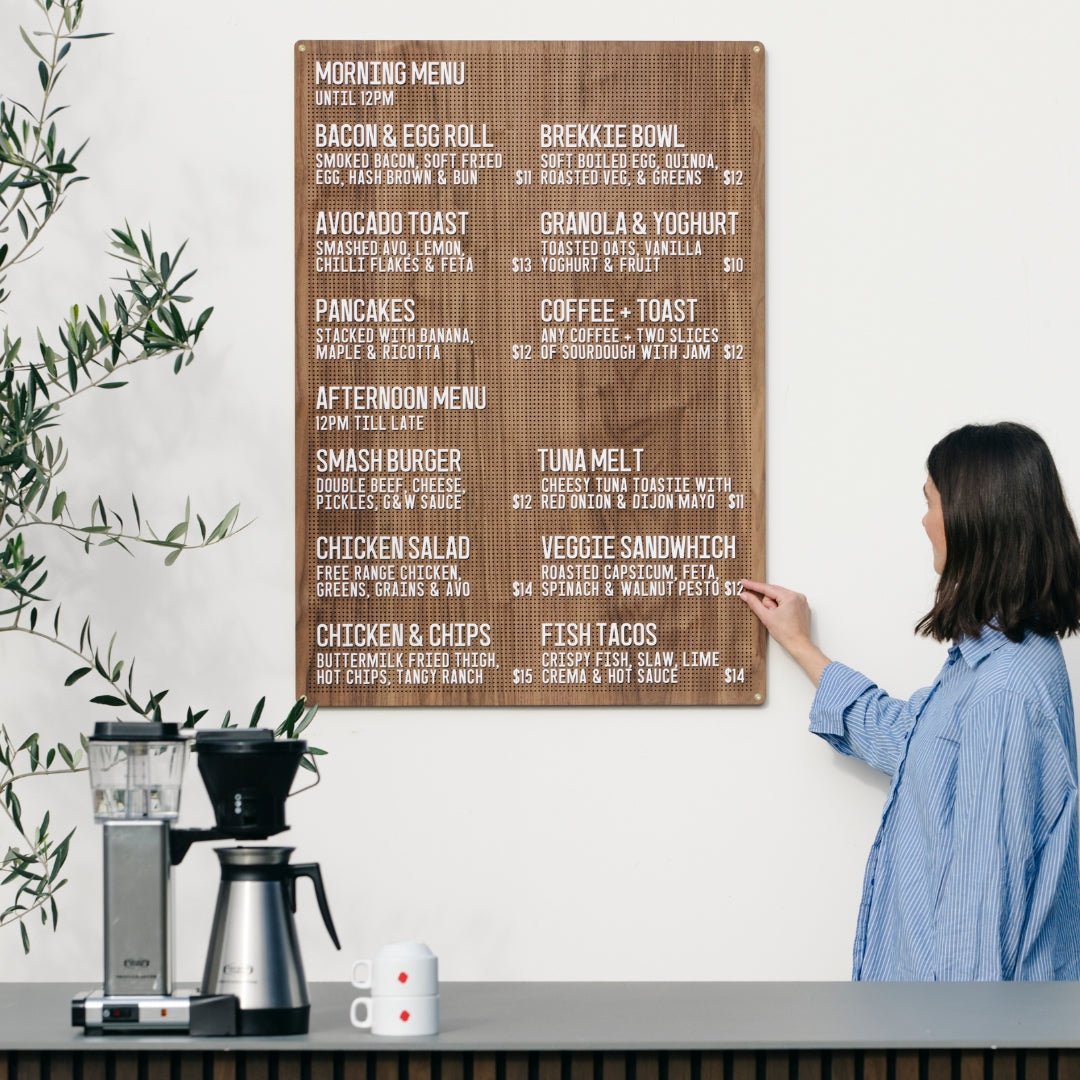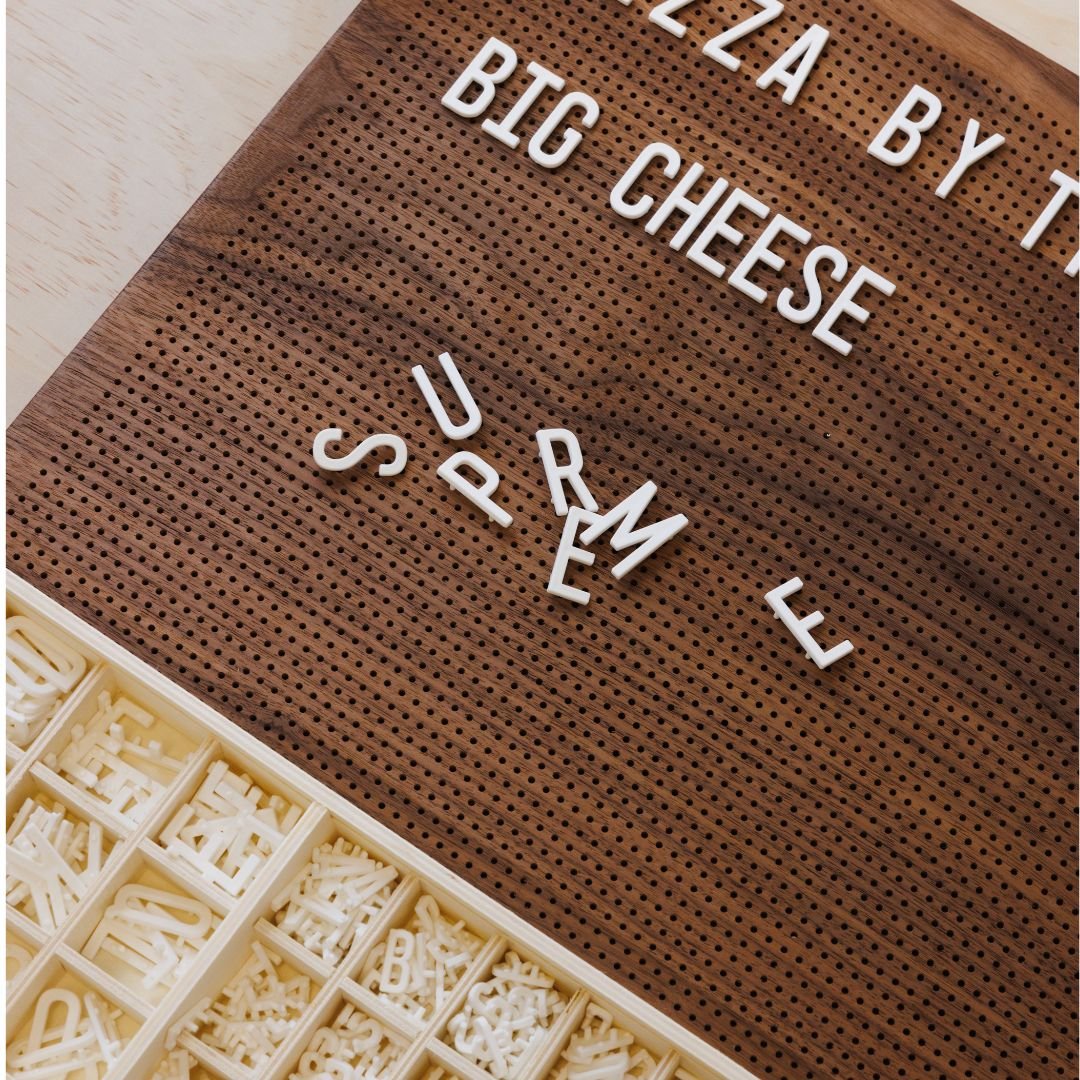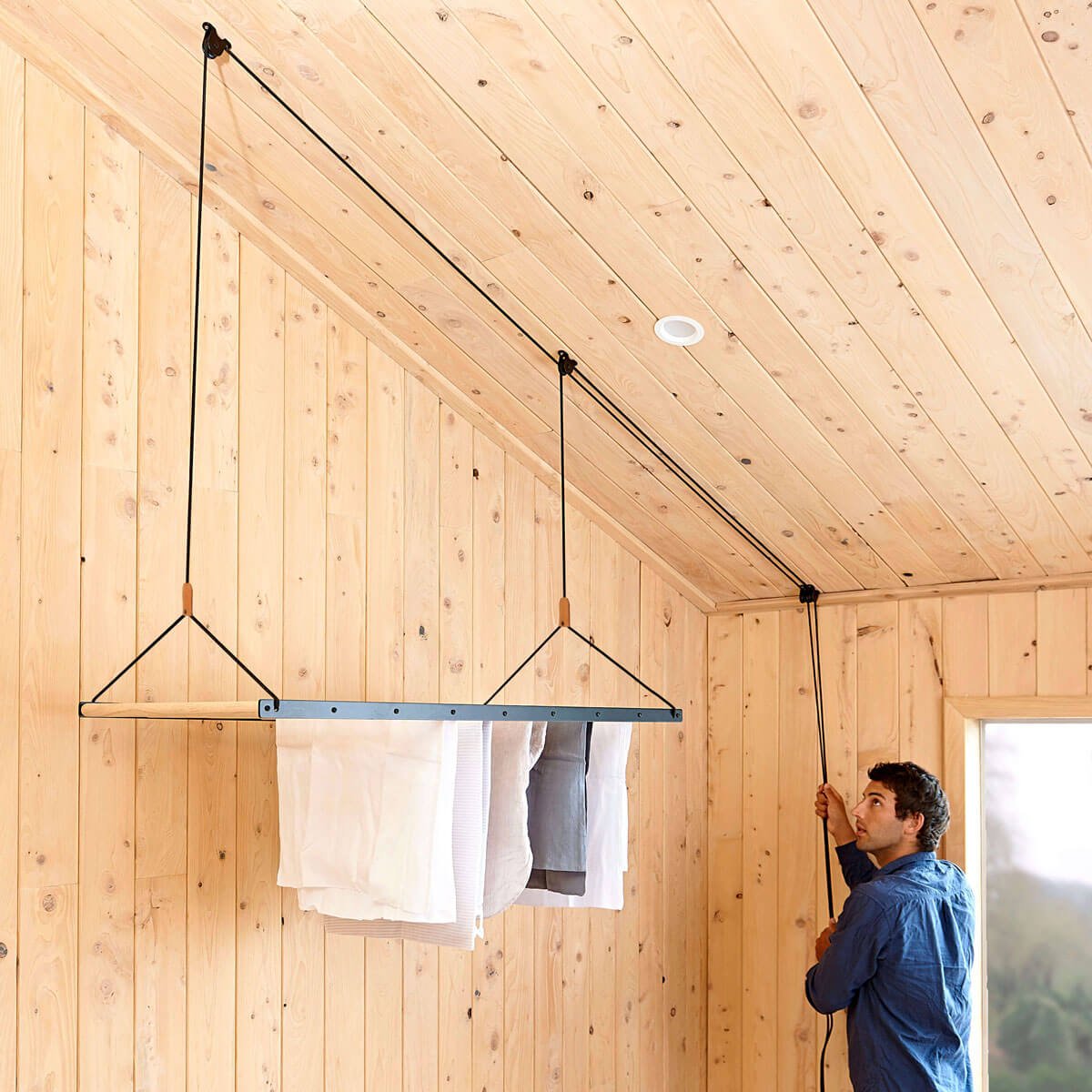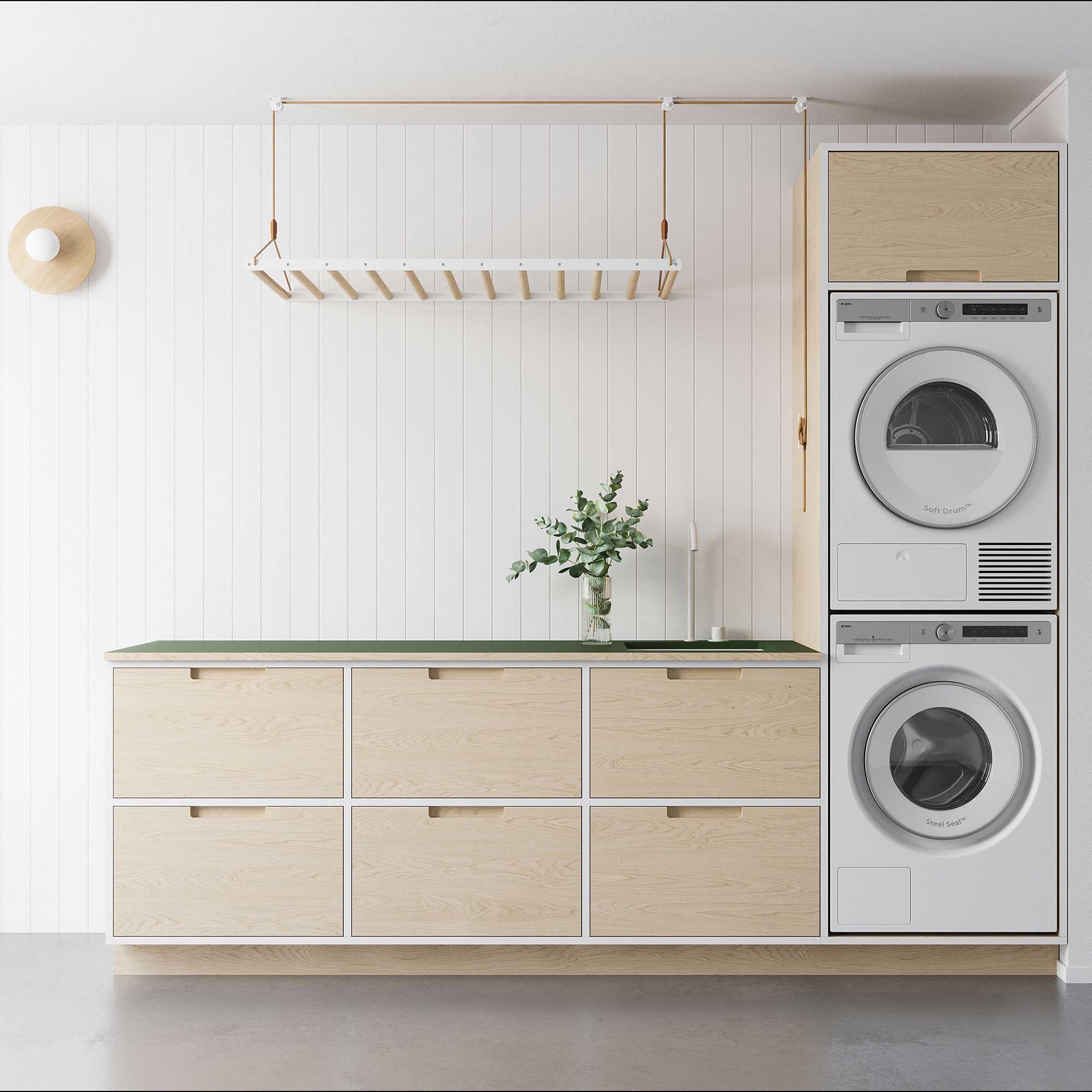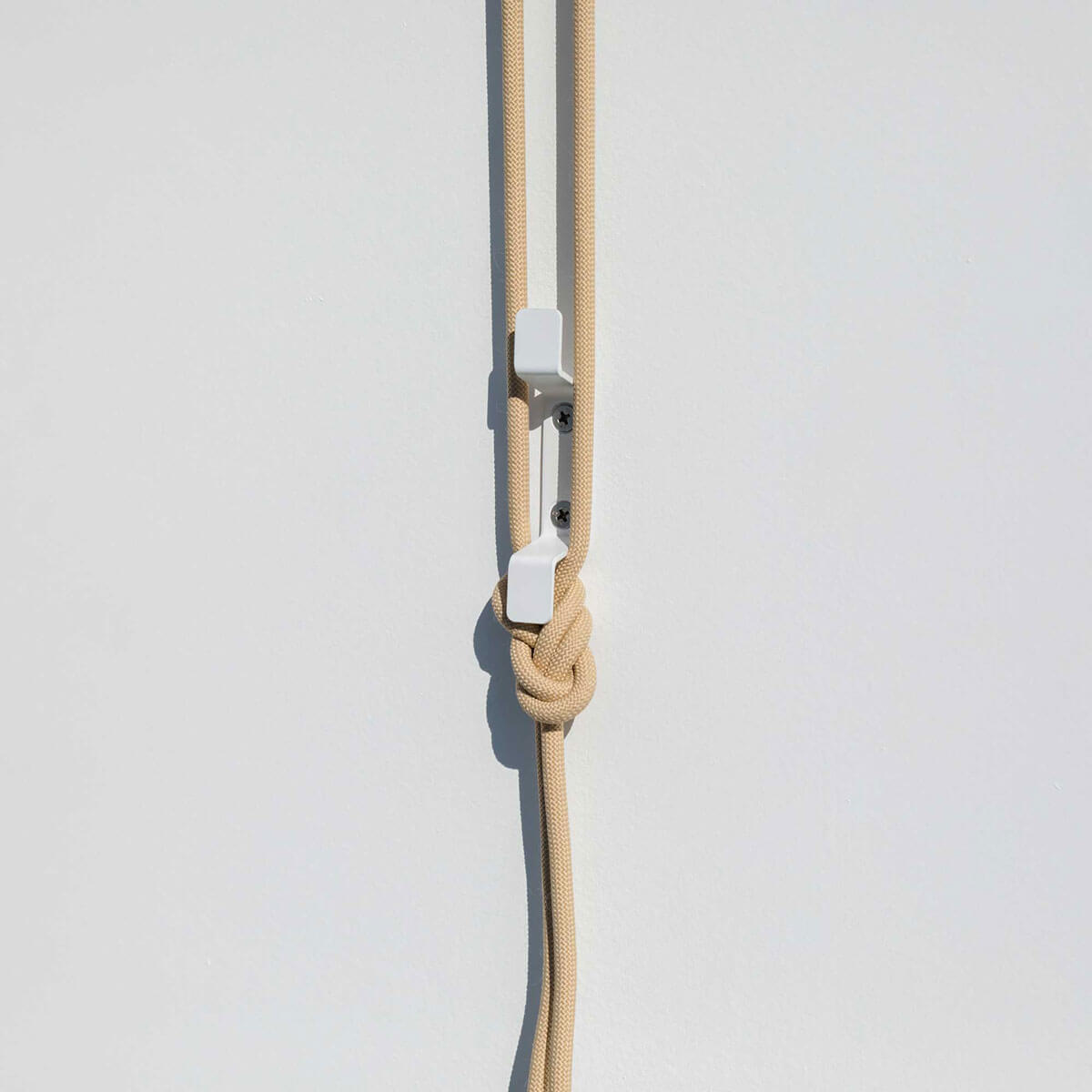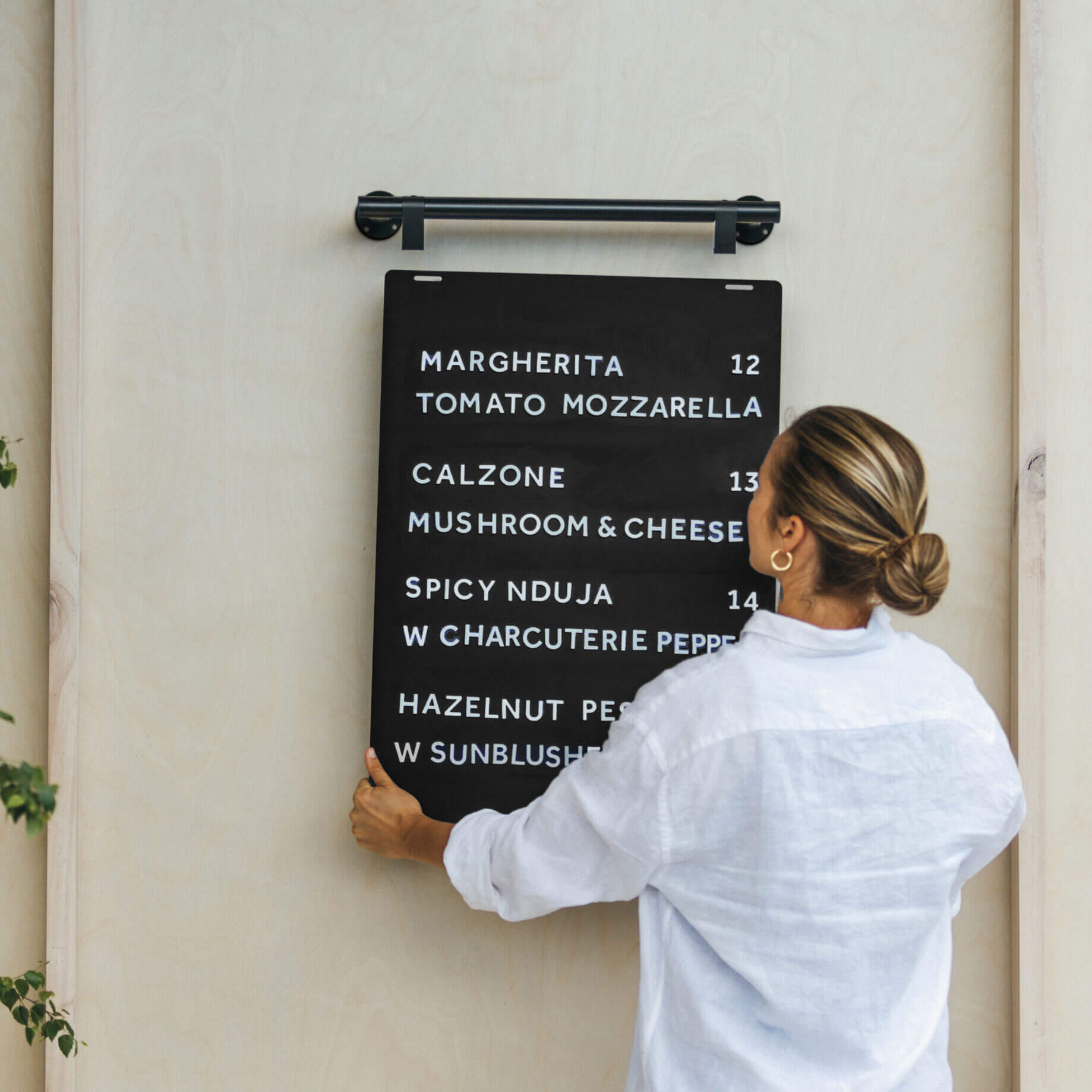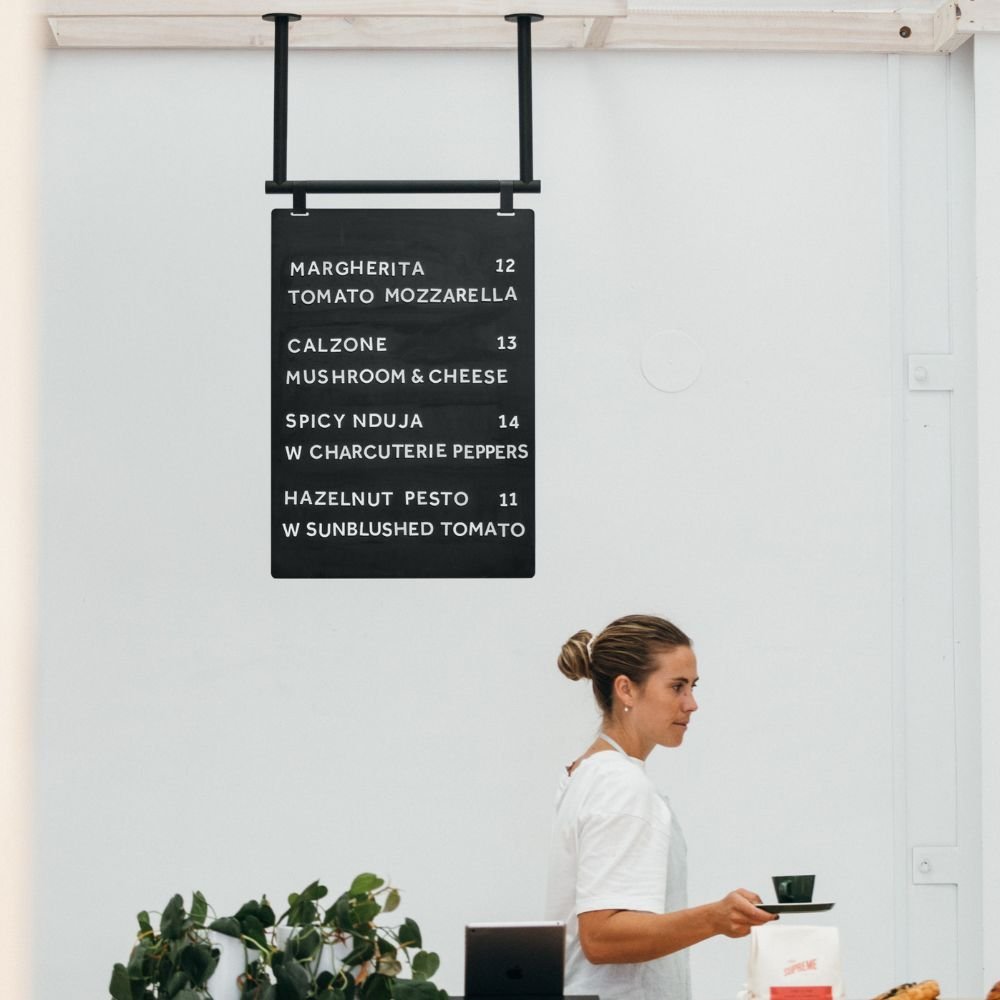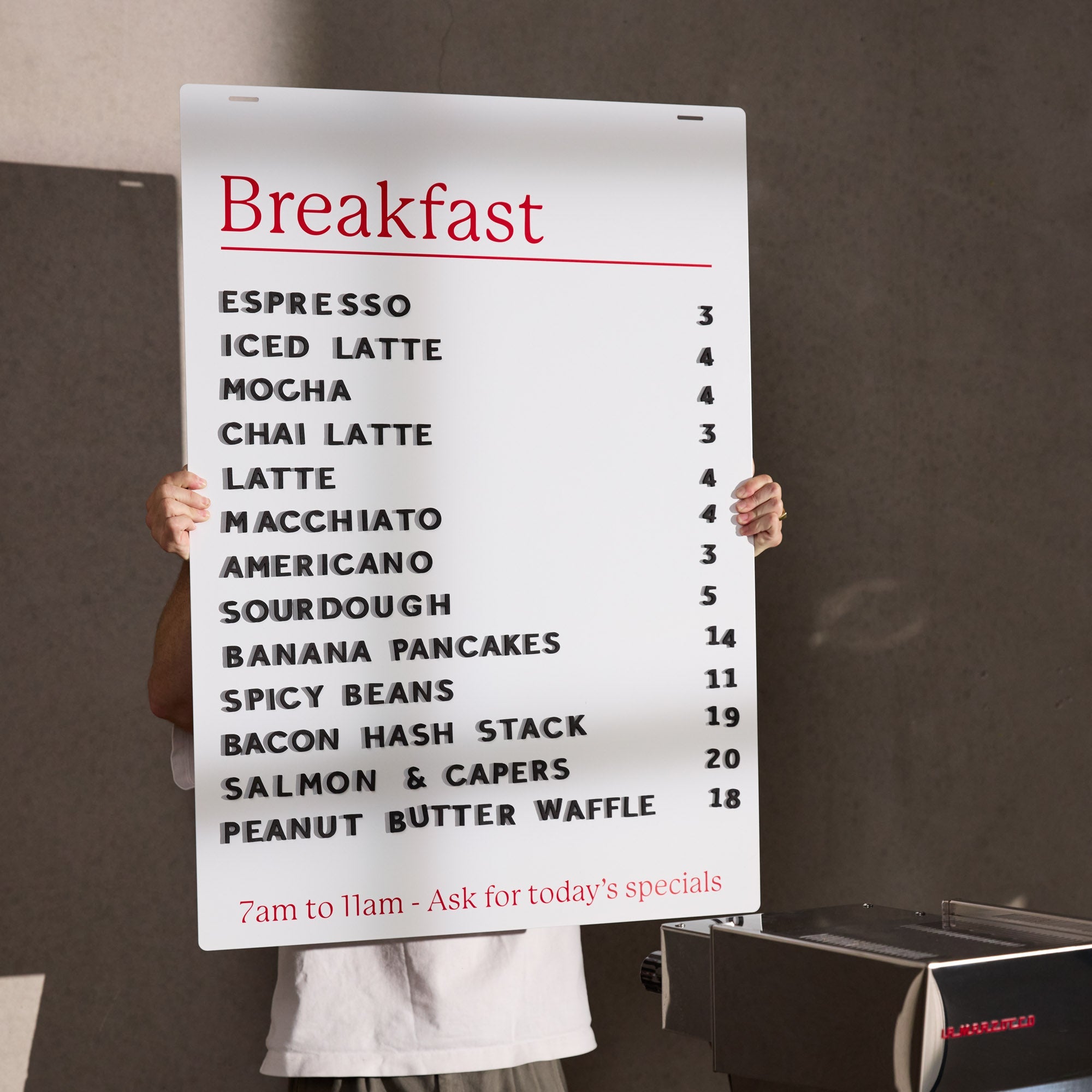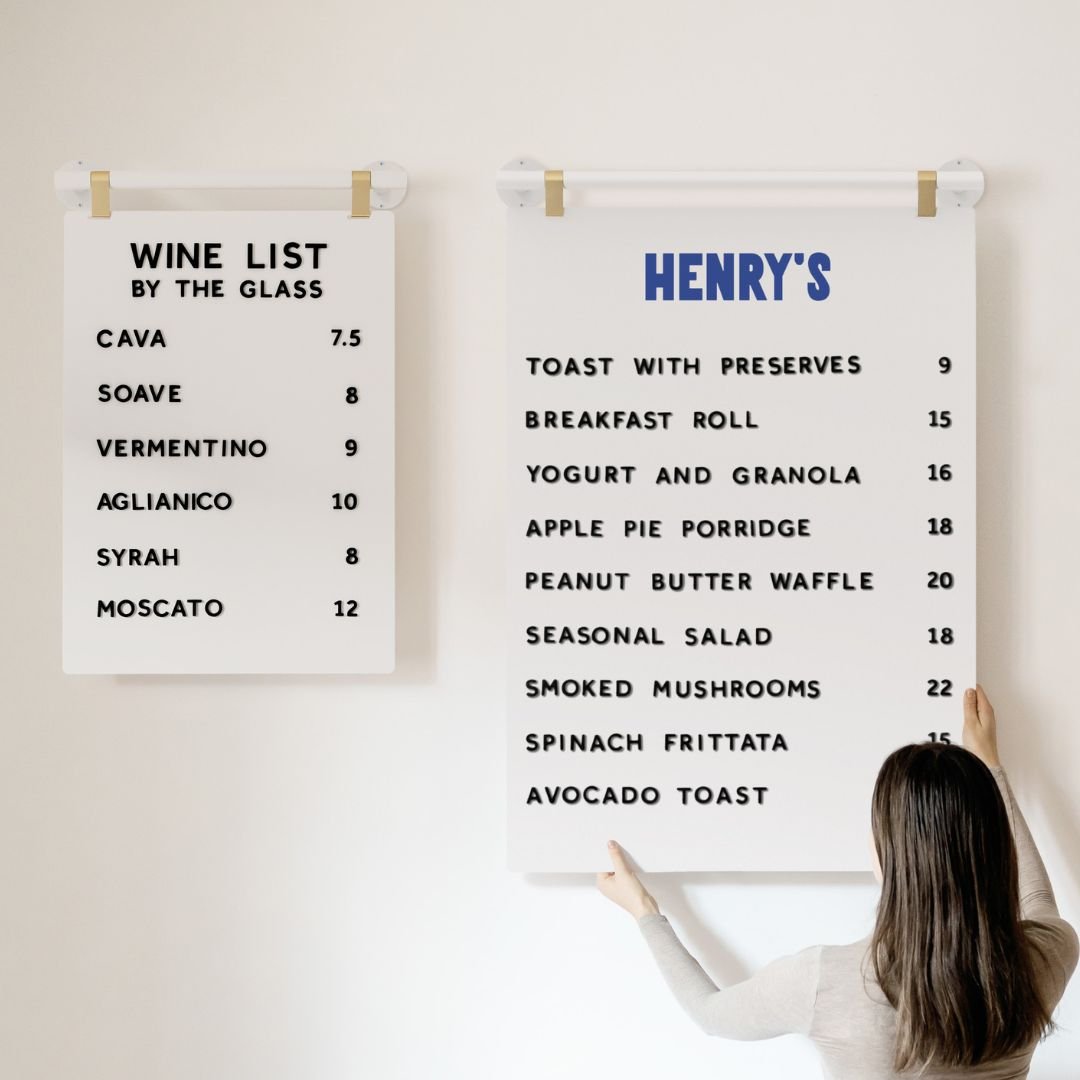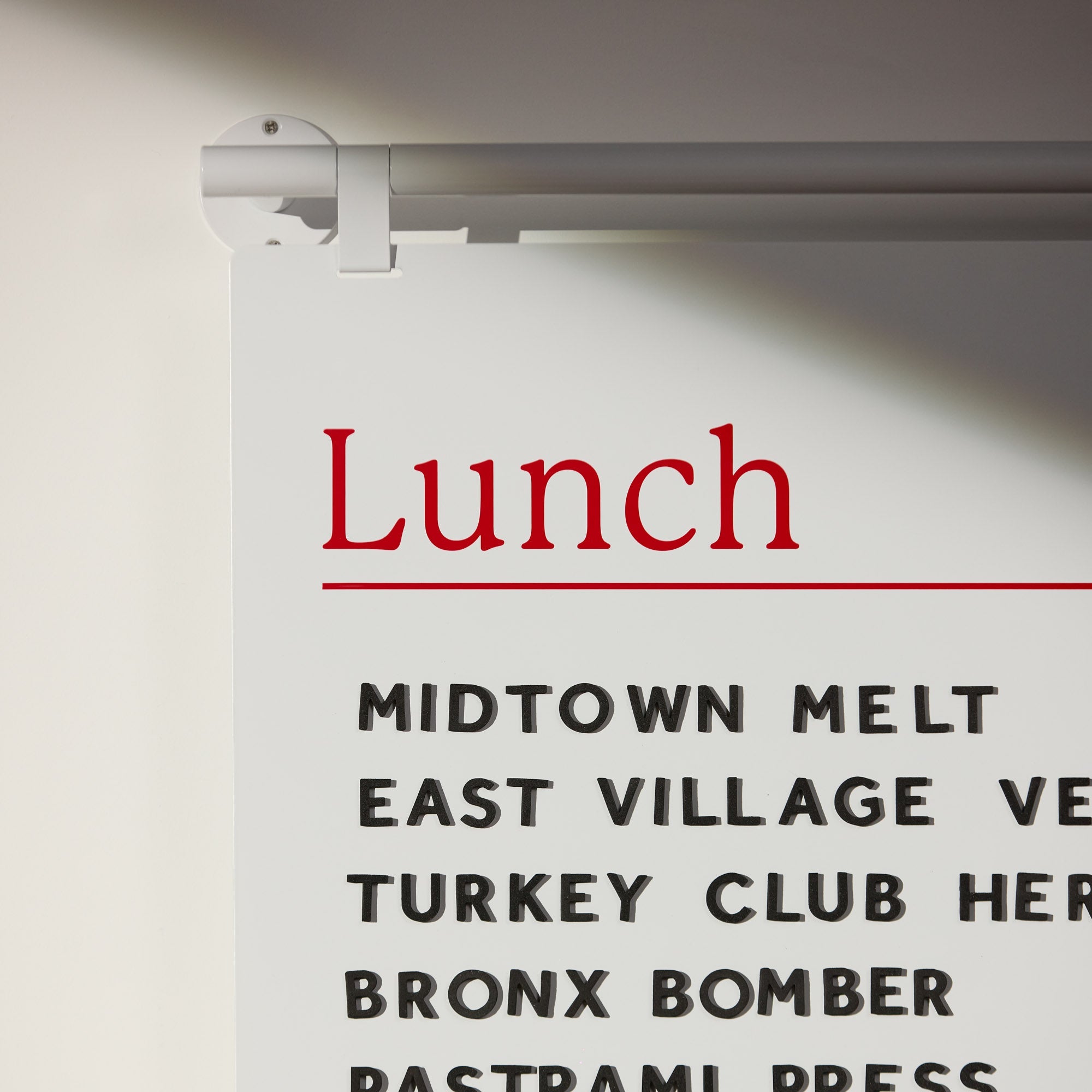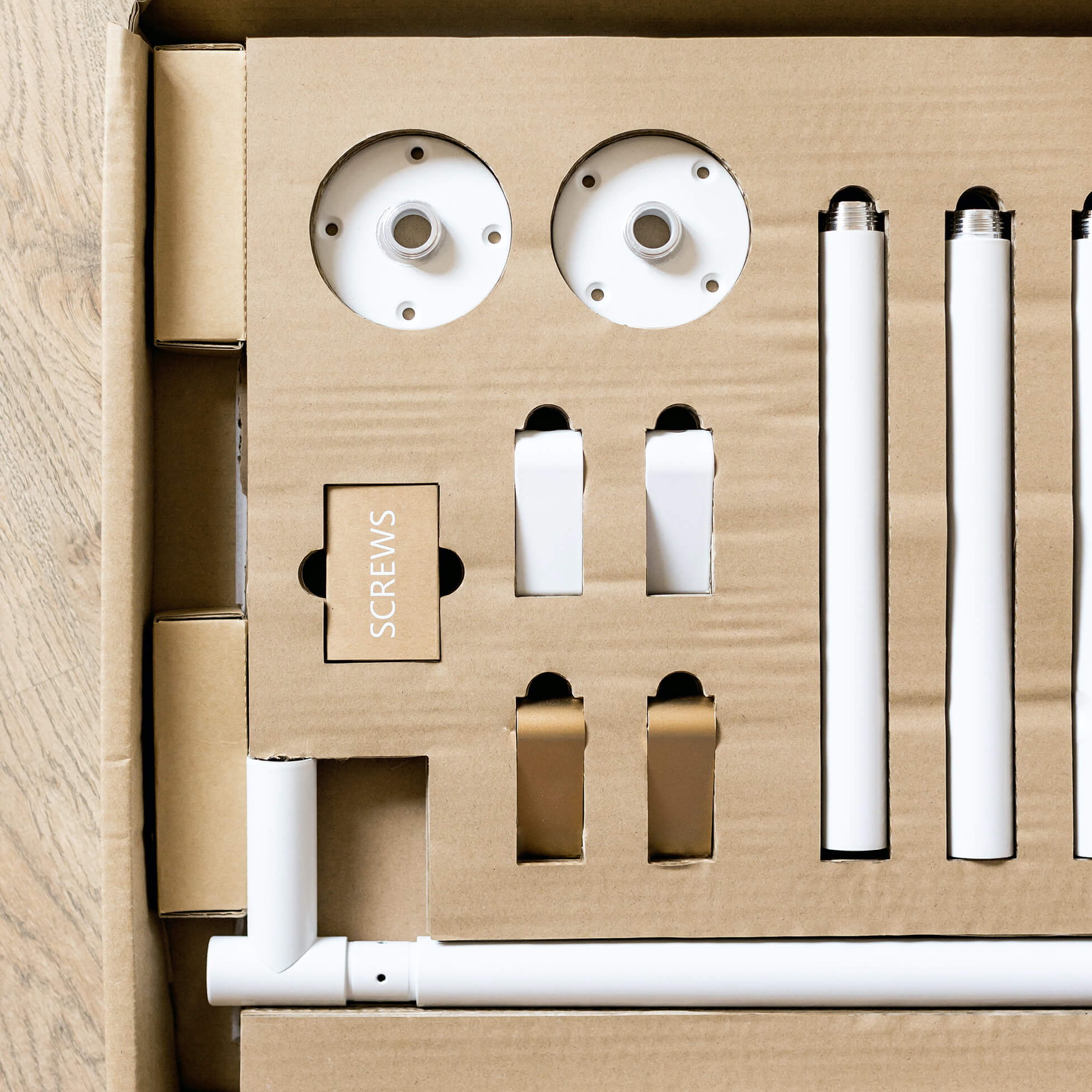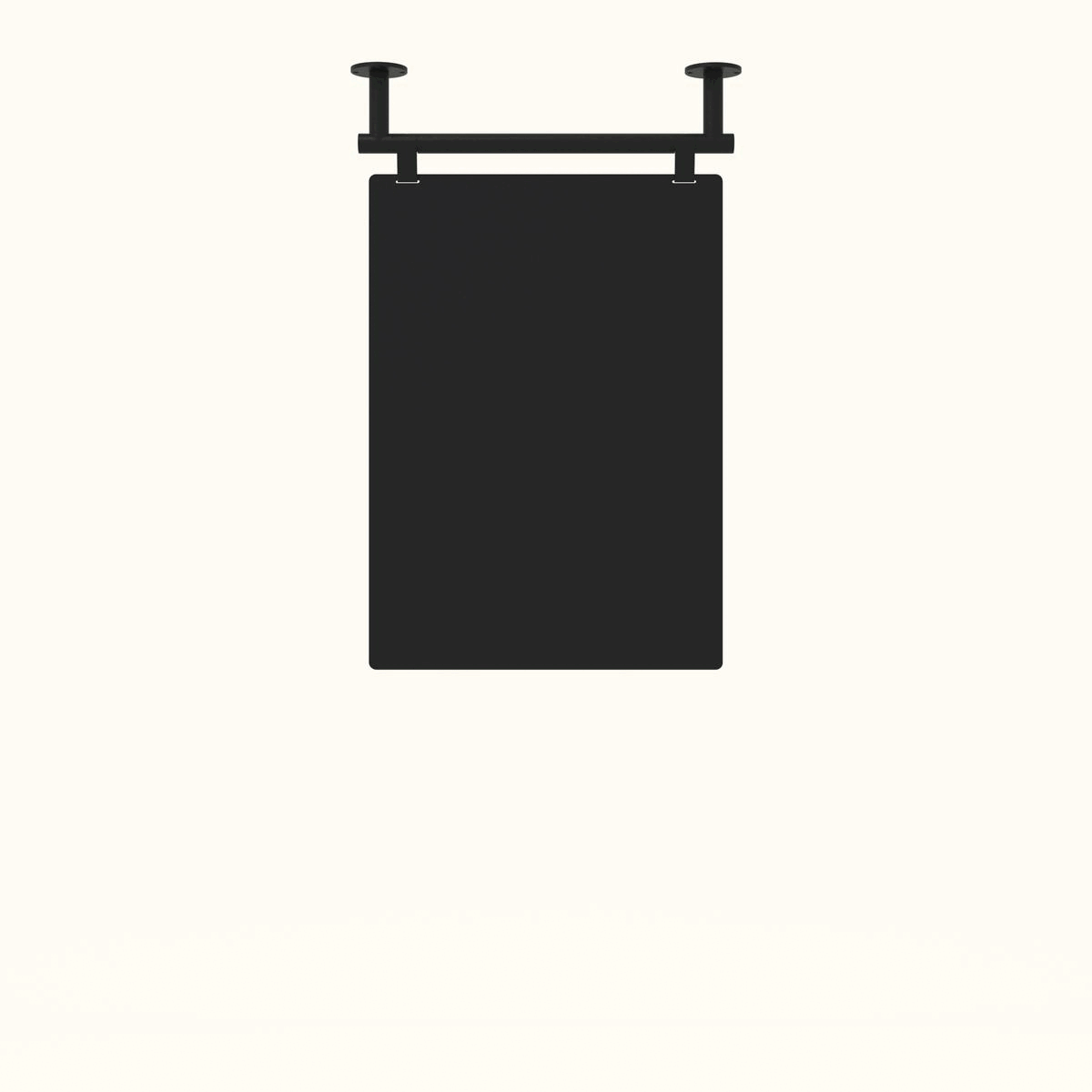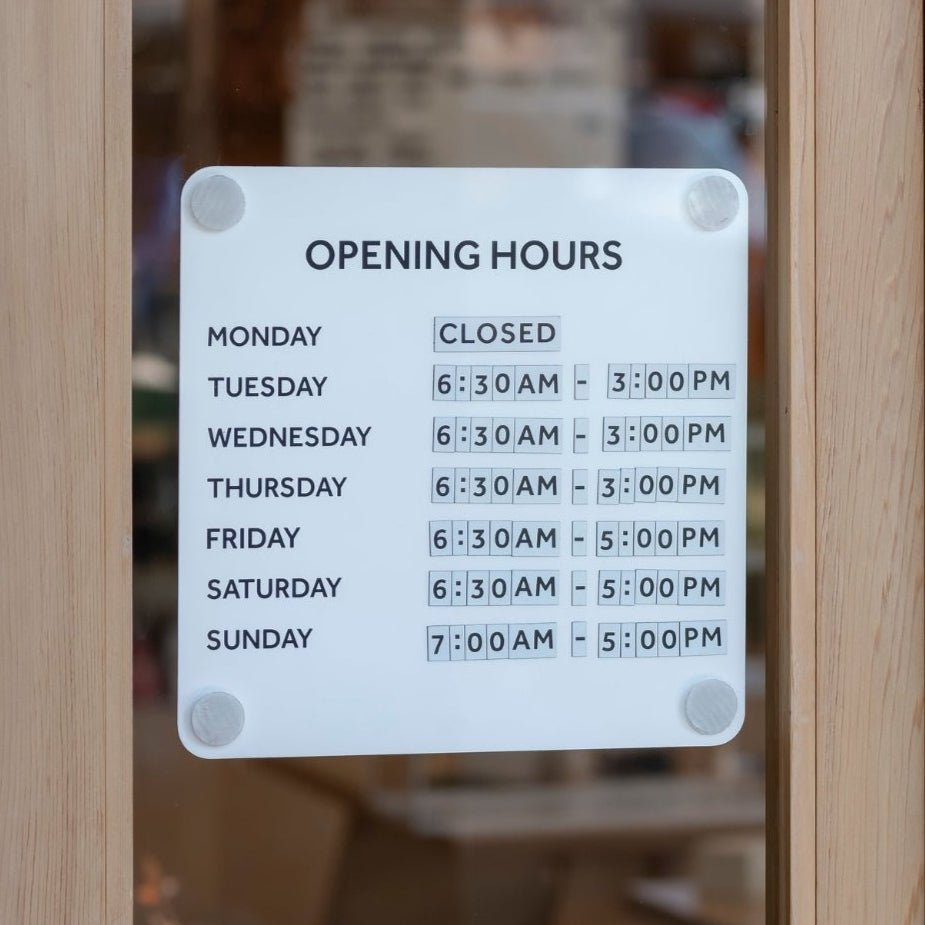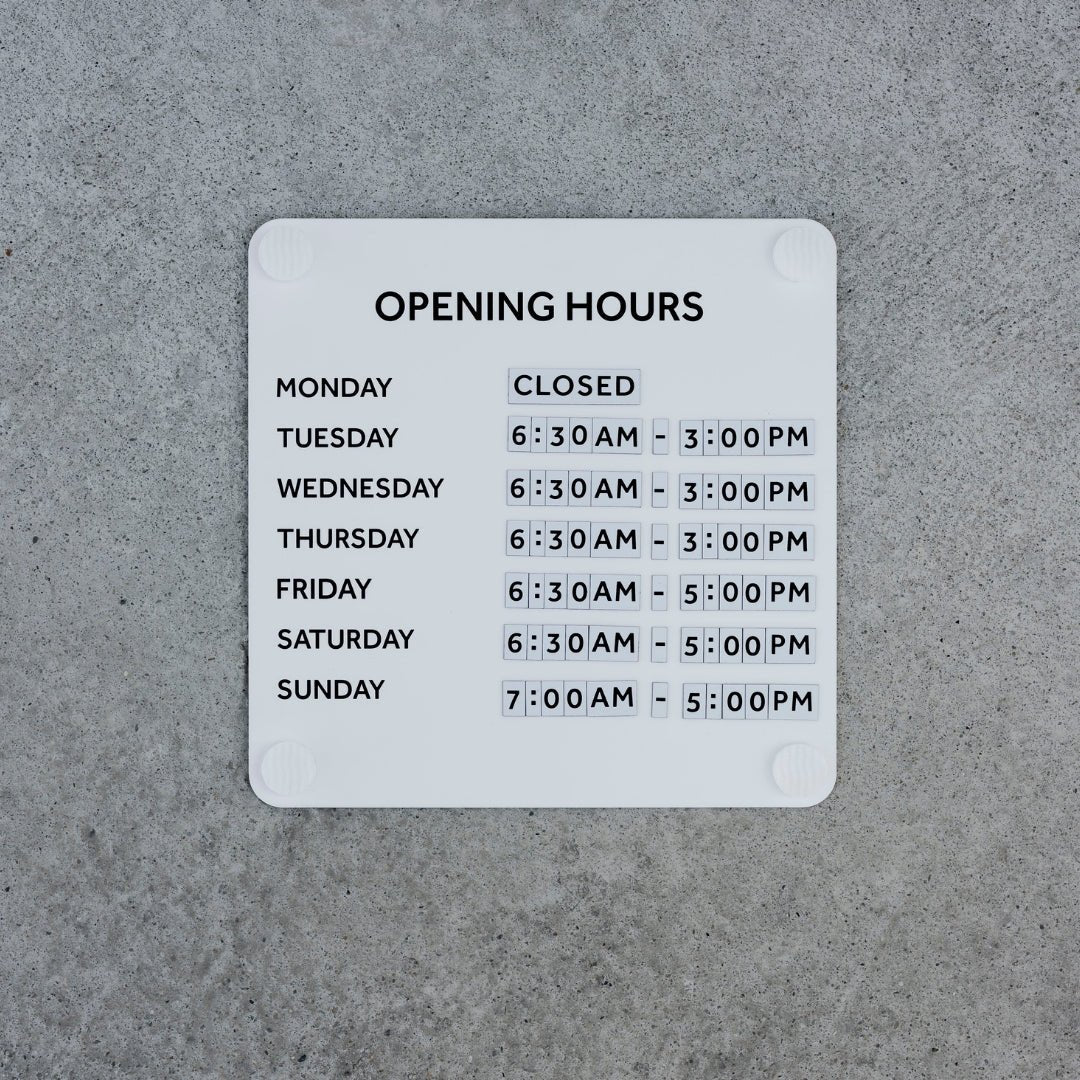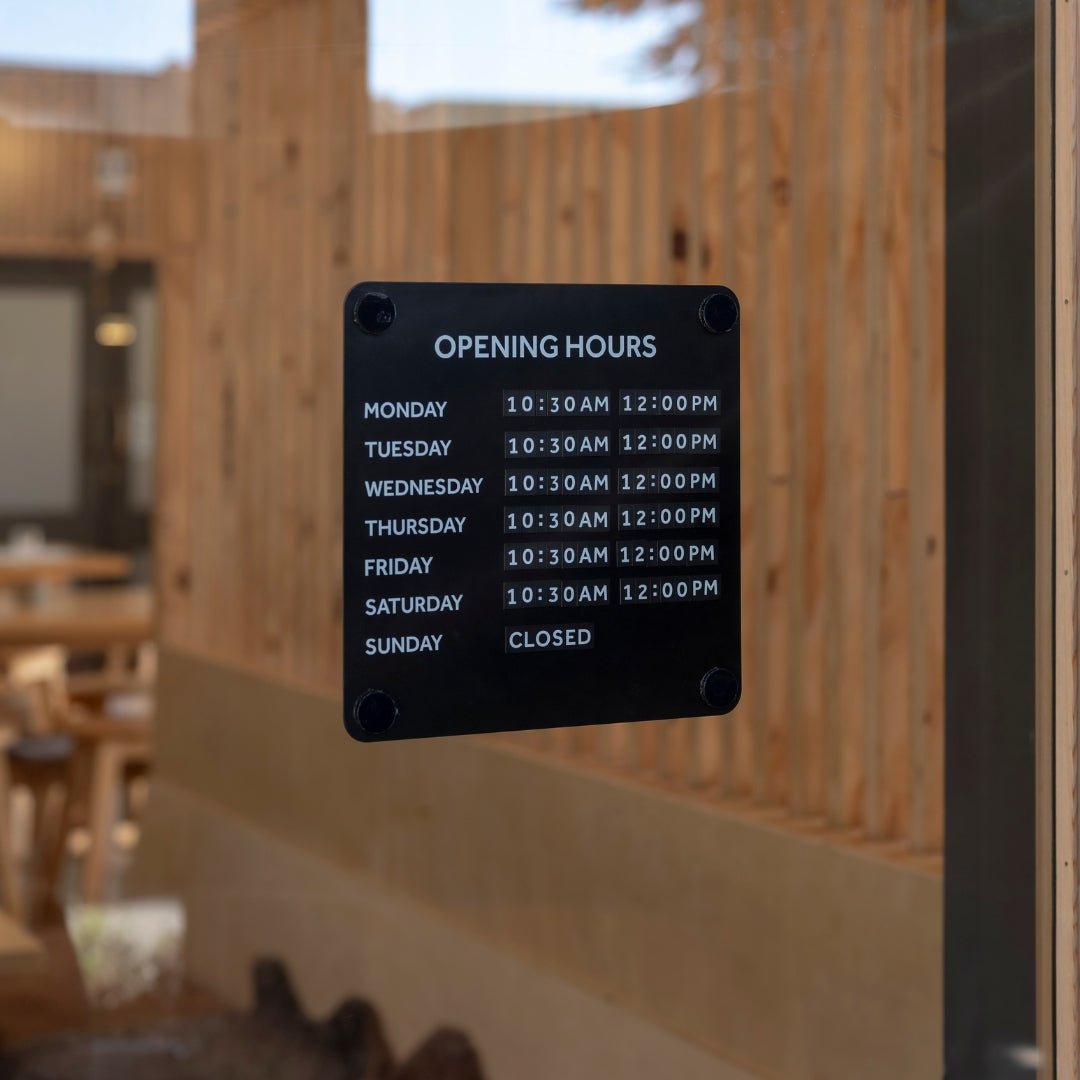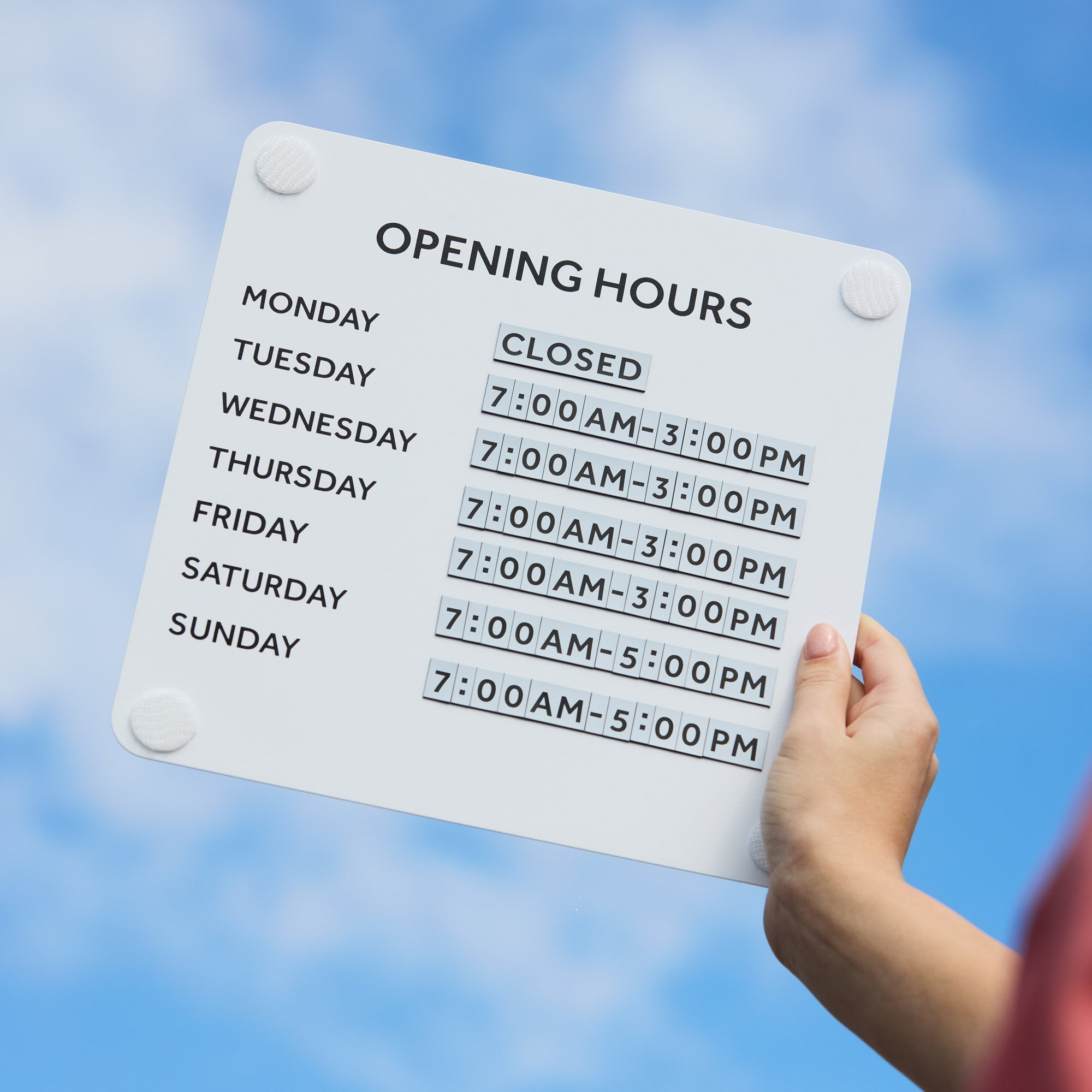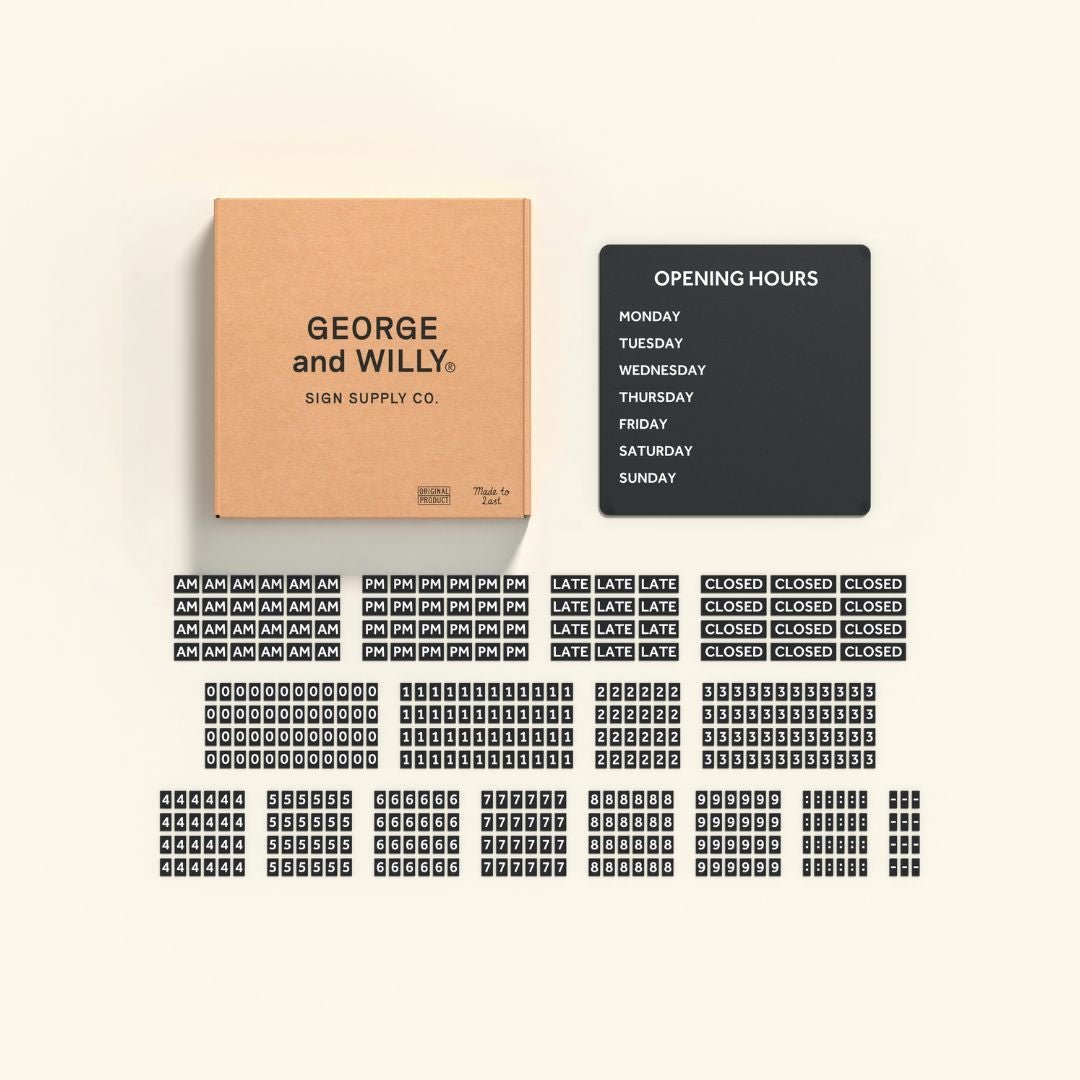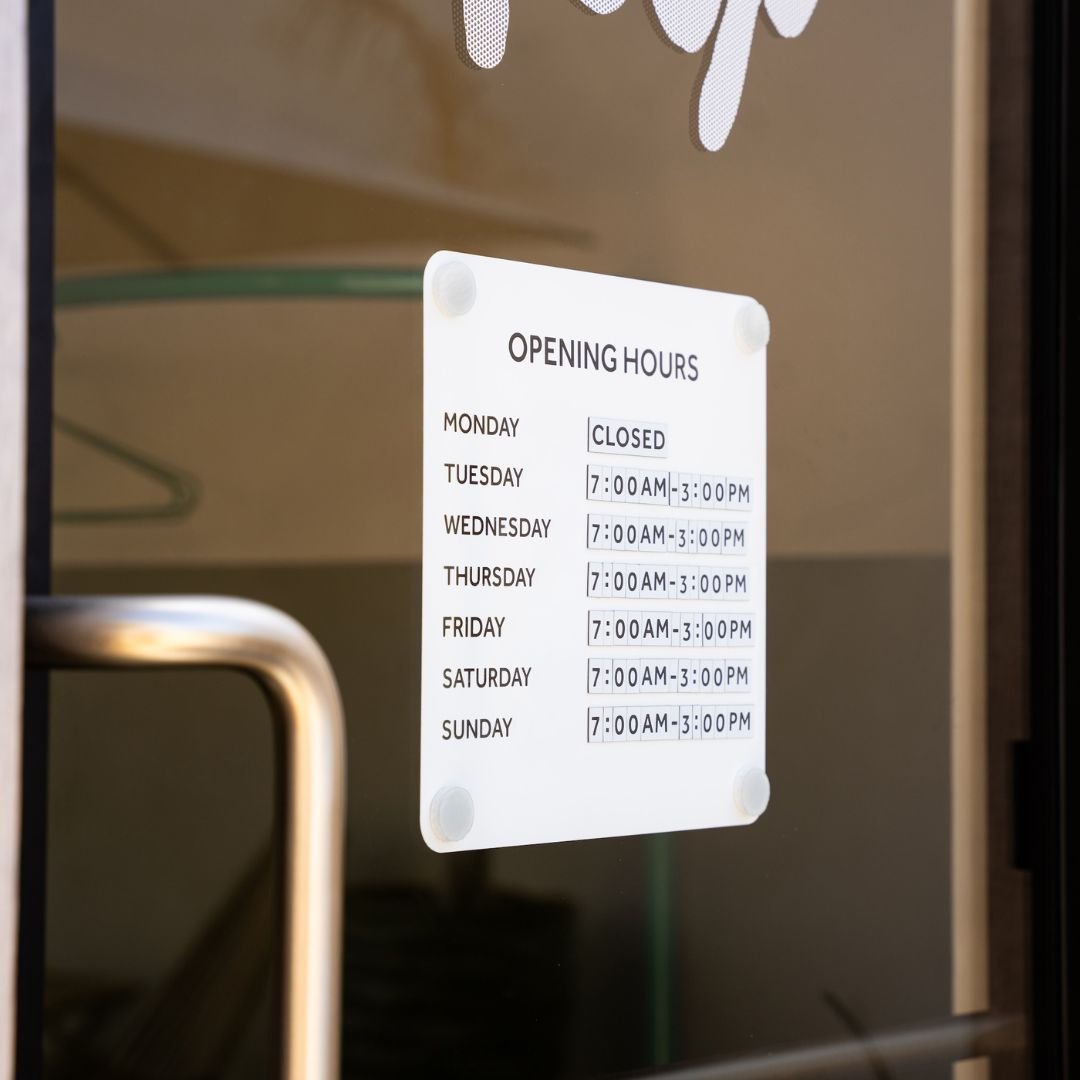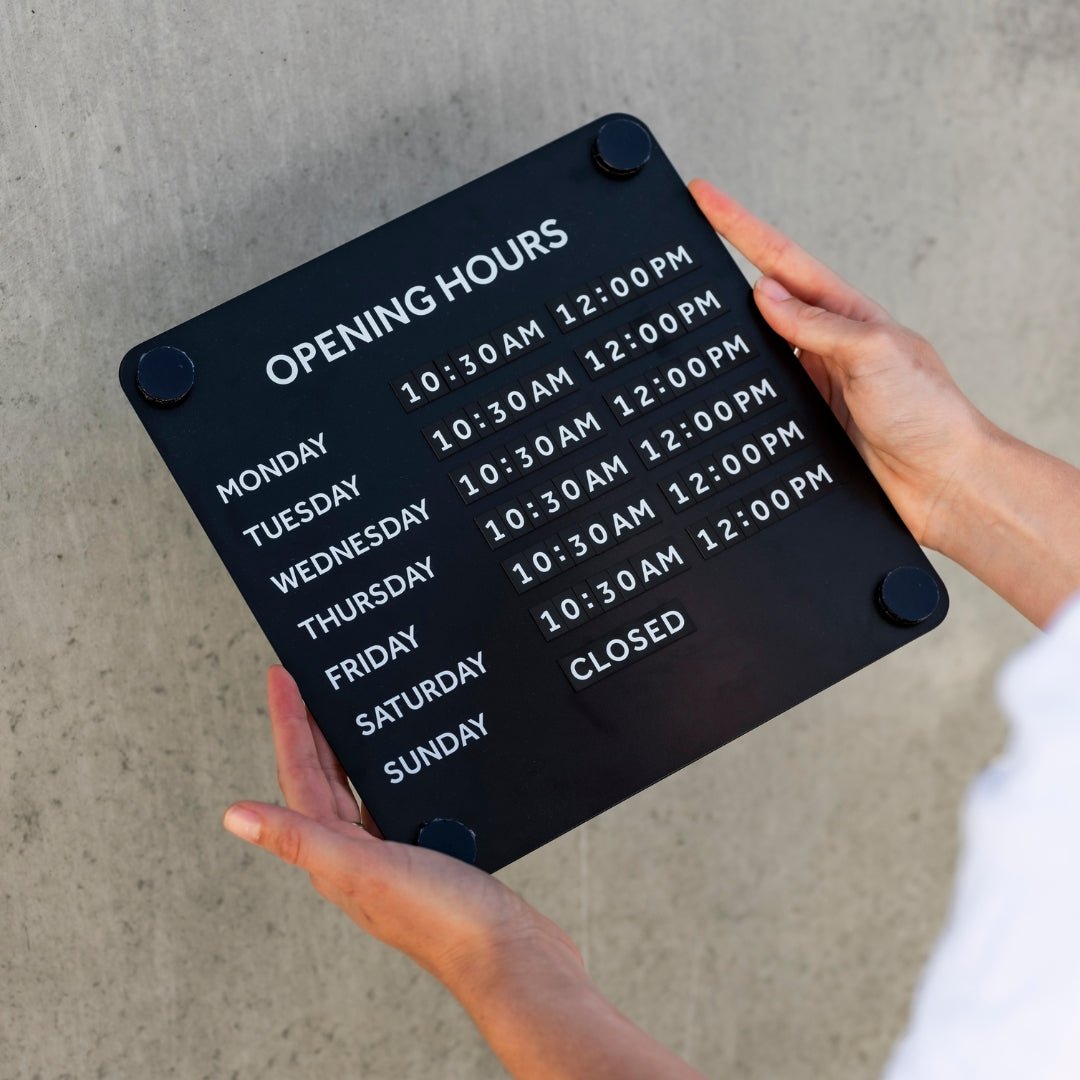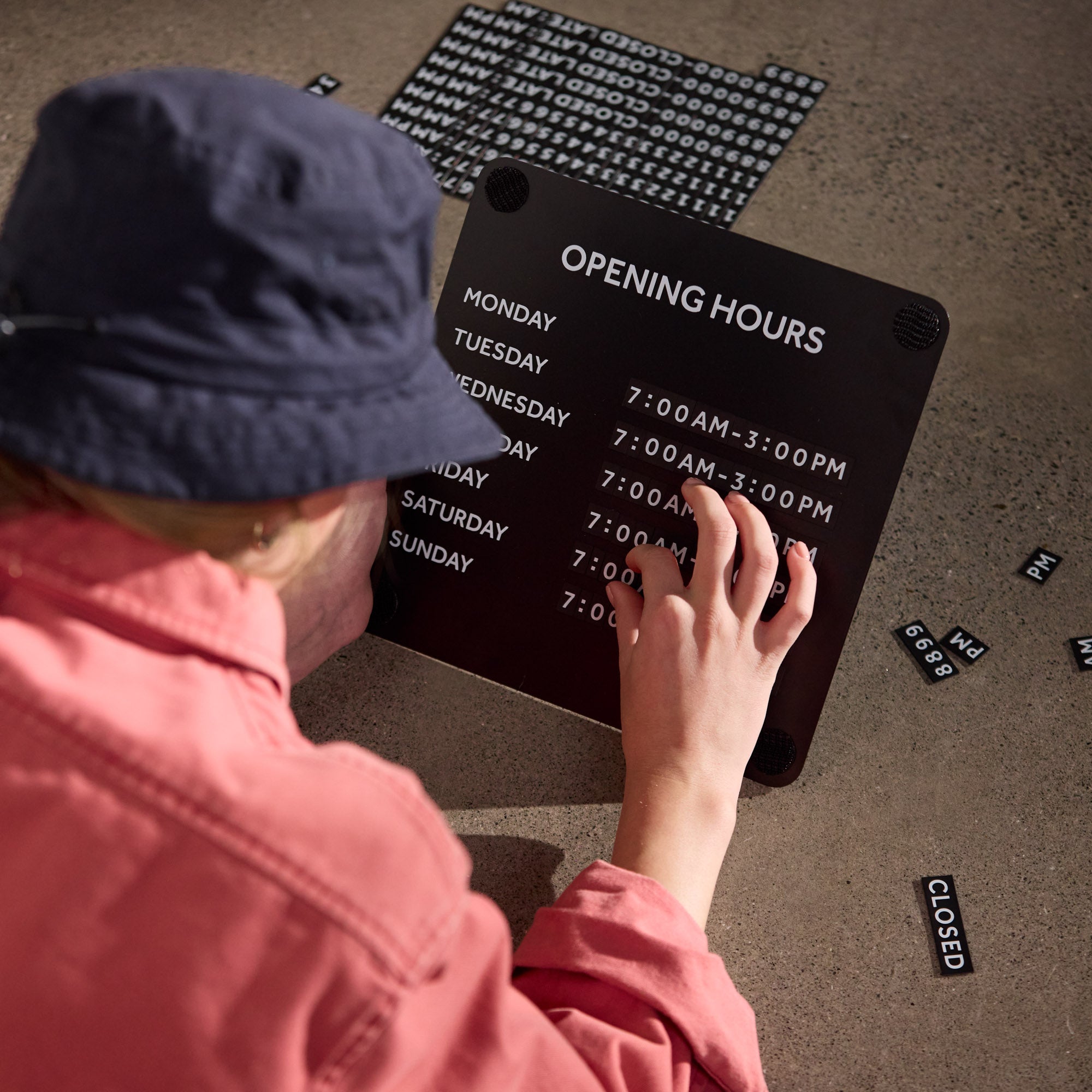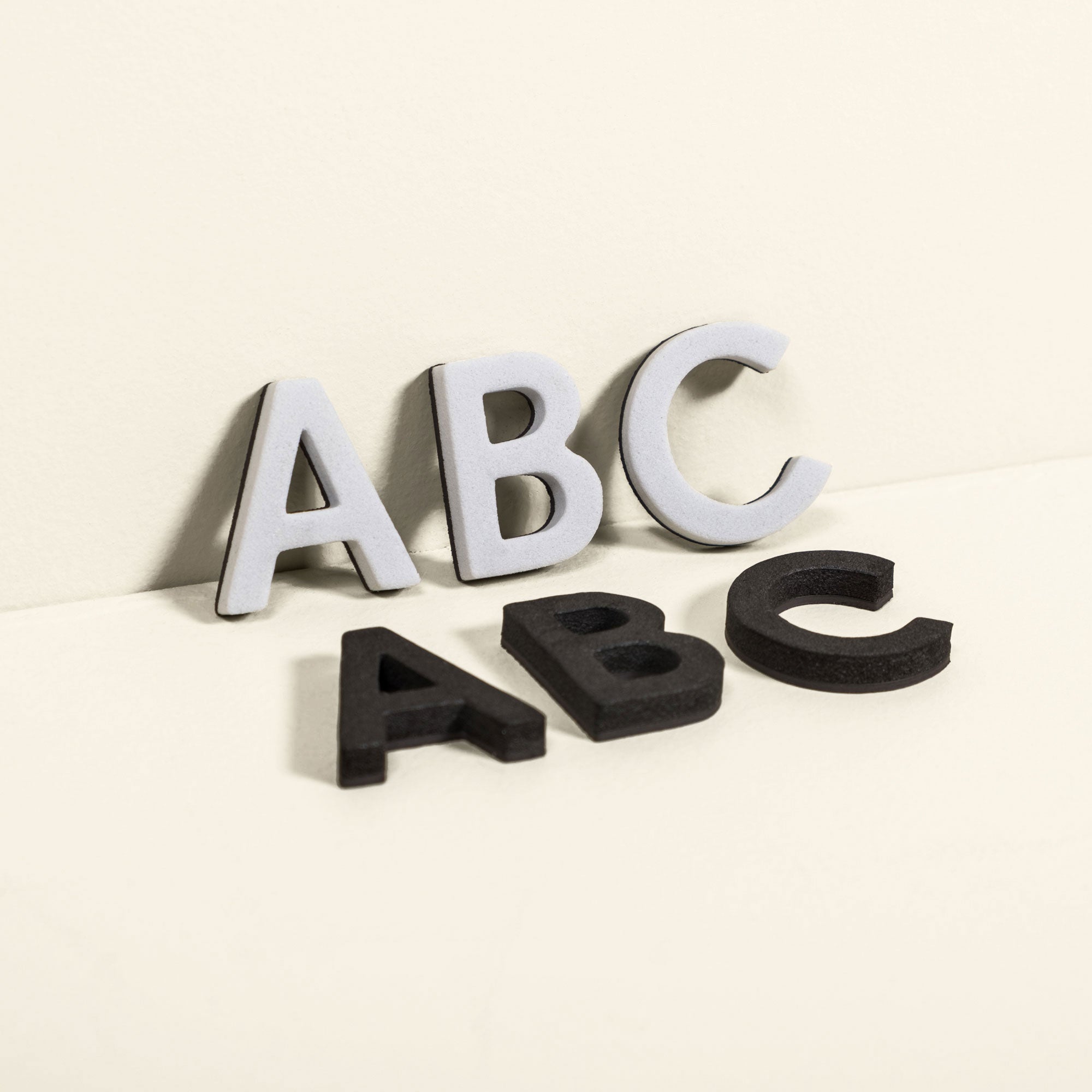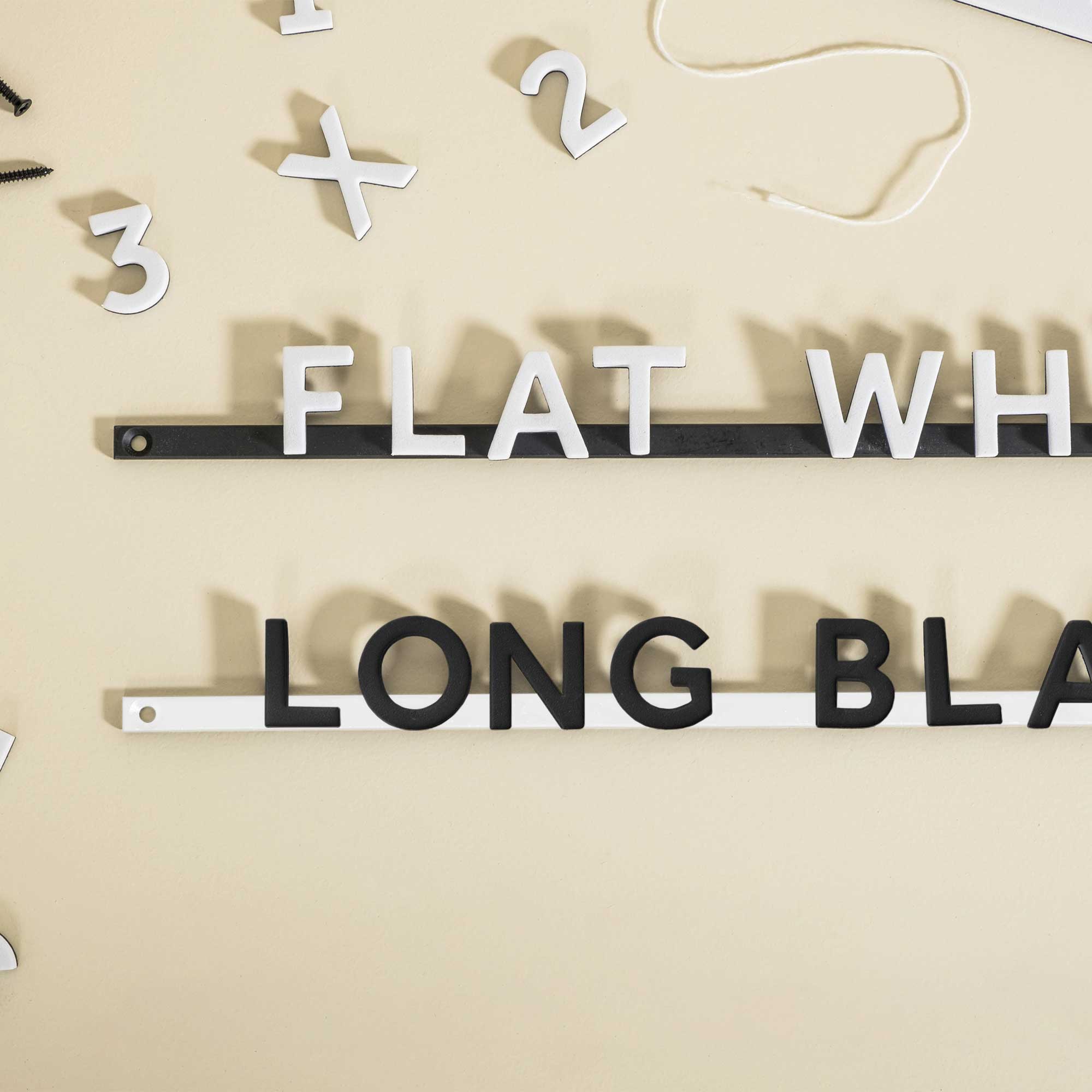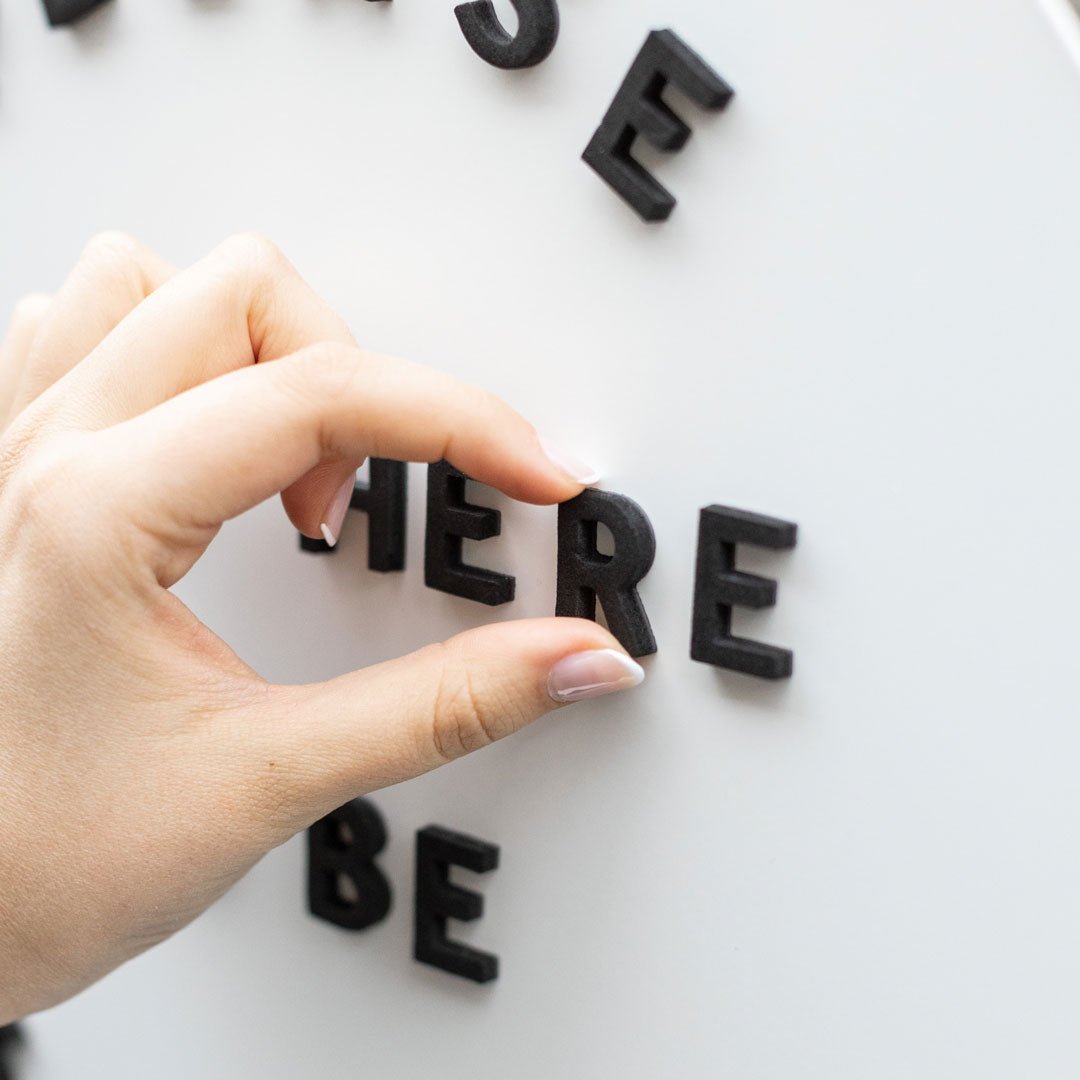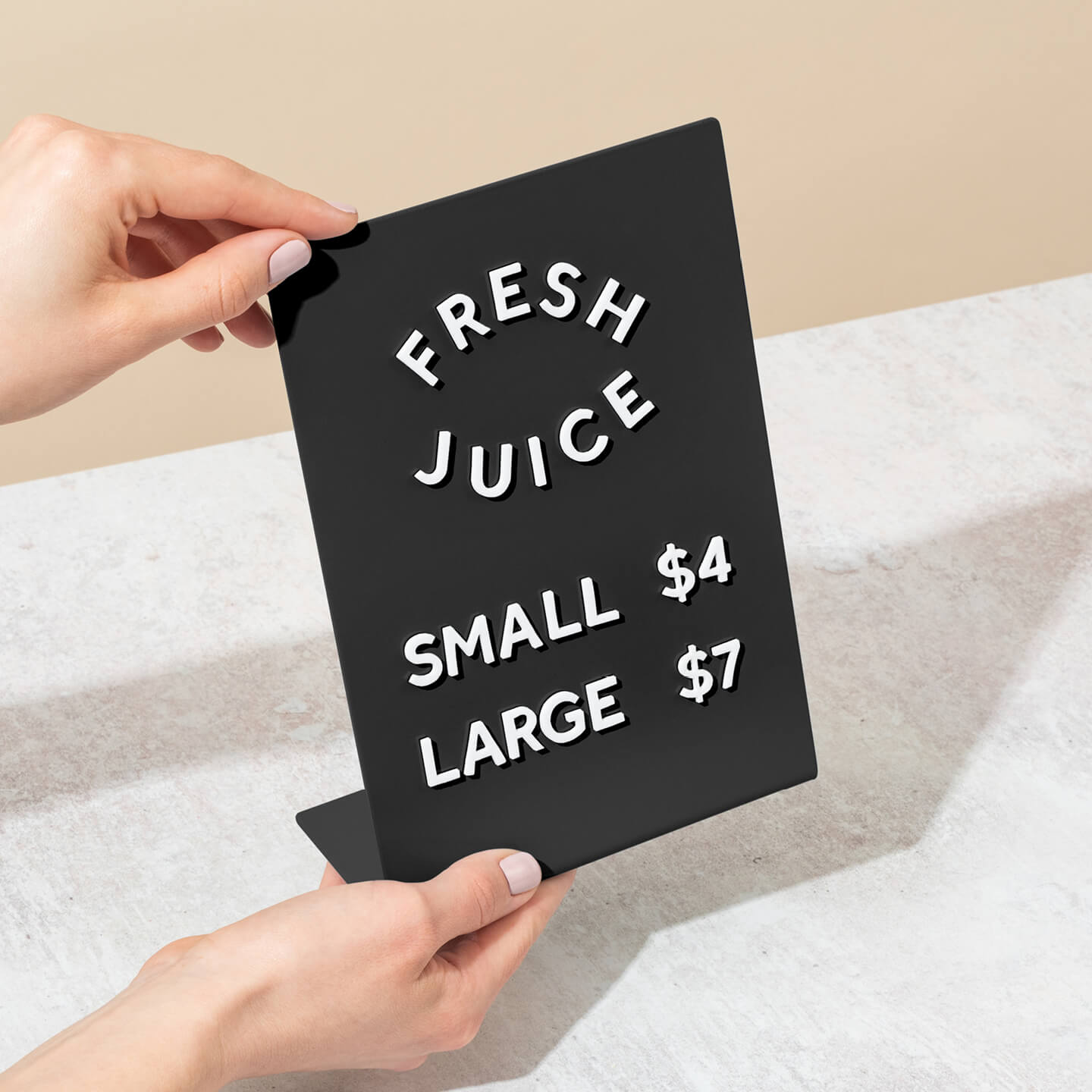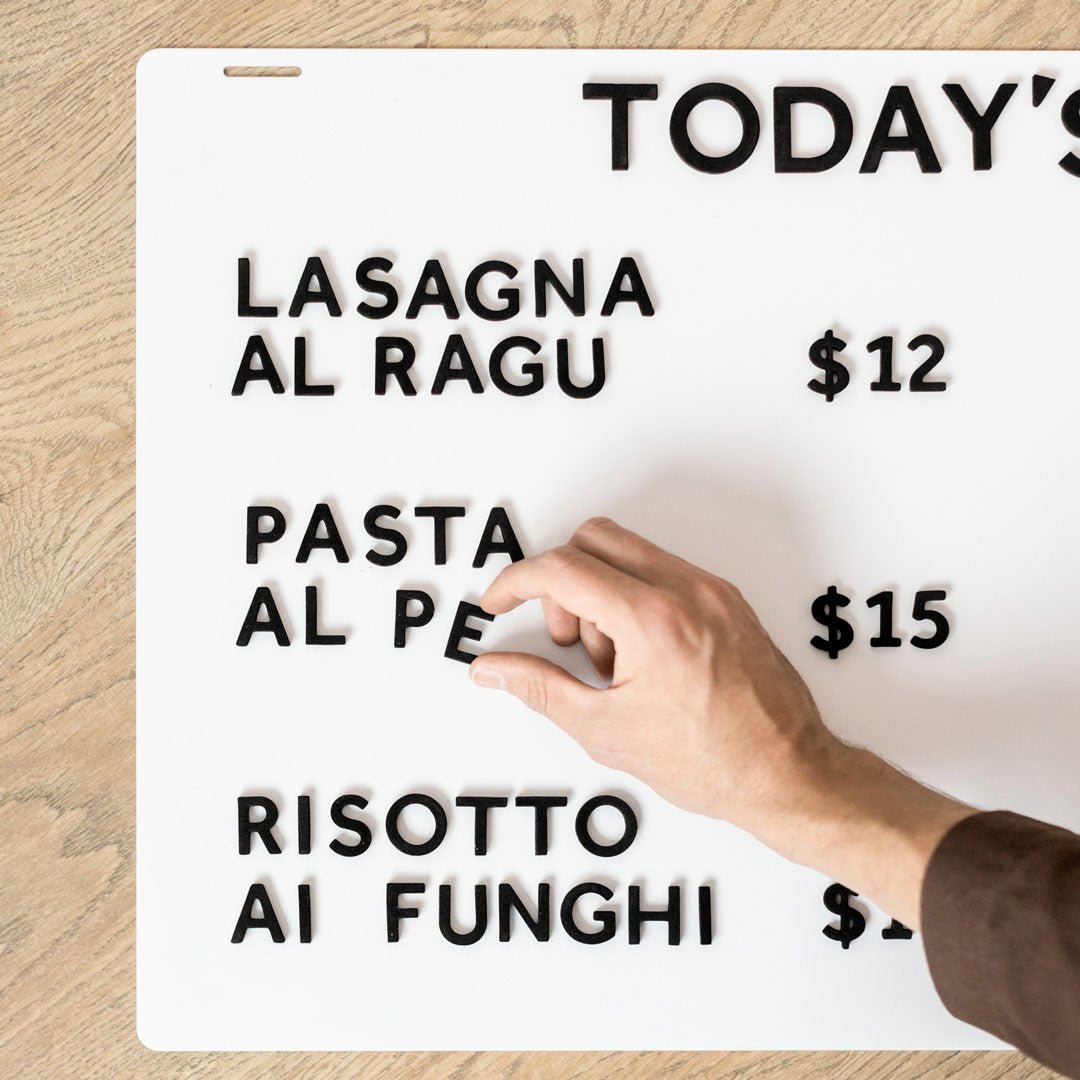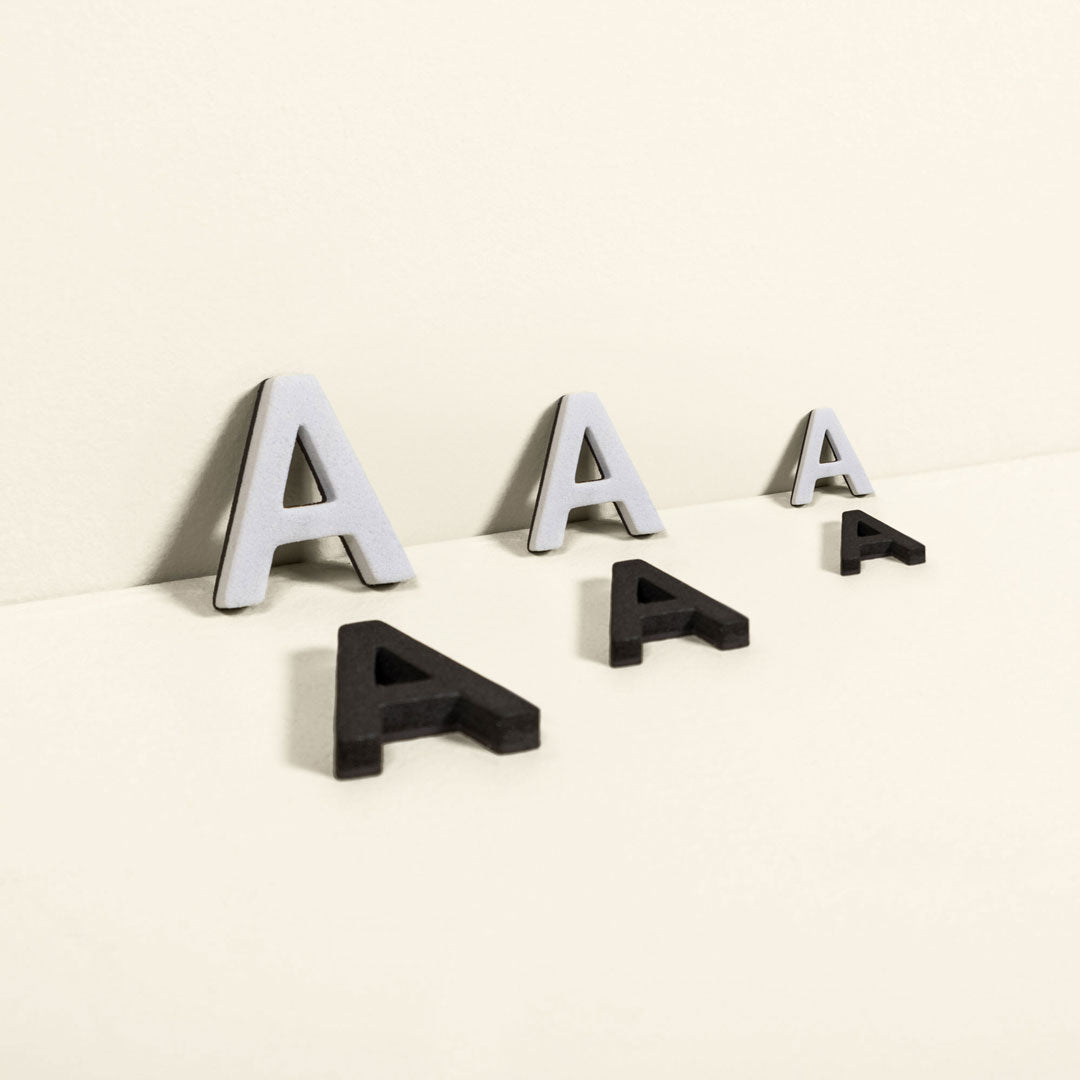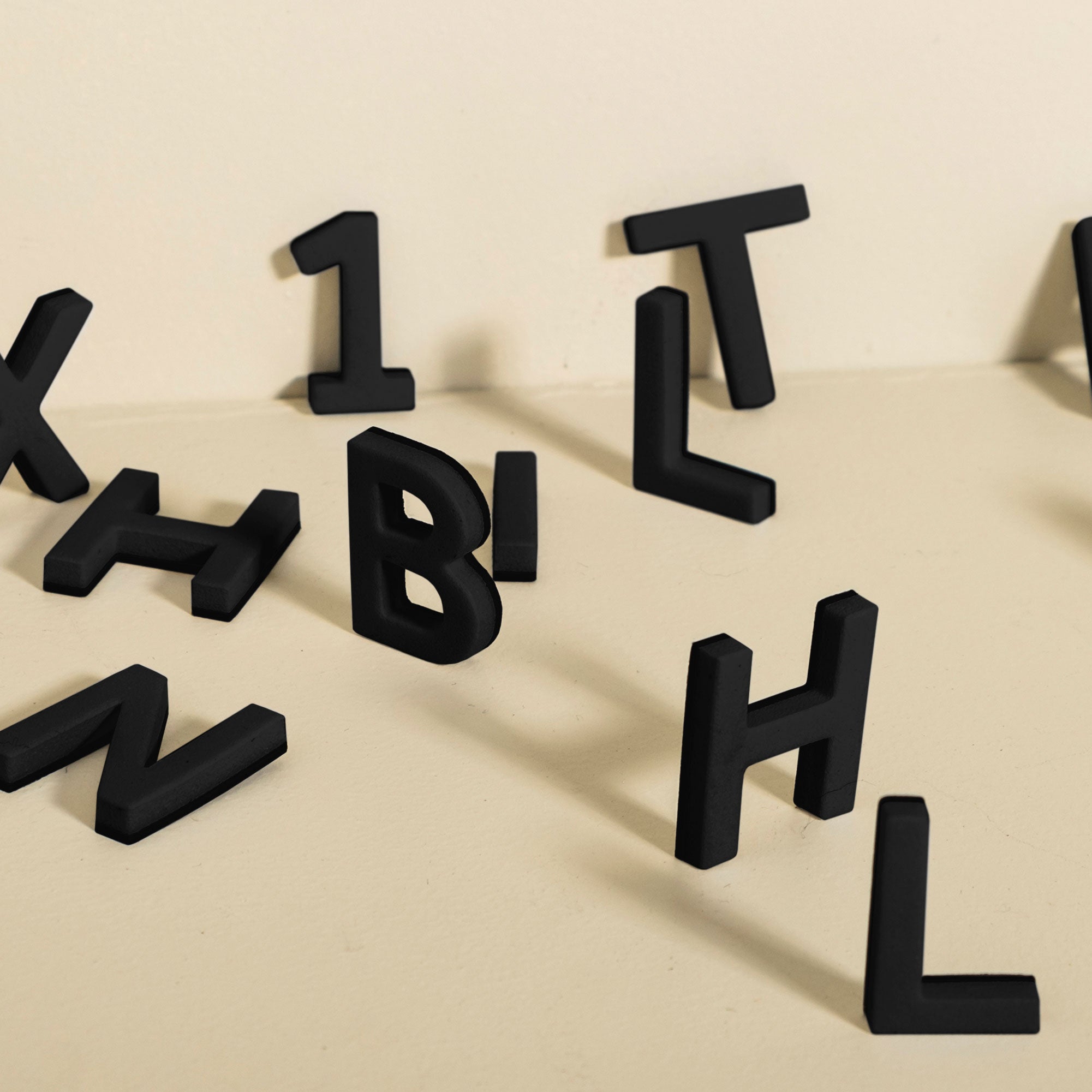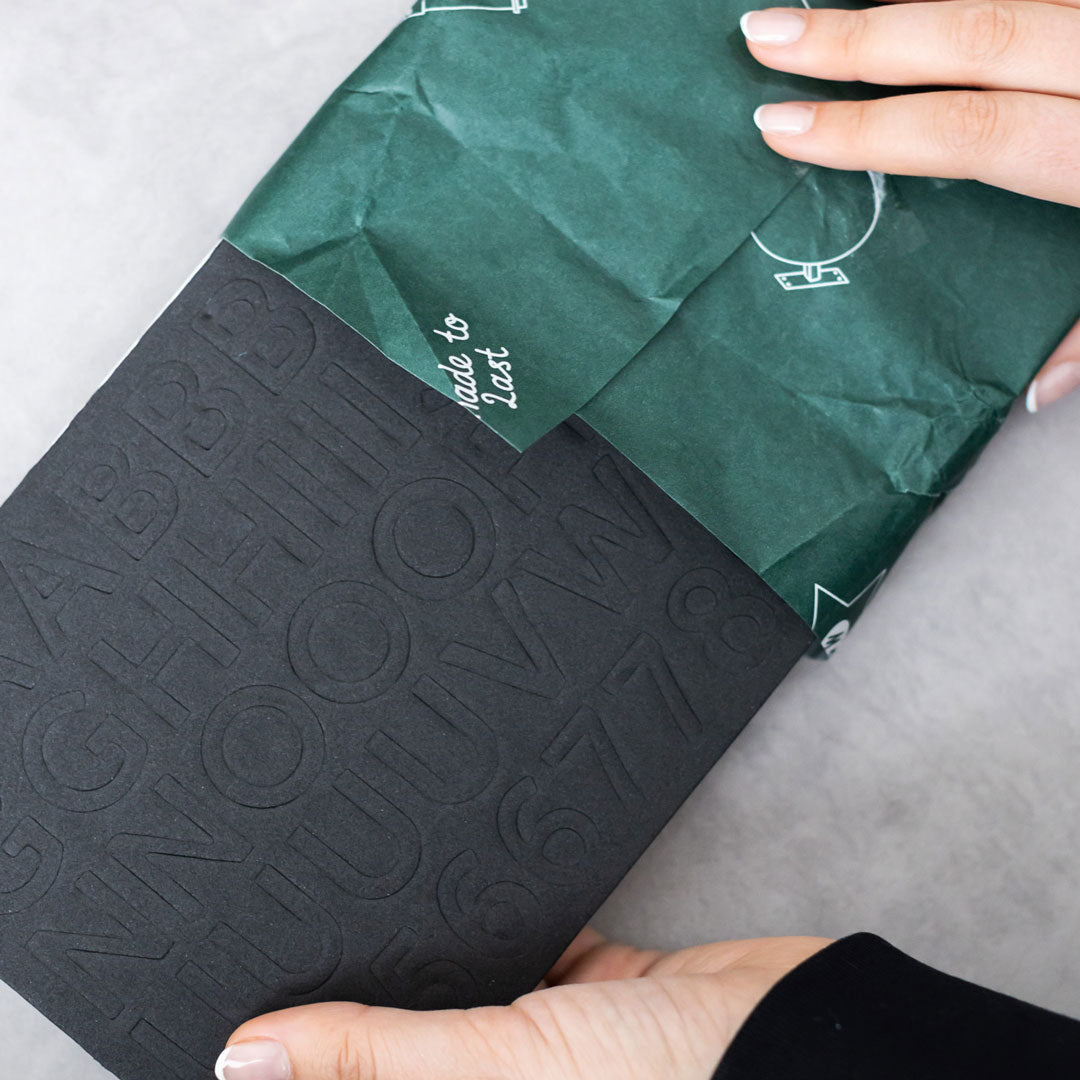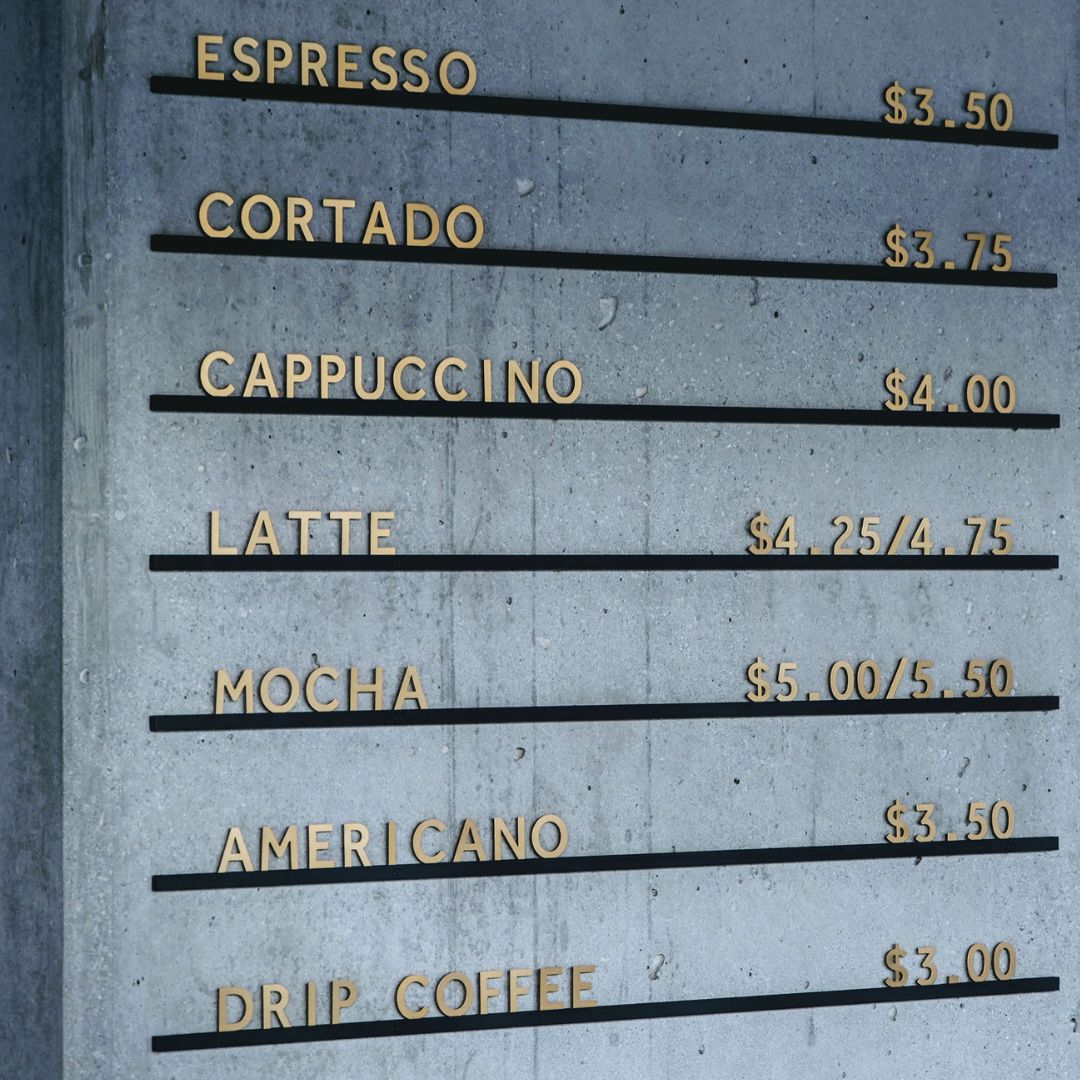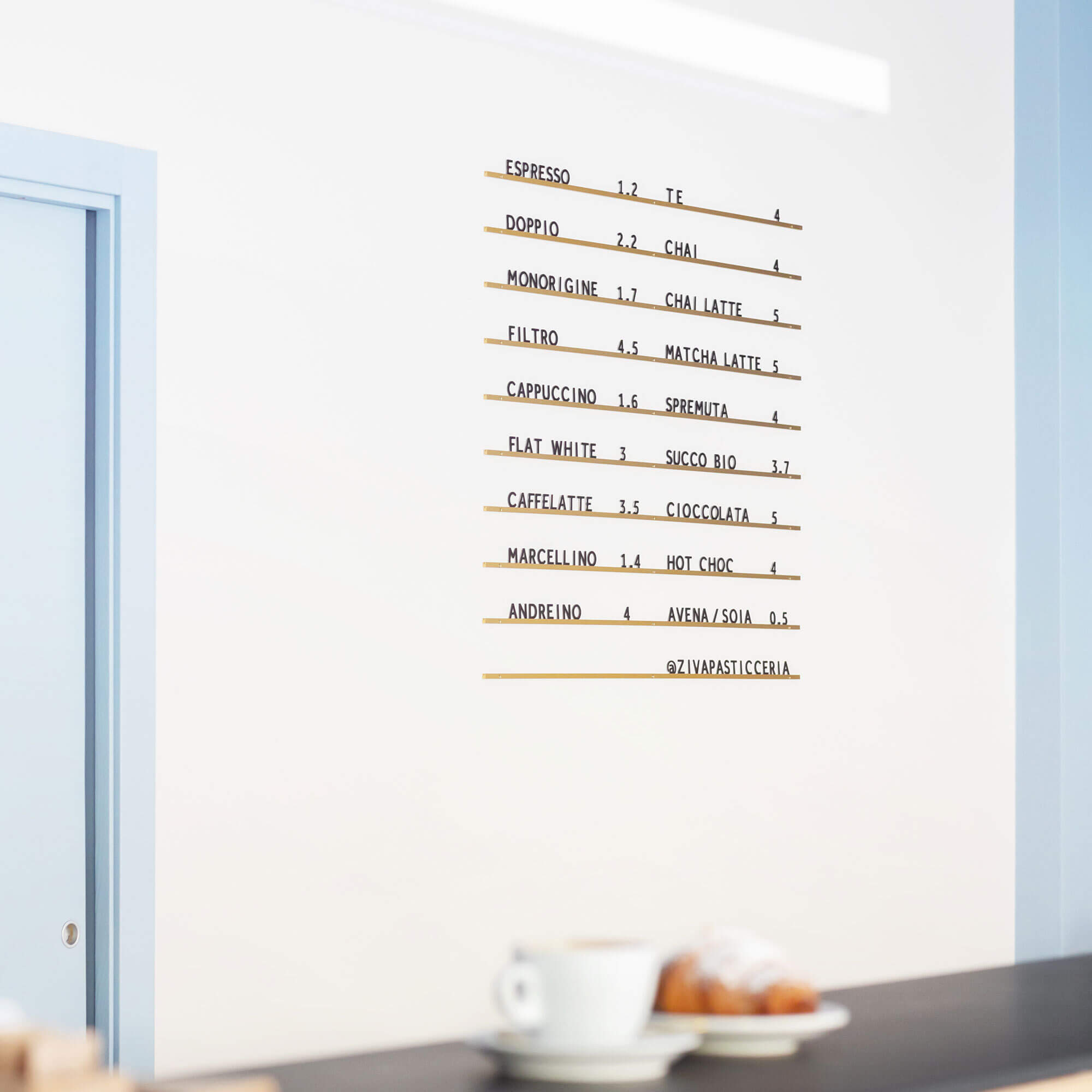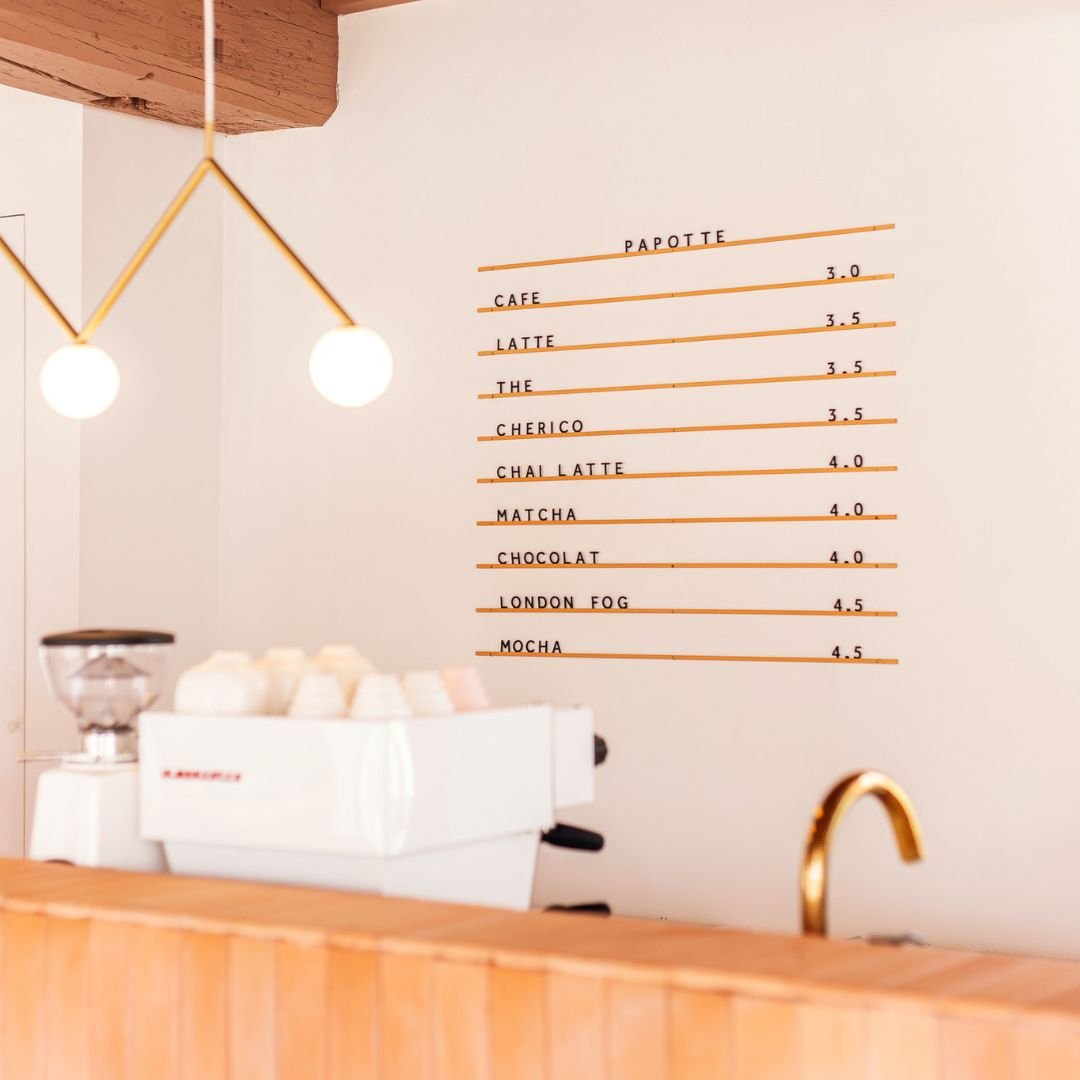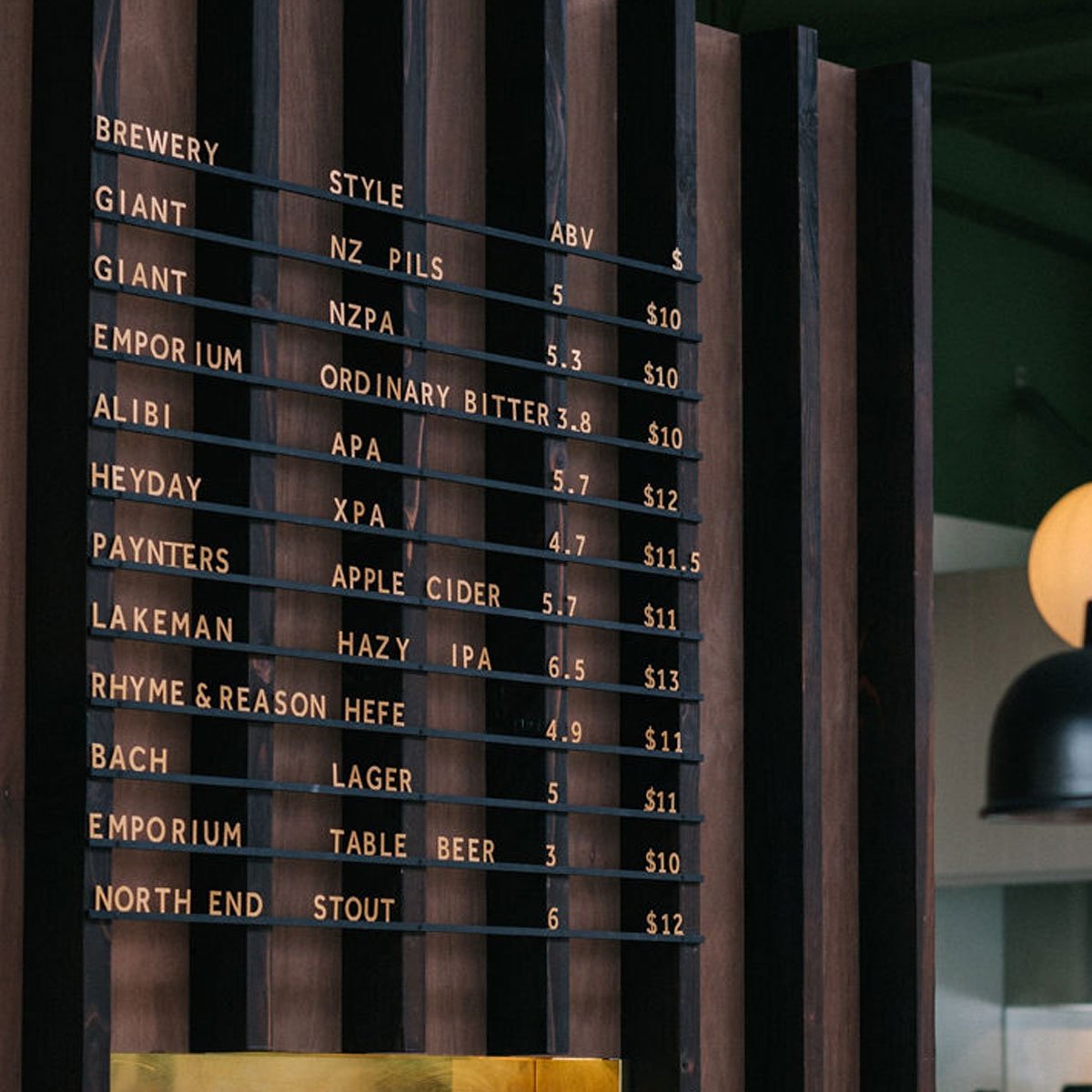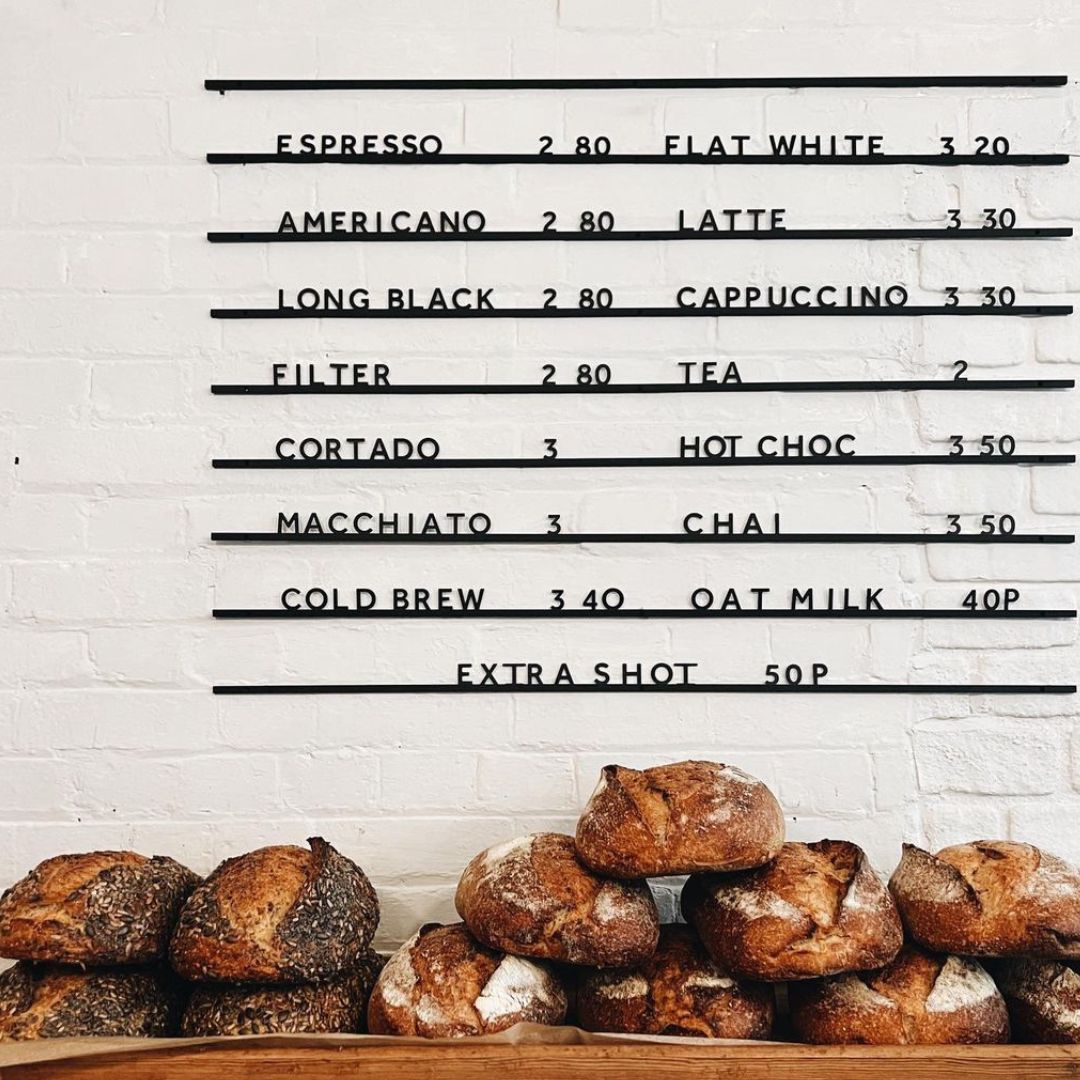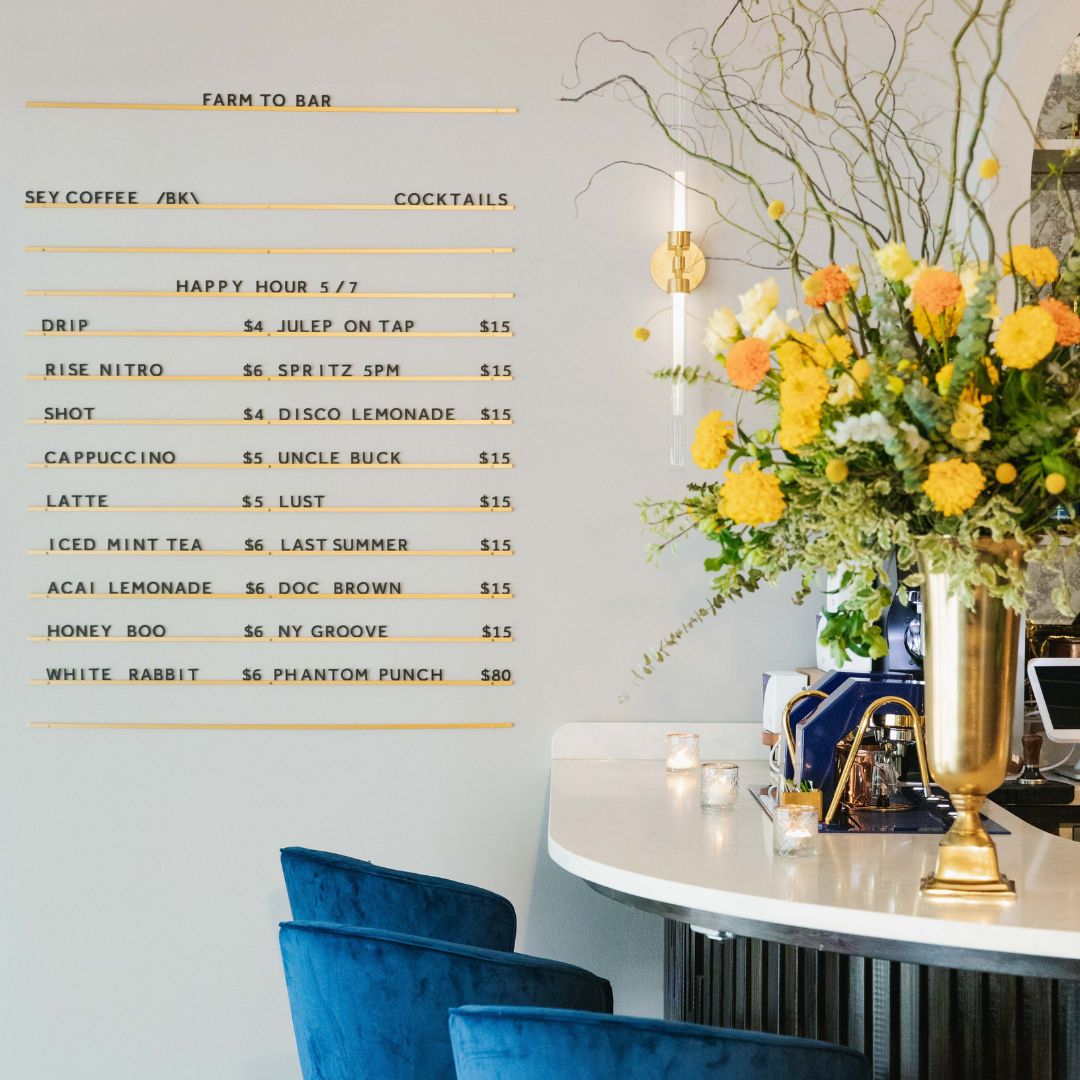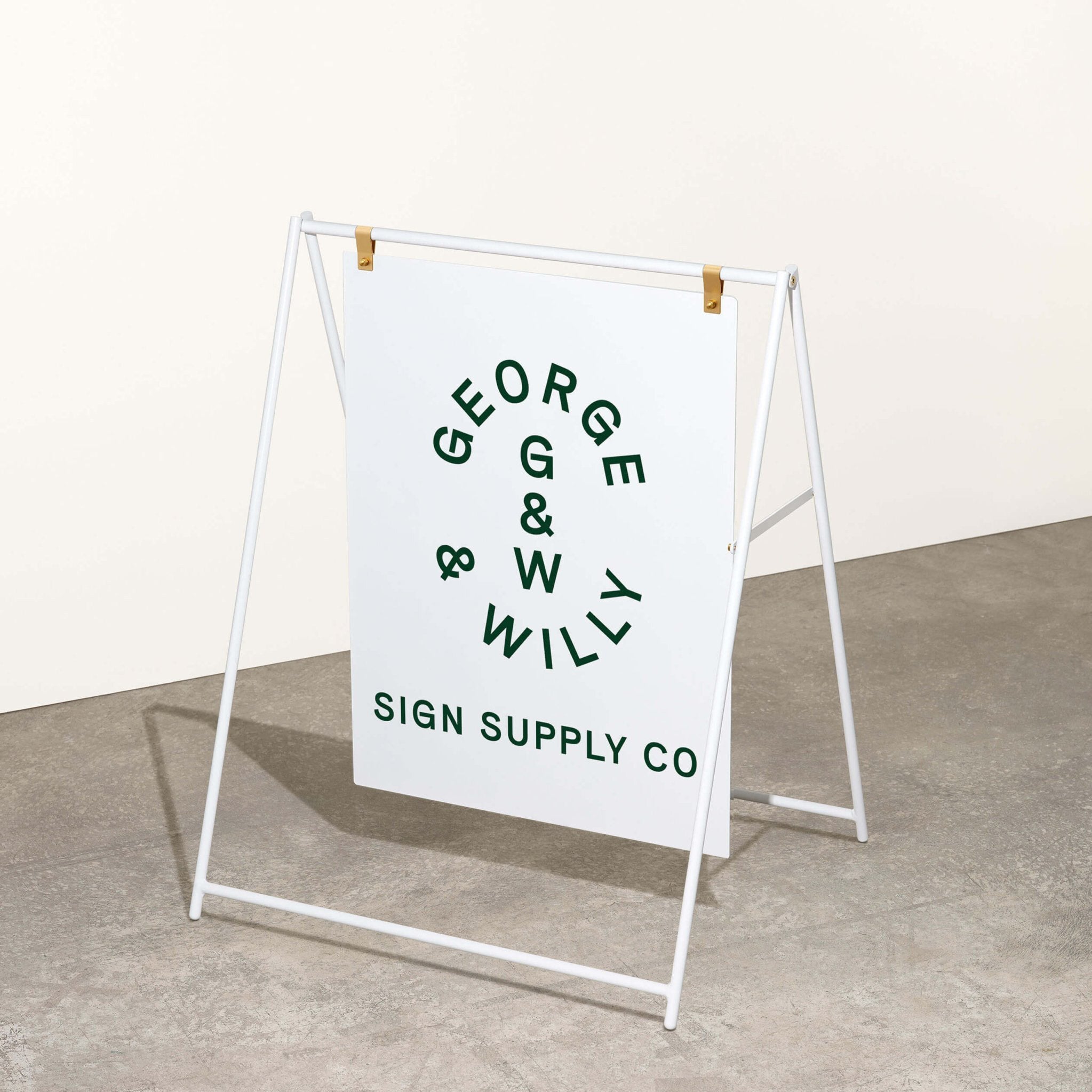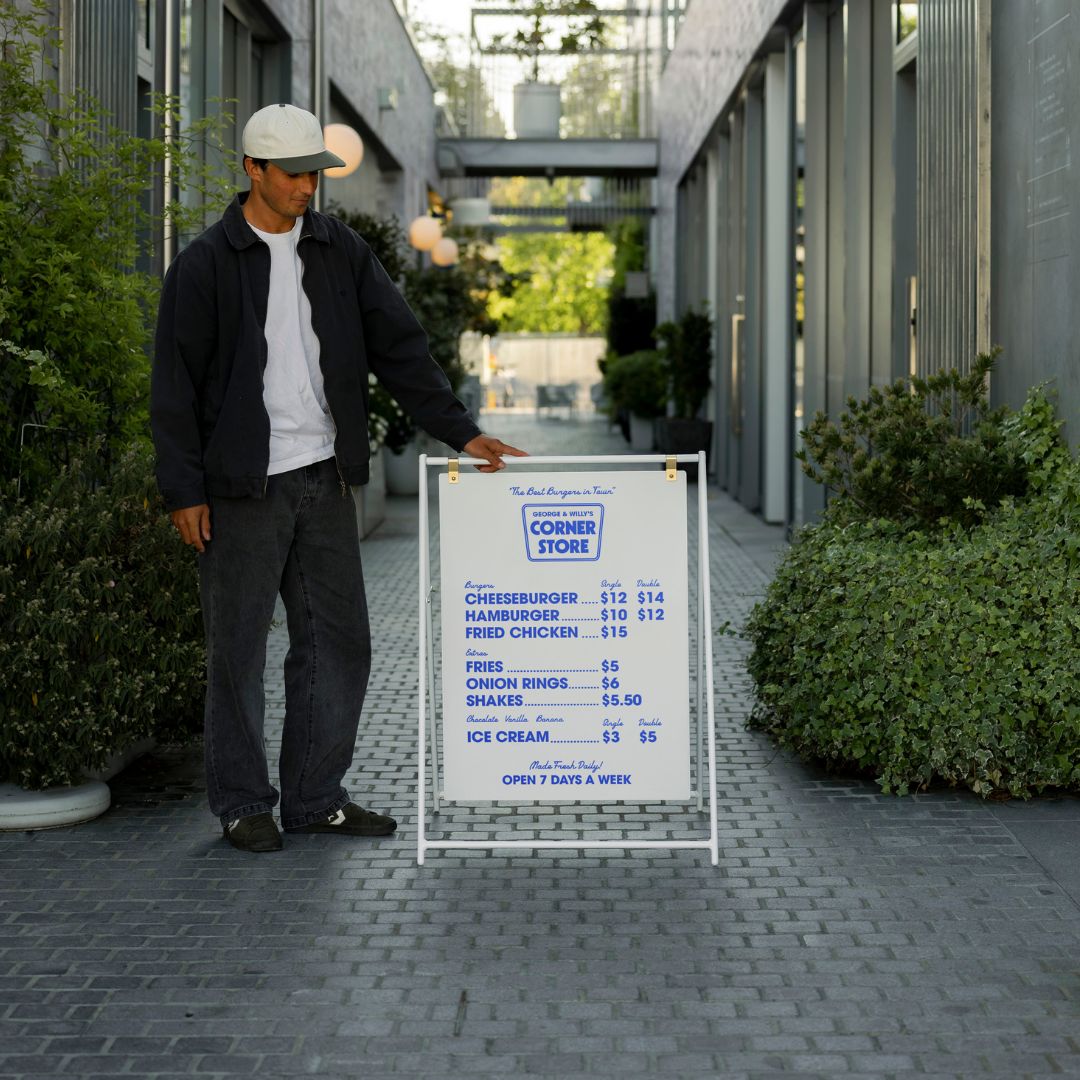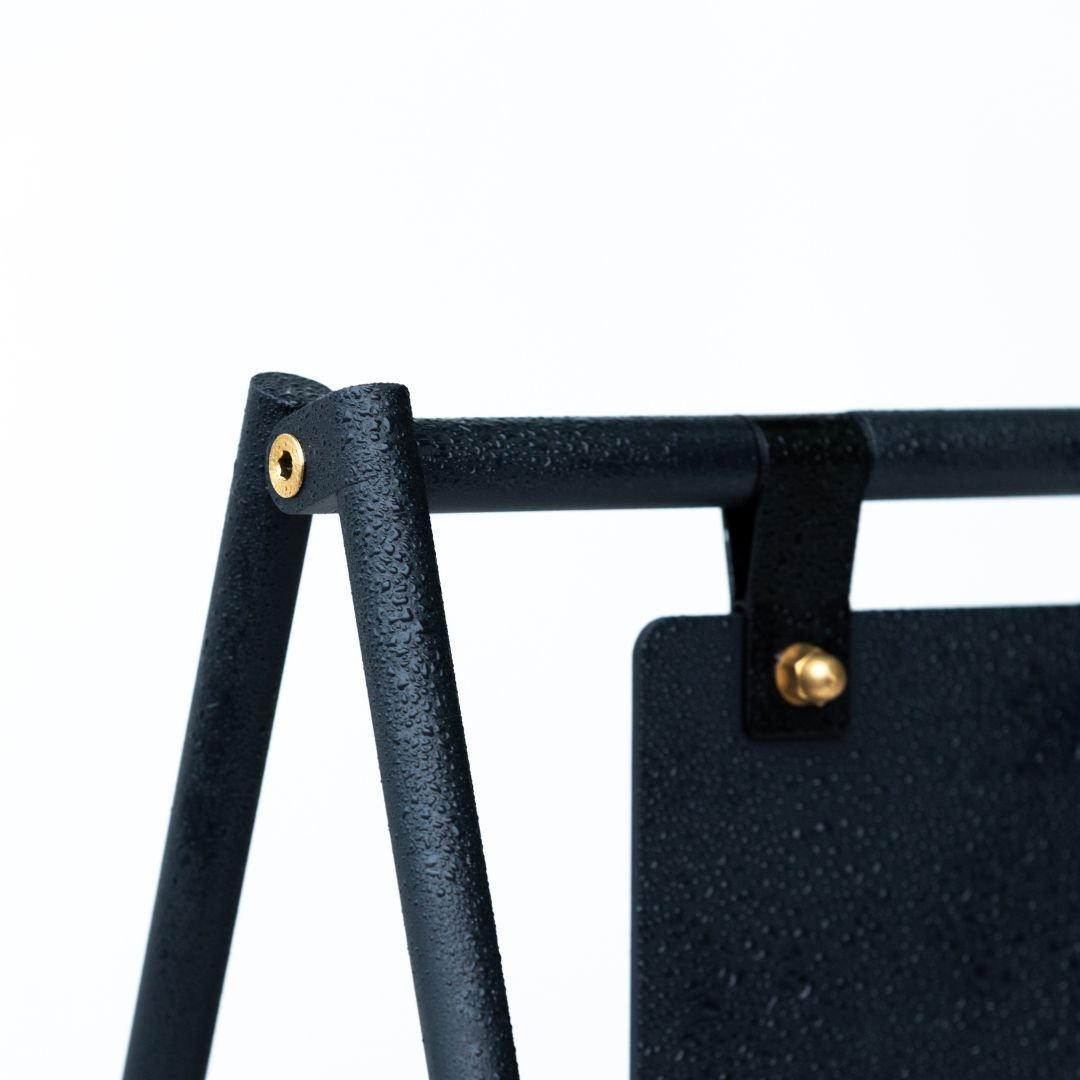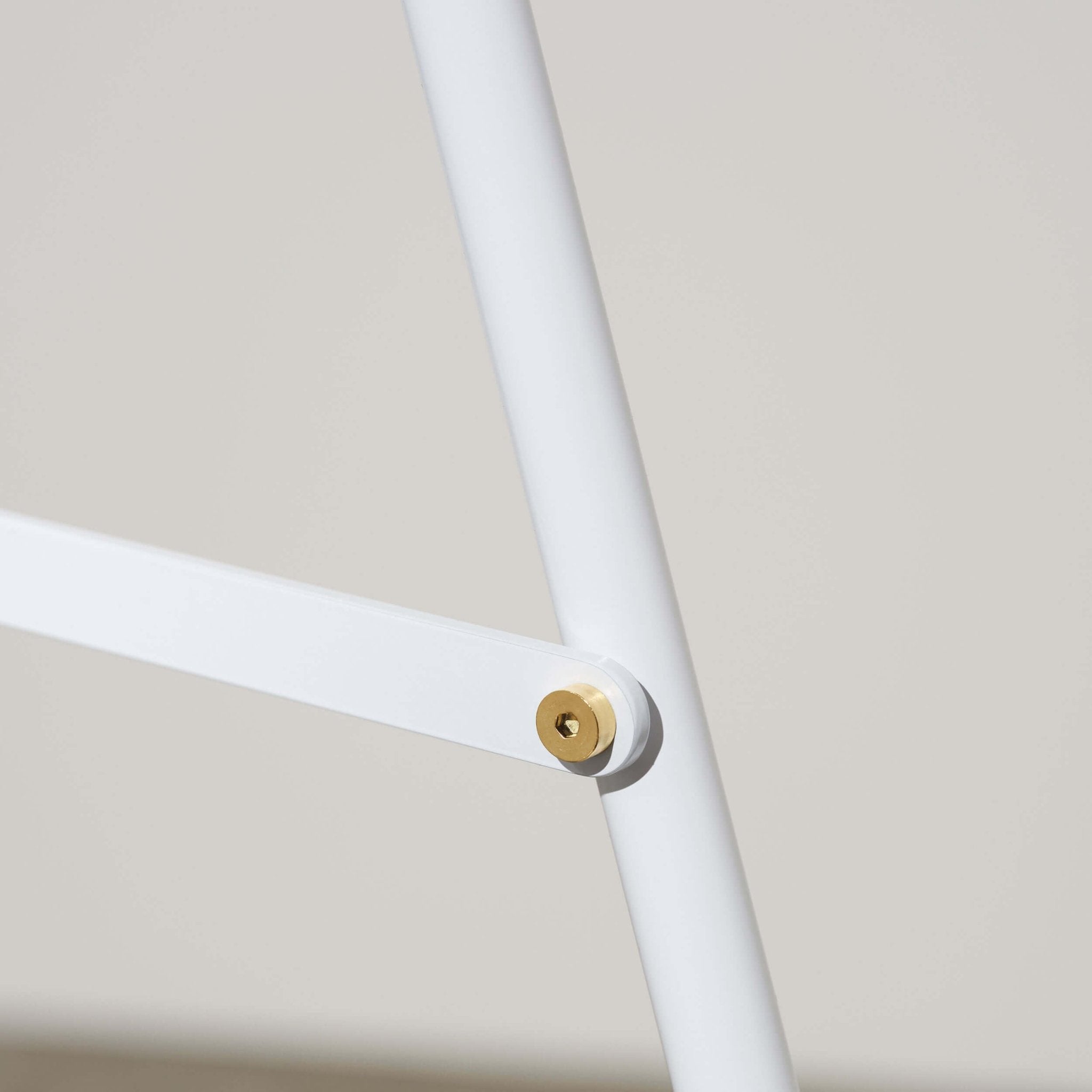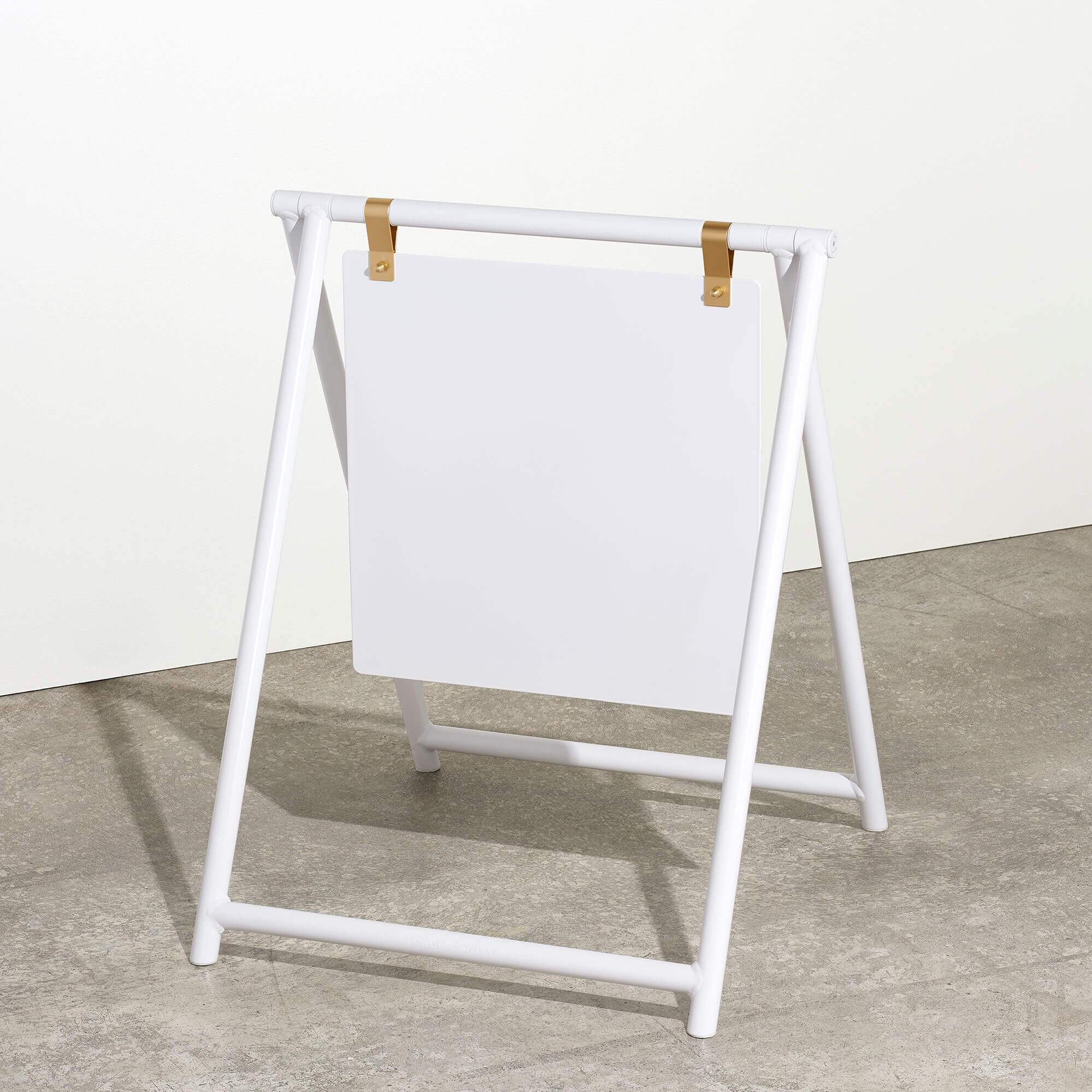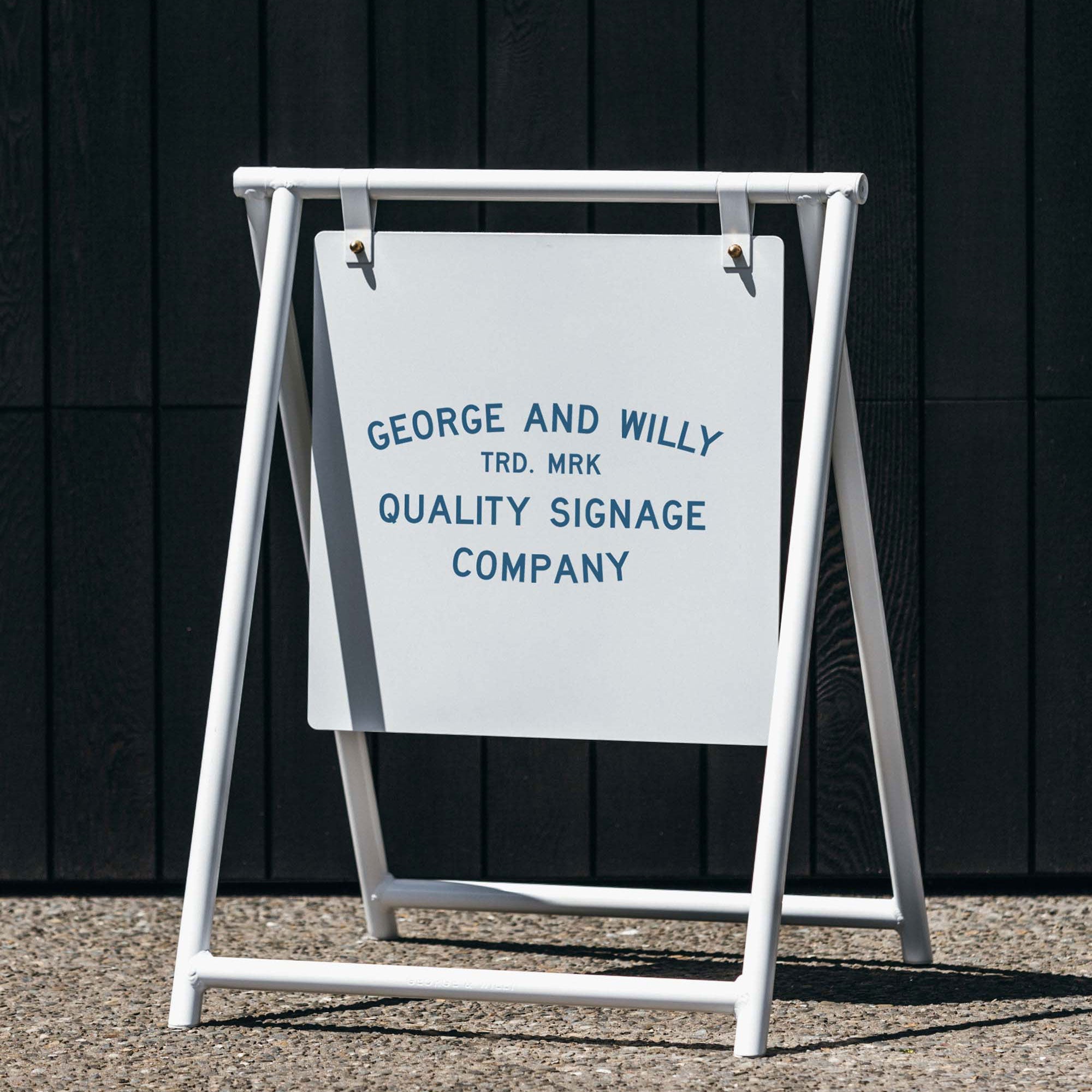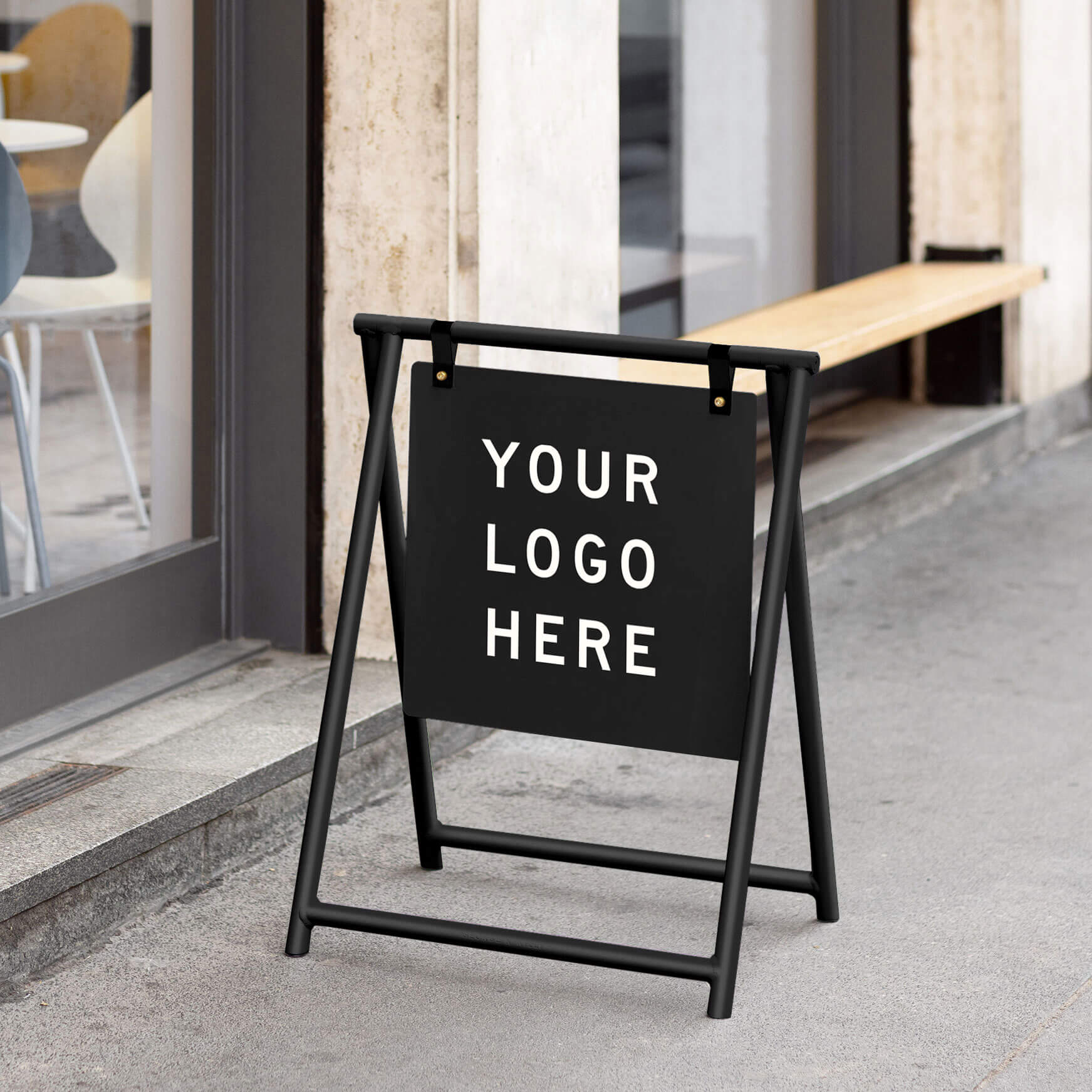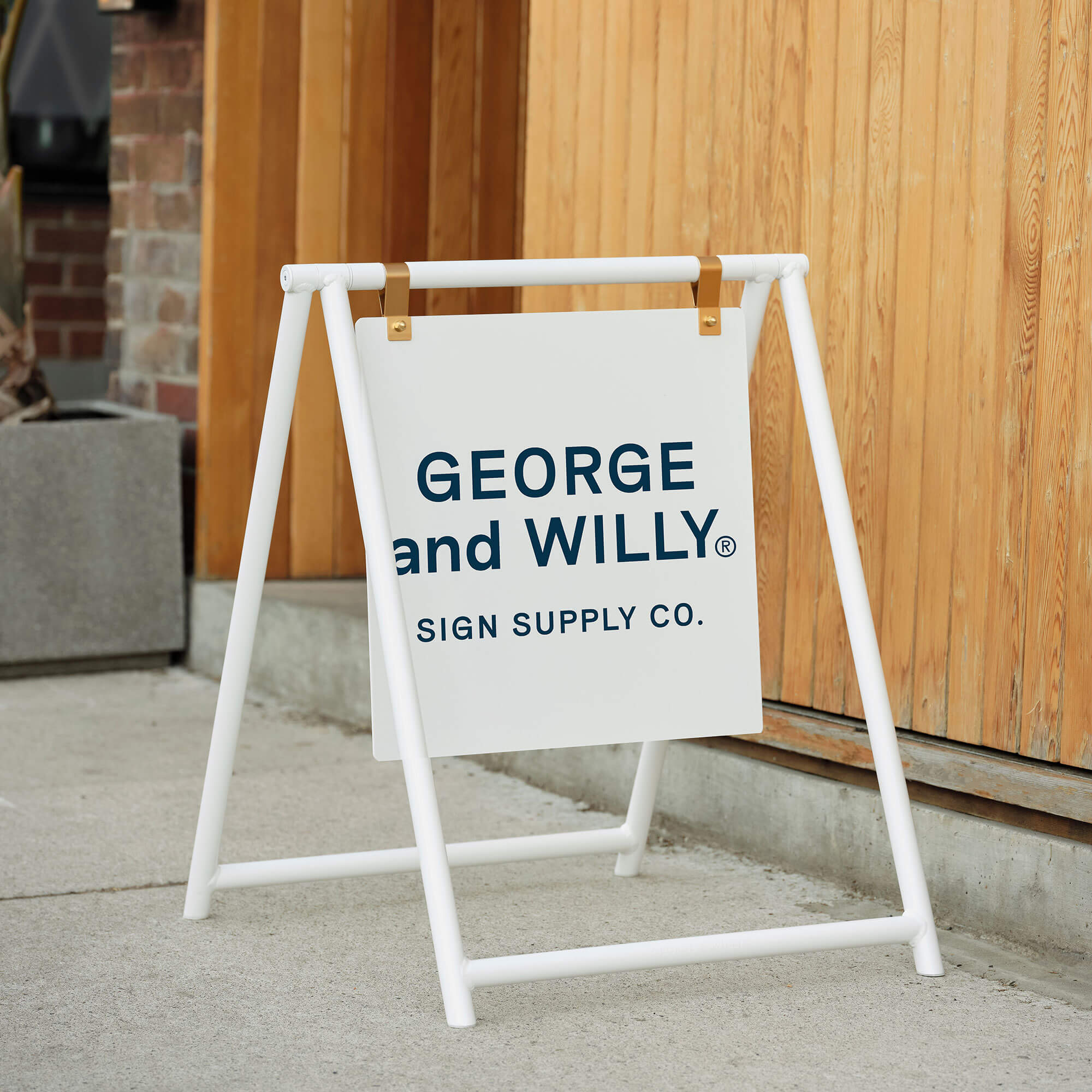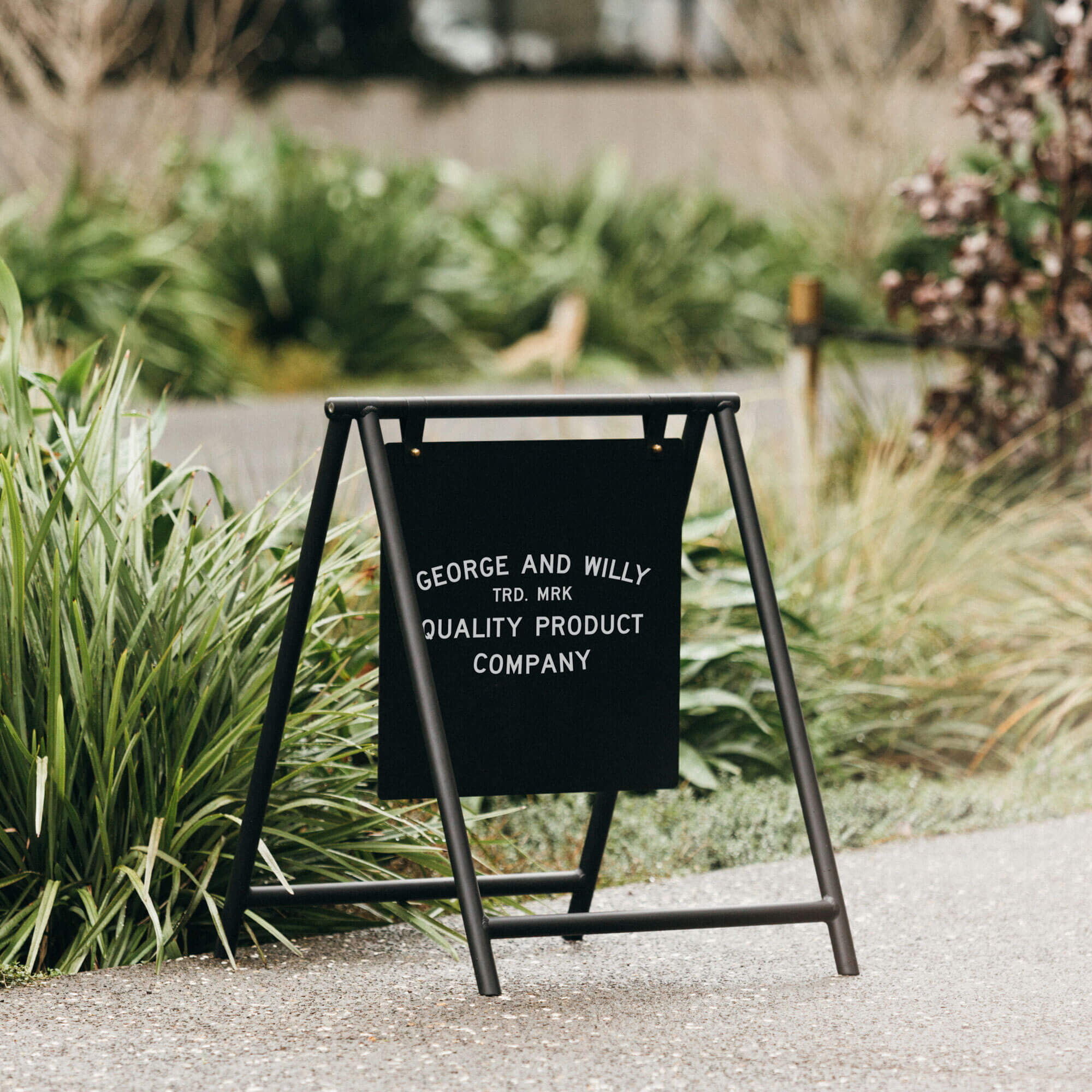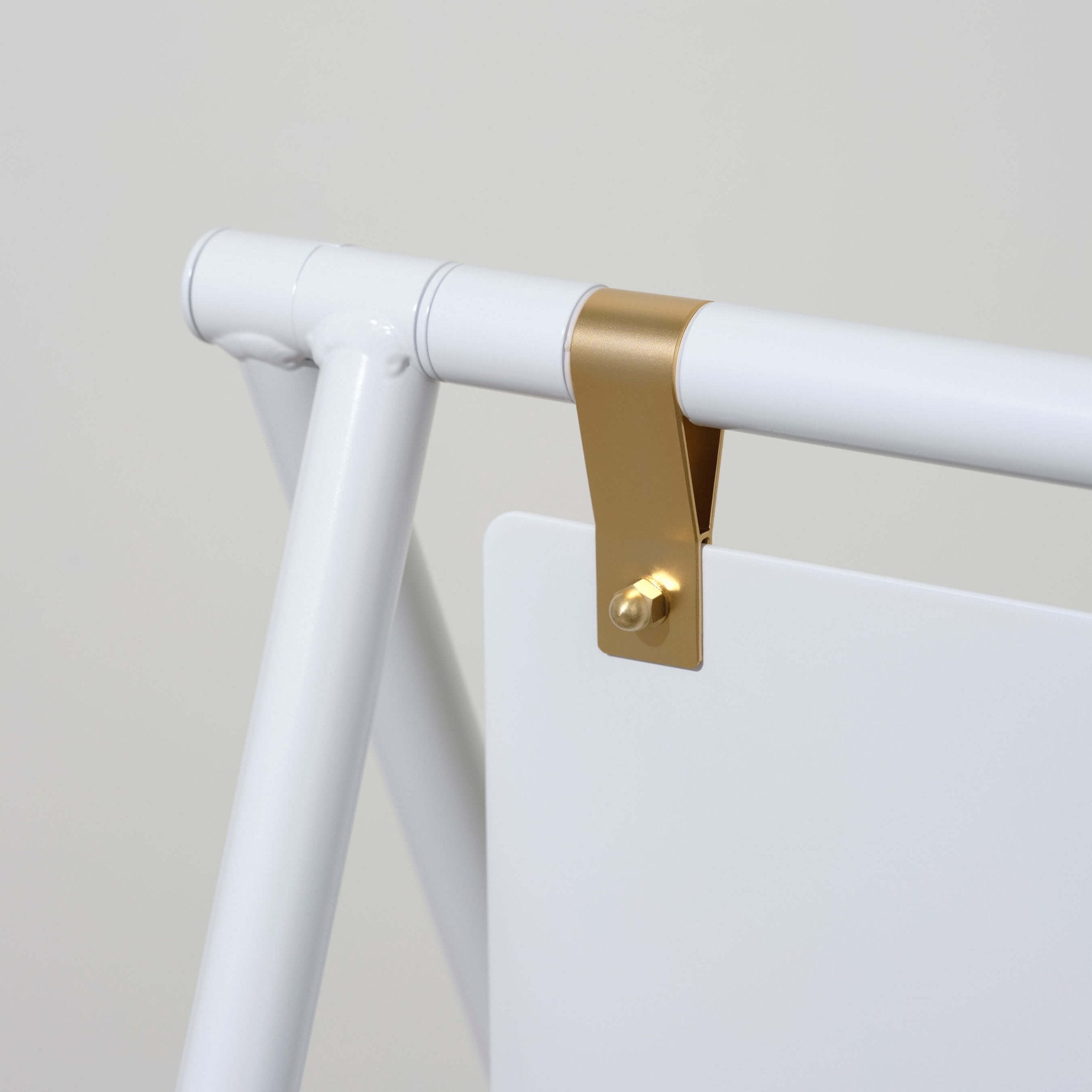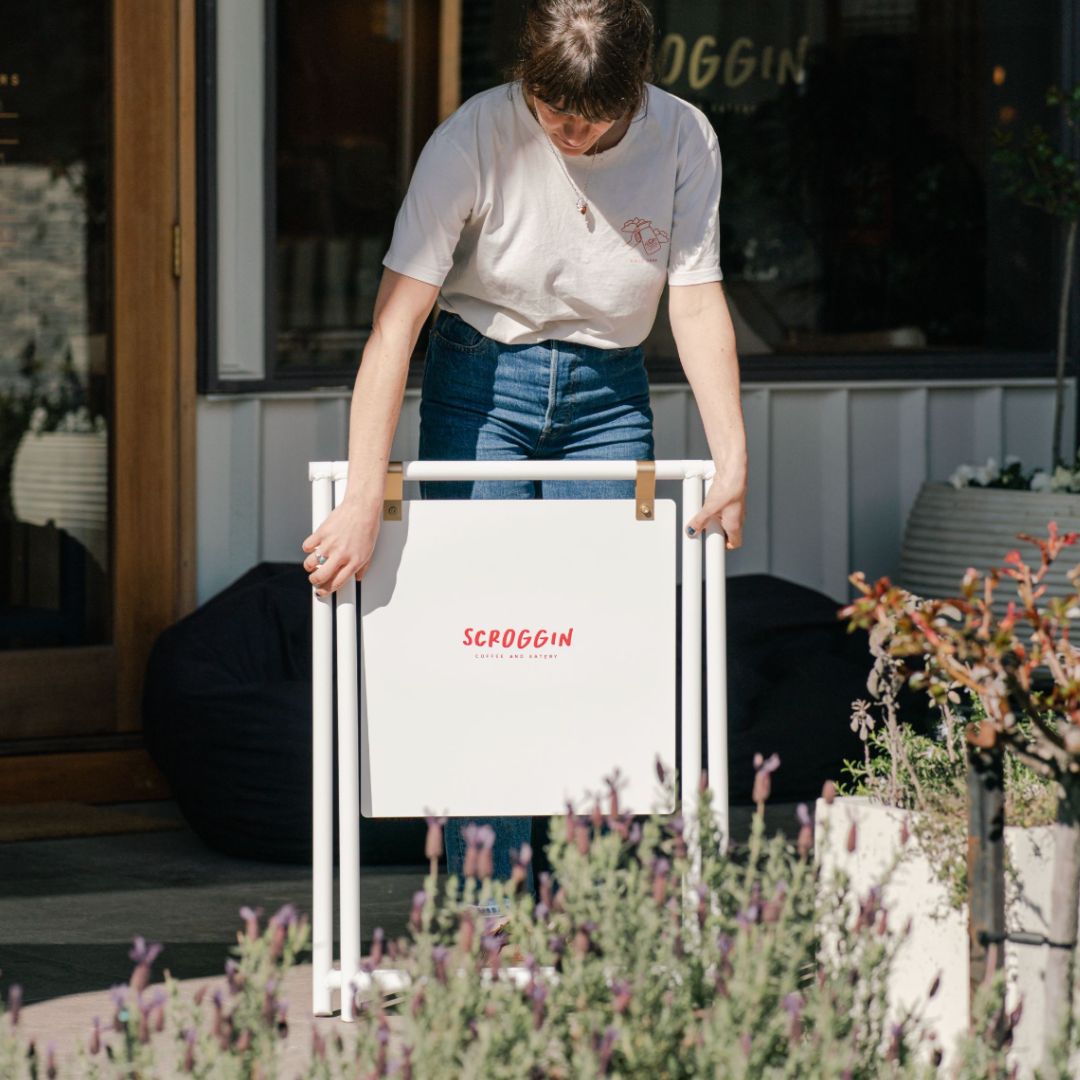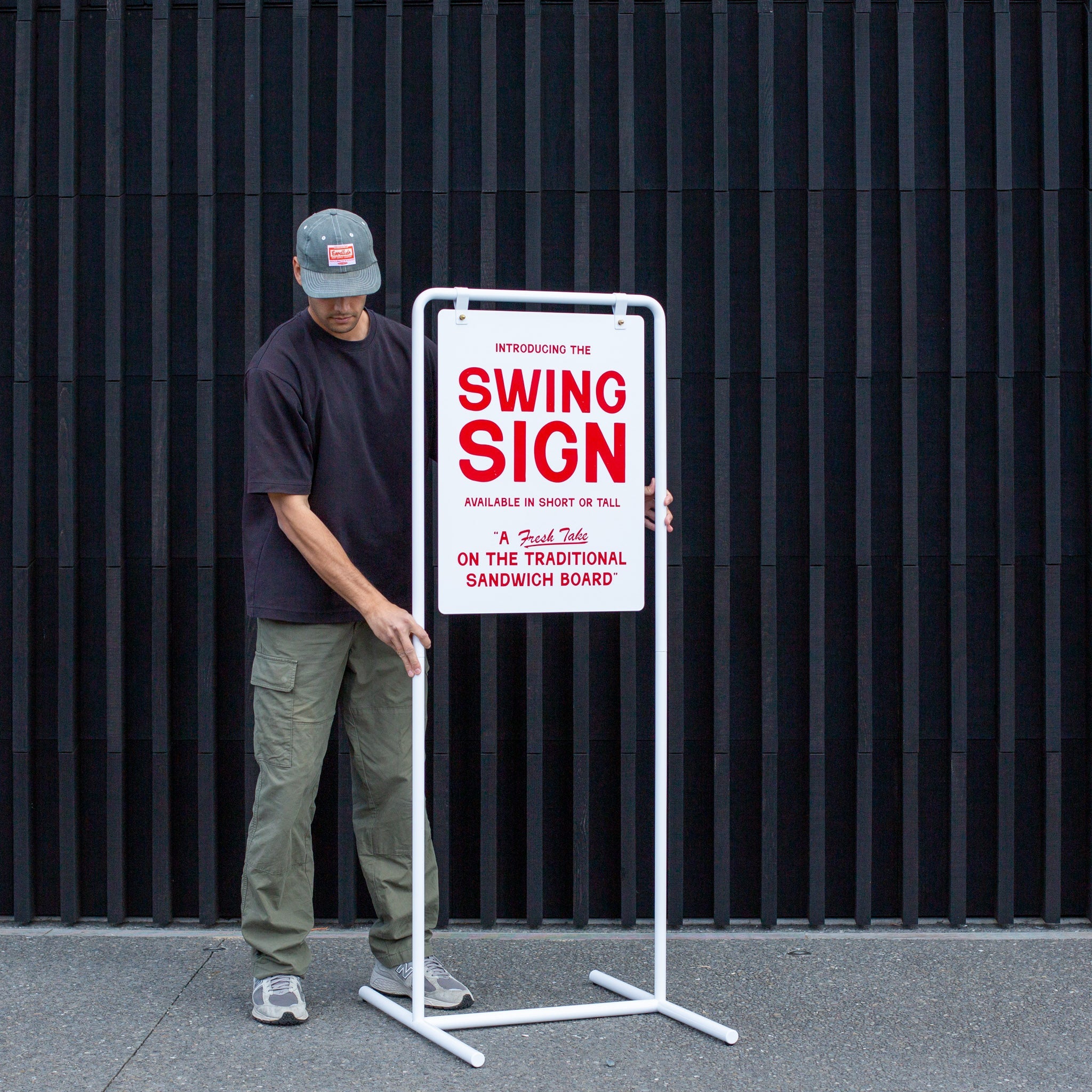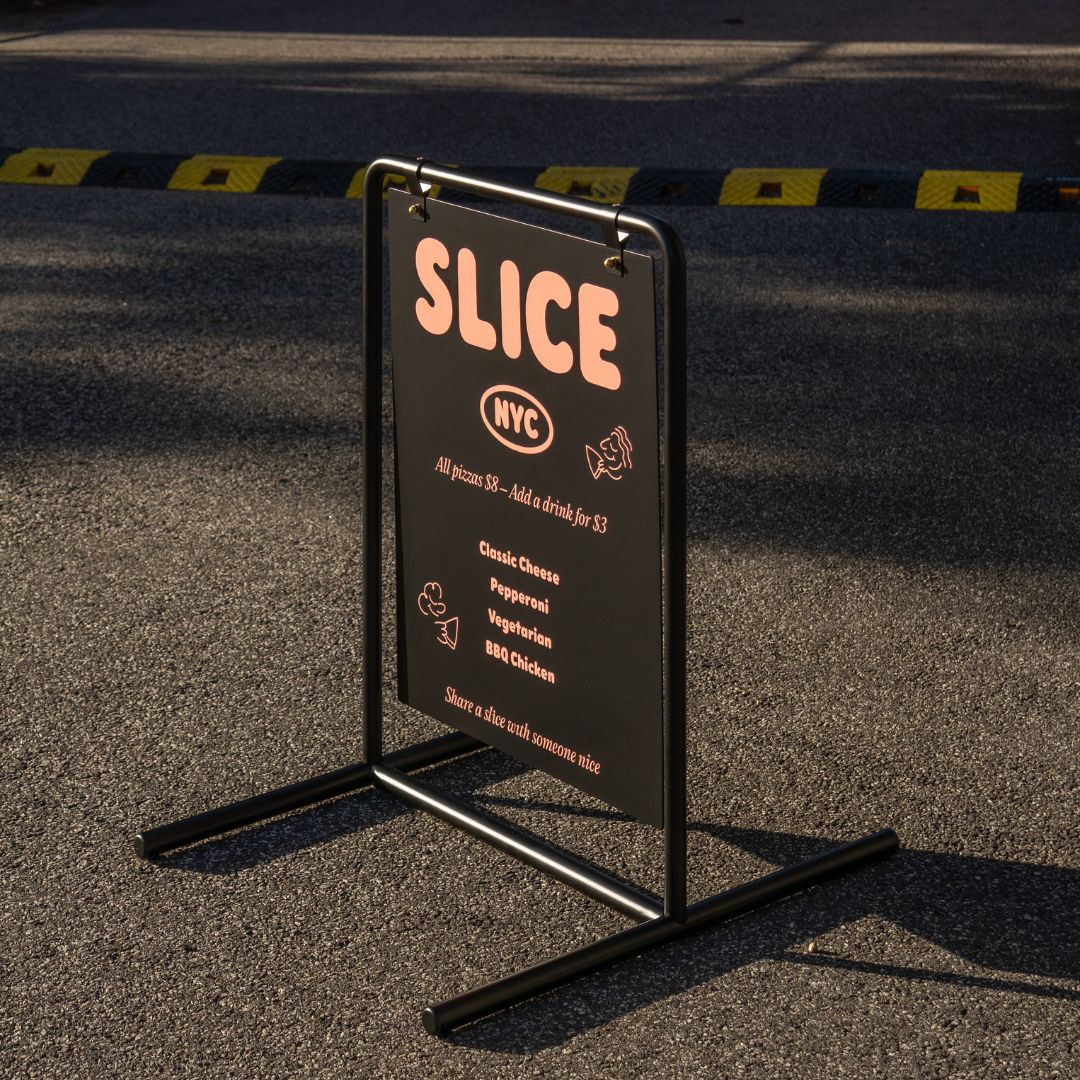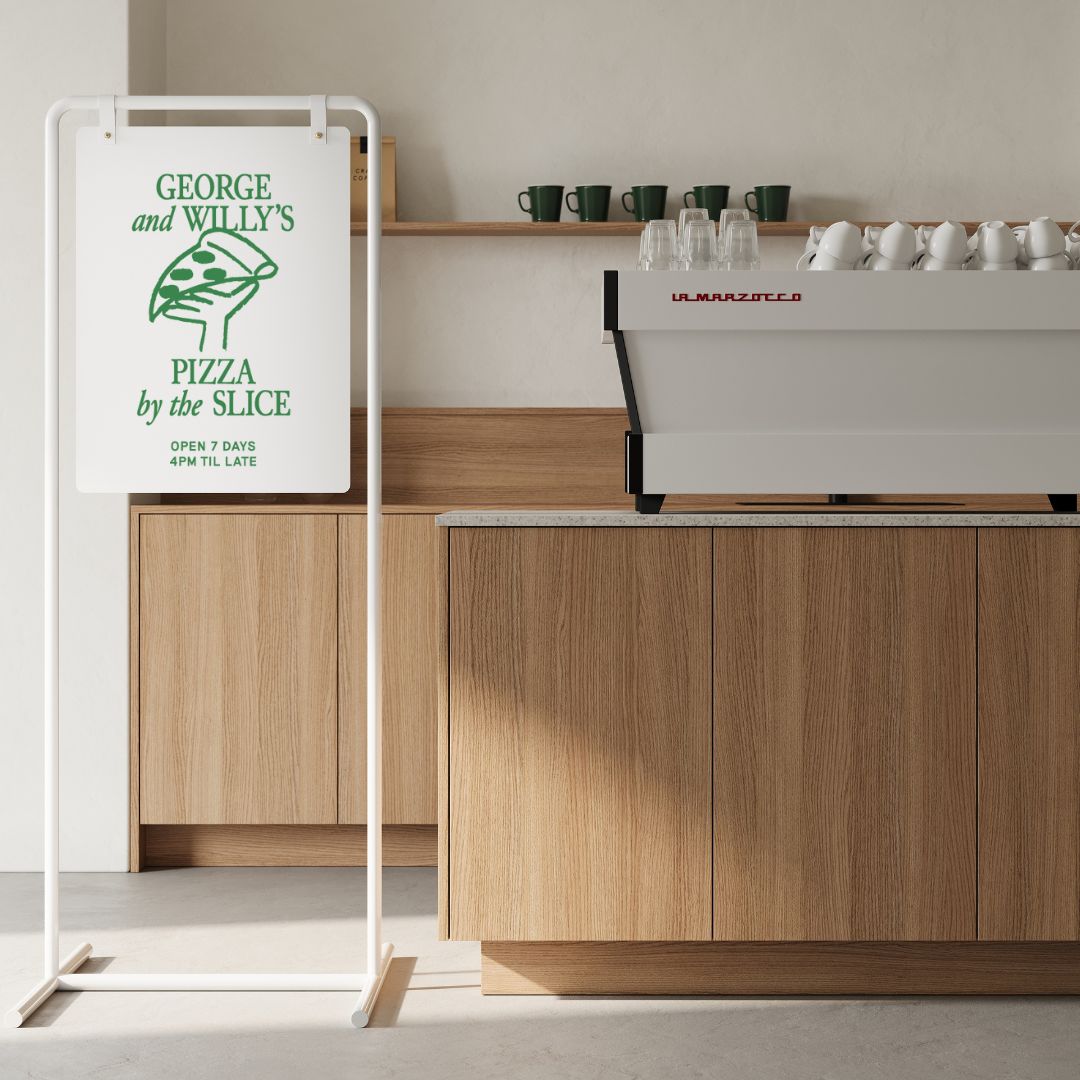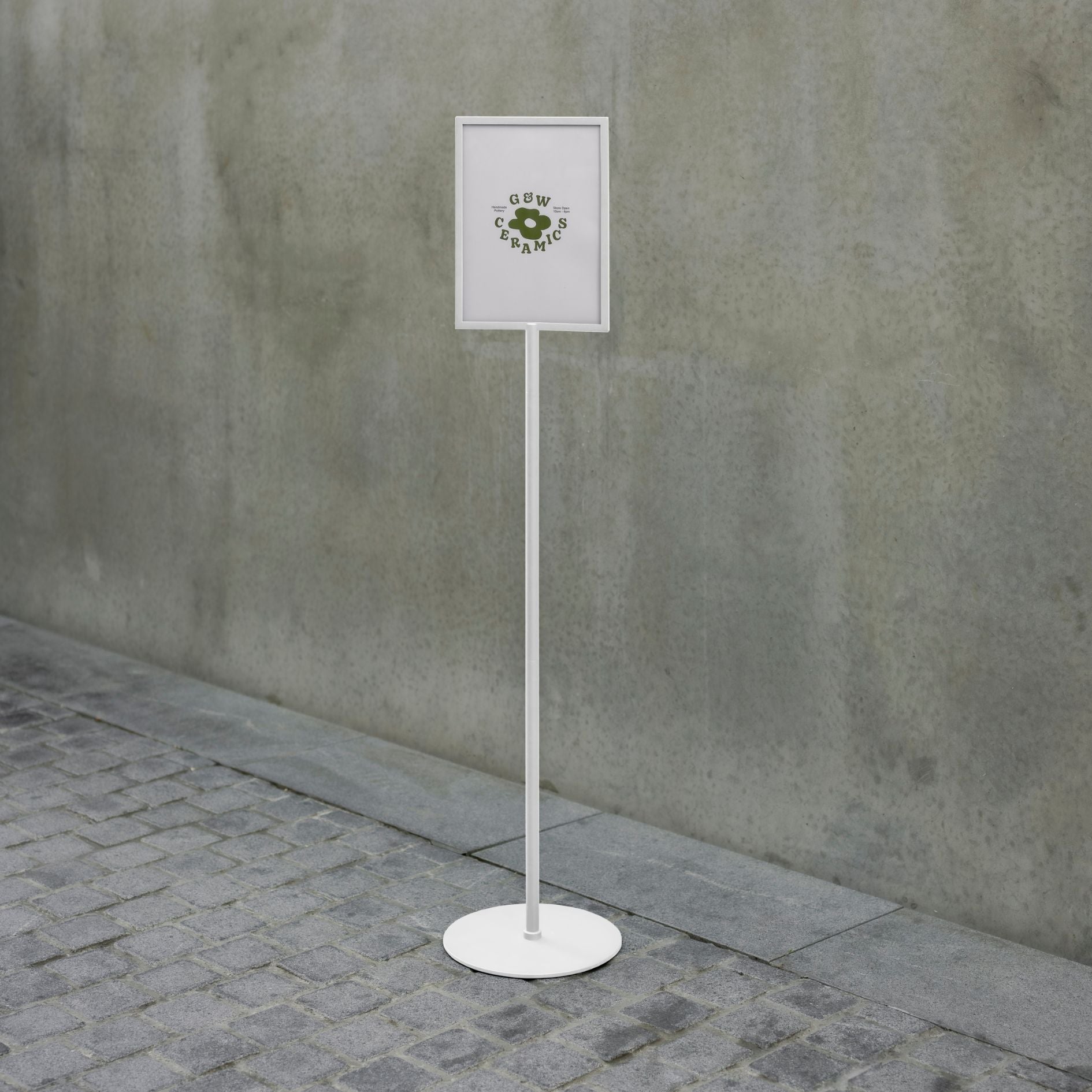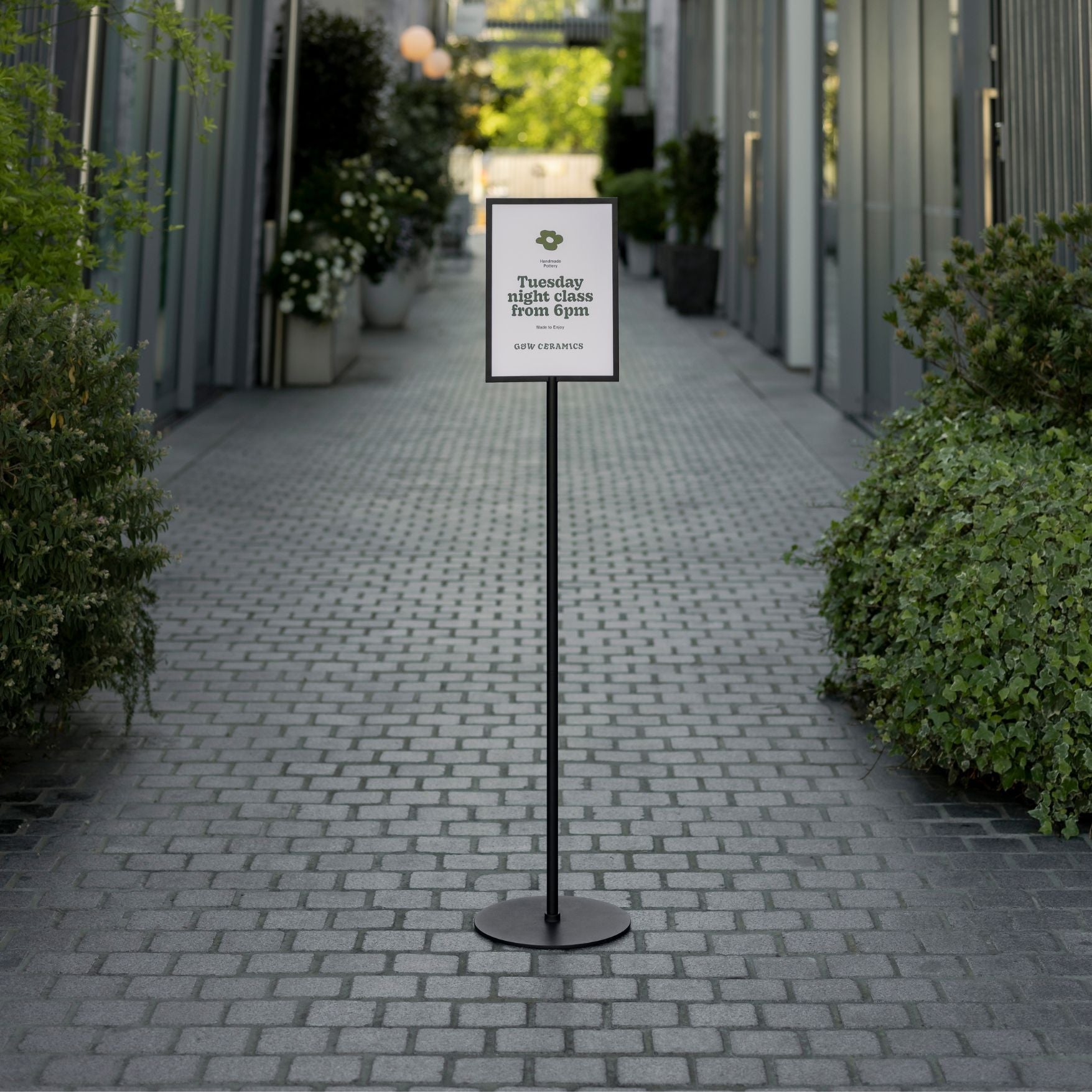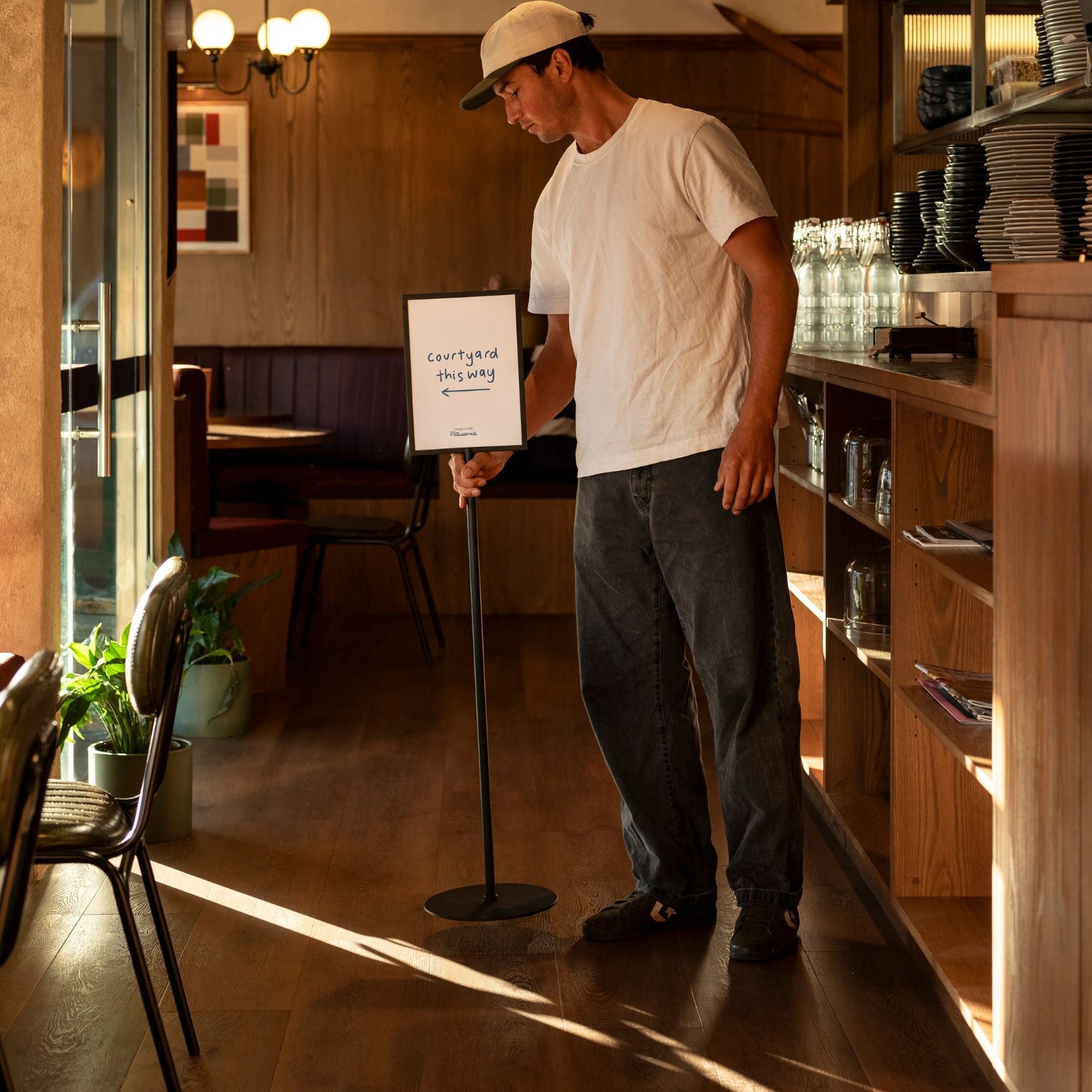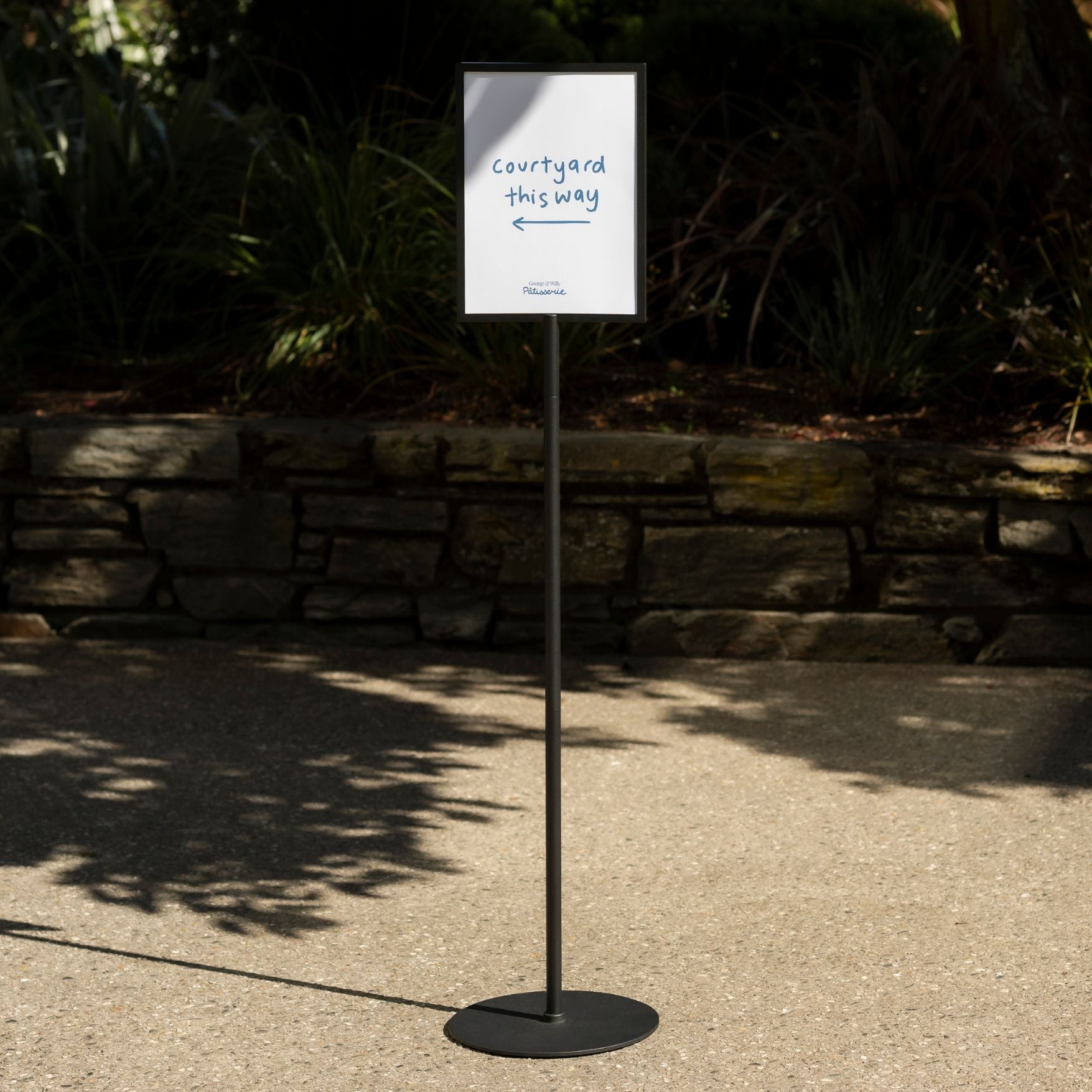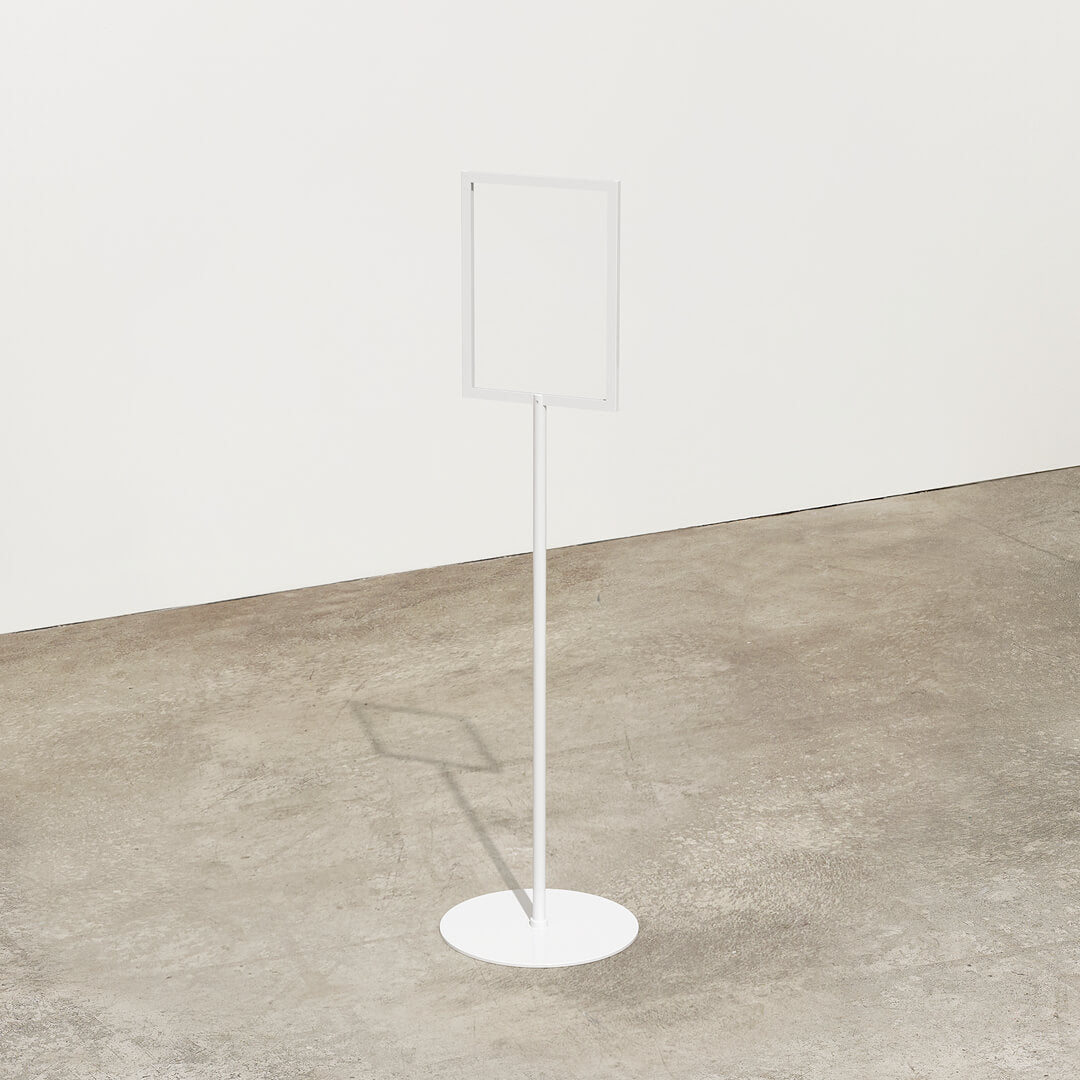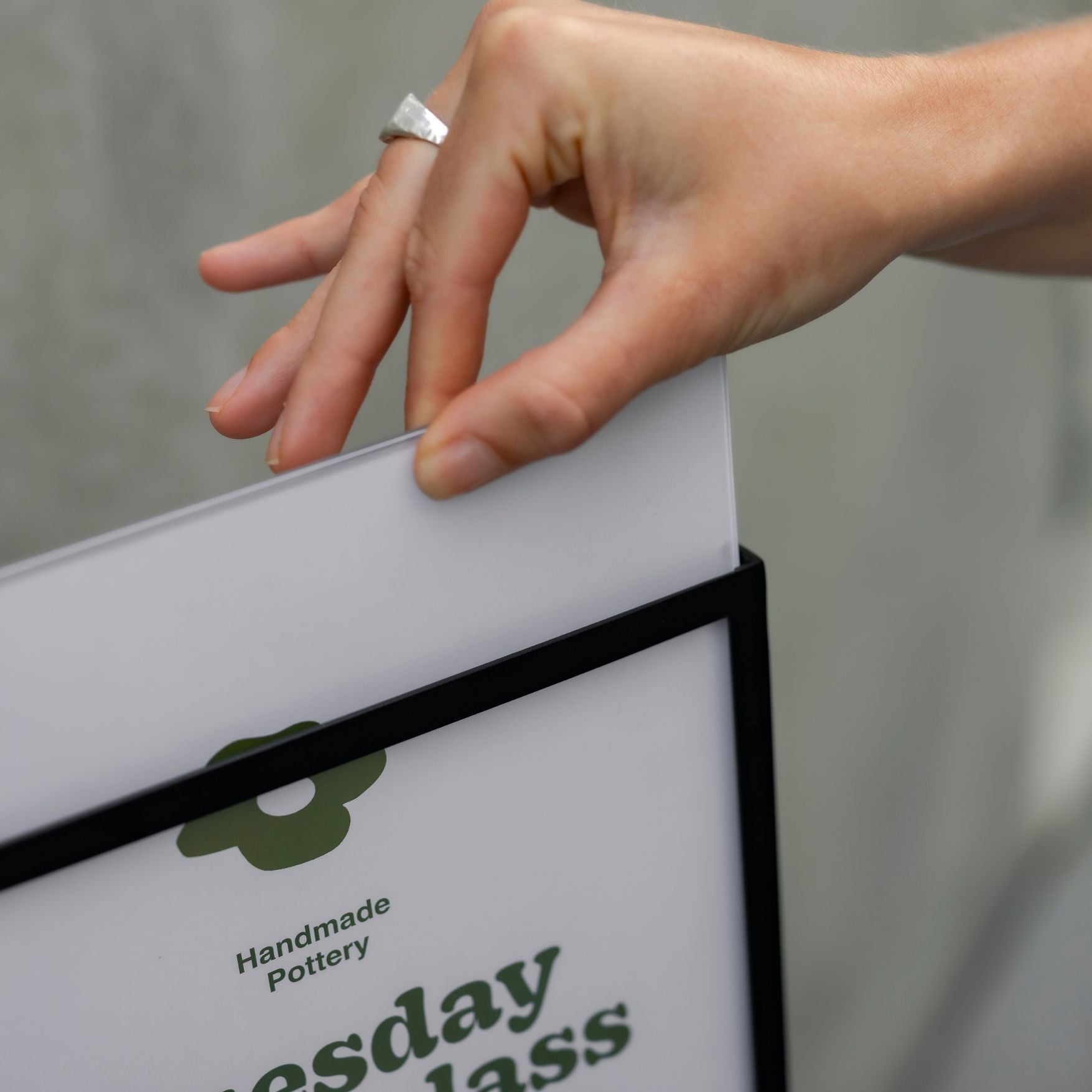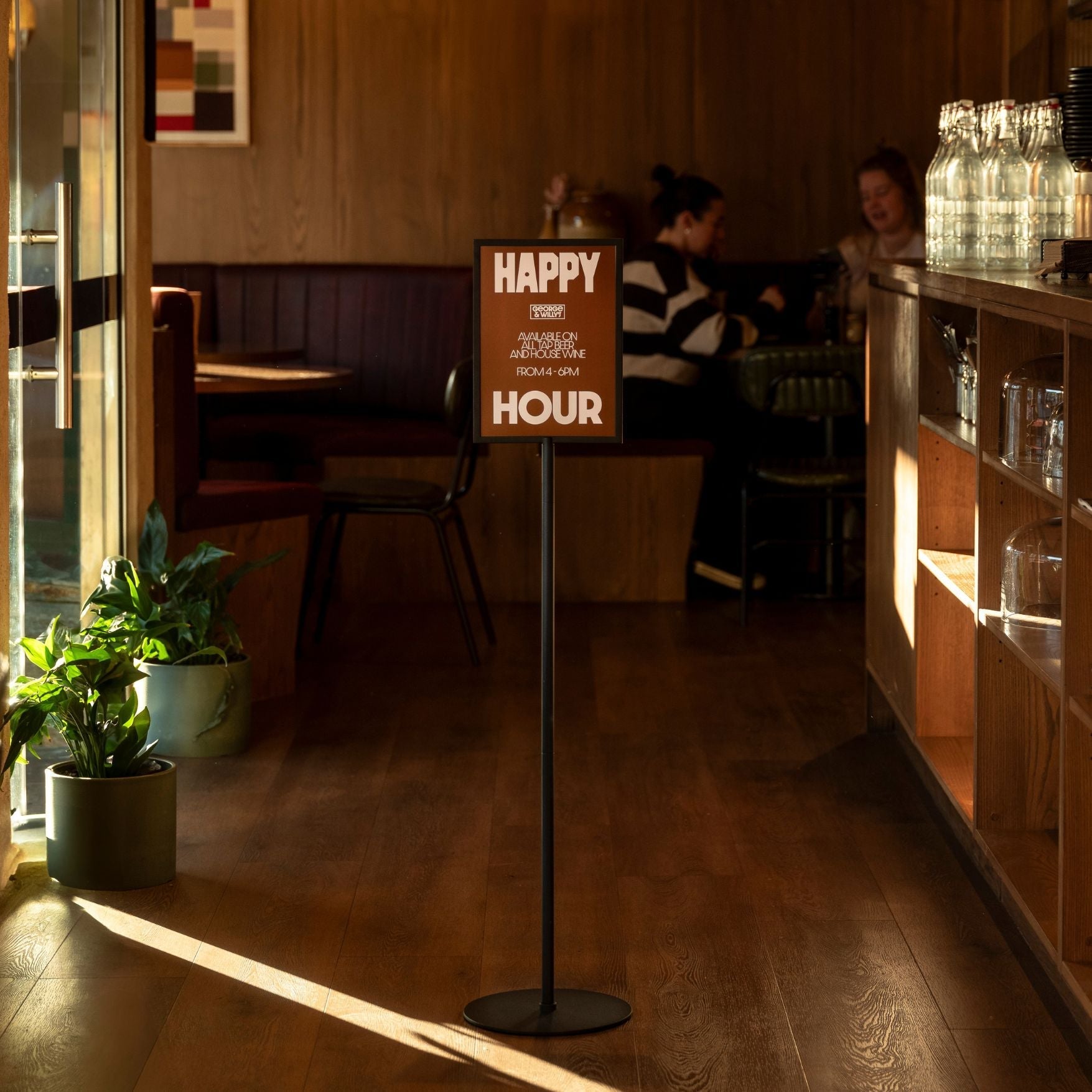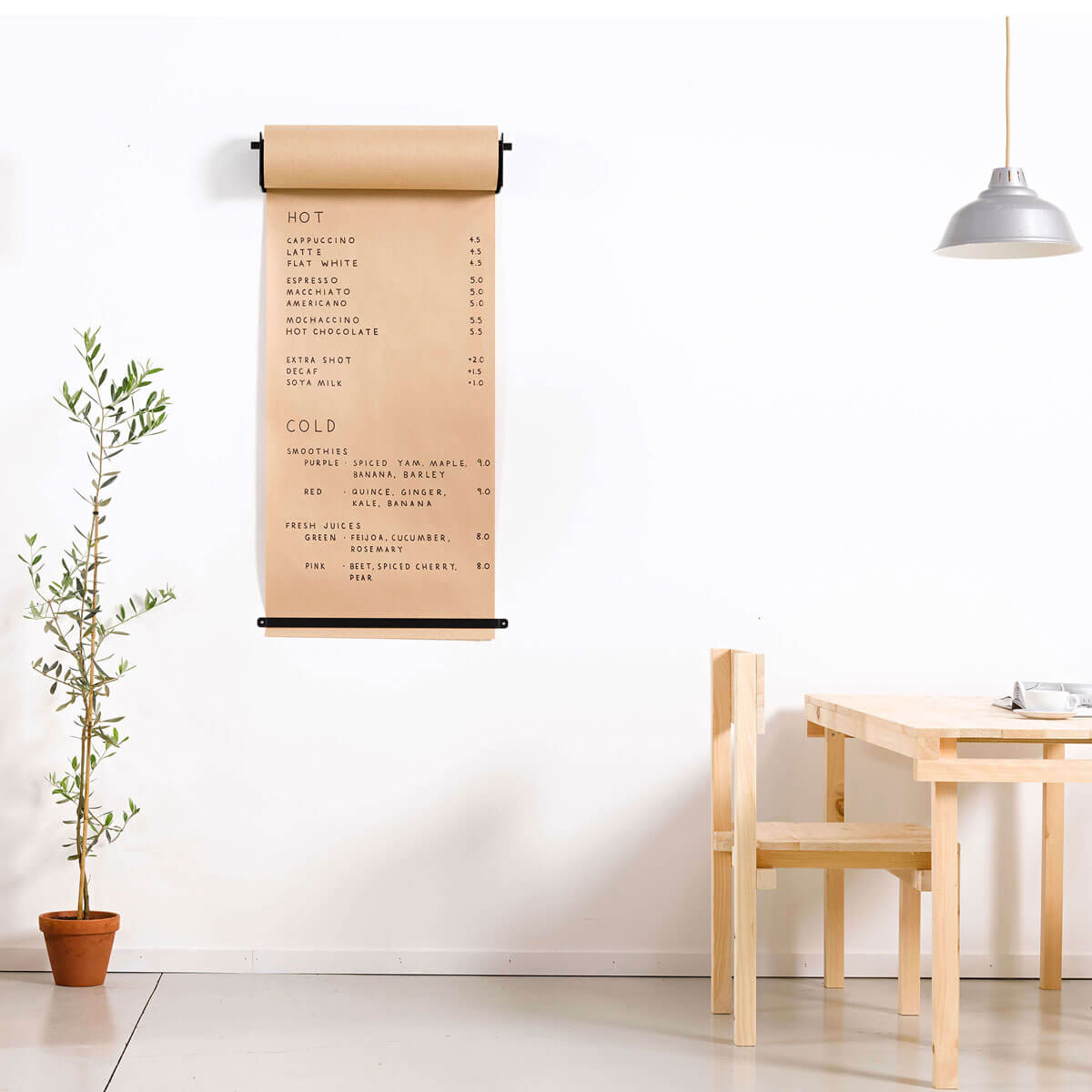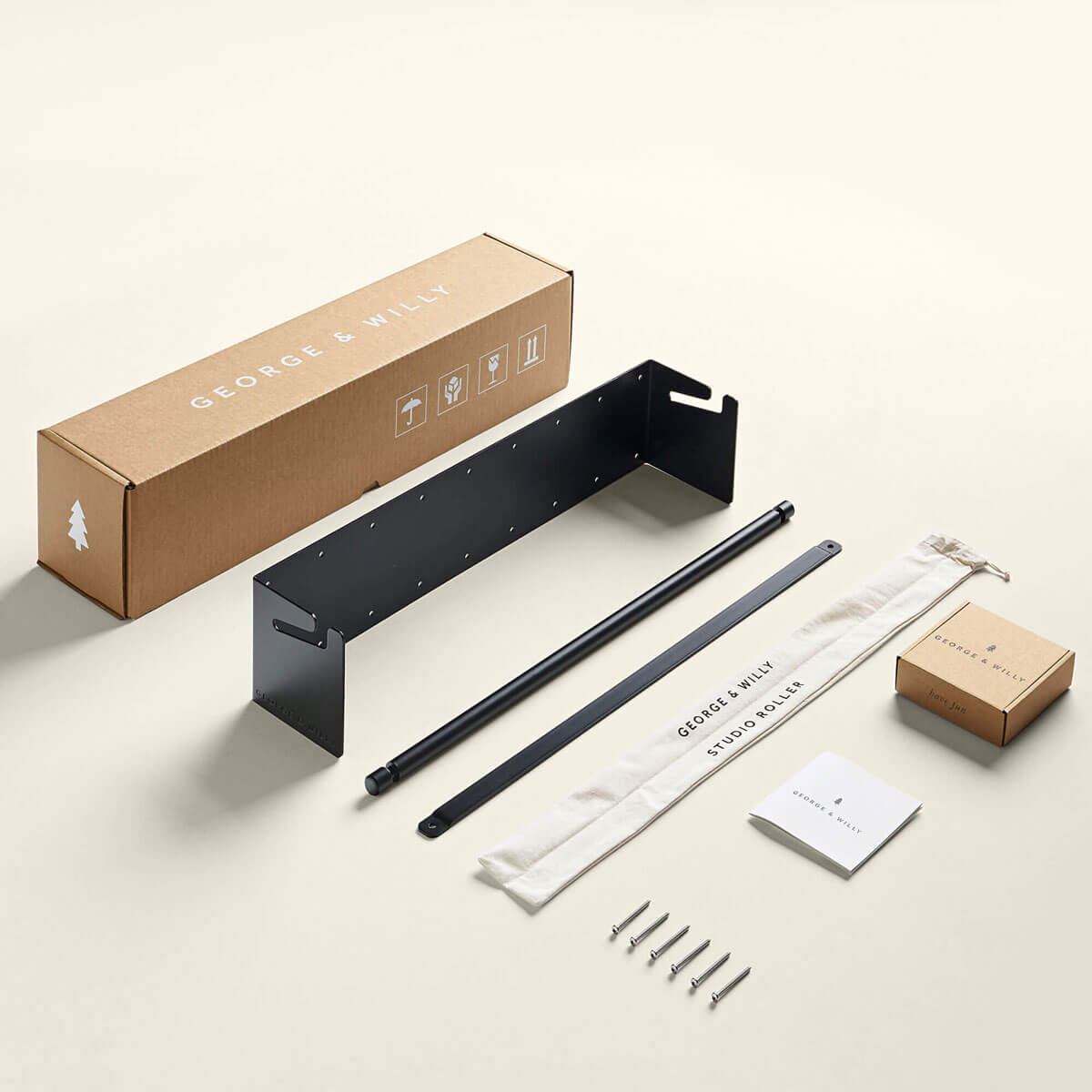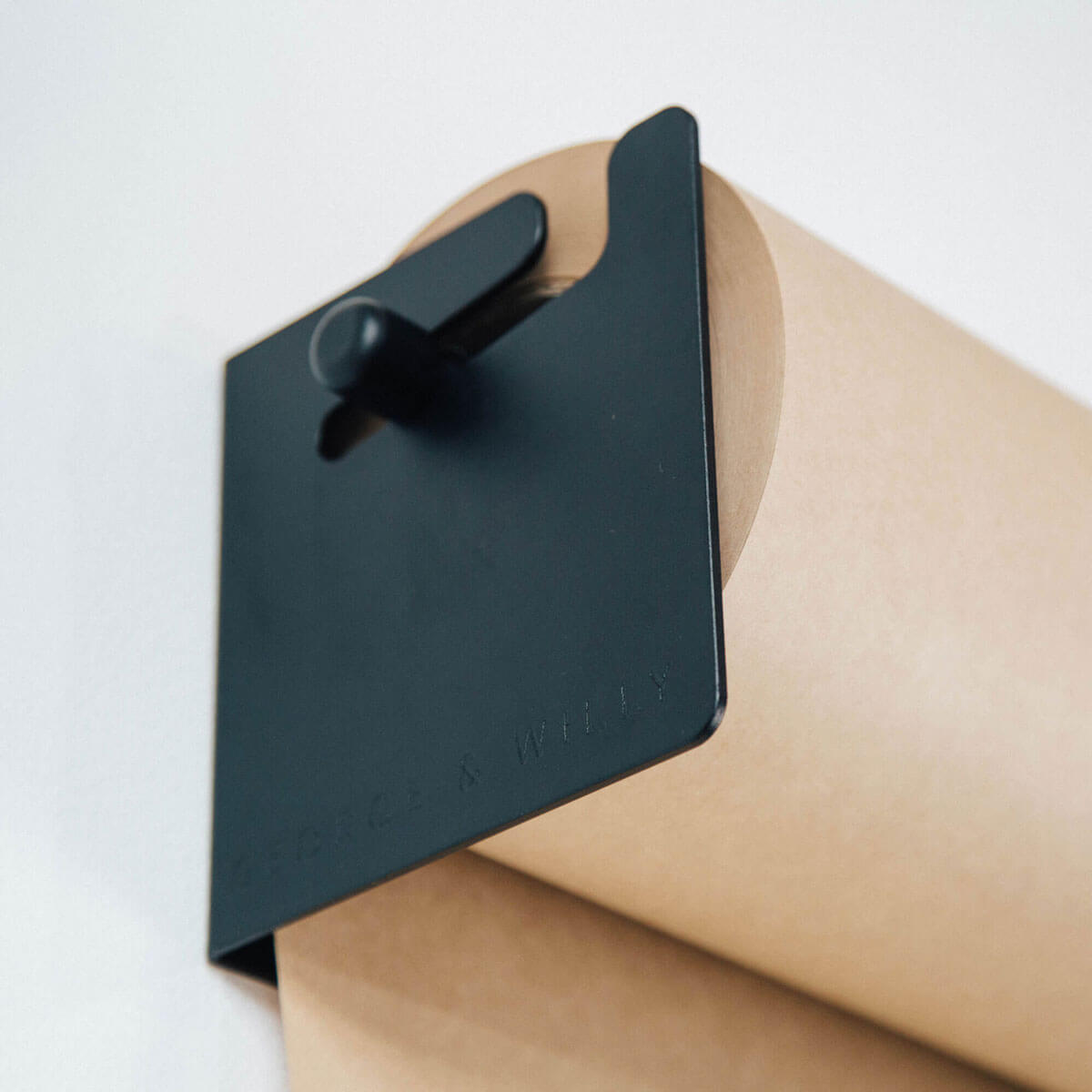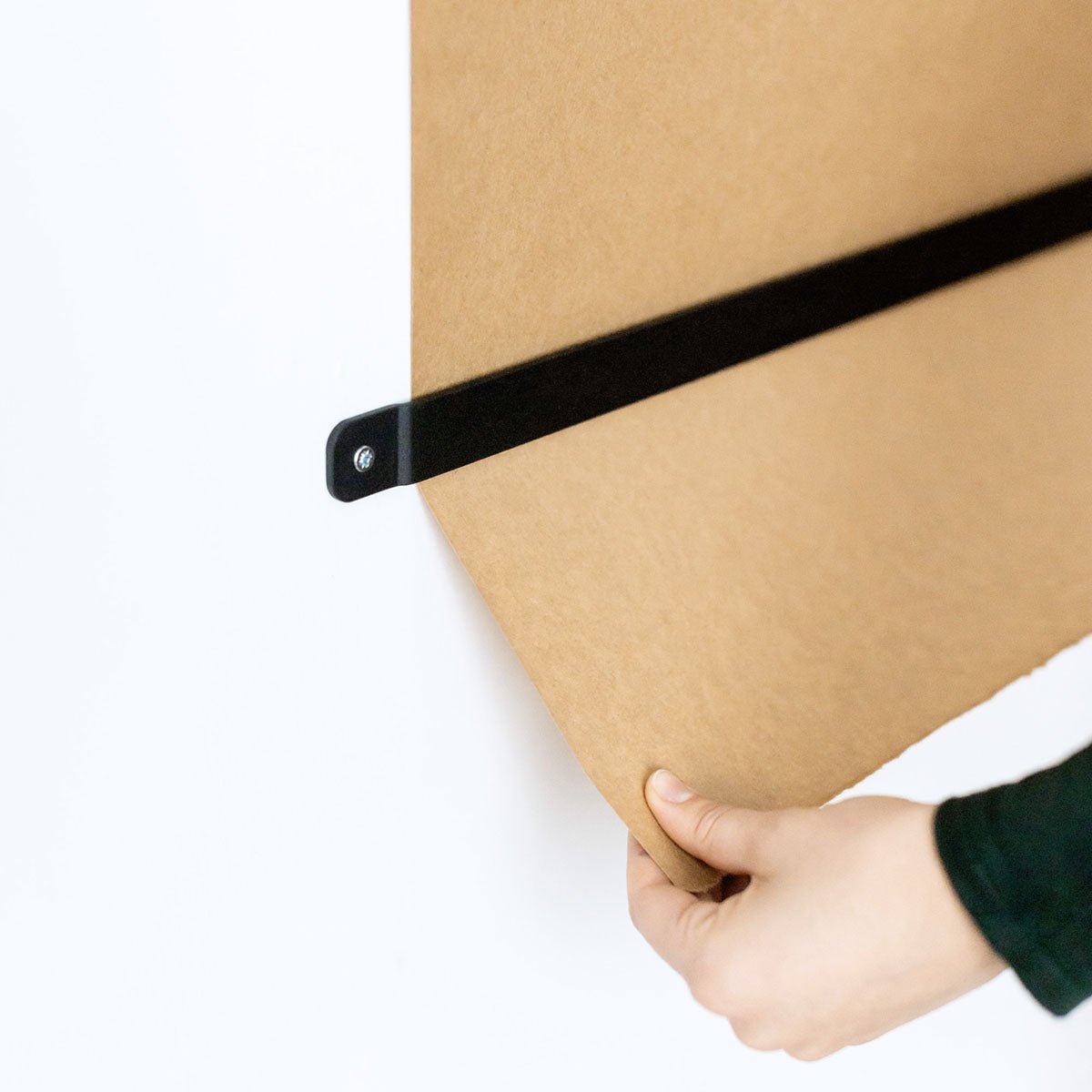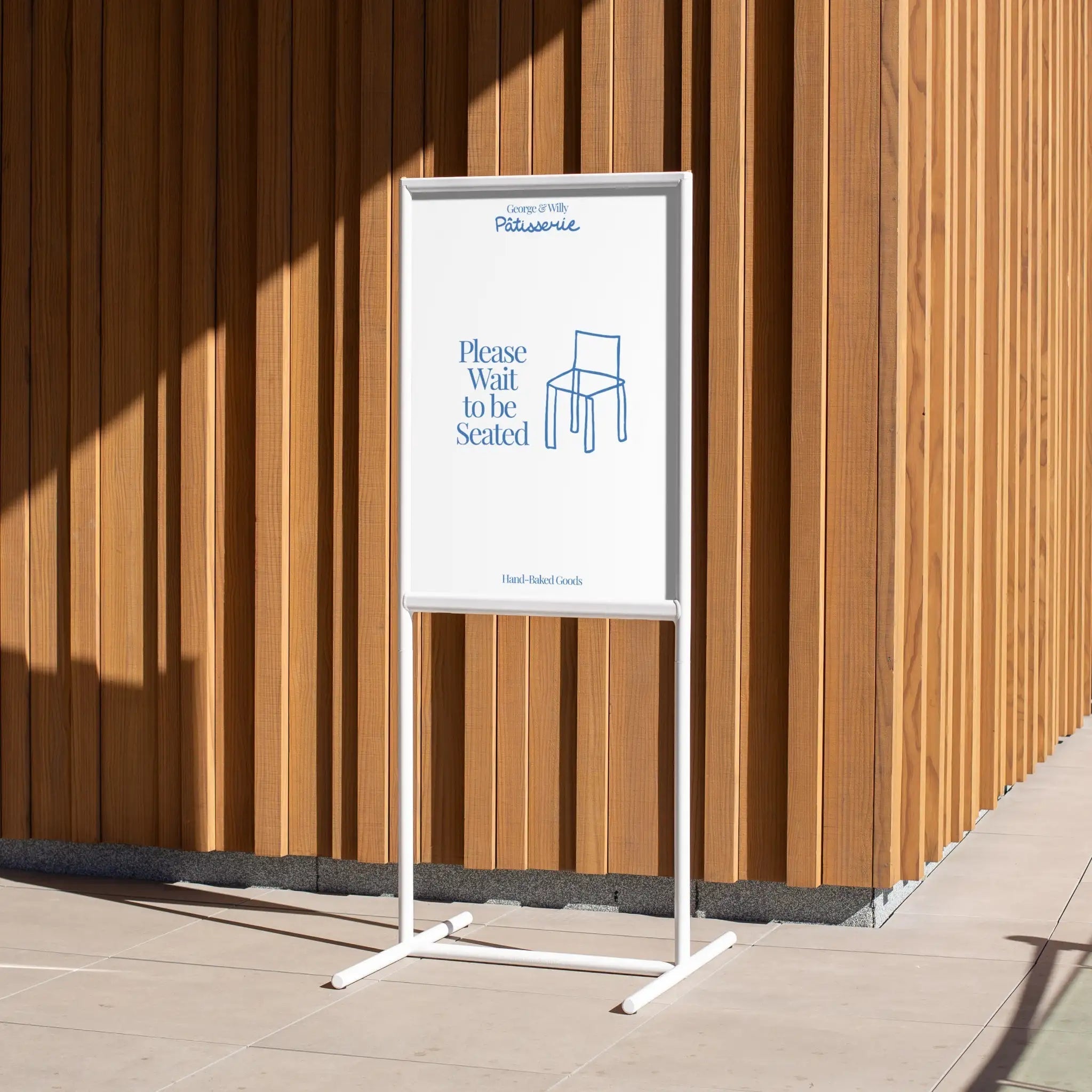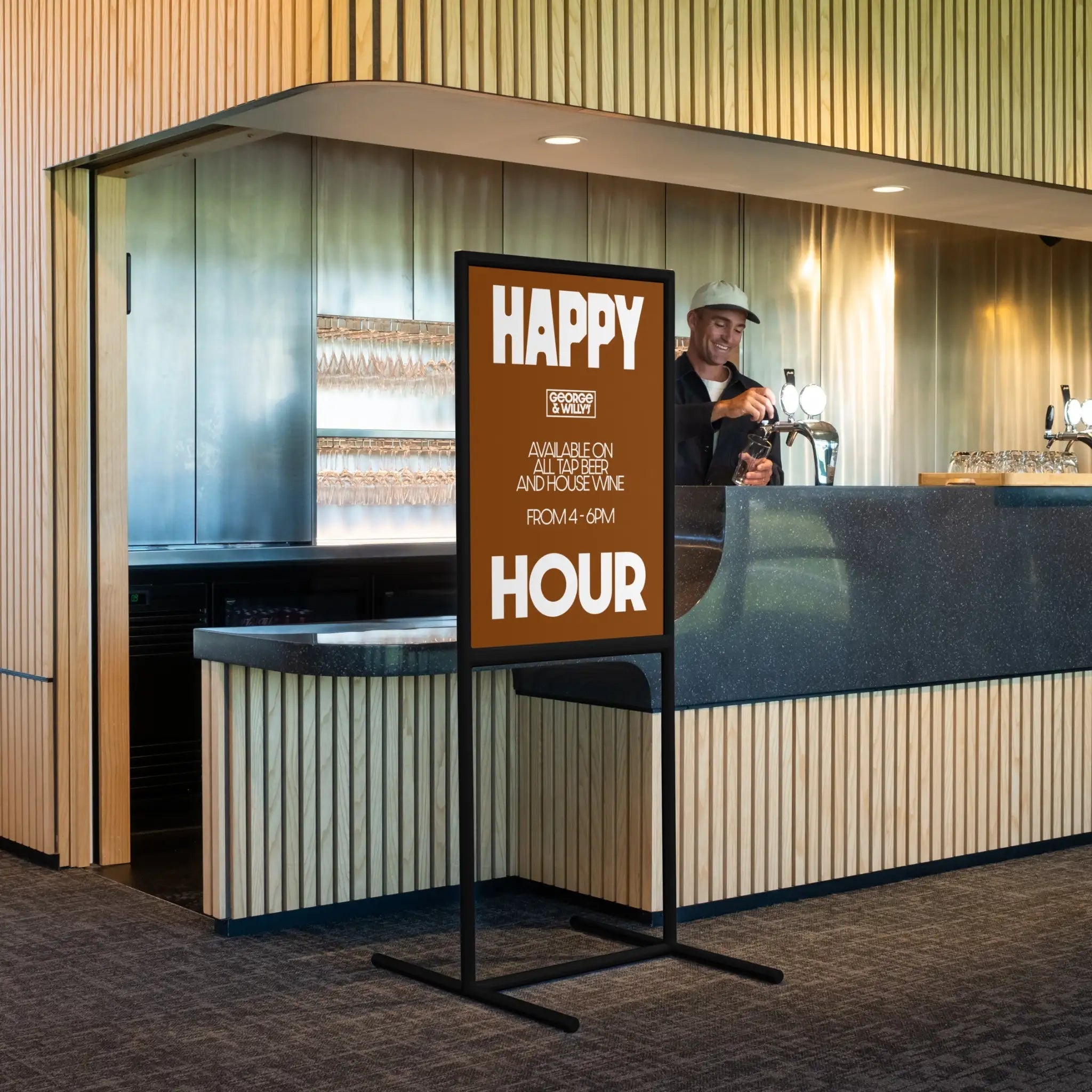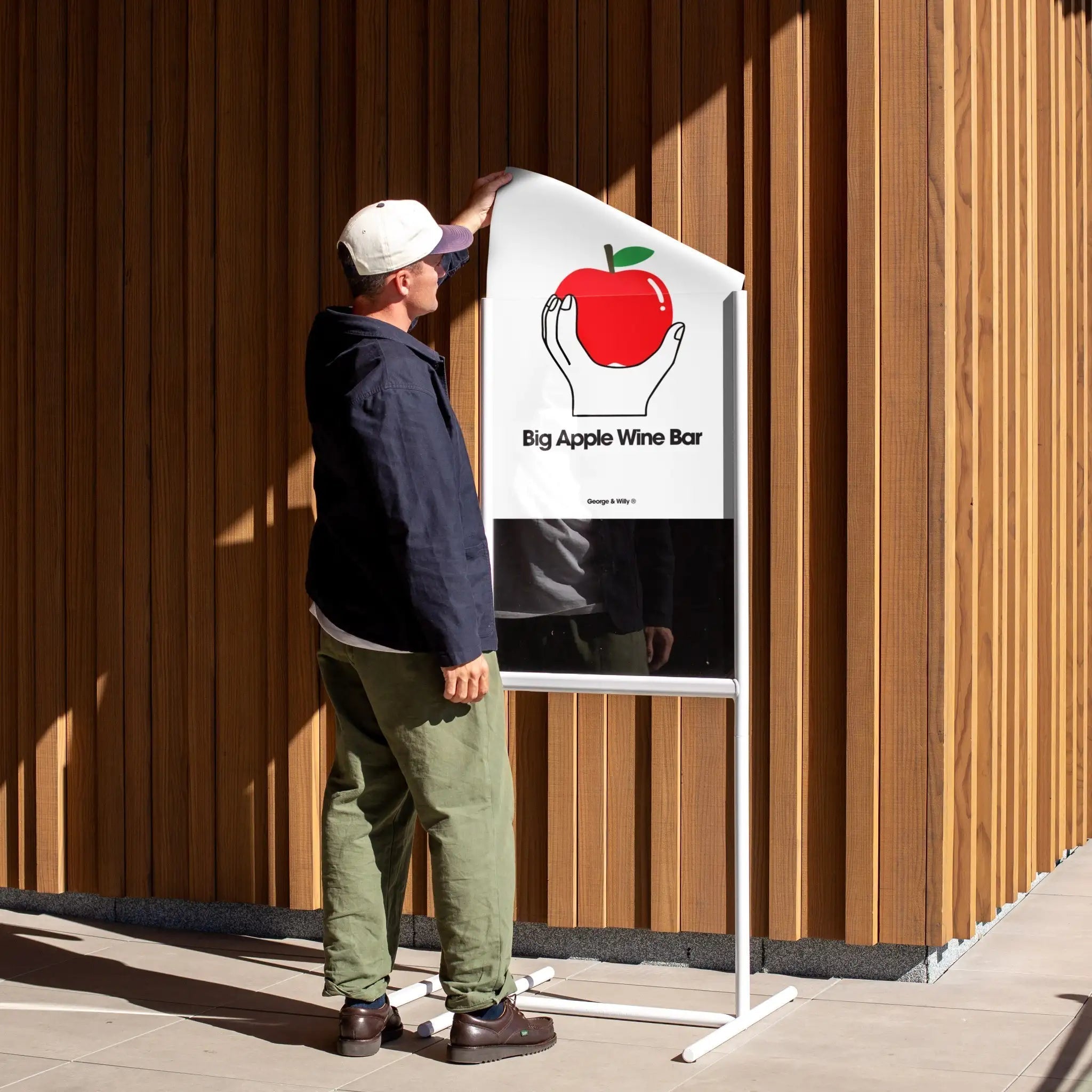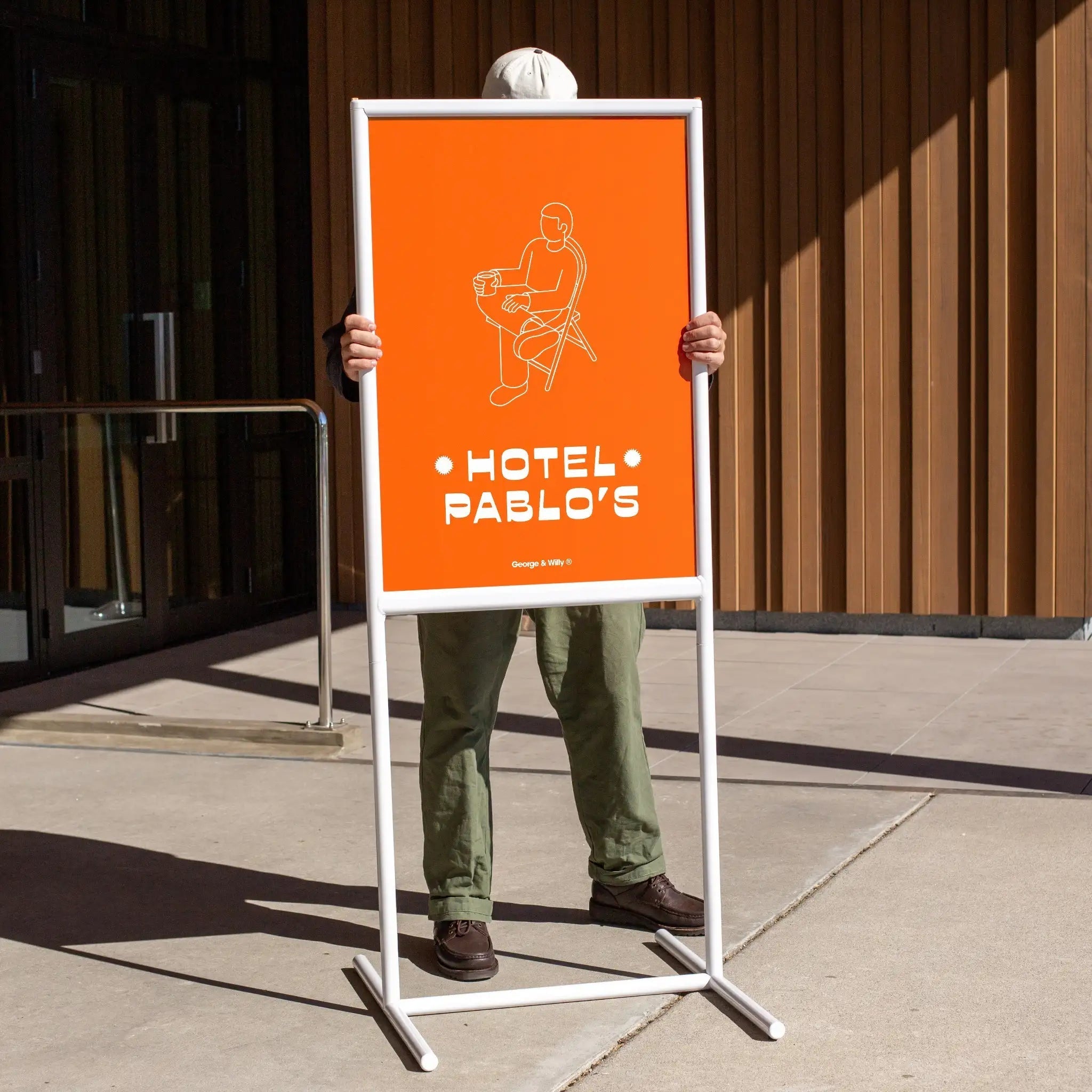Your business sign is more than just a marker, it’s a silent salesperson, a first impression, and a constant brand ambassador. A thoughtful approach to custom sign printing can be one of the most effective marketing investments you make. In fact, studies show that nearly eight in ten consumers have entered a store for the first time simply because of its sign. That’s a powerful testament to the impact of good design.
This guide walks through everything you need to know about creating effective business signage, from choosing the right type and materials to mastering the design for a successful custom sign printing project.
Why Quality Signage is a Game Changer
Before diving into the specifics, it’s important to understand why professional custom sign printing is so crucial. A well executed sign does more than just state your name, it actively grows your business.
It Attracts New Customers: A staggering 68% of consumers have made a purchase because a sign caught their eye. For local businesses, where about 85% of patrons live or work within a five mile radius, a visible and attractive sign is your primary tool for capturing foot traffic.
It Builds Your Brand: Consistency is everything in branding. Using a cohesive style across your signage can increase brand recognition by up to 80%. This familiarity builds trust and professionalism, which can translate directly to your bottom line, businesses with consistent branding see an average revenue increase of 33%.
It Reflects Your Quality: Customers make snap judgments. Nearly 68% of them believe the quality of a business’s sign reflects the quality of its products or services. A cheap, faded sign can send the wrong message before they even step inside.
Types of Signs: Choosing the Right Canvas
The first step in any custom sign printing journey is selecting the right type of sign for the job. Different signs serve different purposes, and a smart strategy often involves using a combination to maximize visibility.
Outdoor Signs to Grab Attention
Your exterior signage is your handshake with the world. It needs to be clear, inviting, and durable.
A Frame Signs: Also known as sidewalk signs, these are perfect for capturing the attention of pedestrians with daily specials or a welcoming message. They are portable and highly effective for street level marketing.
Blade Signs: These signs project from the side of a building, making your business visible to people farther down the street. They are essential for locations with heavy foot traffic.
Storefront Signs: This is your main identifier. Whether it’s a classic round sign, a modern light box, or simple window lettering, it needs to be bold and easy to read from a distance.
Interior Signs to Guide and Sell
Once customers are inside, your job is to guide their experience and encourage purchases. Interior custom sign printing plays a huge role here, especially since up to 76% of all buying decisions are made in the store.
Menu Boards: For cafes and restaurants, a clear and easy to update menu is non negotiable. Systems like wall mounted letter boards or magnetic menu boards allow for quick changes without the cost of reprinting.
Countertop Signs: Small signs at the point of purchase can prompt impulse buys and communicate key information. They are perfect for highlighting promotions or new items.
Wayfinding Signs: These signs help customers navigate your space, directing them to restrooms, specific departments, or checkout counters, creating a smoother and more pleasant experience. Consider a Square Panel Sign for clear department markers.
The Custom Sign Printing Process From Concept to Reality
Creating the perfect sign involves more than just picking a shape. The process requires careful thought about design, materials, and application.
Step 1: Nailing the Design and Branding
A sign that can’t be read is just decoration. Clarity is paramount.
Readability: Use legible fonts and high contrast colors. A good rule is to leave 30% to 40% of the sign’s surface as empty space to avoid a cluttered look. While you don’t need to use black on yellow (the highest contrast combination), ensure your text stands out from the background.
Consistency: Your signage should feel like it’s part of the same family as your website, packaging, and interior decor. This reinforces your brand identity.
Simplicity: Less is almost always more. A concise message in clean letters will outperform a wordy, complicated design every time.
Step 2: Selecting Durable Materials
The material you choose for your sign hardware is just as important as the design. High quality materials not only look better but also last longer, saving you money over time. Options like powder coated aluminum and steel offer excellent resistance to weather, preventing rust and fading. This ensures your investment continues to look professional for years.
Step 3: Applying Your Custom Graphics
The final step is the actual custom sign printing. Many modern businesses are opting for a flexible approach: investing in high quality, beautifully designed blank signage and then working with a local sign writer to apply custom vinyl decals. This strategy gives you the best of both worlds, premium, durable hardware and a perfectly customized message that can be updated if your branding evolves.
Understanding the Cost of Signage
The cost of custom sign printing can vary widely based on size, material, and complexity. It’s best to view signage not as an expense, but as an investment in your marketing. A high quality sign made from durable materials might have a higher upfront cost, but it will pay for itself by attracting customers and lasting for years without needing replacement. Upgrading or replacing an old sign has been shown to increase sales by an average of 10%.
Maintaining Your Signs for Long Term Impact
Don’t let your investment fall into disrepair. A dirty, broken, or outdated sign can deter customers. An incredible 98% of consumers say they are less likely to engage with a business if its signage is in poor condition.
Set a schedule to clean your signs, check for any damage, and replace burnt out bulbs in illuminated signs. For businesses that need to change their messaging often, investing in easily updatable systems saves both time and money. When you invest in quality from the start, maintenance becomes much simpler. Explore our collection of durable signage solutions that are built to last and designed for easy upkeep.
Frequently Asked Questions about Custom Sign Printing
1. What is the best material for outdoor signs?
Powder coated aluminum is an excellent choice for outdoor use. It is lightweight, strong, and naturally resistant to rust and corrosion, ensuring it holds up against rain and sun.
2. How important is readability for a sign?
It is critically important. If customers can’t read your sign quickly and easily, its message is lost. More than half of consumers say they are less willing to enter a store with hard to read or misspelled signs.
3. How many signs does a small business need?
On average, consumers expect to see two to three signs around a storefront. A good combination is often a main storefront sign, a sidewalk A Frame, and a projecting blade sign to maximize visibility from all angles.
4. Can I update my sign easily?
Absolutely. Many modern signage systems are designed for flexibility. Look for options like magnetic letter boards, peg letter boards, or signs that use changeable tiles like the Menu Board. This is ideal for cafes, restaurants, and retail stores that have frequent changes to menus or promotions.
5. How does the custom sign printing process work with a blank sign?
You start by purchasing a high quality, unbranded sign made from durable materials. Then, you partner with a local sign printing professional or vinyl expert. They will print your logo, business name, or message onto a vinyl decal and apply it expertly to your sign hardware.
6. What makes for good sign design?
Good sign design is a balance of clarity, branding, and simplicity. It uses a legible font, high contrast colors, and enough empty space to be easily read. Most importantly, it is consistent with your overall brand identity.
Your signage is a powerful tool for business growth. By focusing on a clear design, investing in quality materials, and ensuring your message is consistent, you can turn a simple sign into your most valuable marketing asset. To get started, explore our full range of signage designed to help your business make a great first impression.

